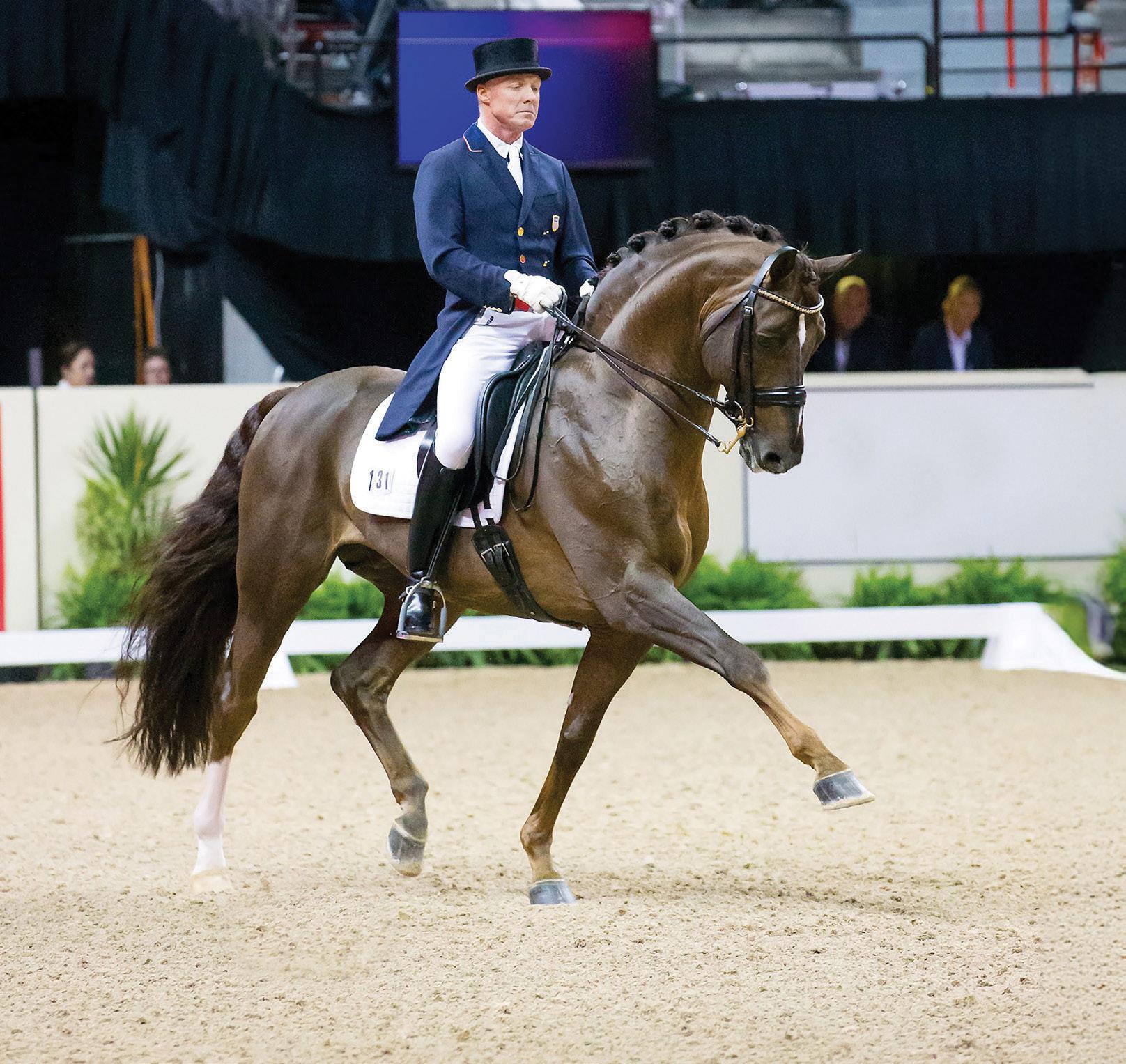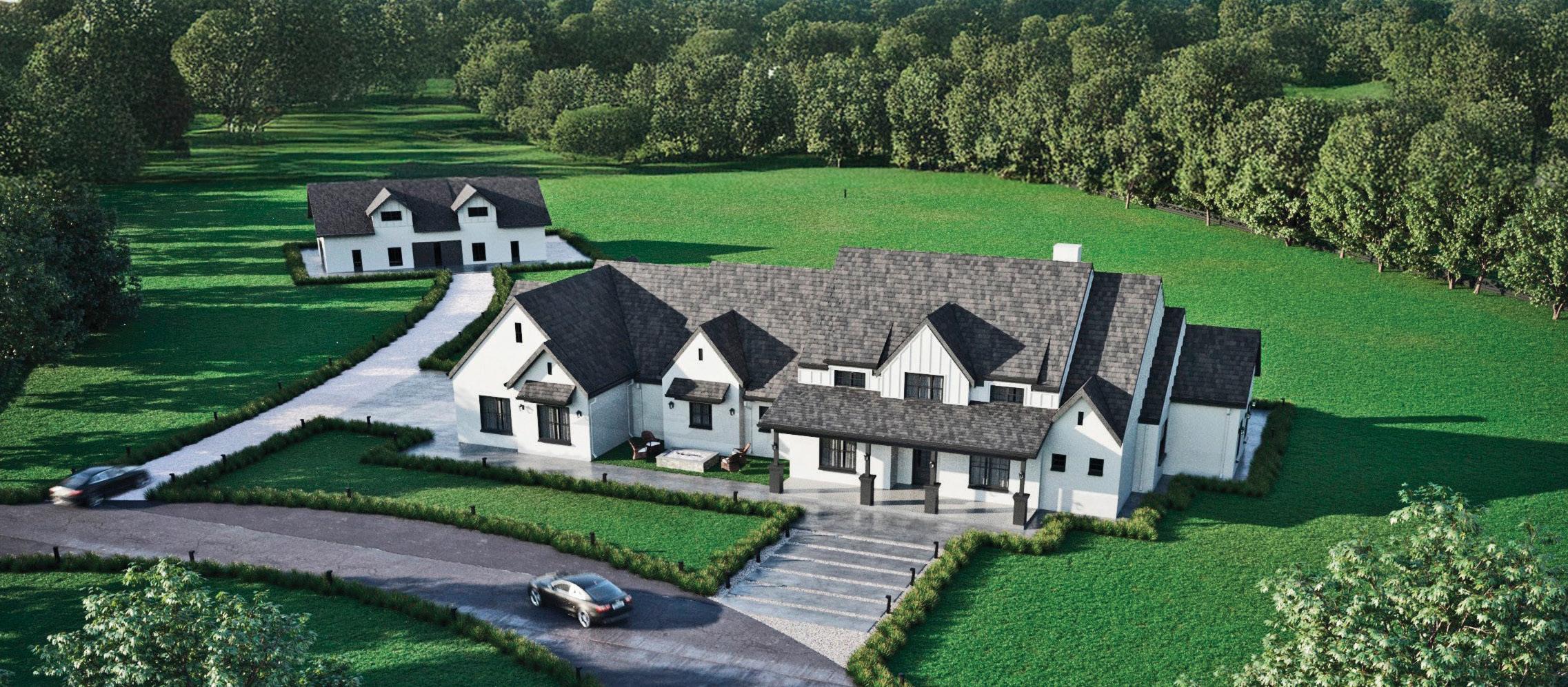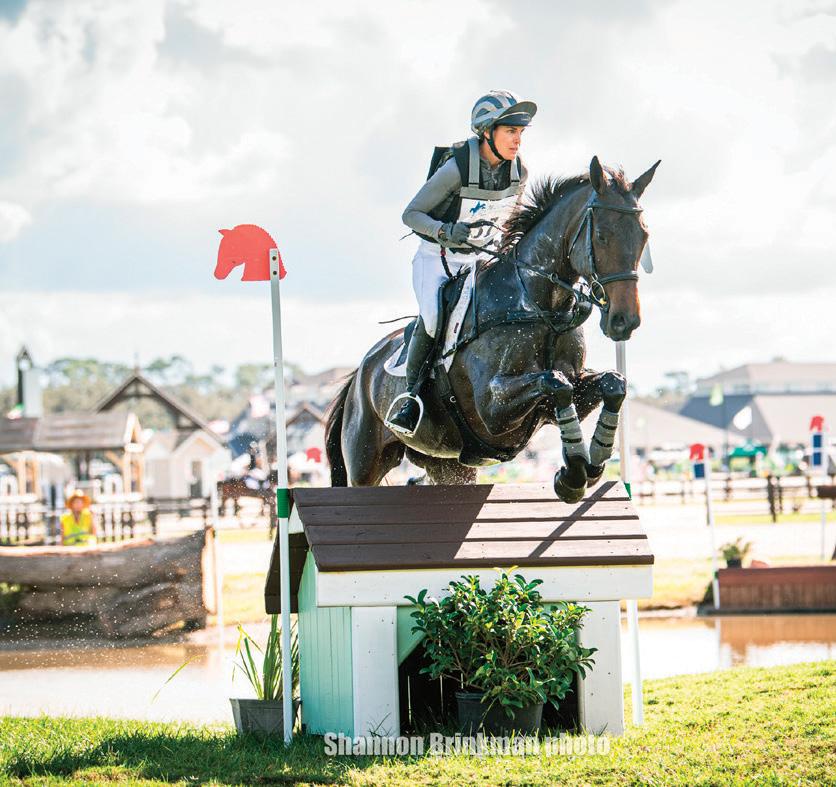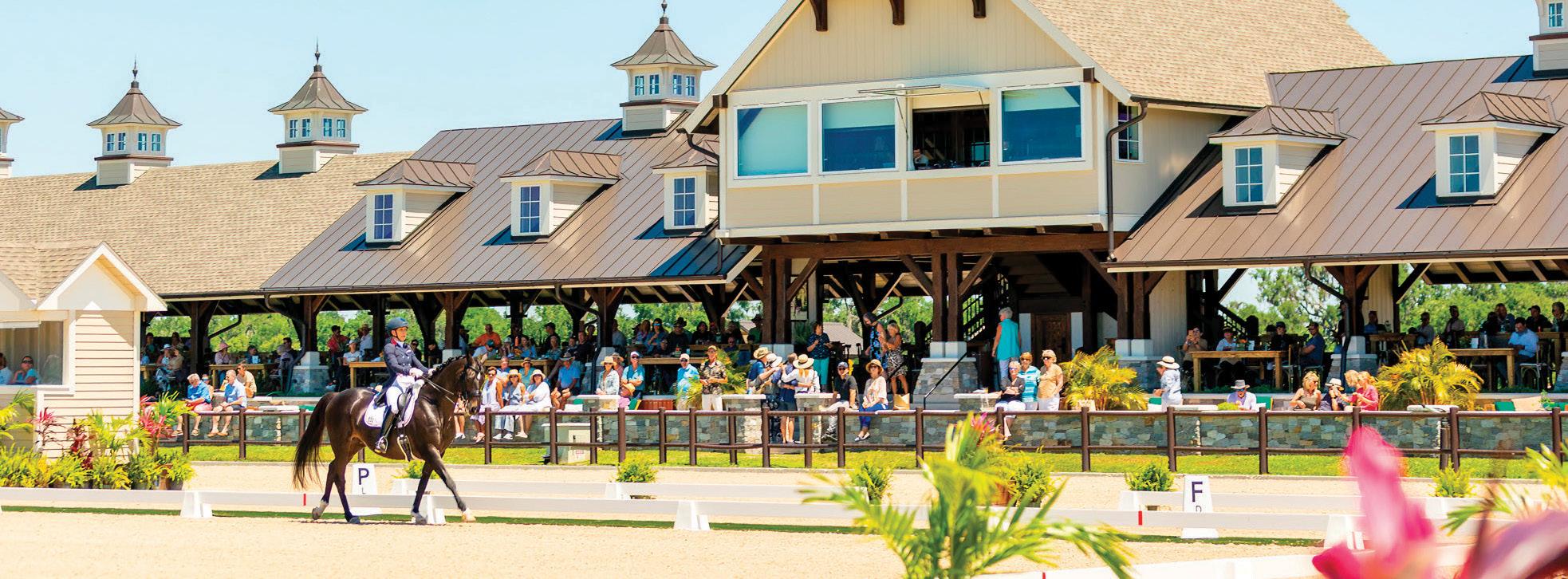






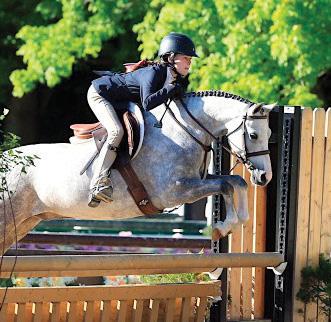
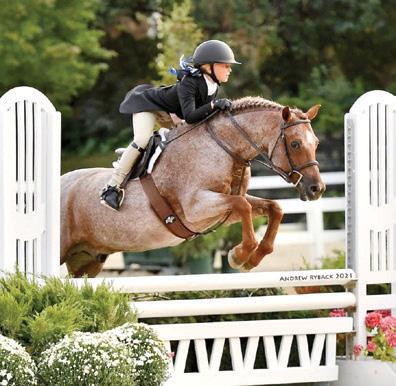
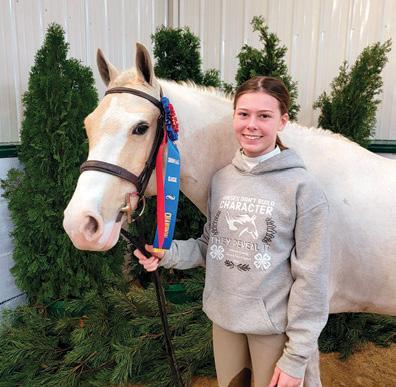

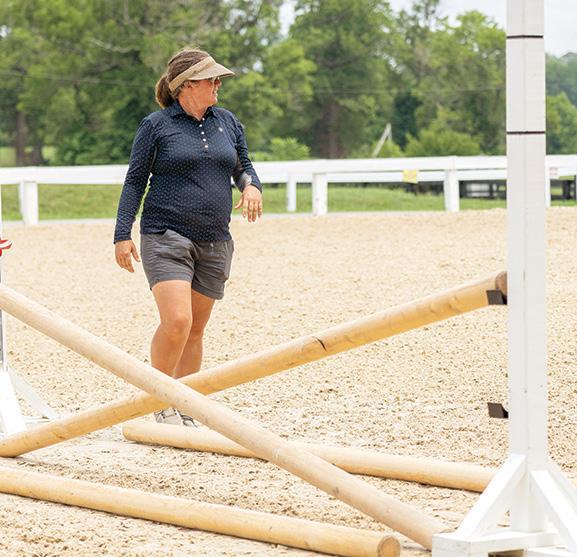
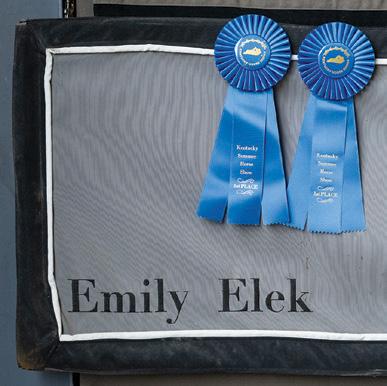
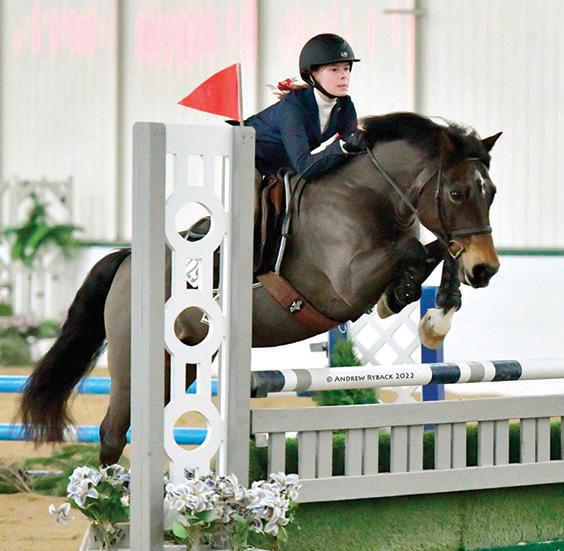

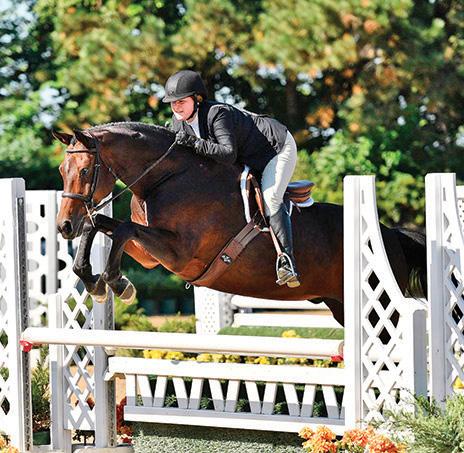

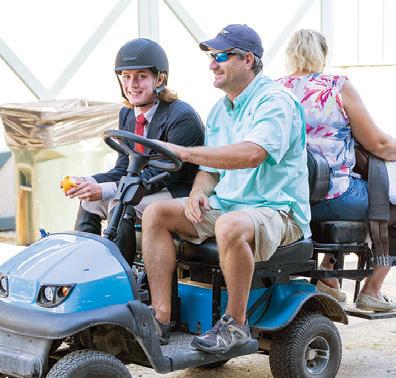
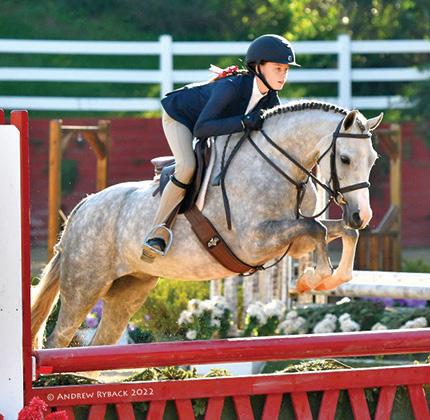
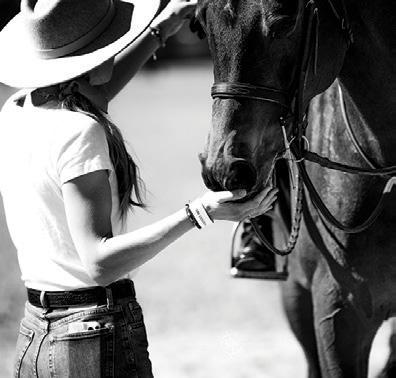
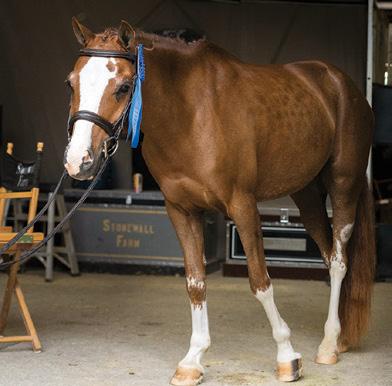
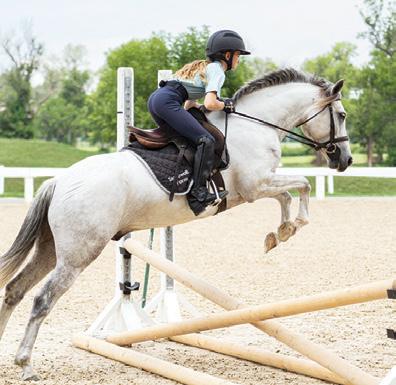
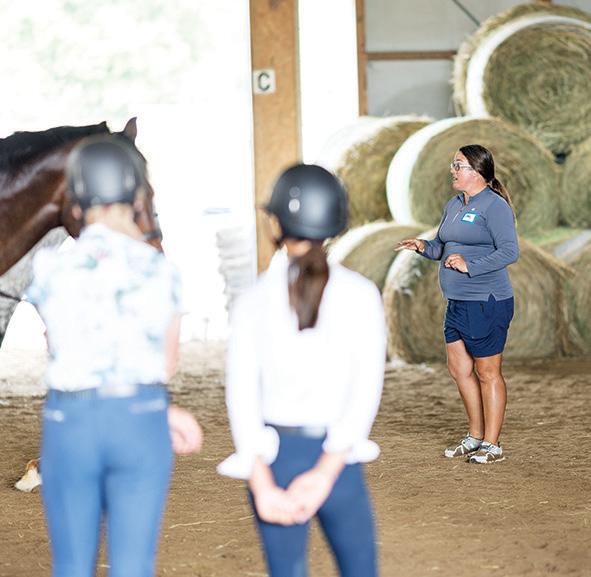

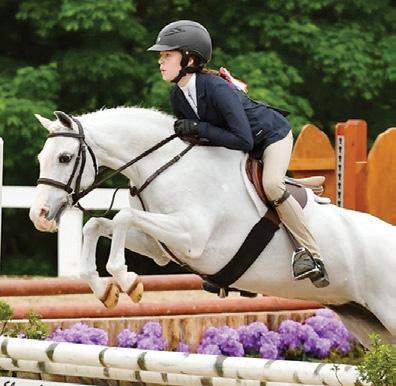
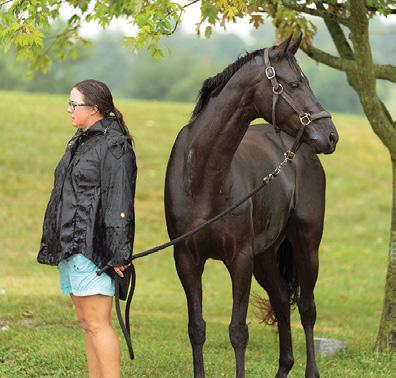

Workers show up. They are ready to learn from the moment they get to the barn. We all get distracted, but a worker is the one who puts in the extra time. They pick up, and help around the farm with whatever is needed. When they ride, they ride with a plan. They do transitions, and figures and have a goal. They ride without stirrups, without reins. They put in days of long, boring fitness rides because it is the right thing for the horses. They do the hard things, because it makes them stronger and better.





Chris Ritchey grew up on his family’s horse farm, famously home to Afleet Alex, the Preakness and Belmont Stakes winner. His passion for equestrian sports is deeply rooted in his heritage, with his father and grandfather accomplished in eventing, dressage, and showjumping. Chris actively rides and competes himself, training with Rebecca Robin at Robin Stables in Bridgehampton.
Along with his passion for horse riding, Chris is equally dedicated to real estate. He joined Compass in 2014 and most recently joined The Hudson Advisory Team, the #1 Mega Team in New York, where he leads the Hamptons division.
Chris is dedicated to providing clients with prime real estate opportunities, whether for a summer rental or a lifelong home. He guides clients through every transaction step, using his keen eye for design and staging. Chris also serves the community as Vice President of the Board for the Center for Therapeutic Riding of the East End and actively volunteers with East End Cares.
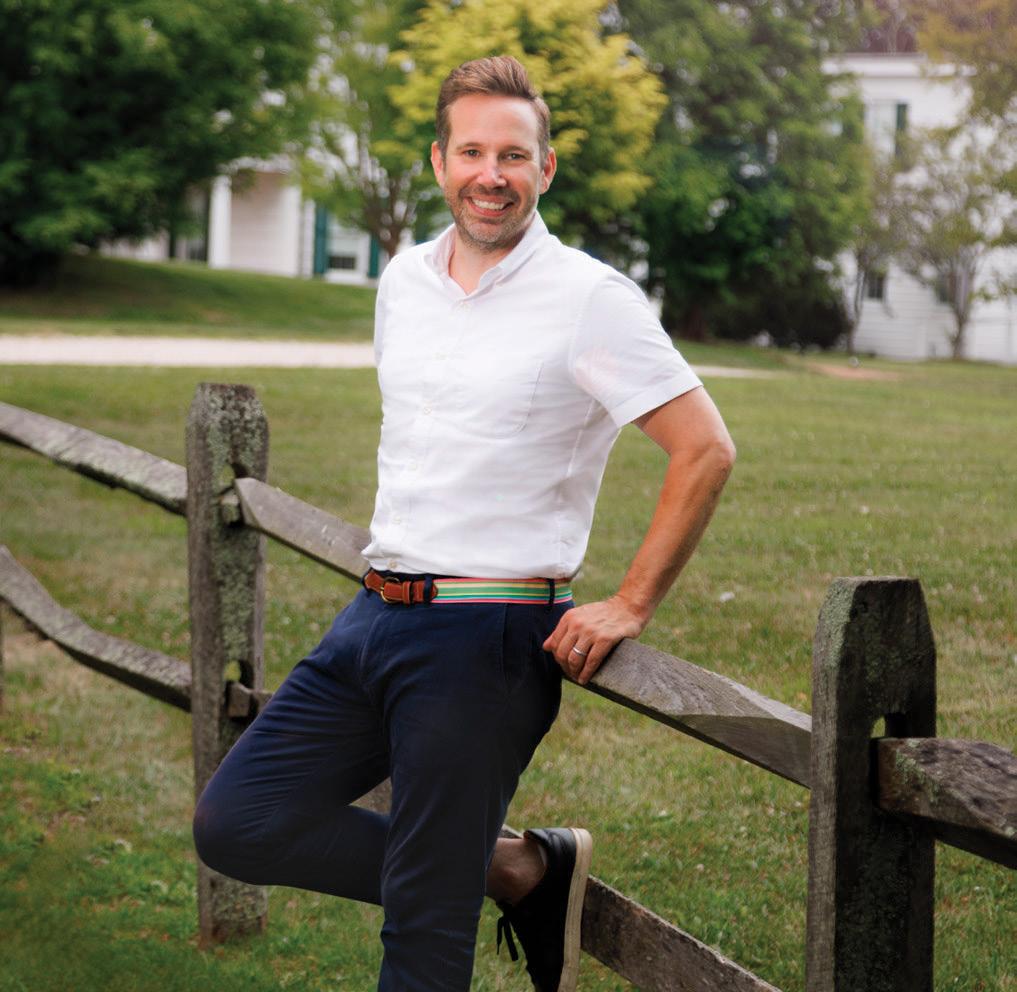

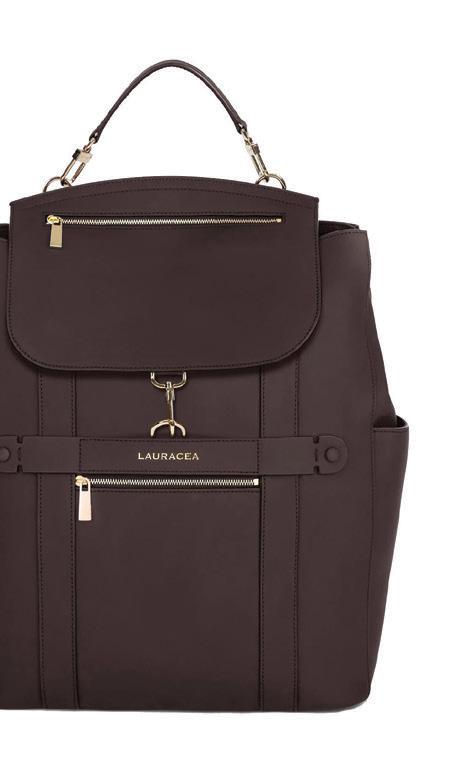
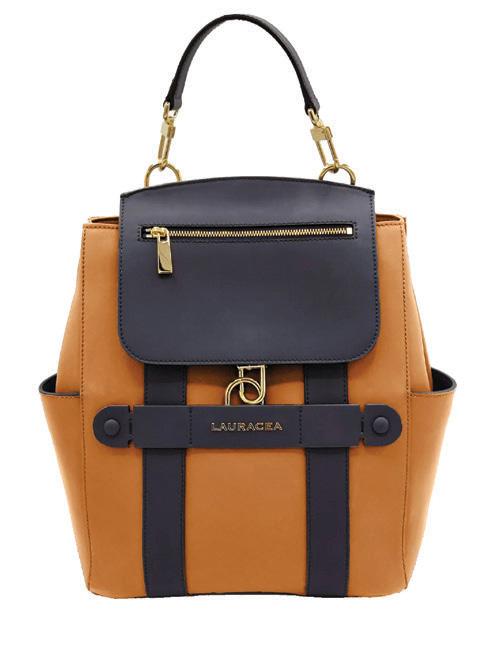
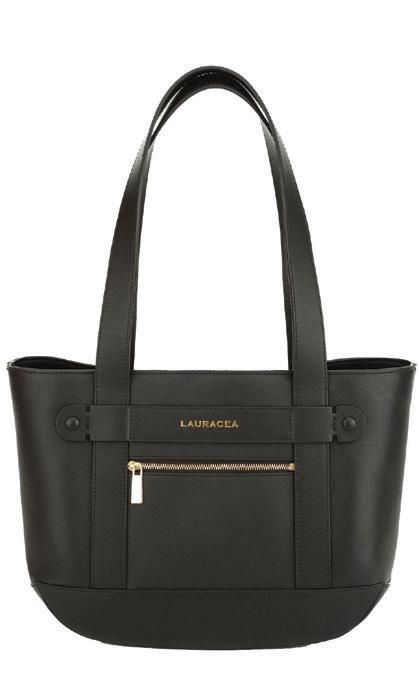
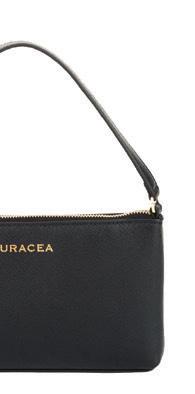
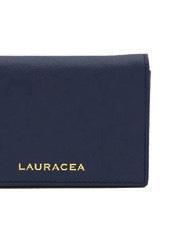
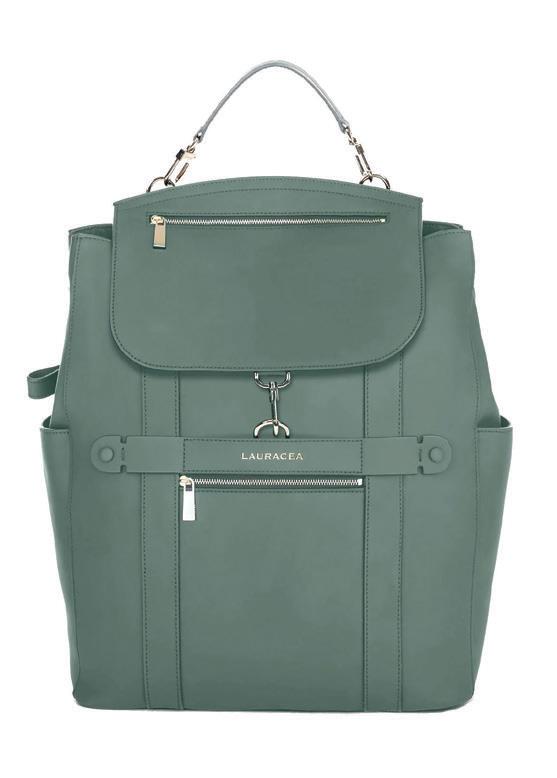
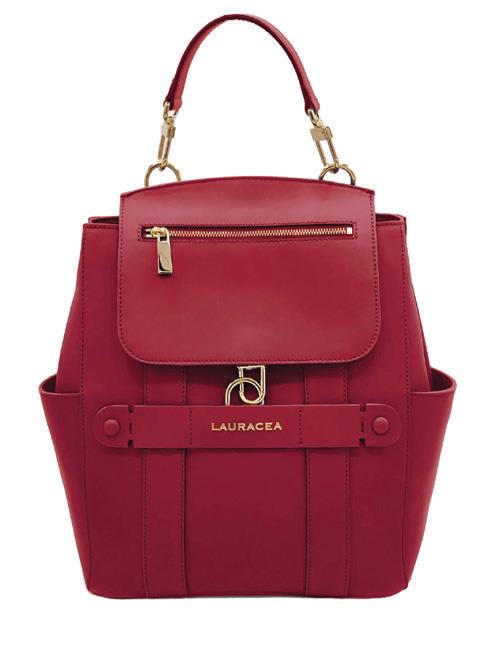
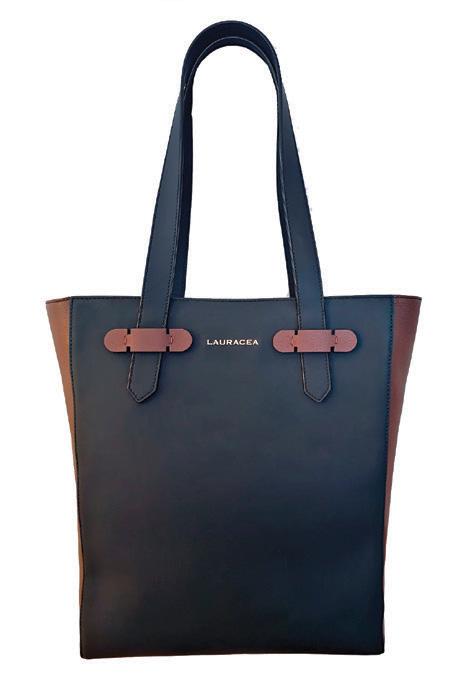


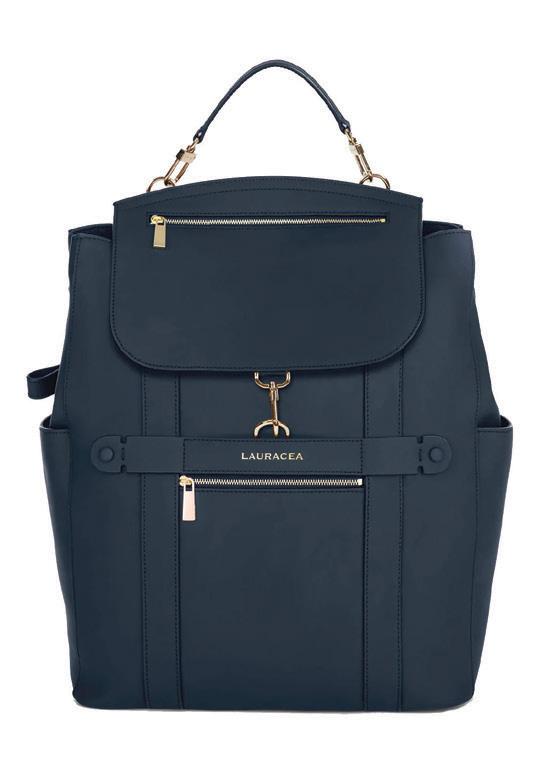
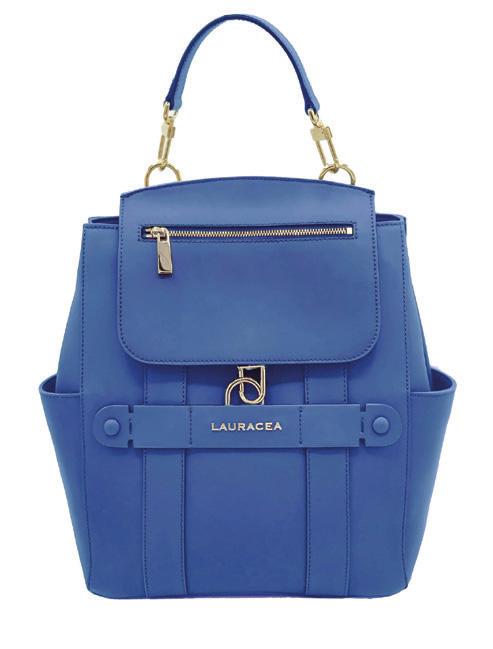
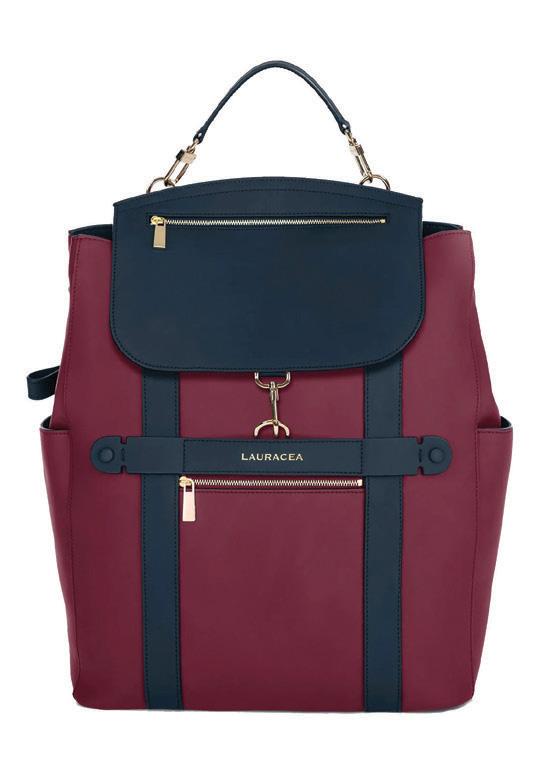
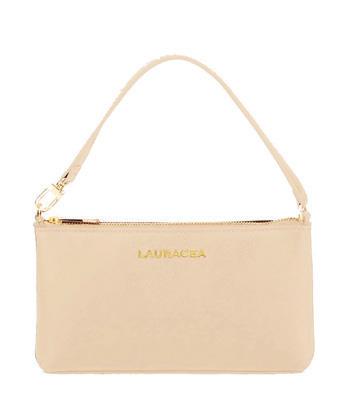
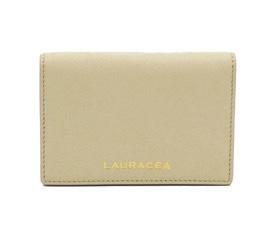


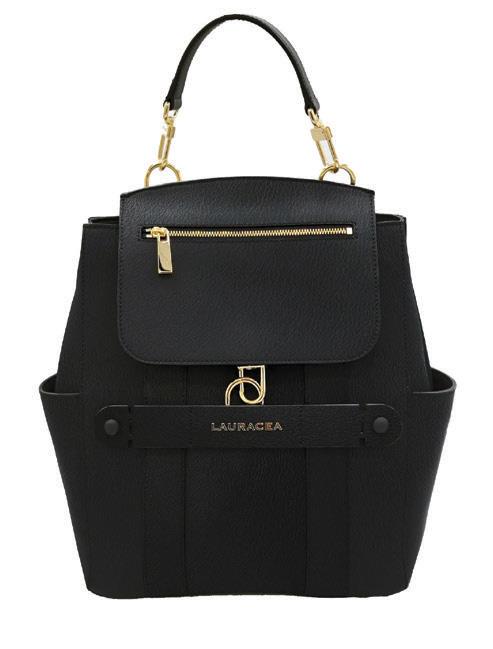
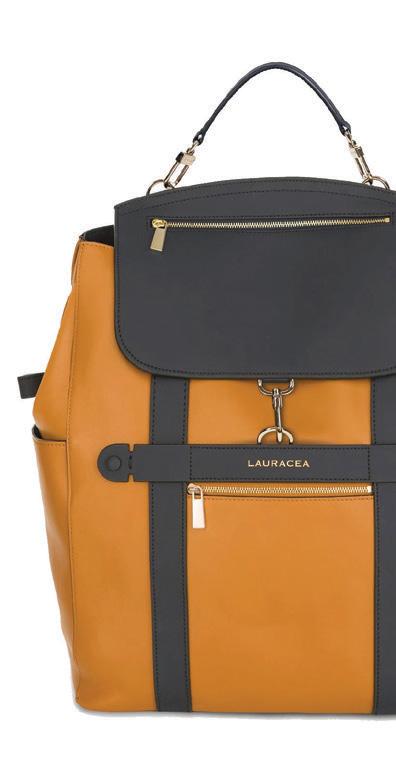
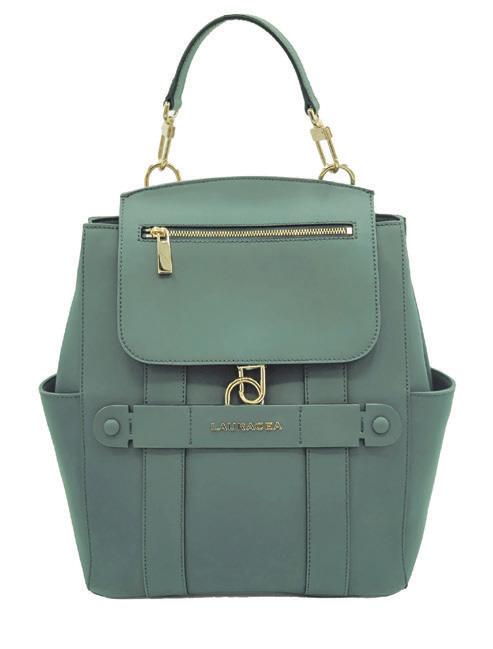
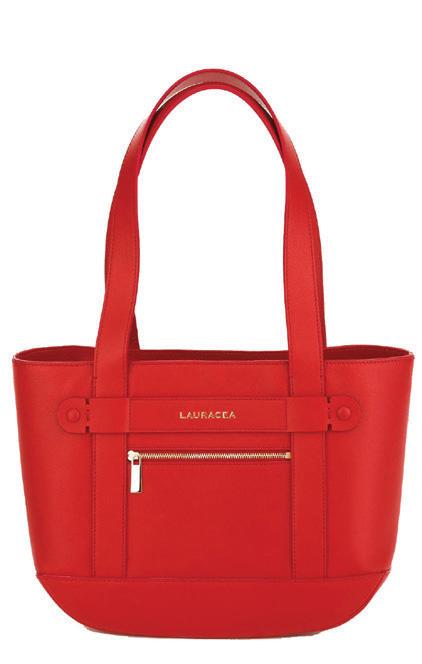
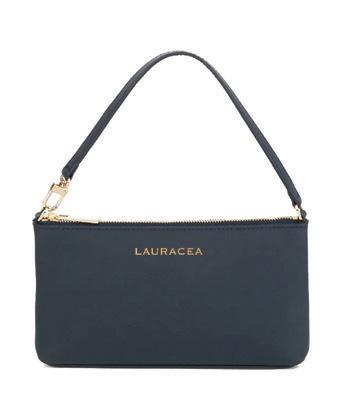
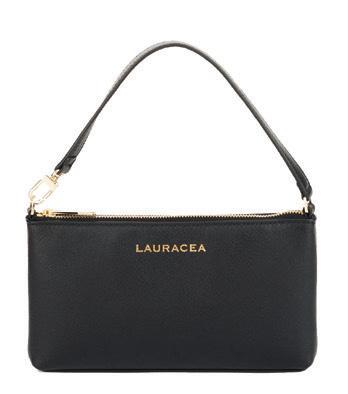


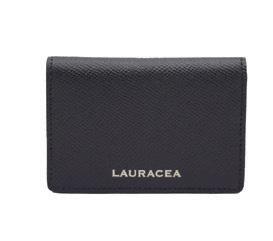








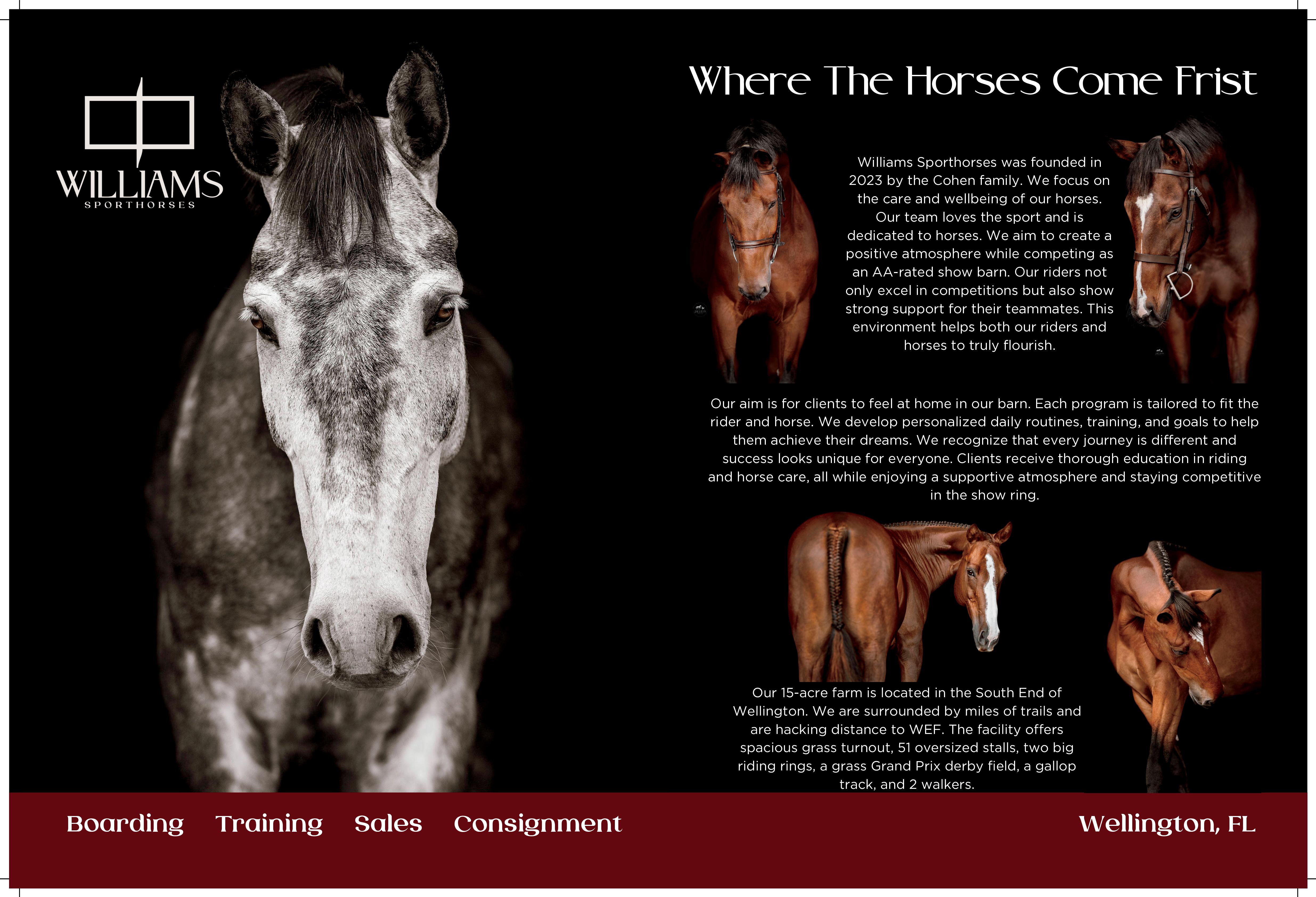

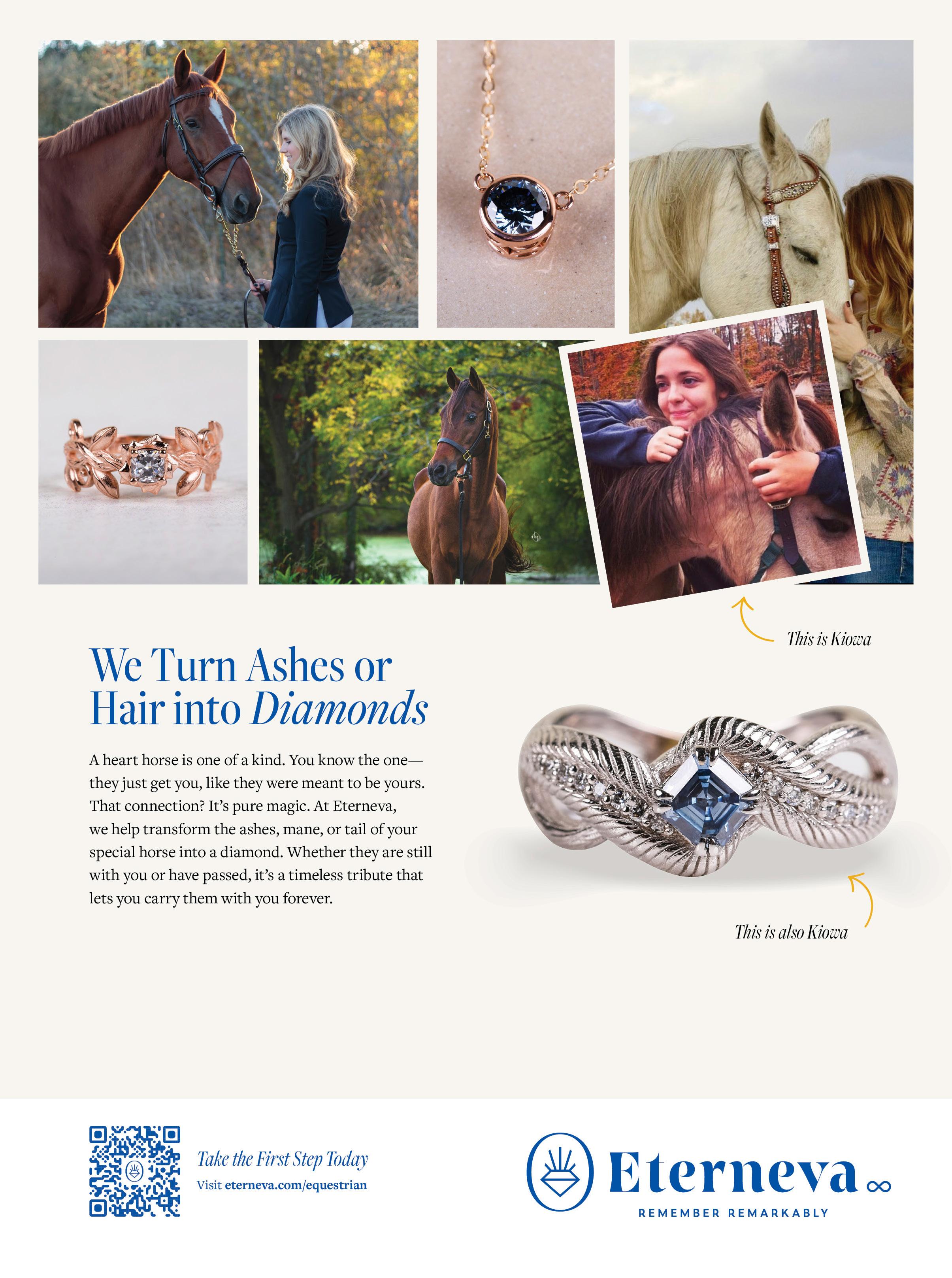


Your young equestrians deserve more than the standard horse barn. Build them a B&D equestrian facility, crafted for the champions of tomorrow.

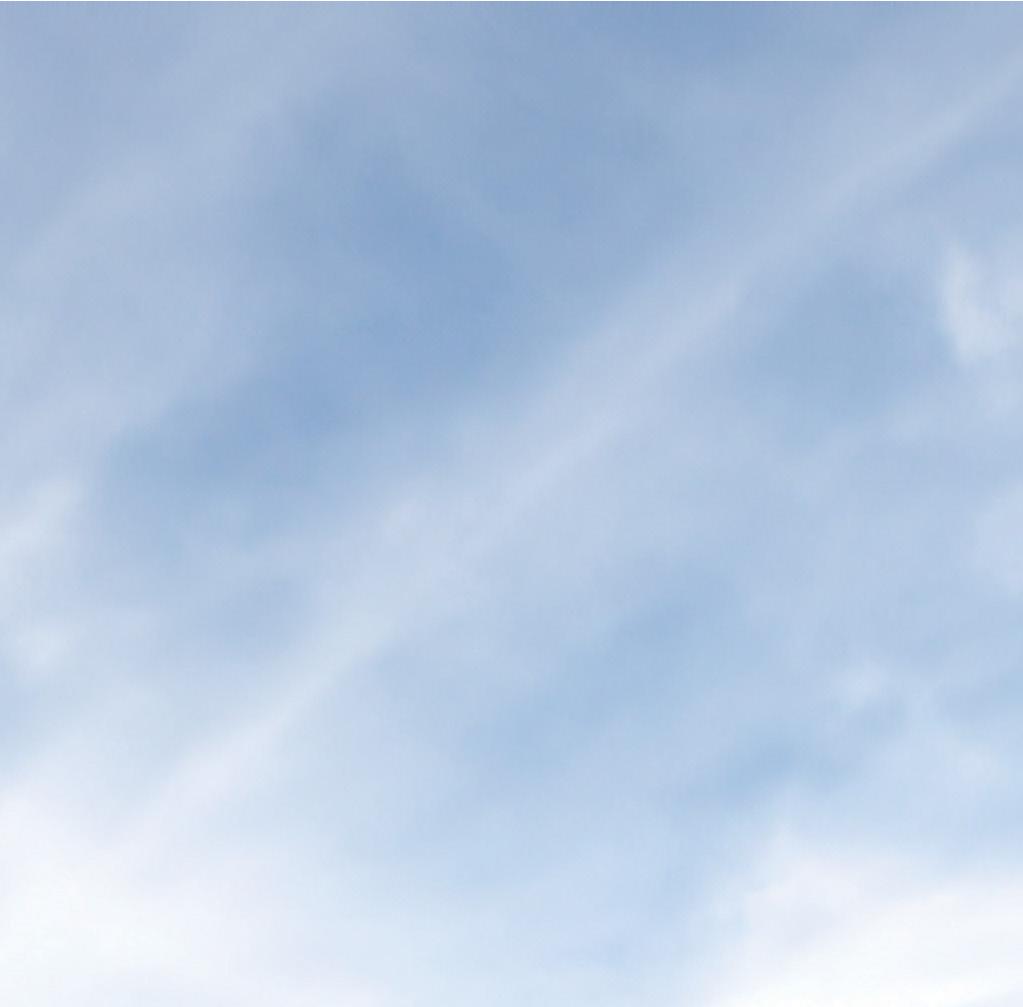
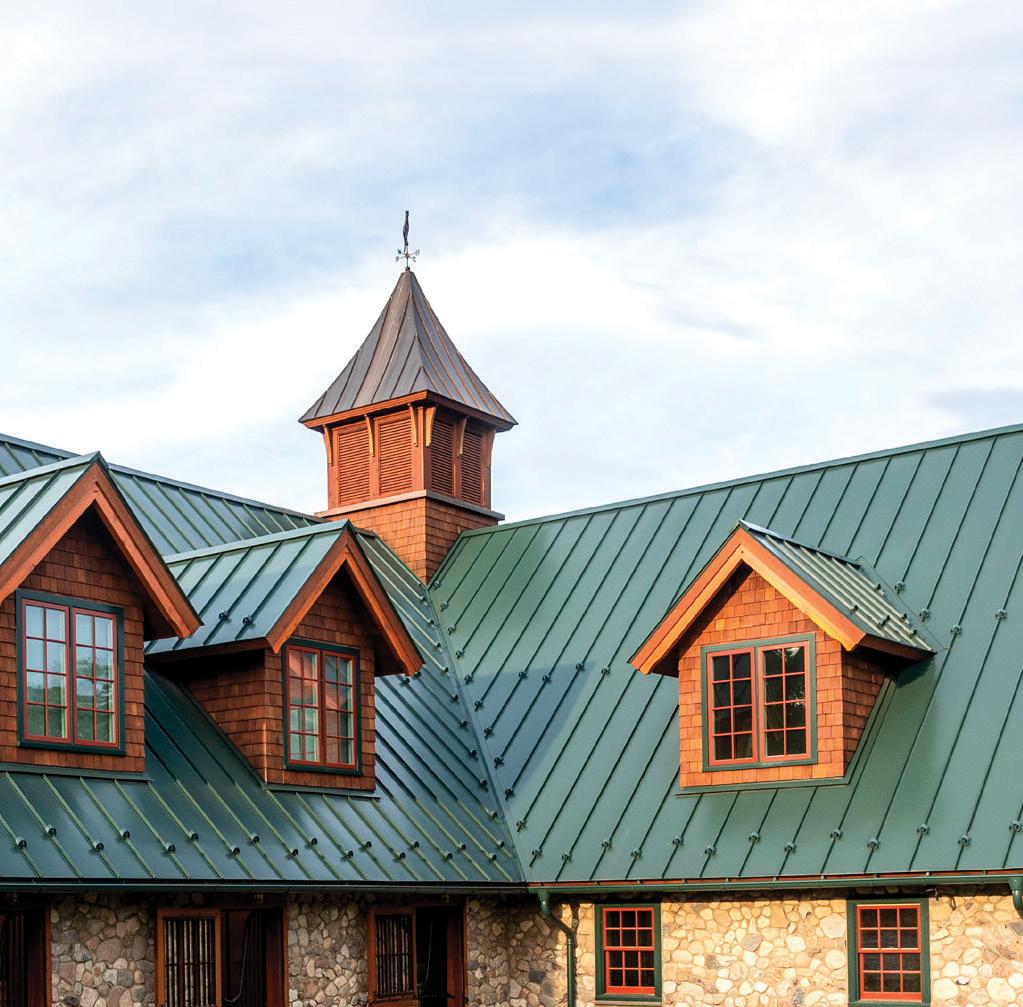

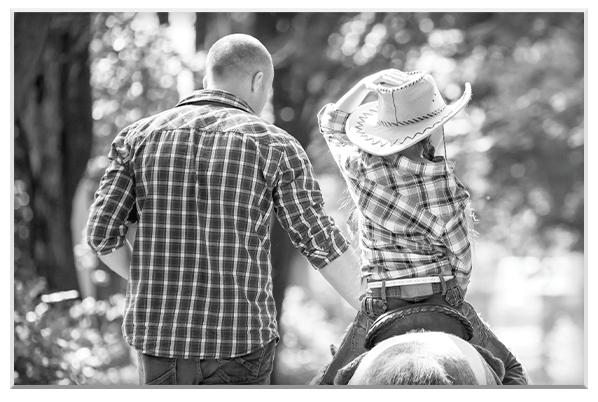
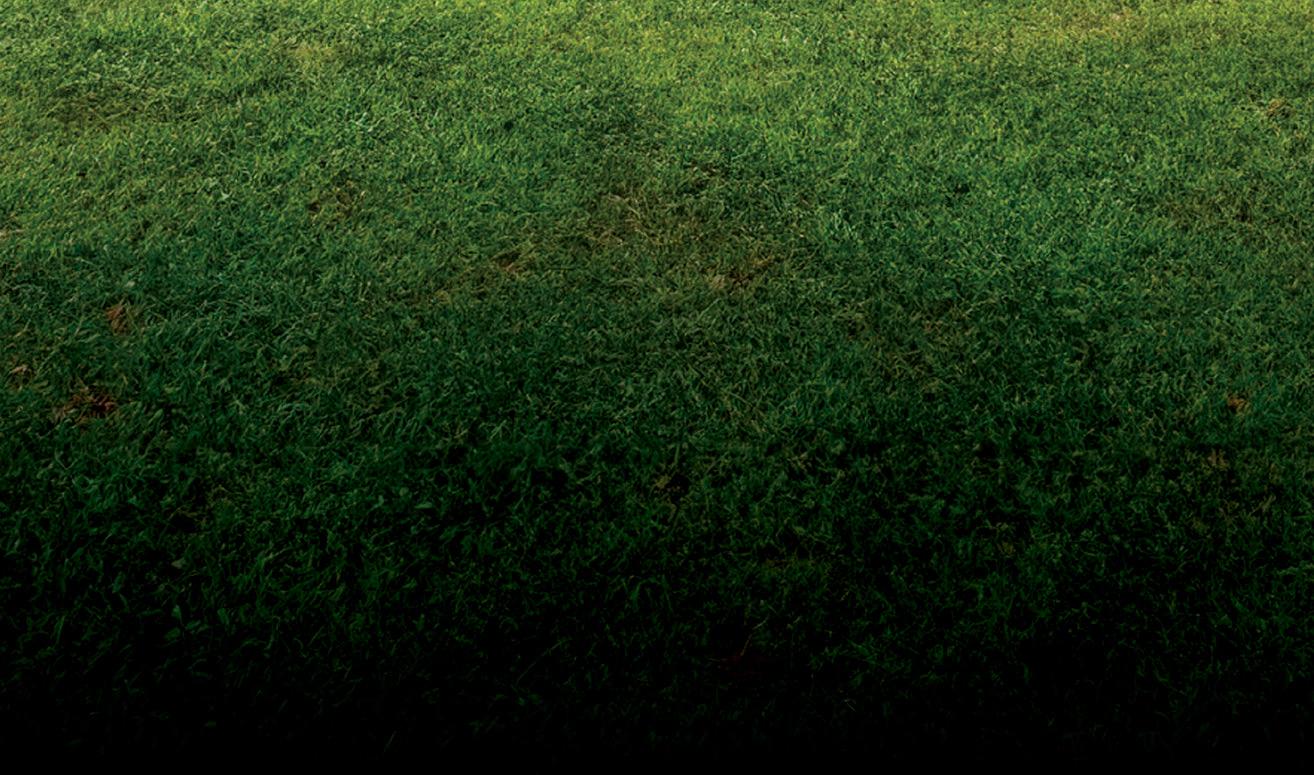


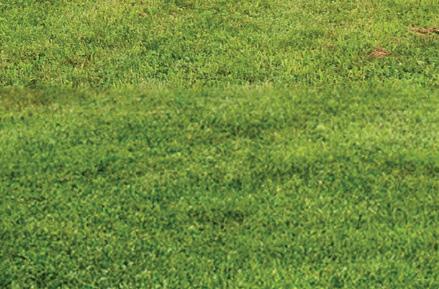
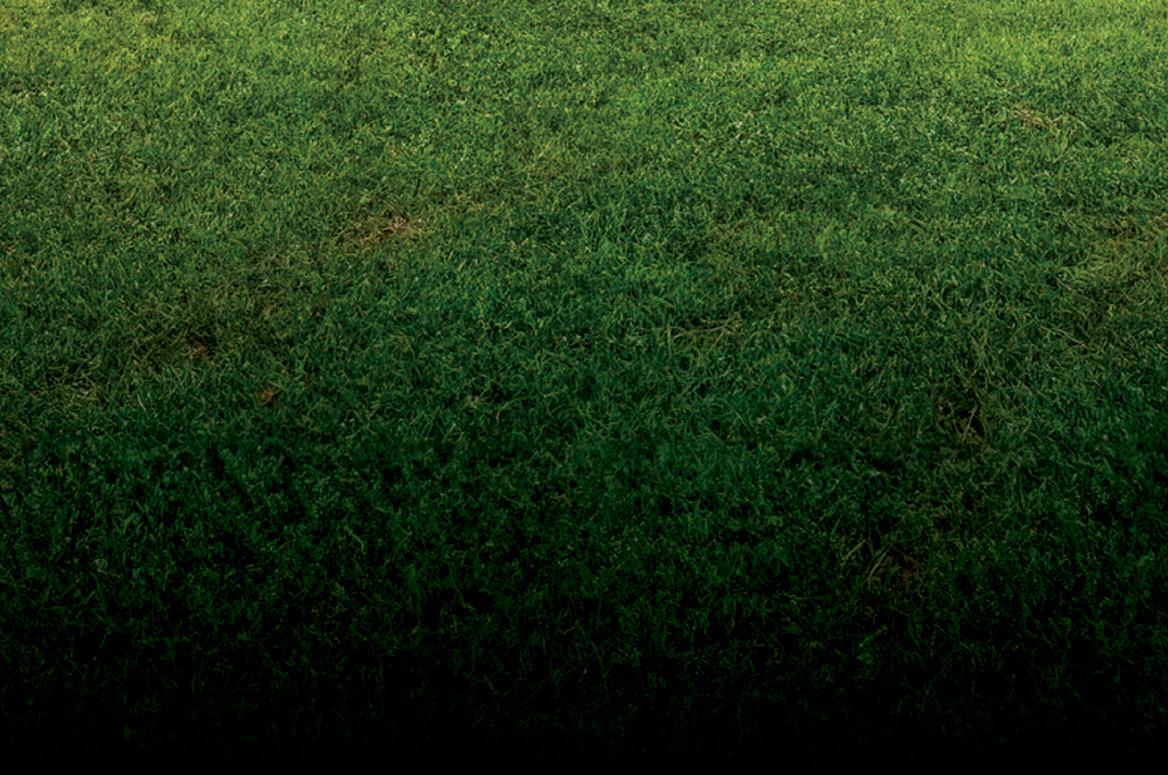
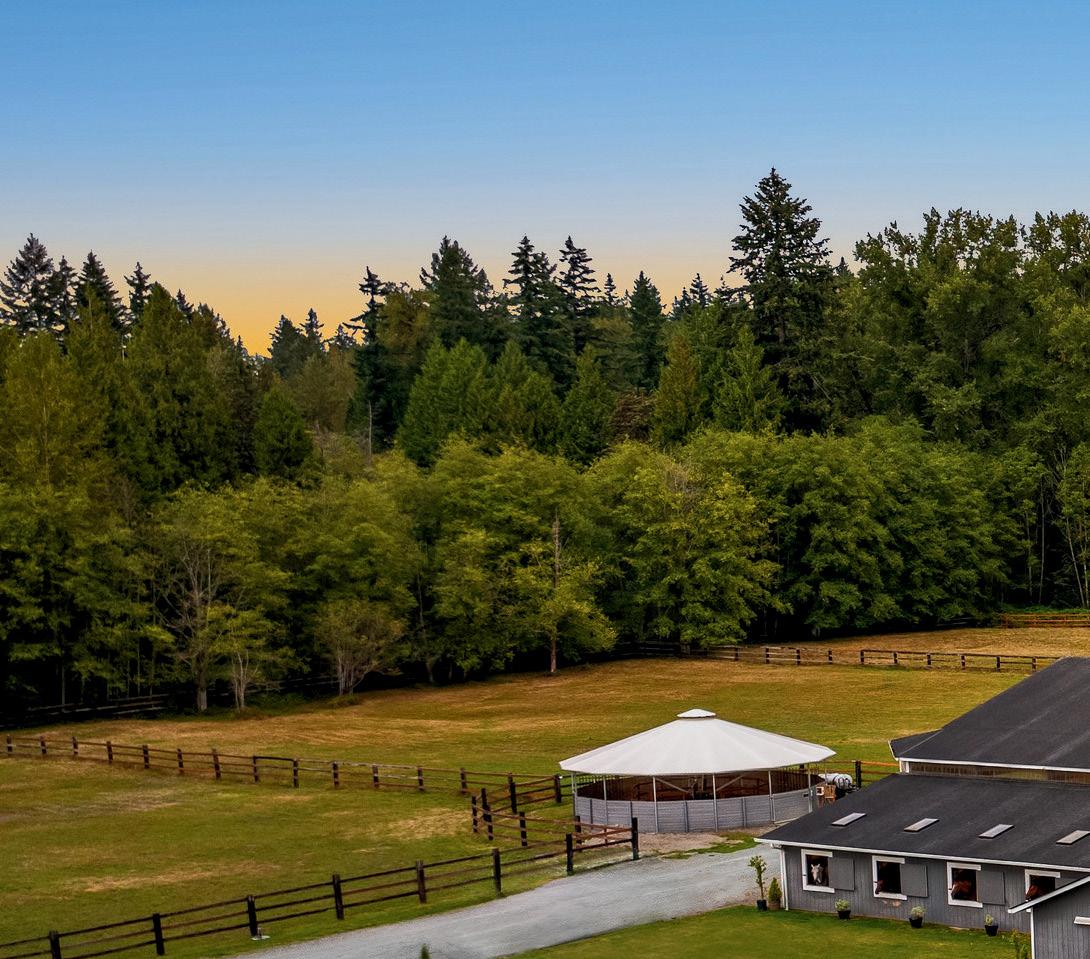
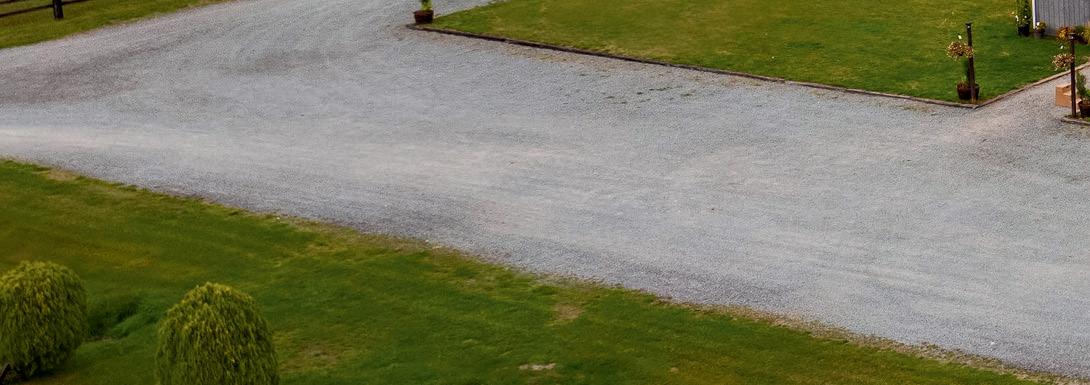
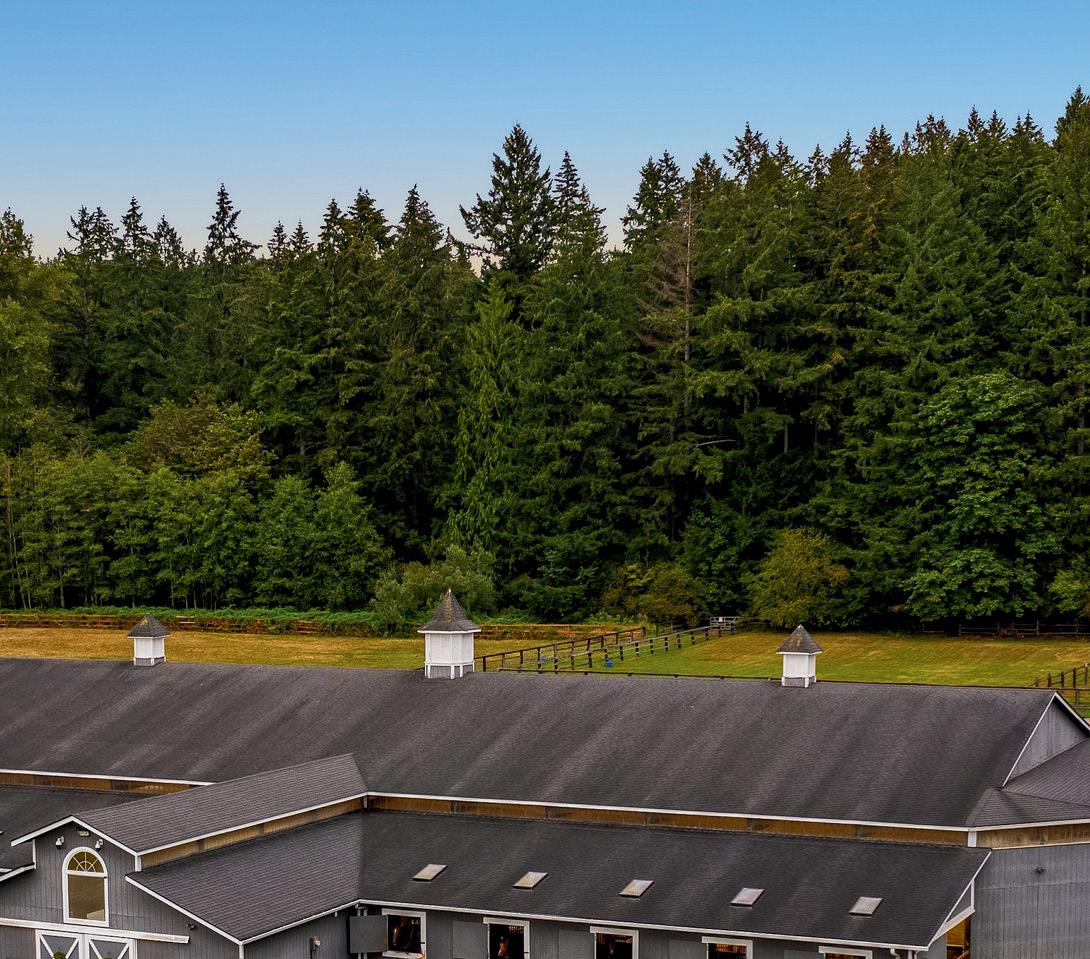



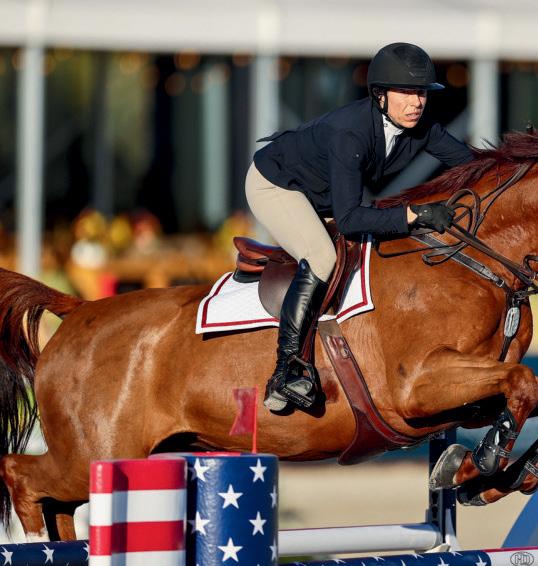
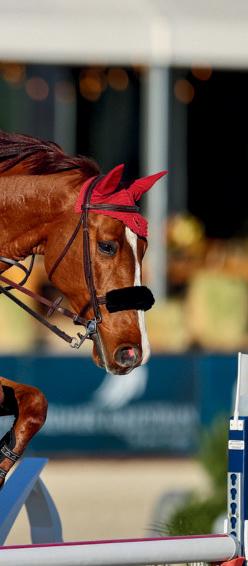



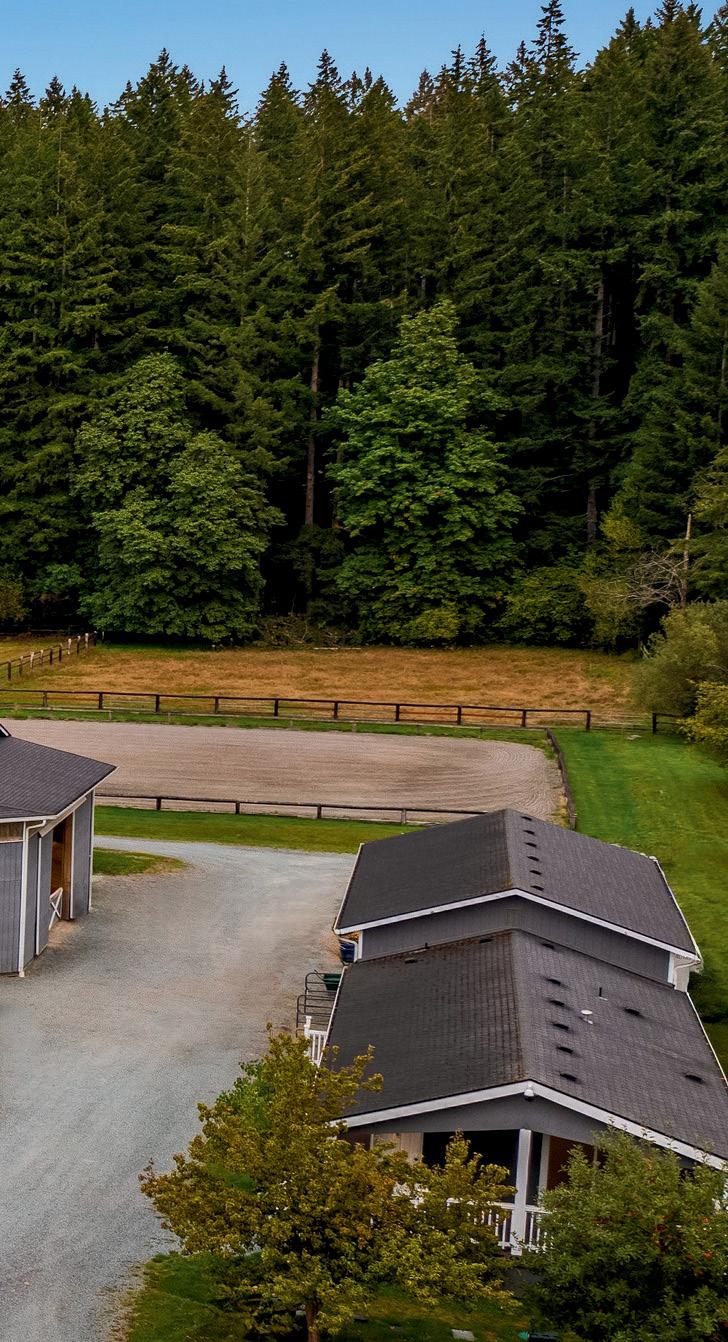

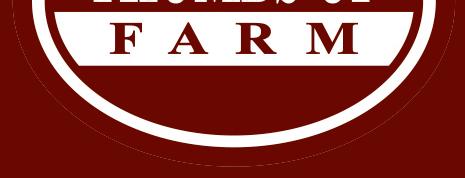
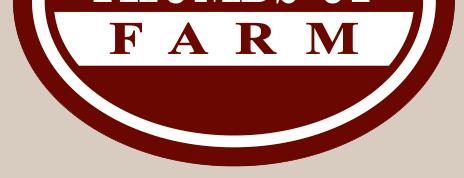

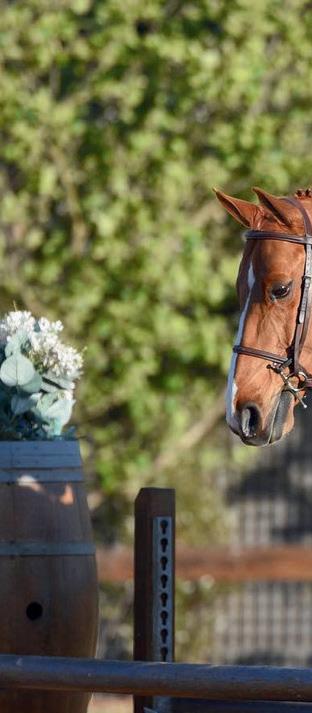

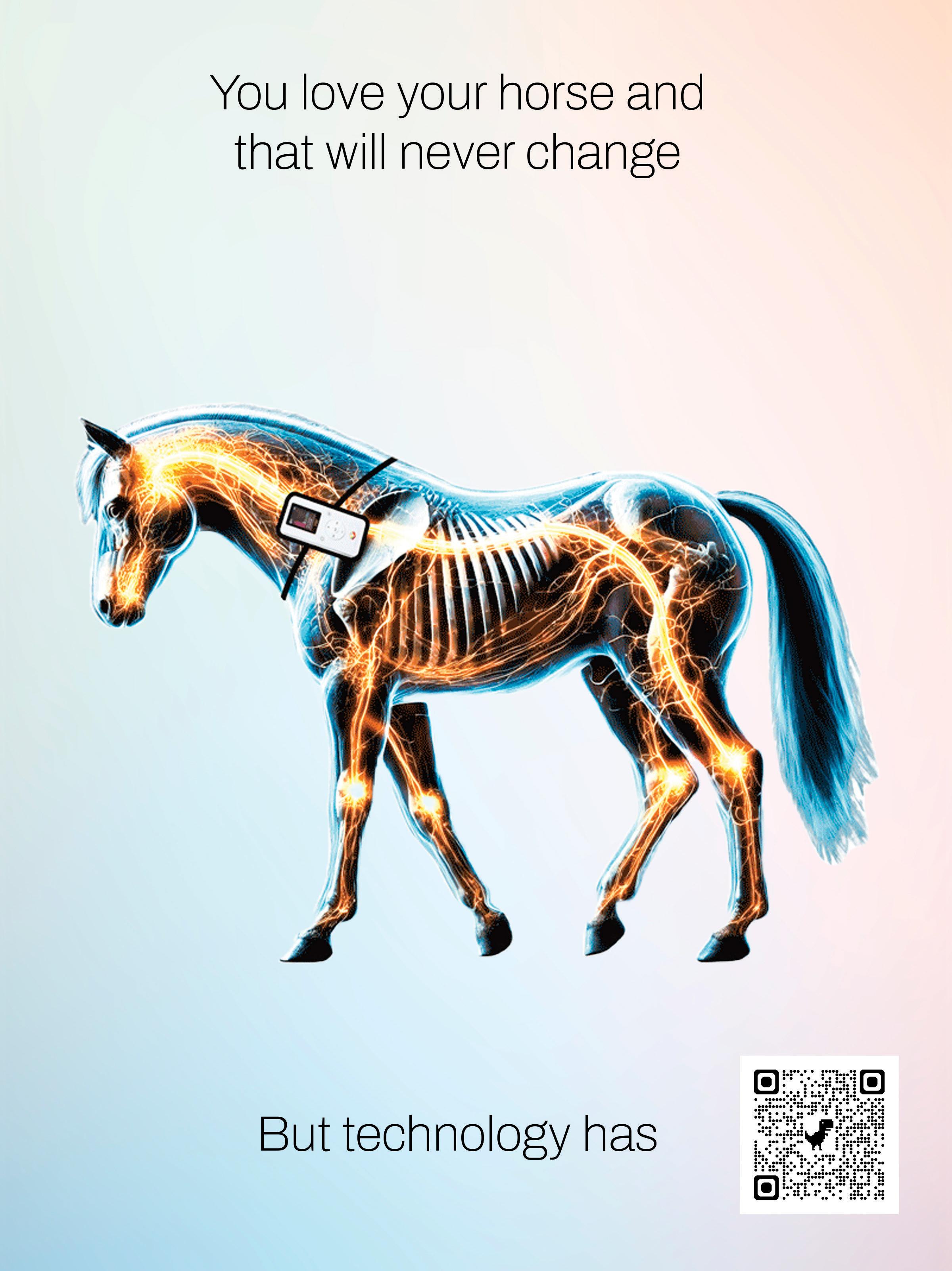
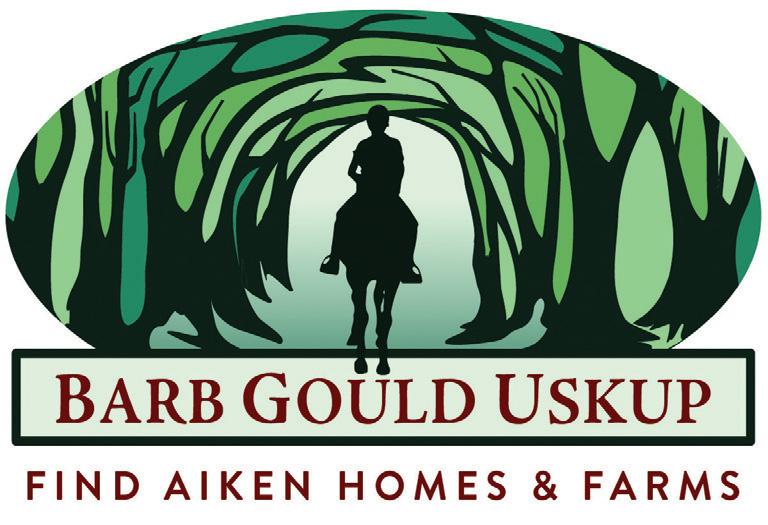
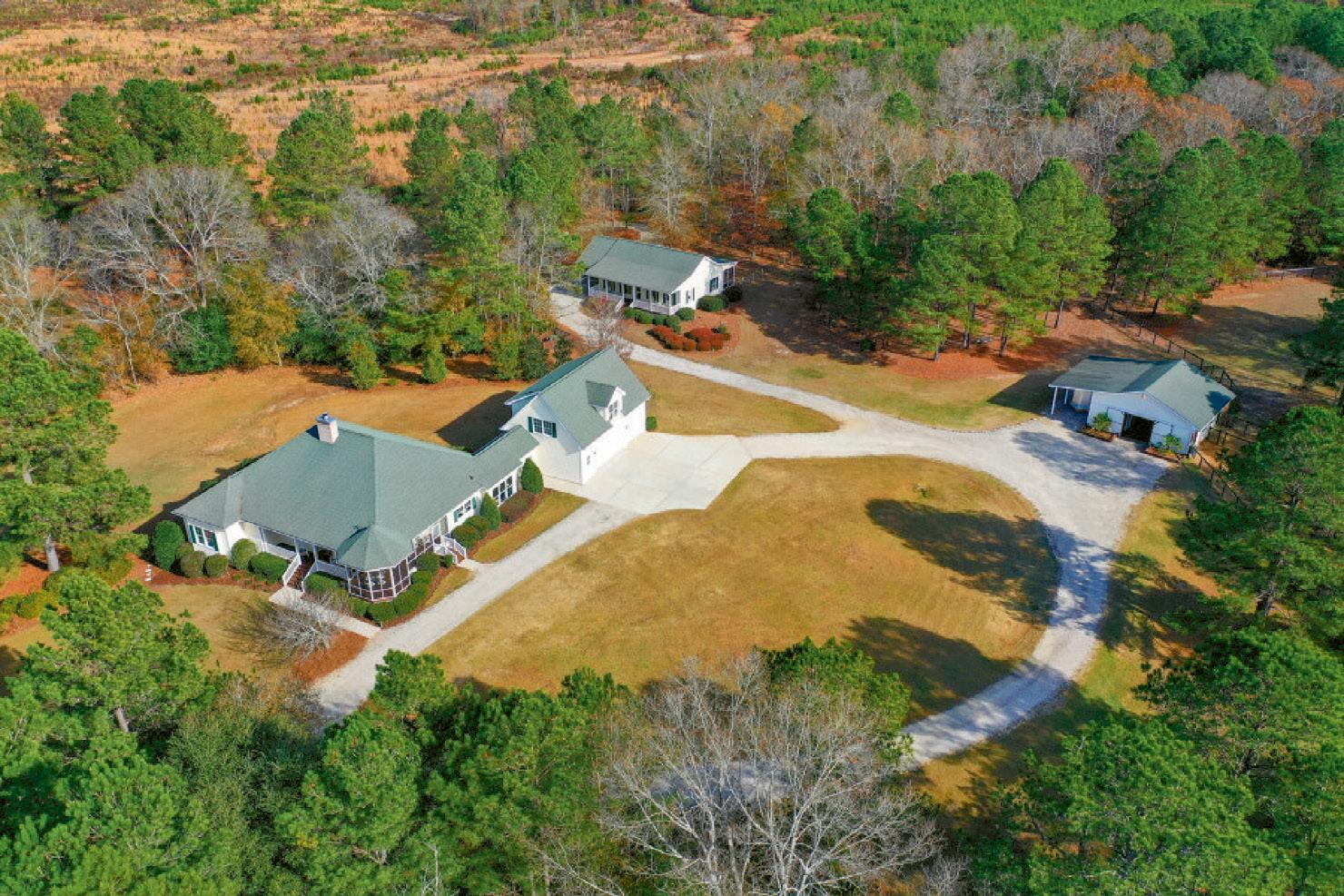
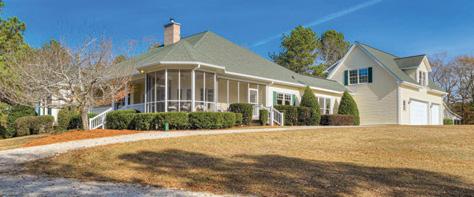
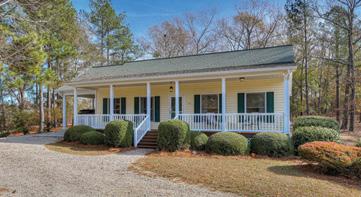
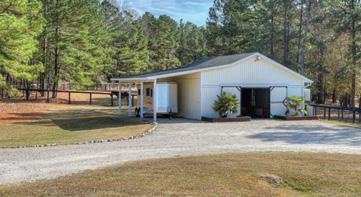

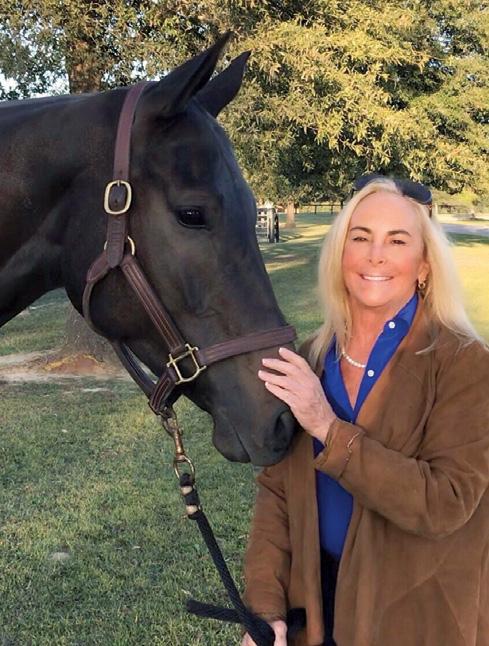
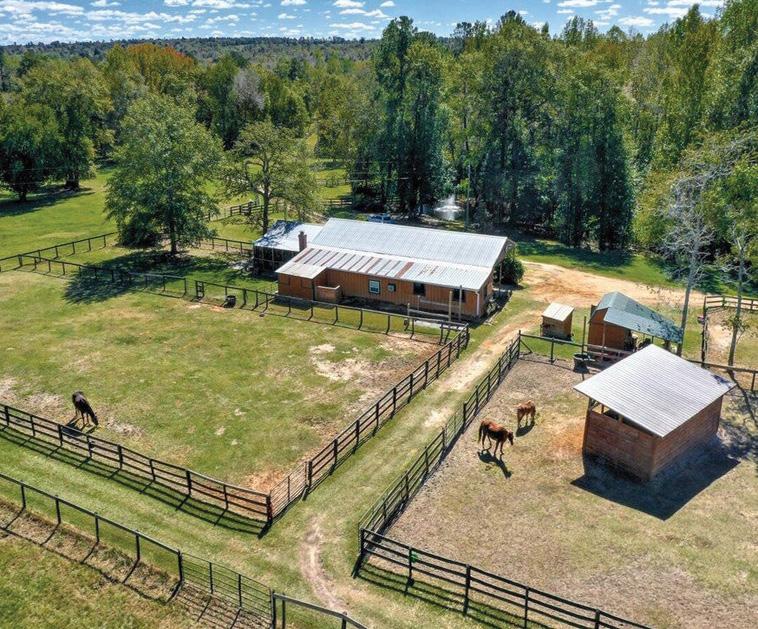
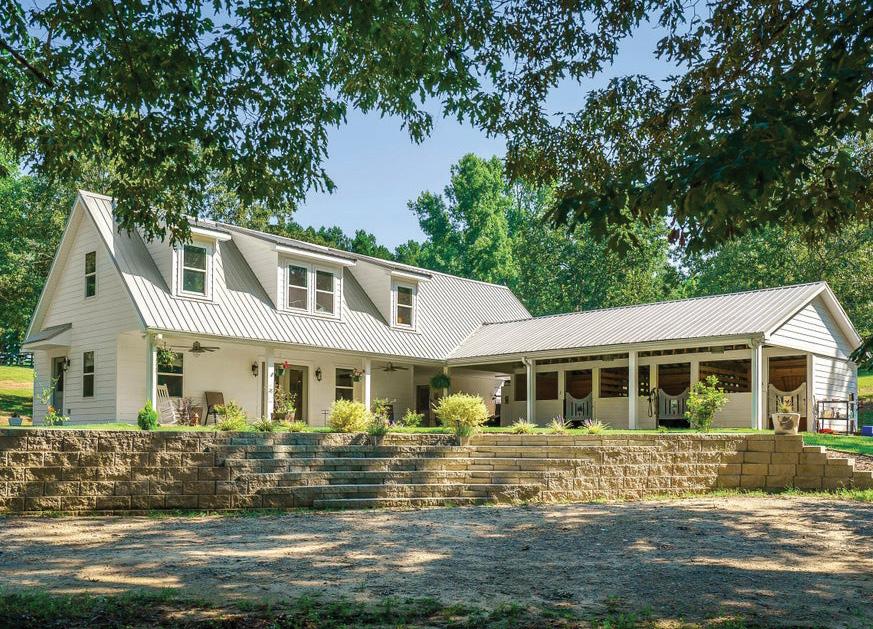

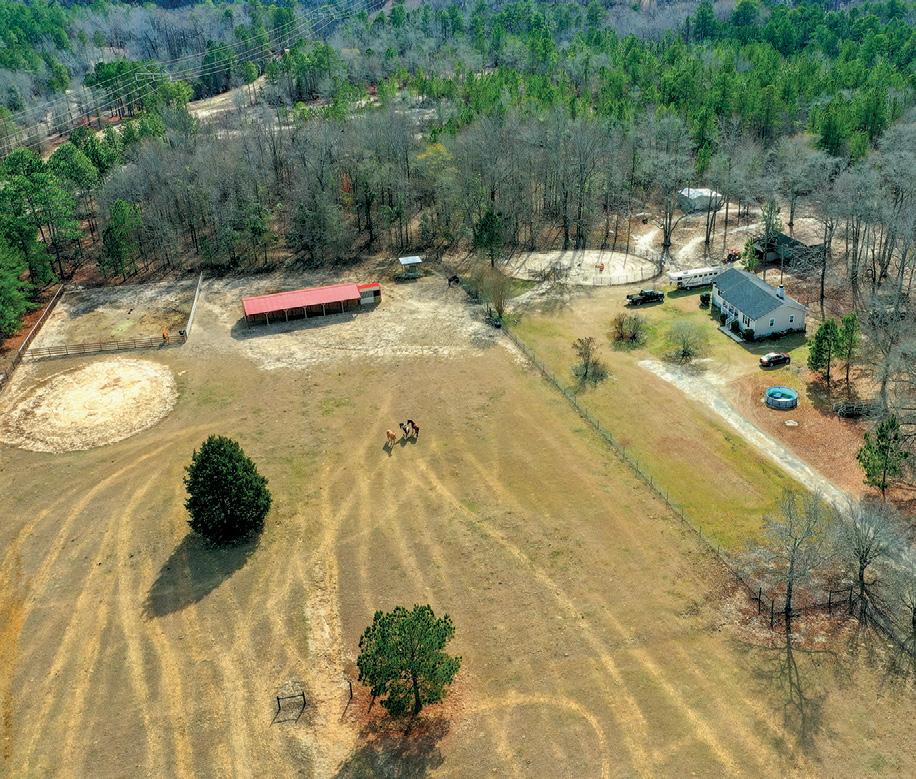



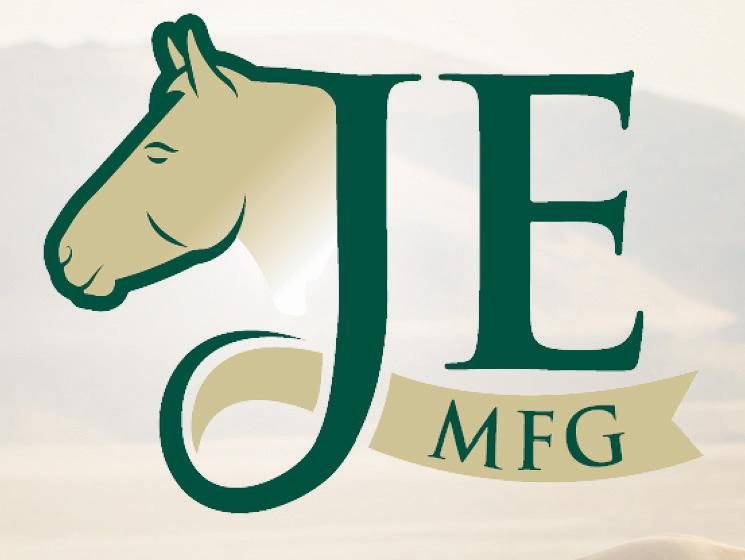
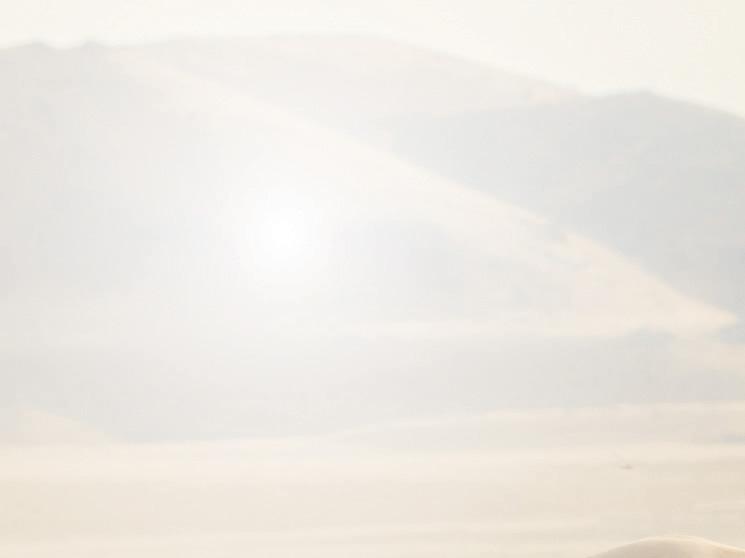

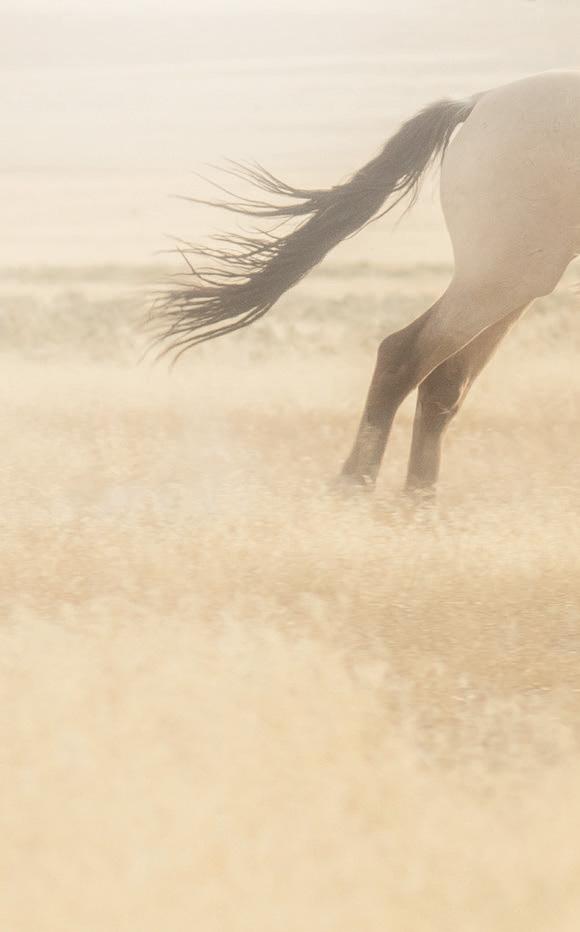





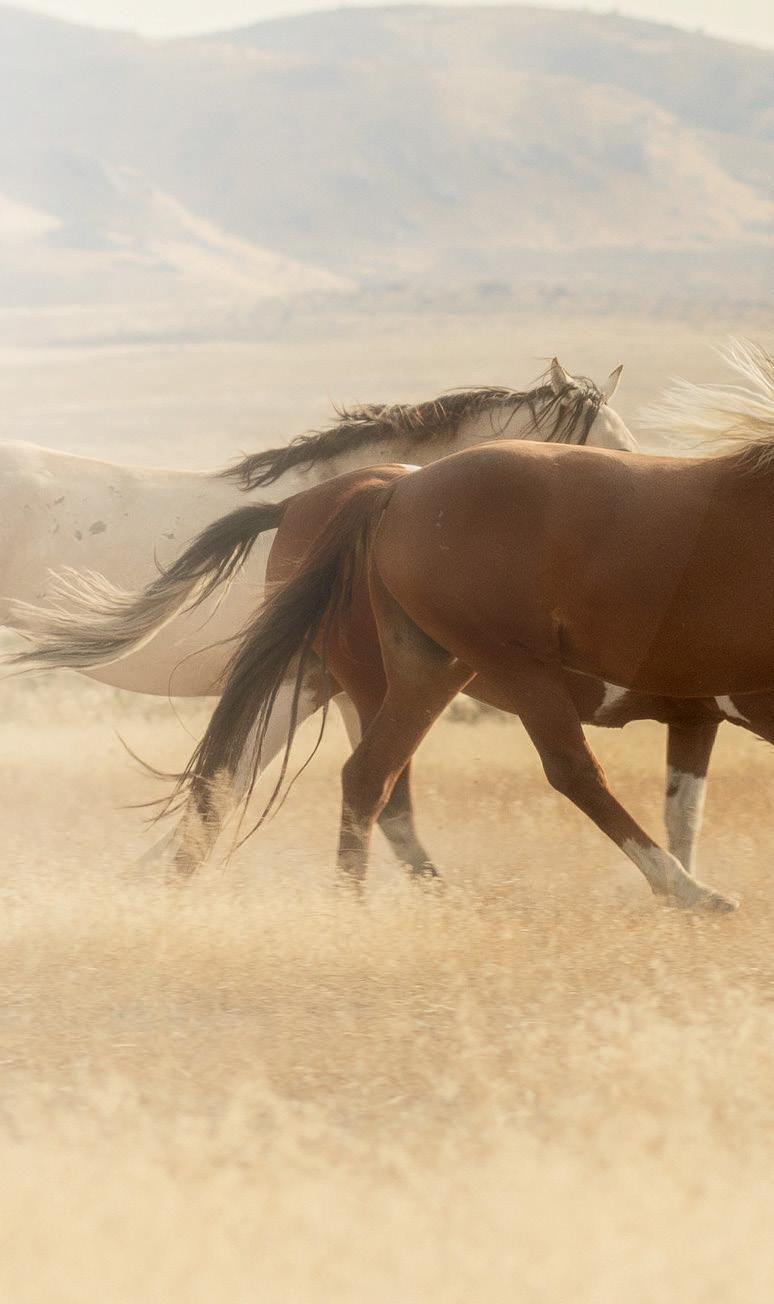

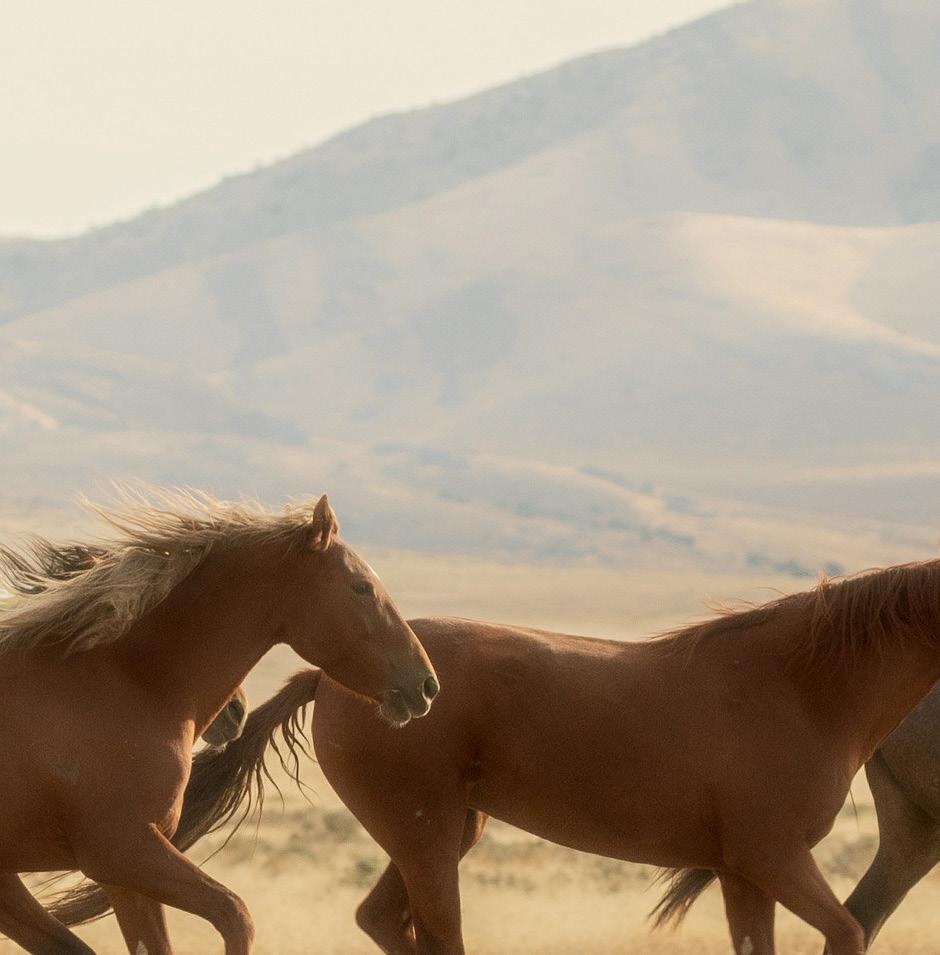


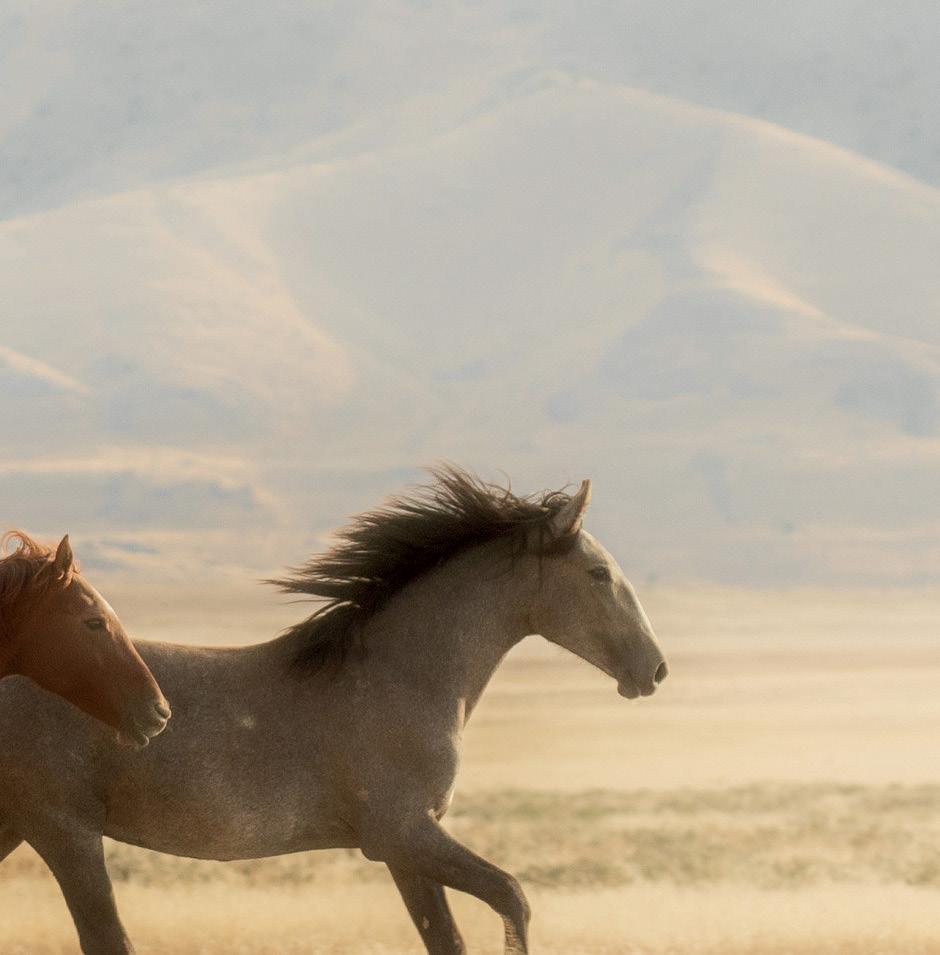


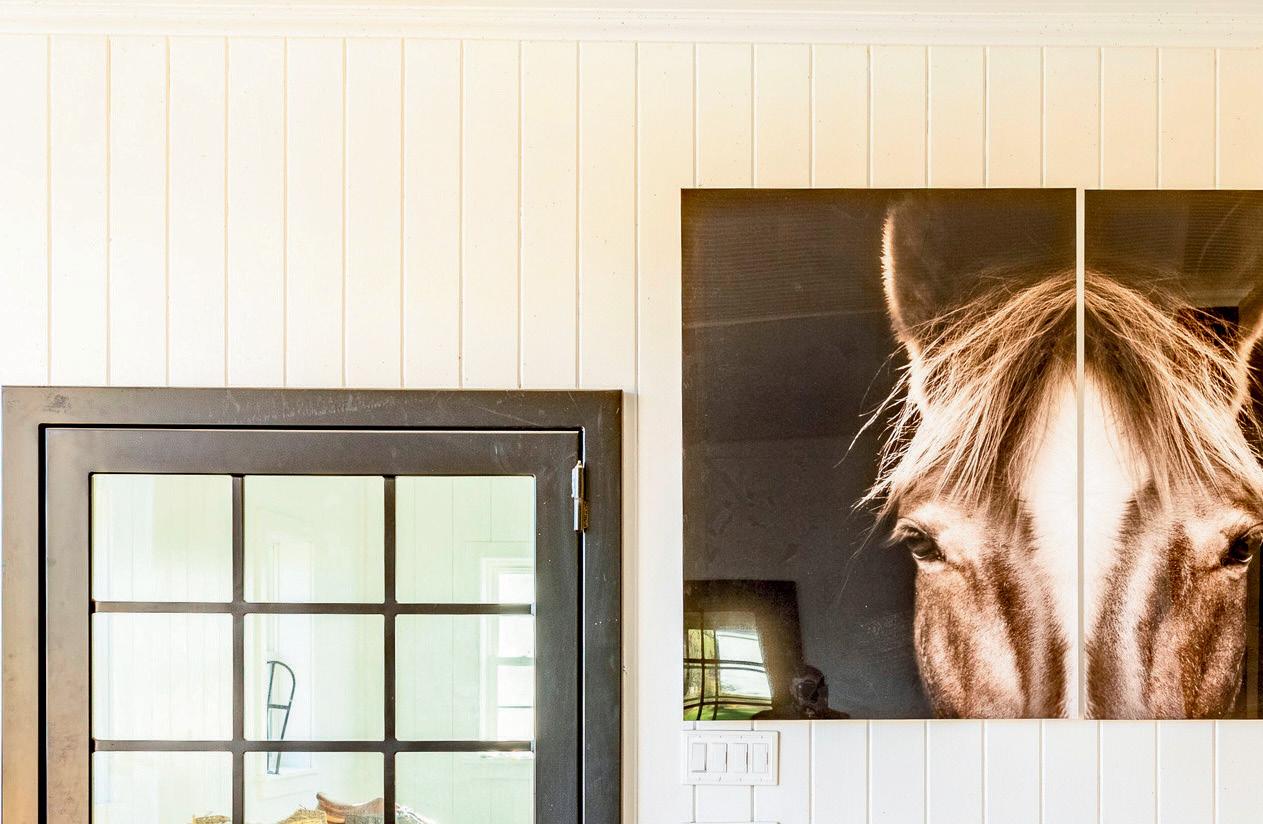
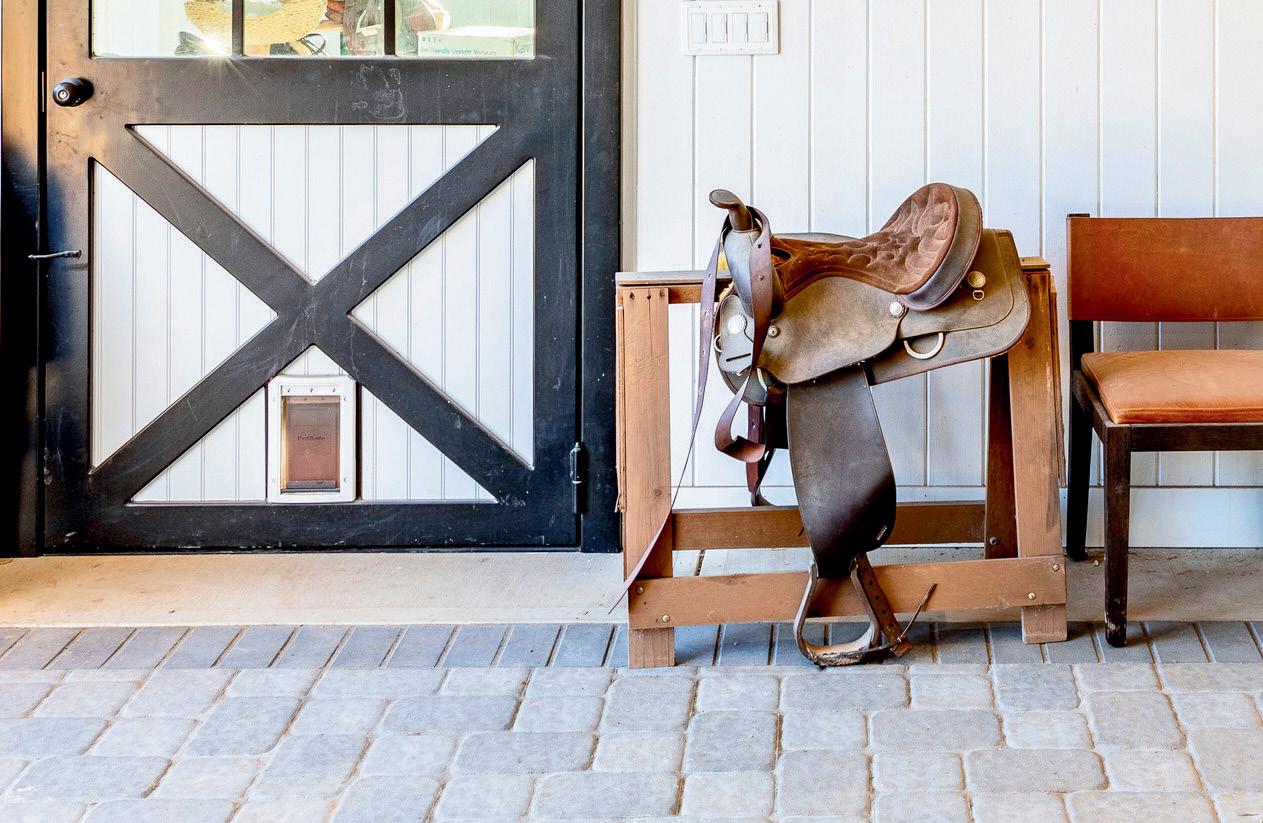
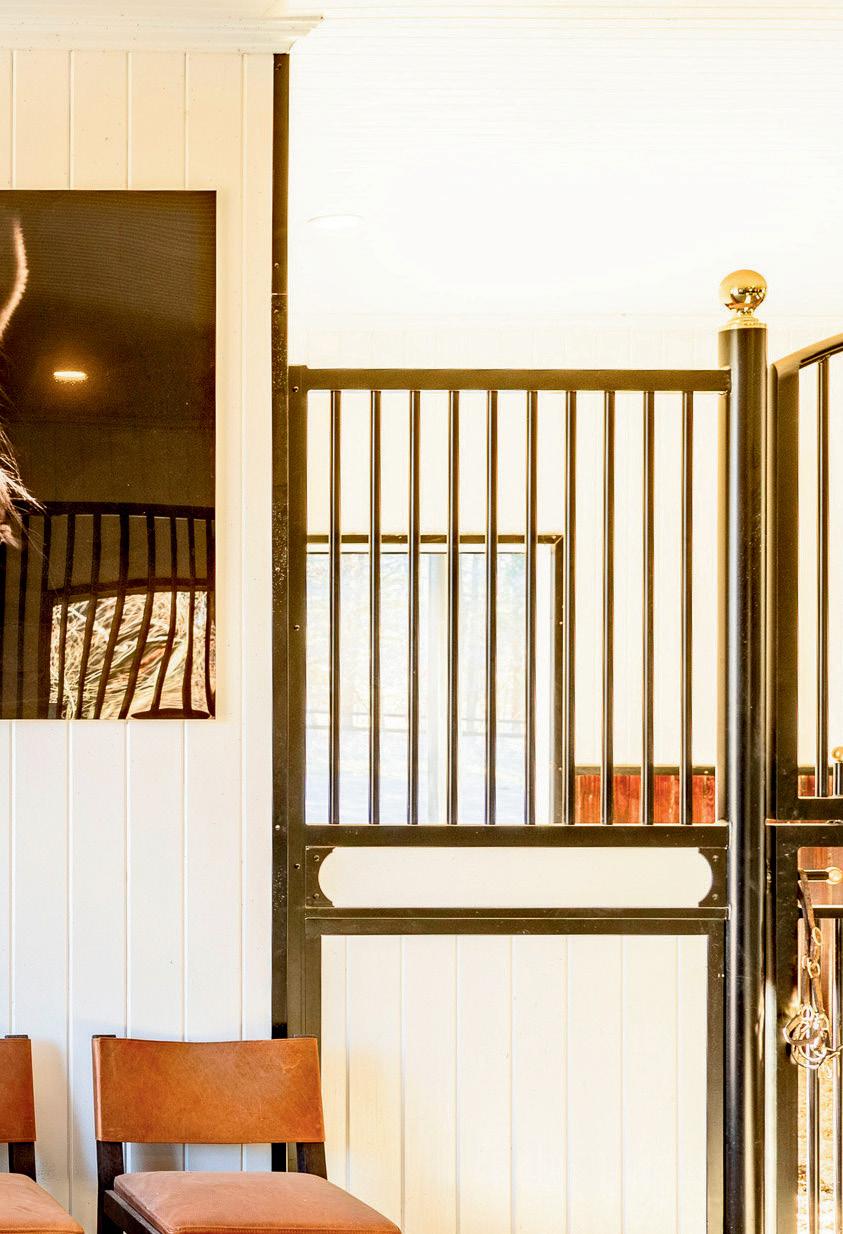
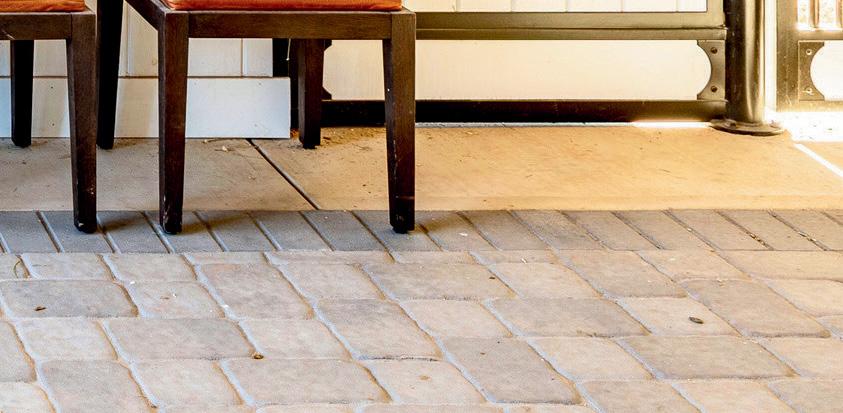

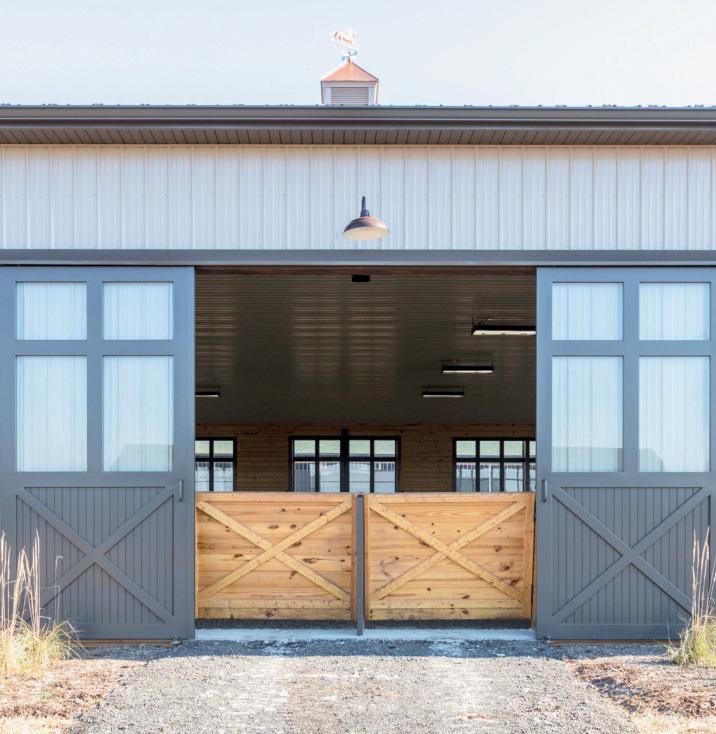
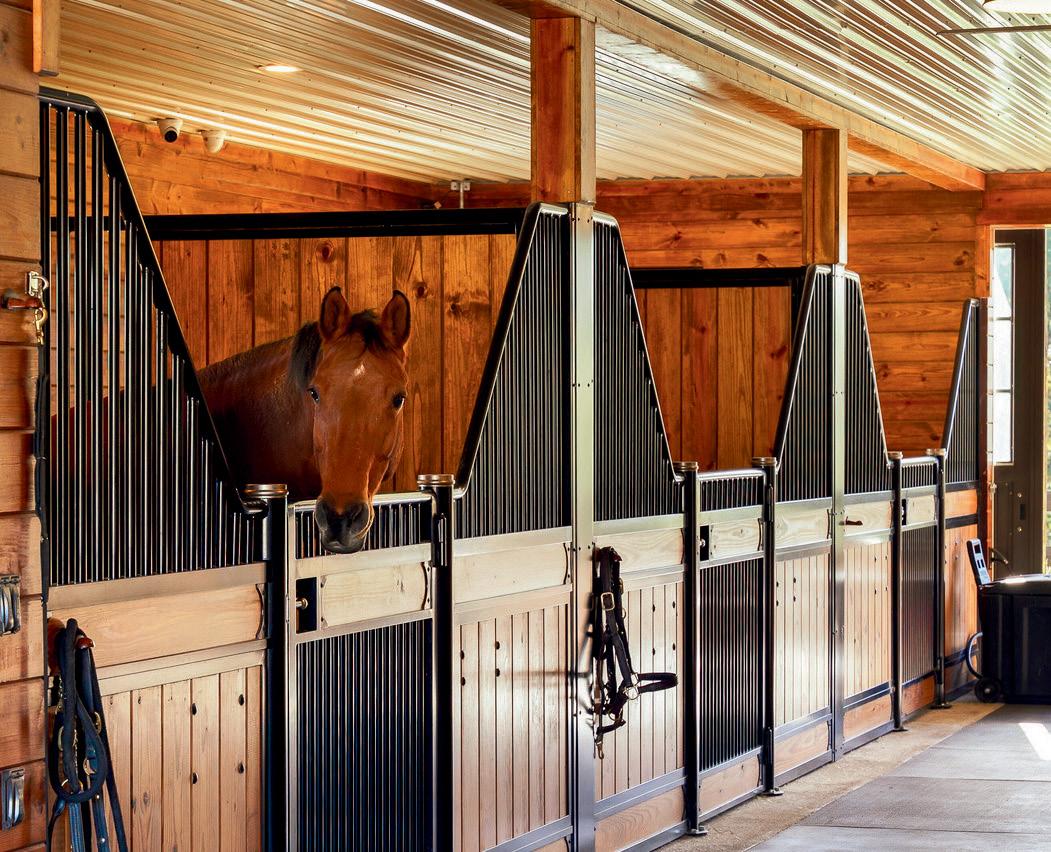

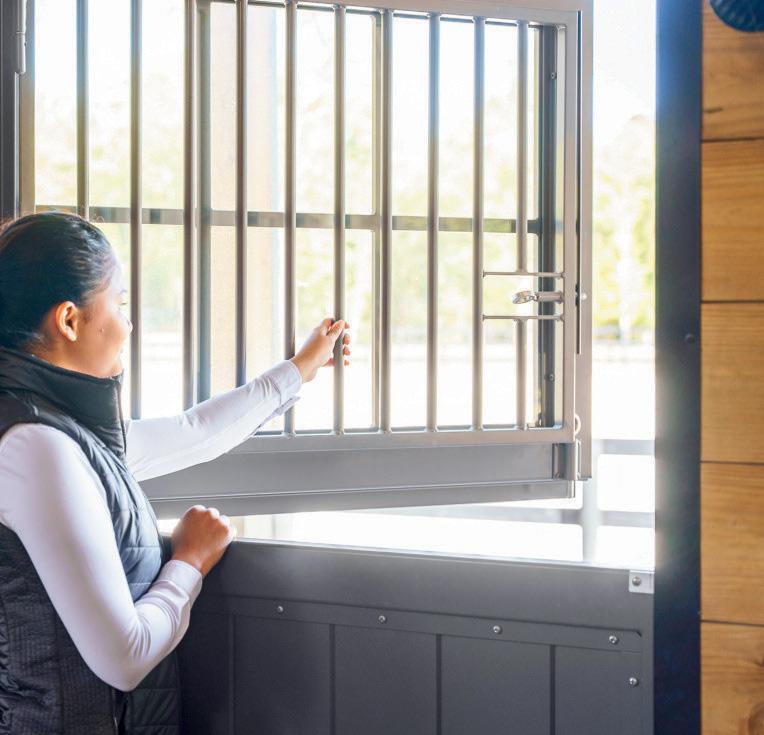
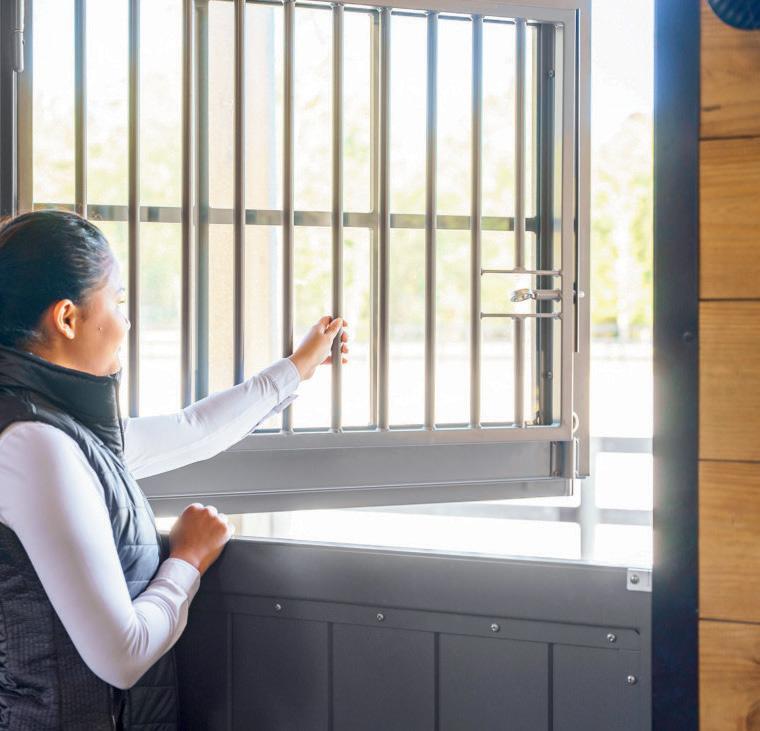
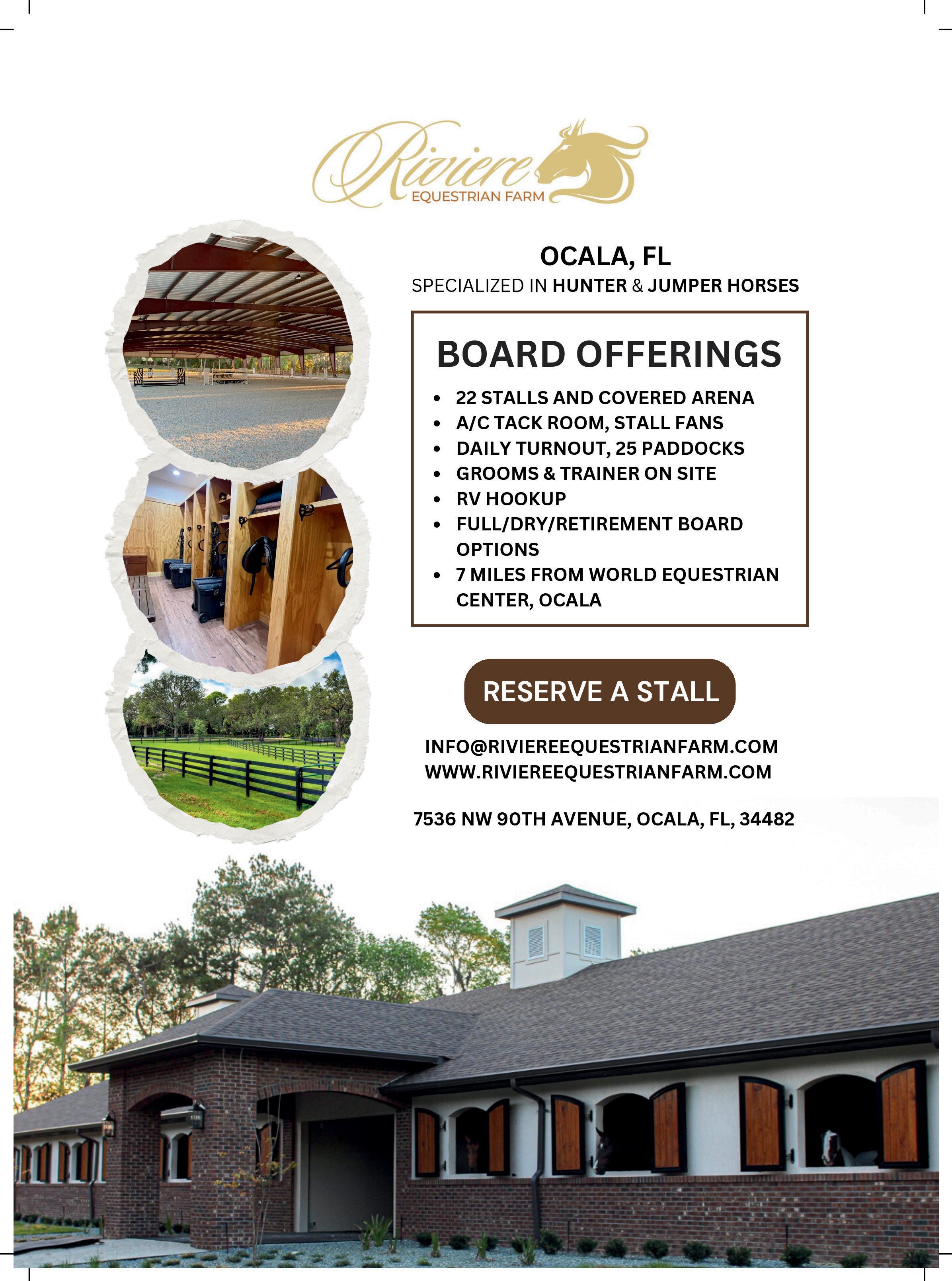
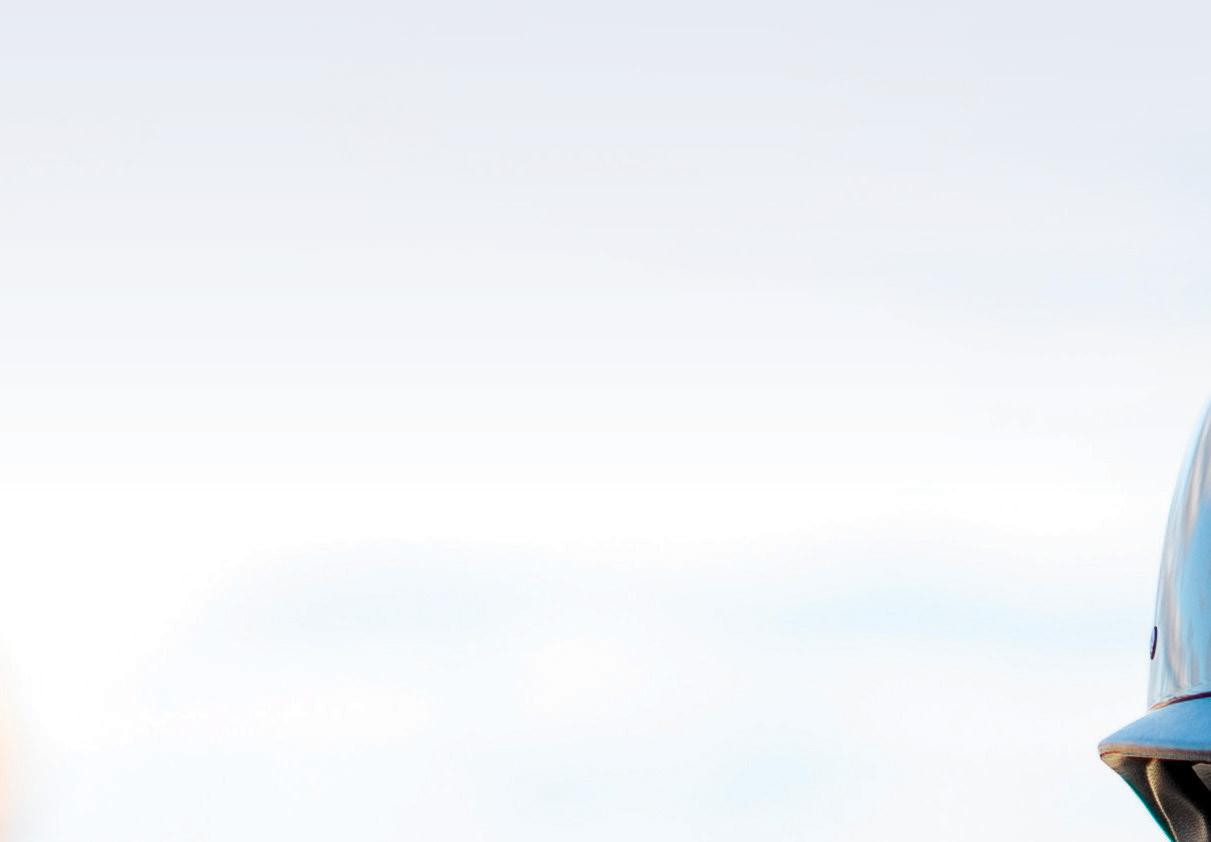


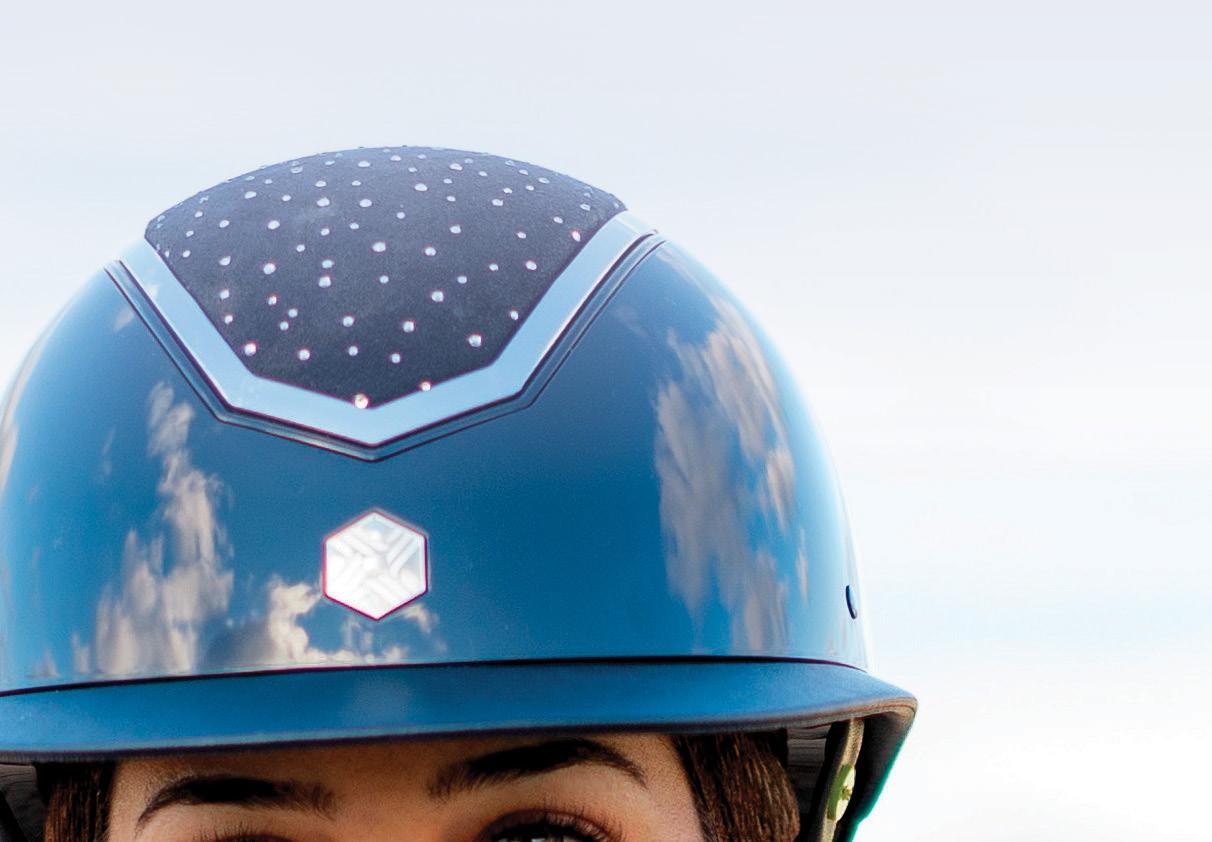
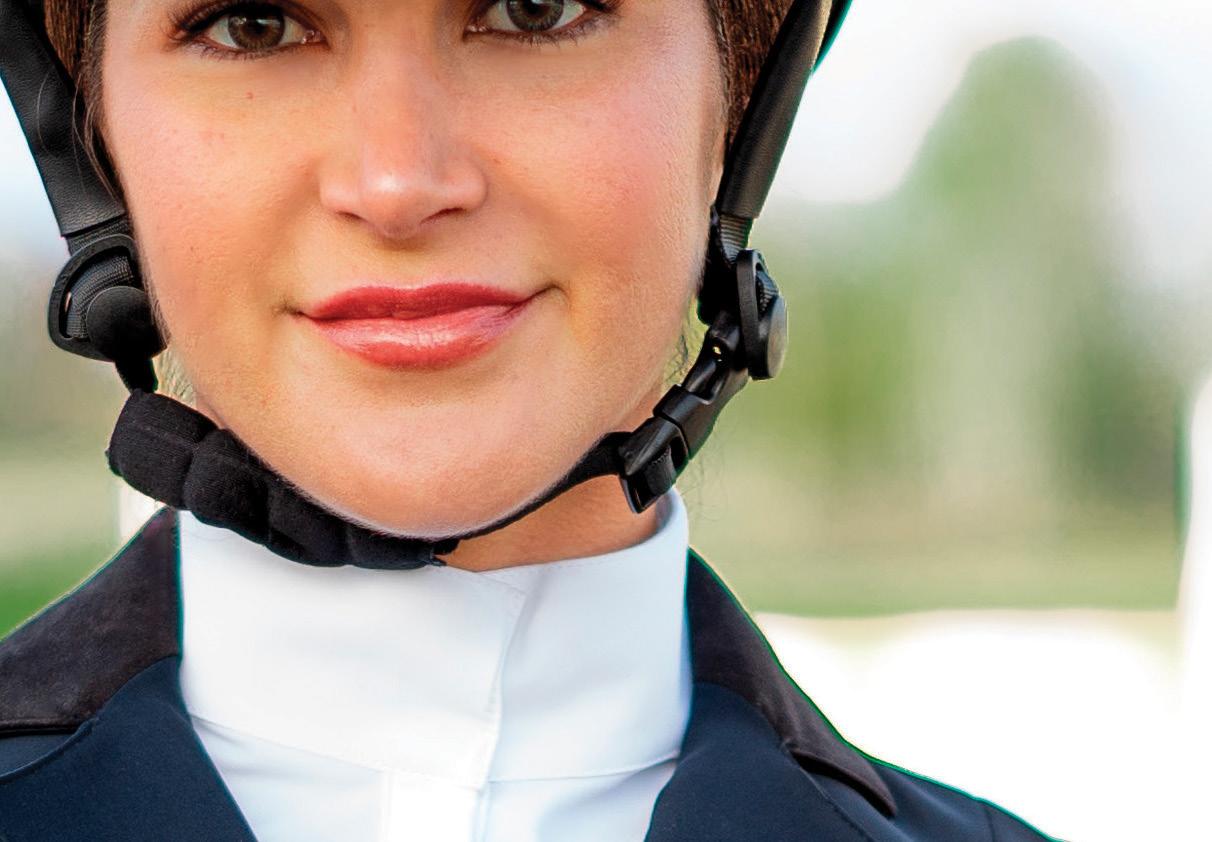


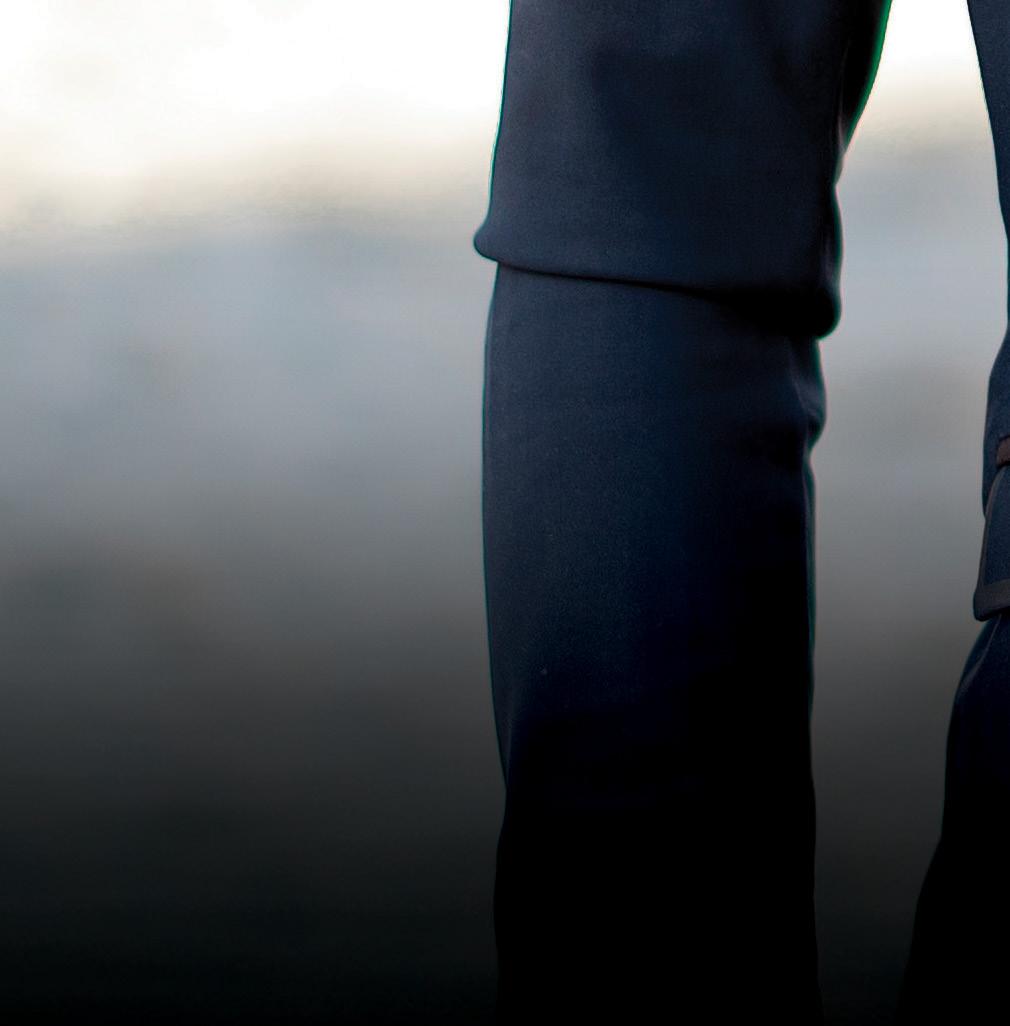
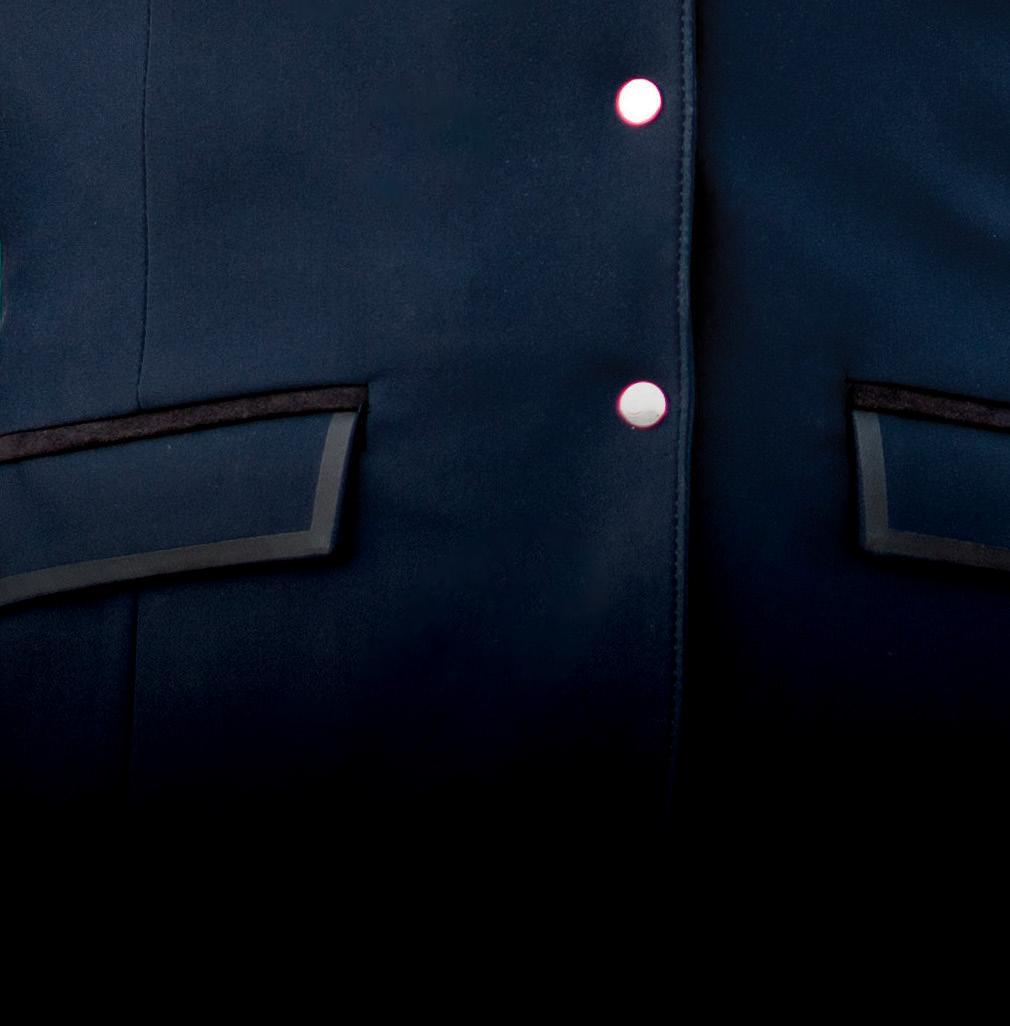


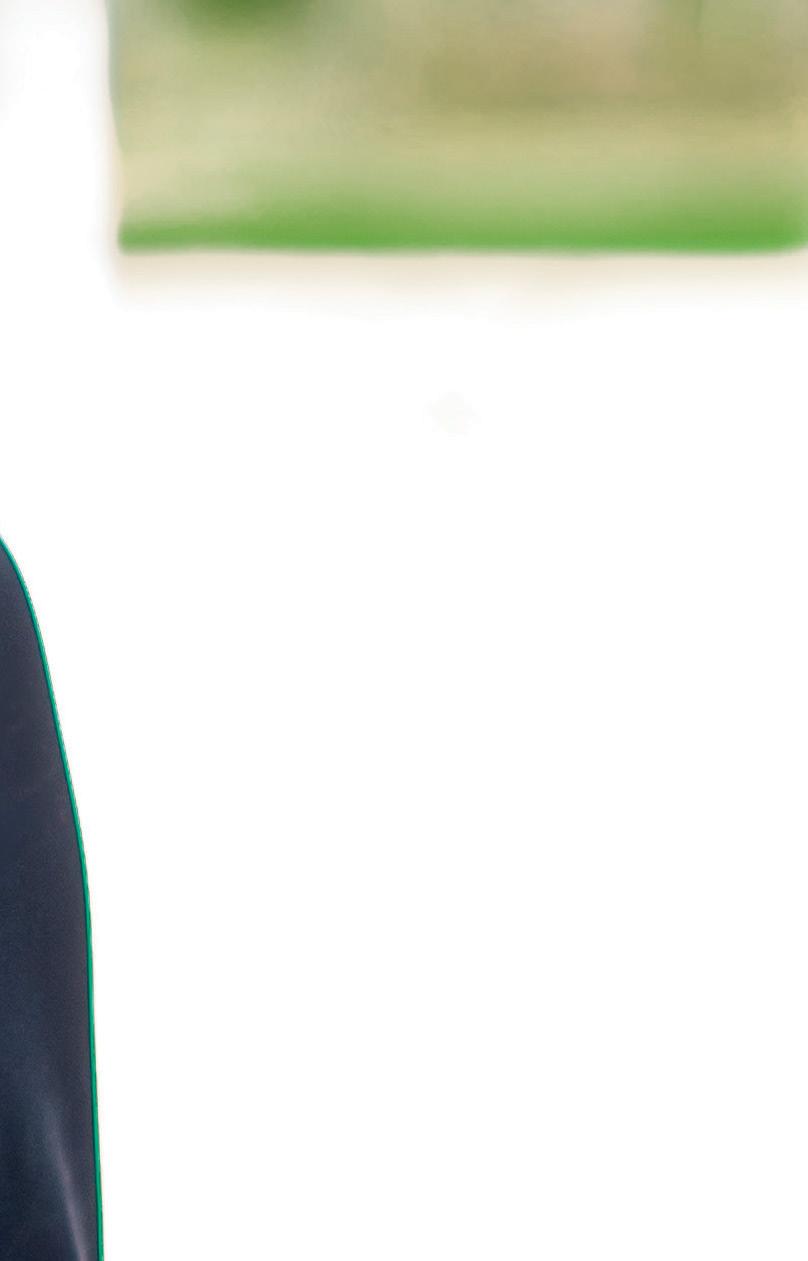
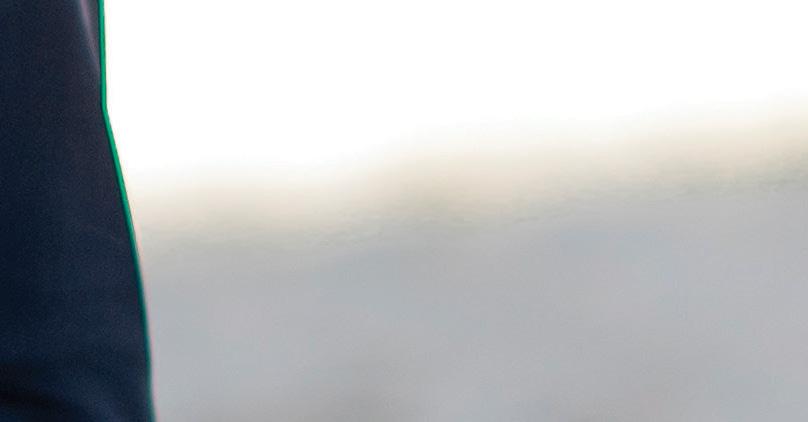
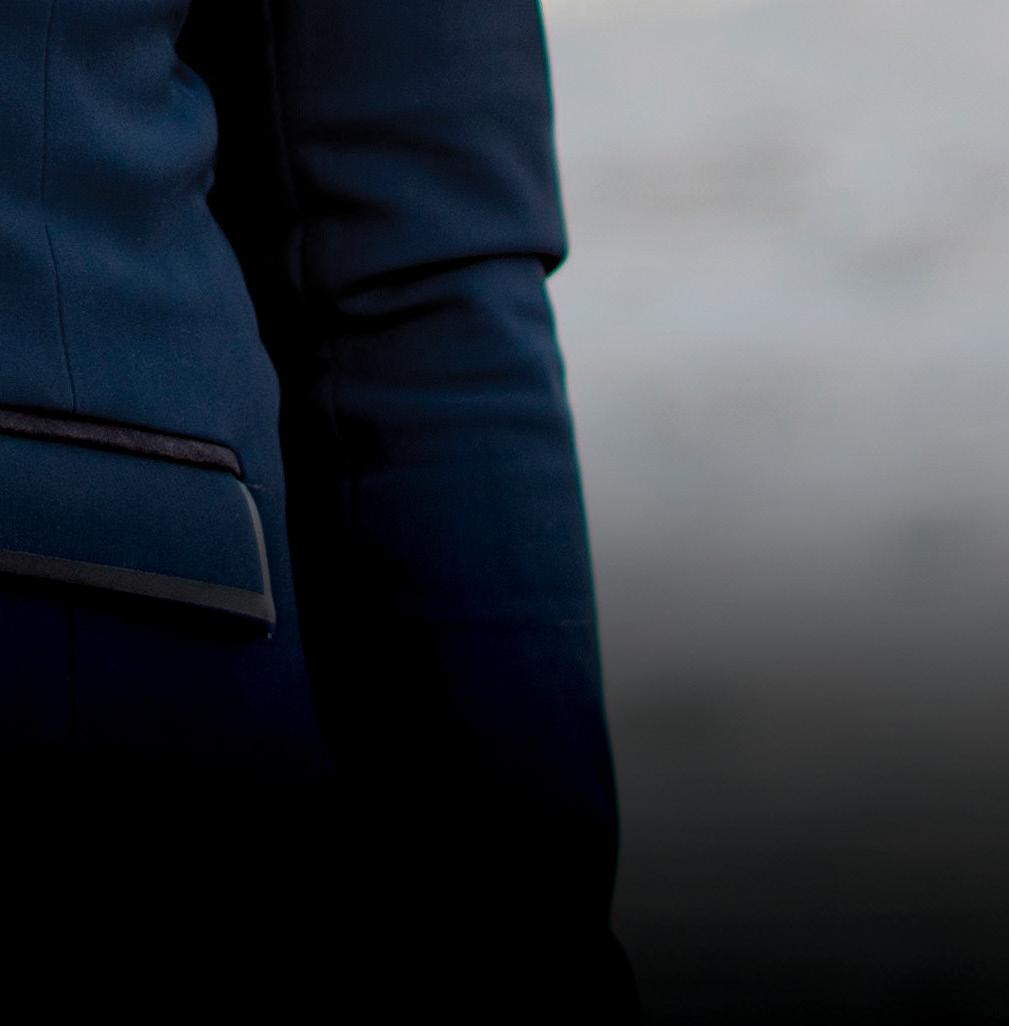

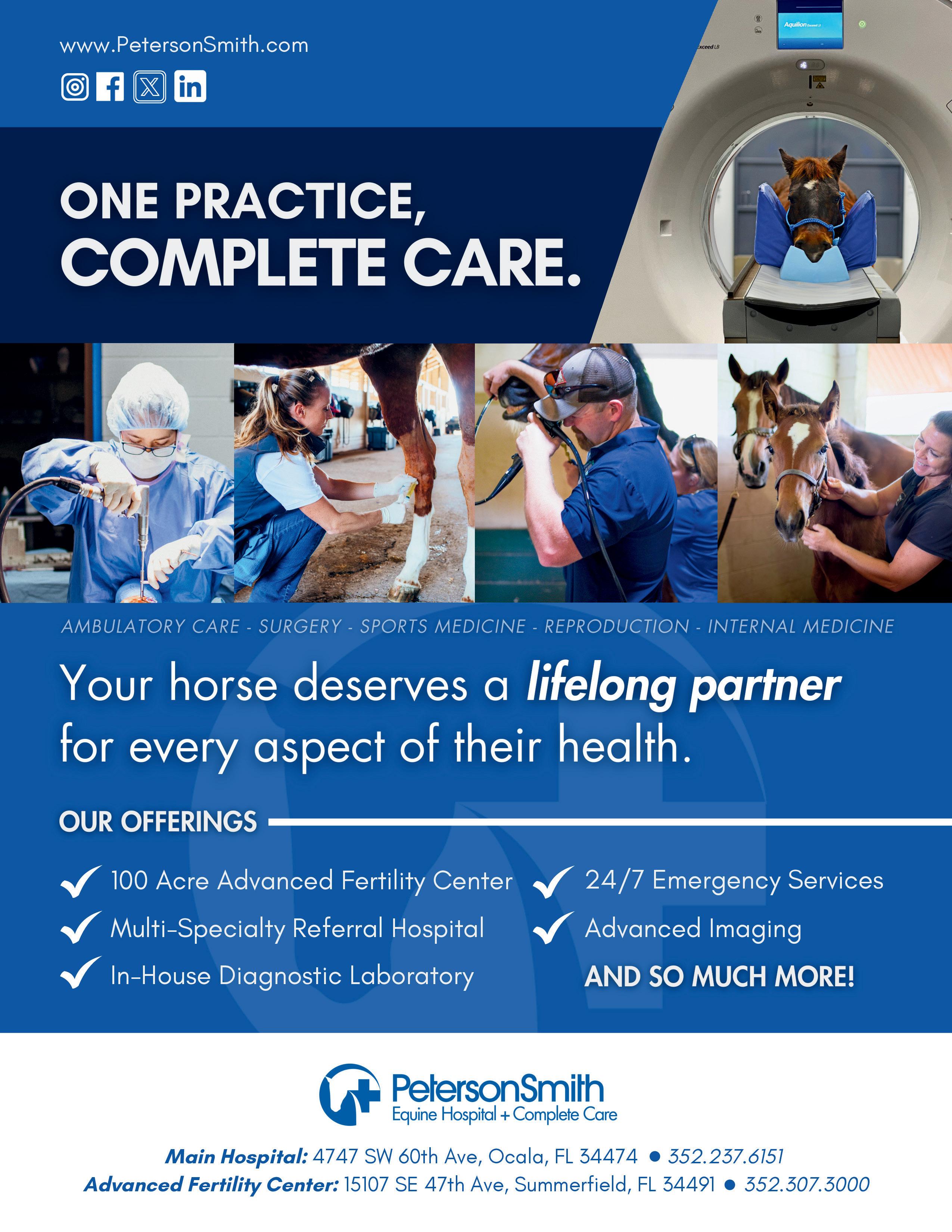








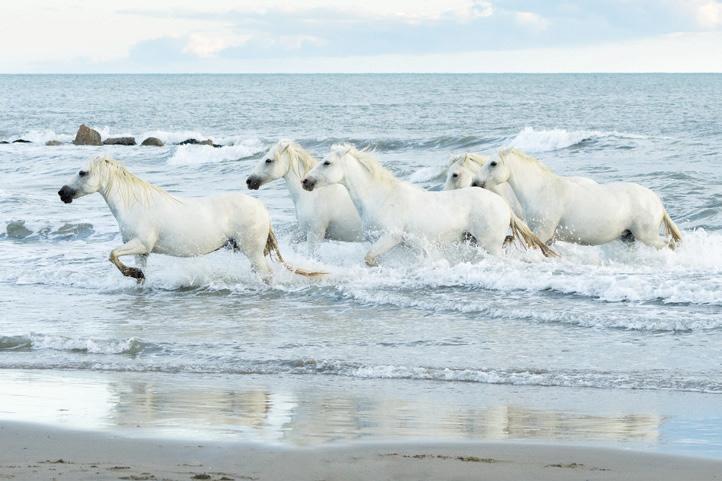


✰ Putting horse welfare FIRST!
✰ Taking care of your barn family.
✰ RESTING! You can’t perform at your best without rest.
✰ Making mental health part of regular conversations.
✰ Commenting on people’s accomplishments—not their bodies.
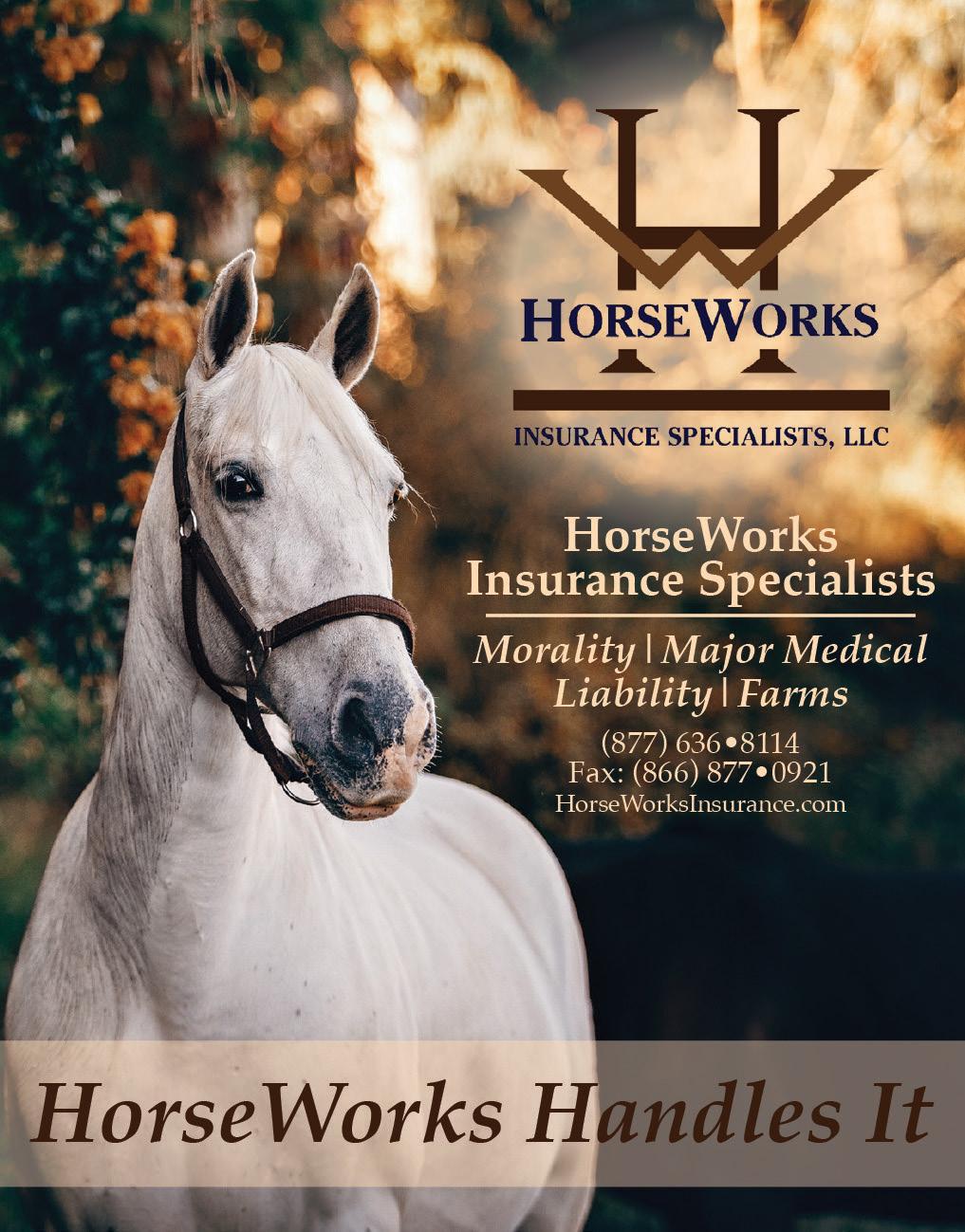

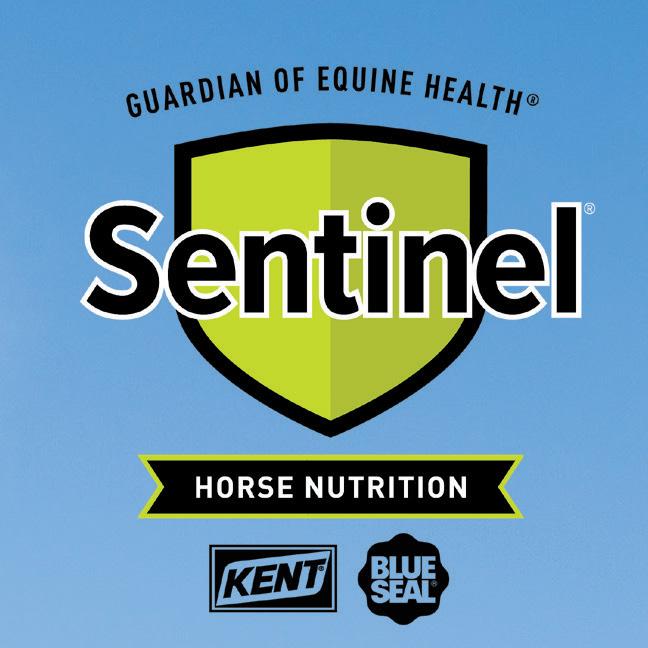
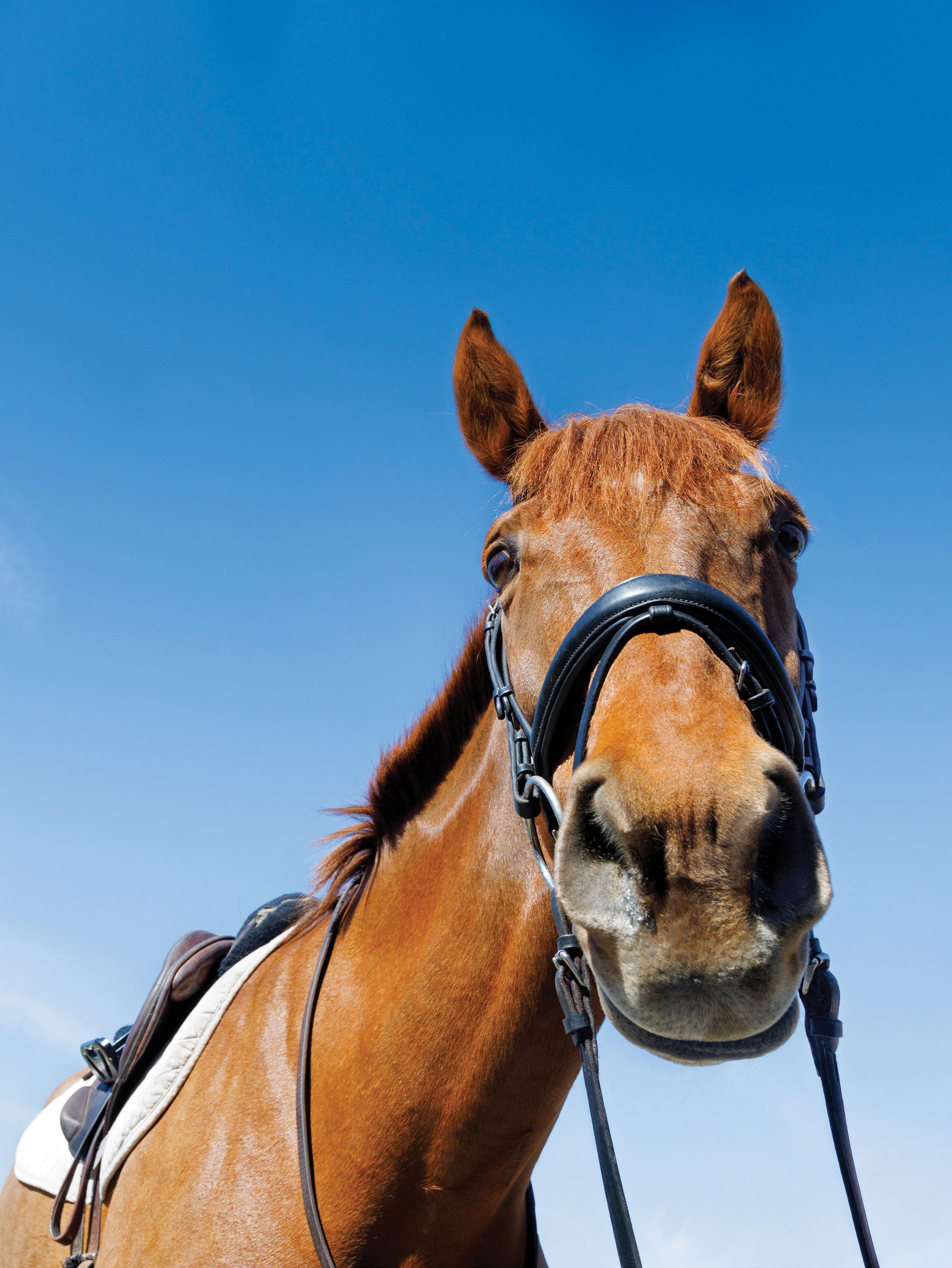


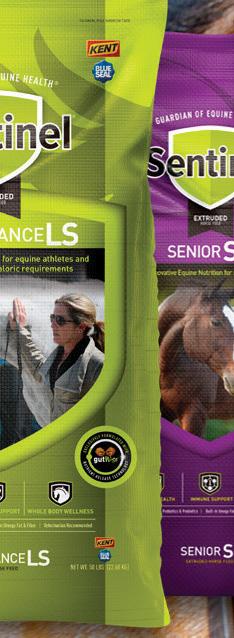
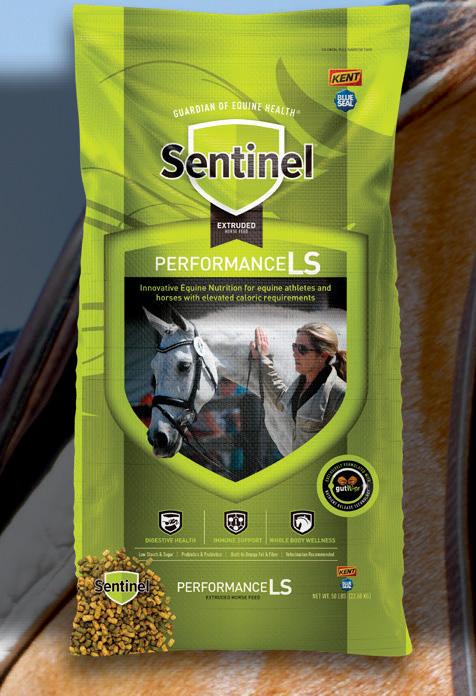

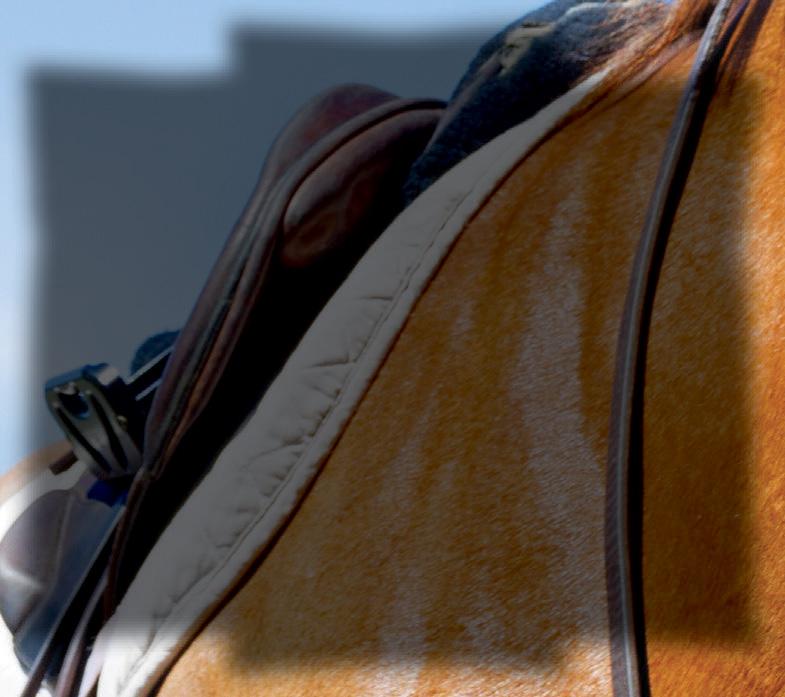

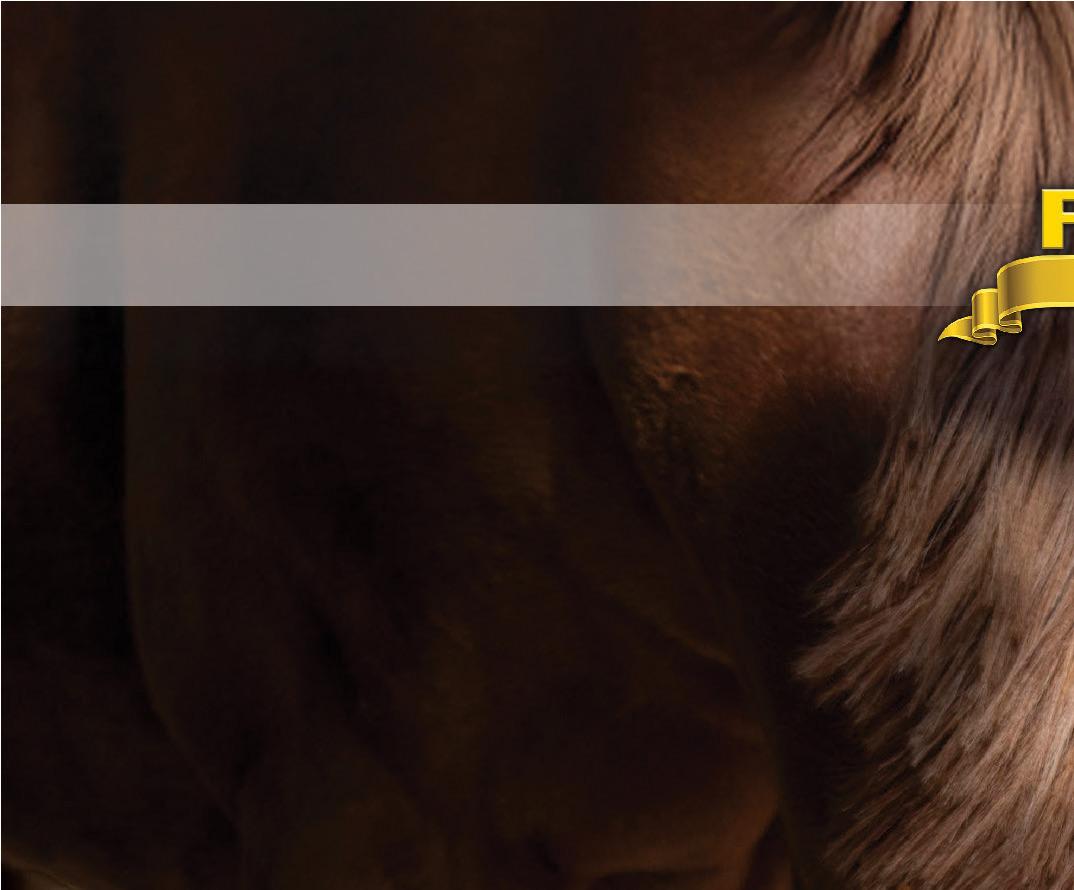
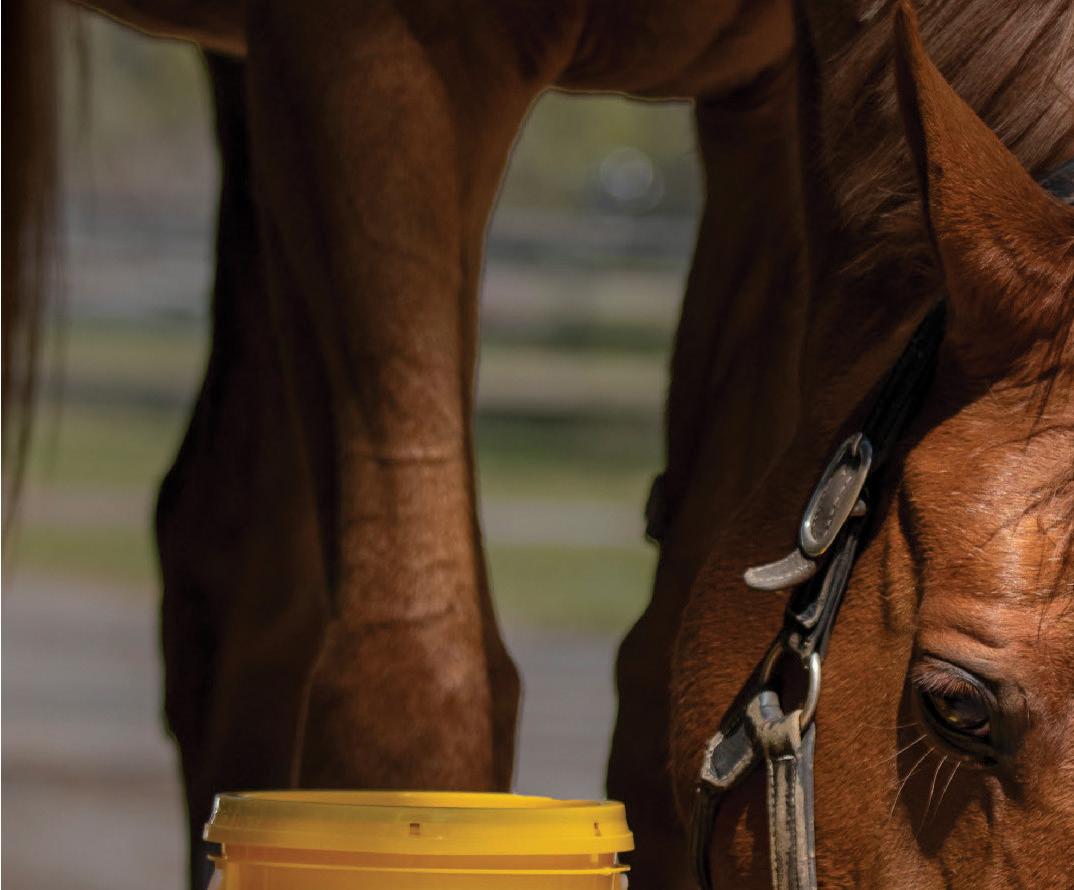
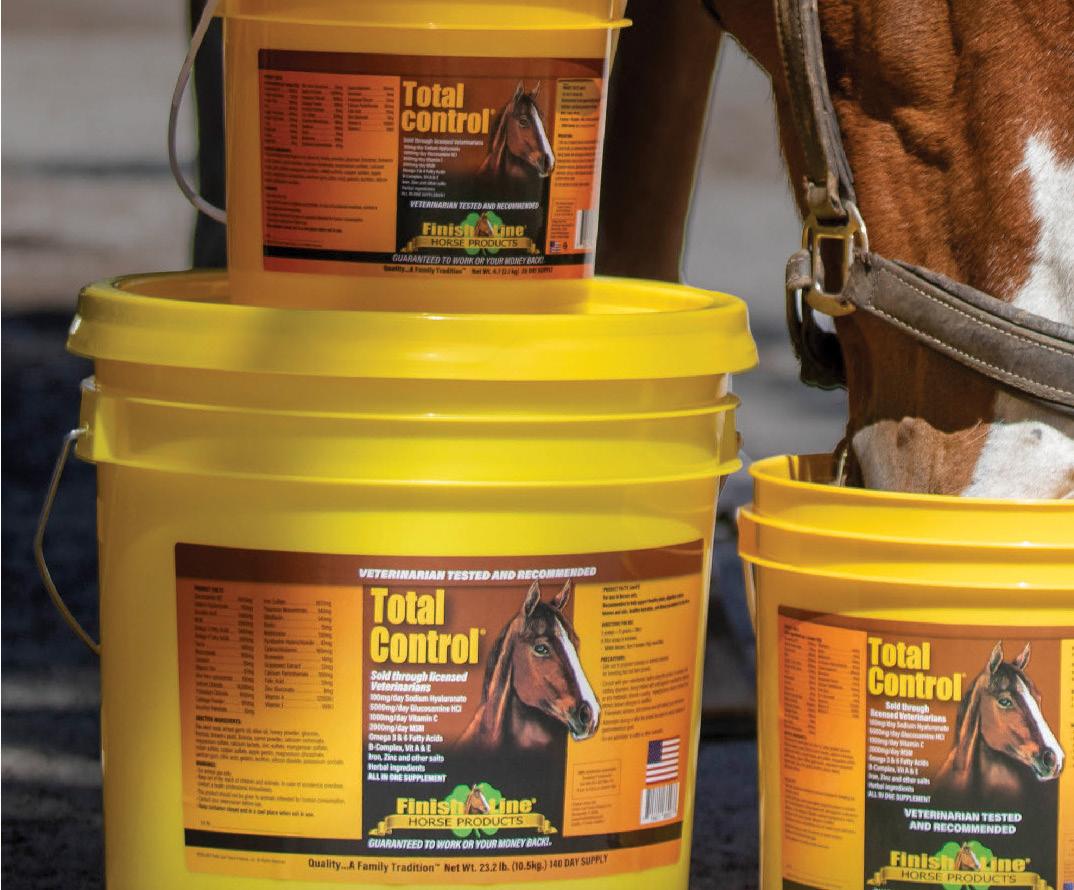
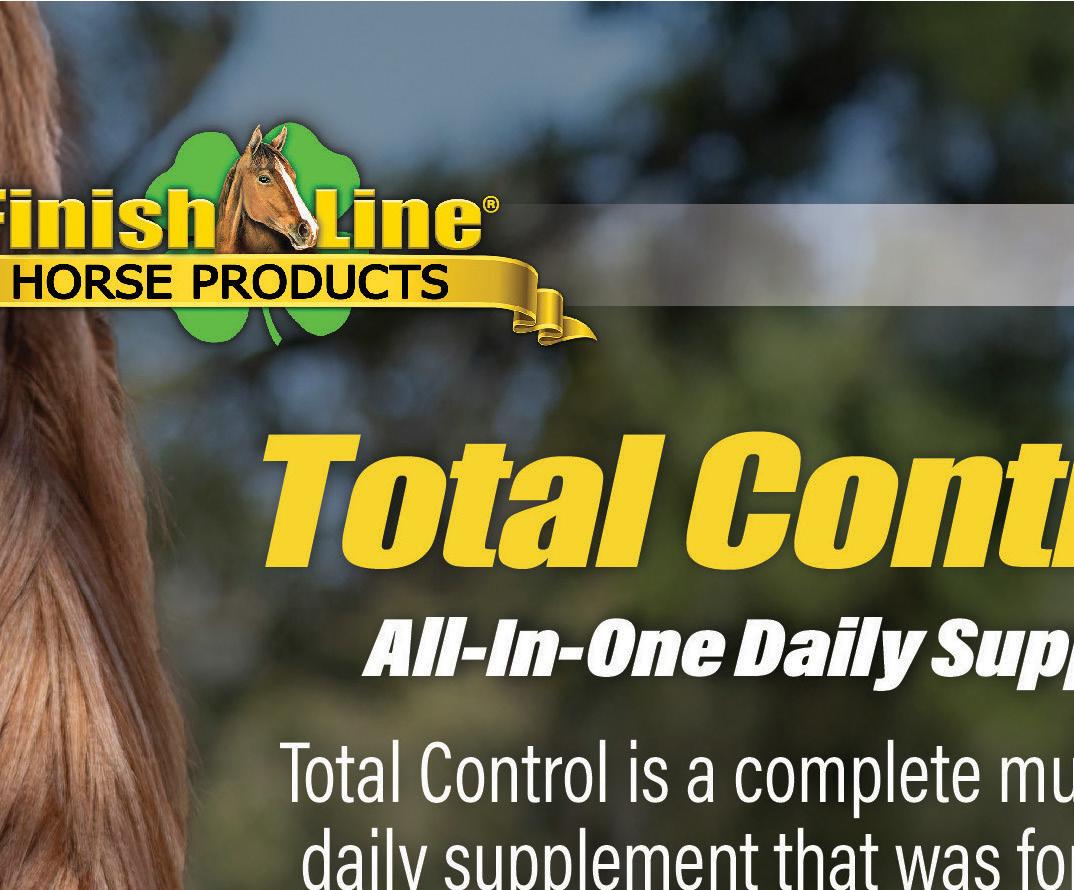
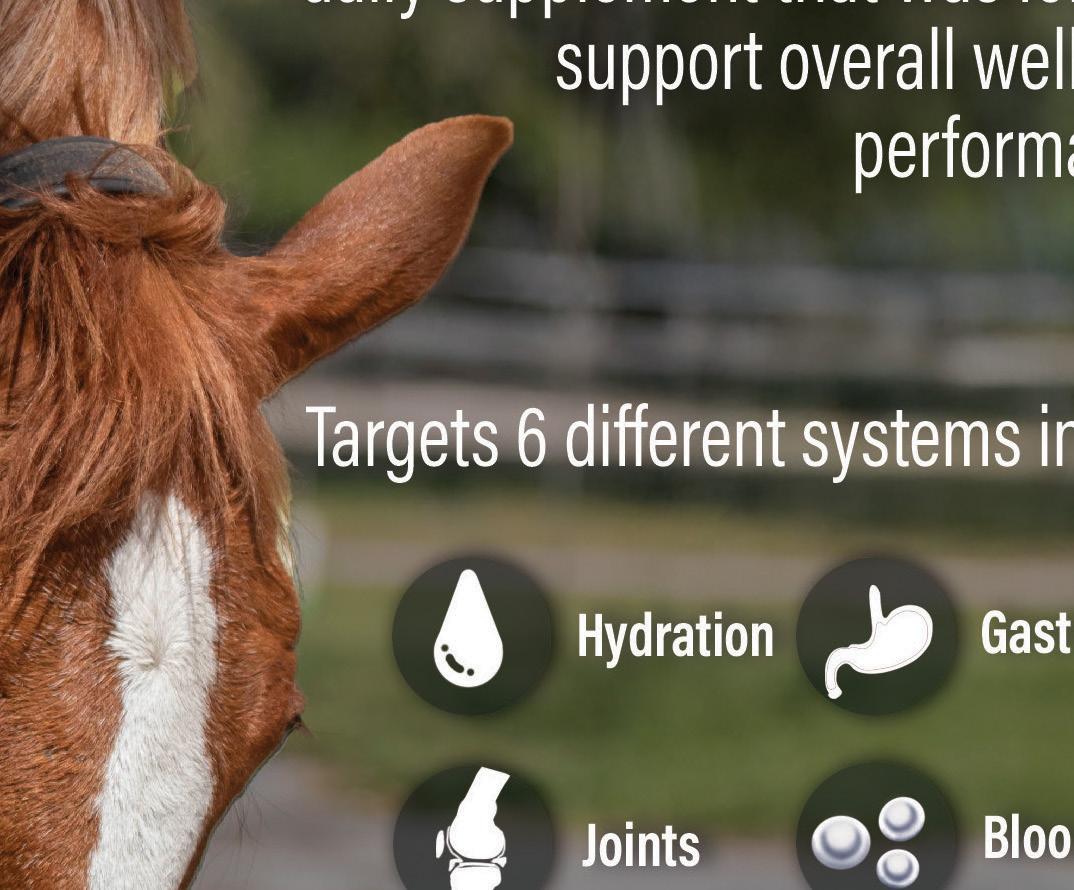
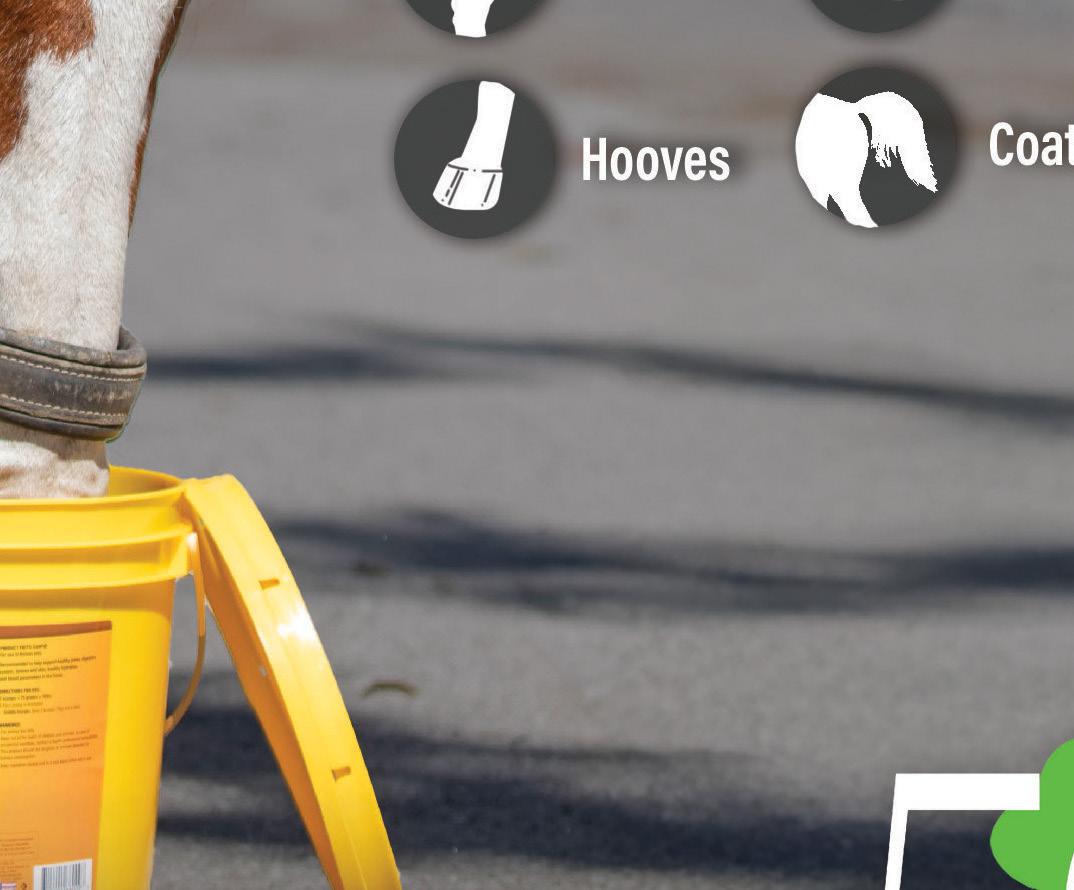
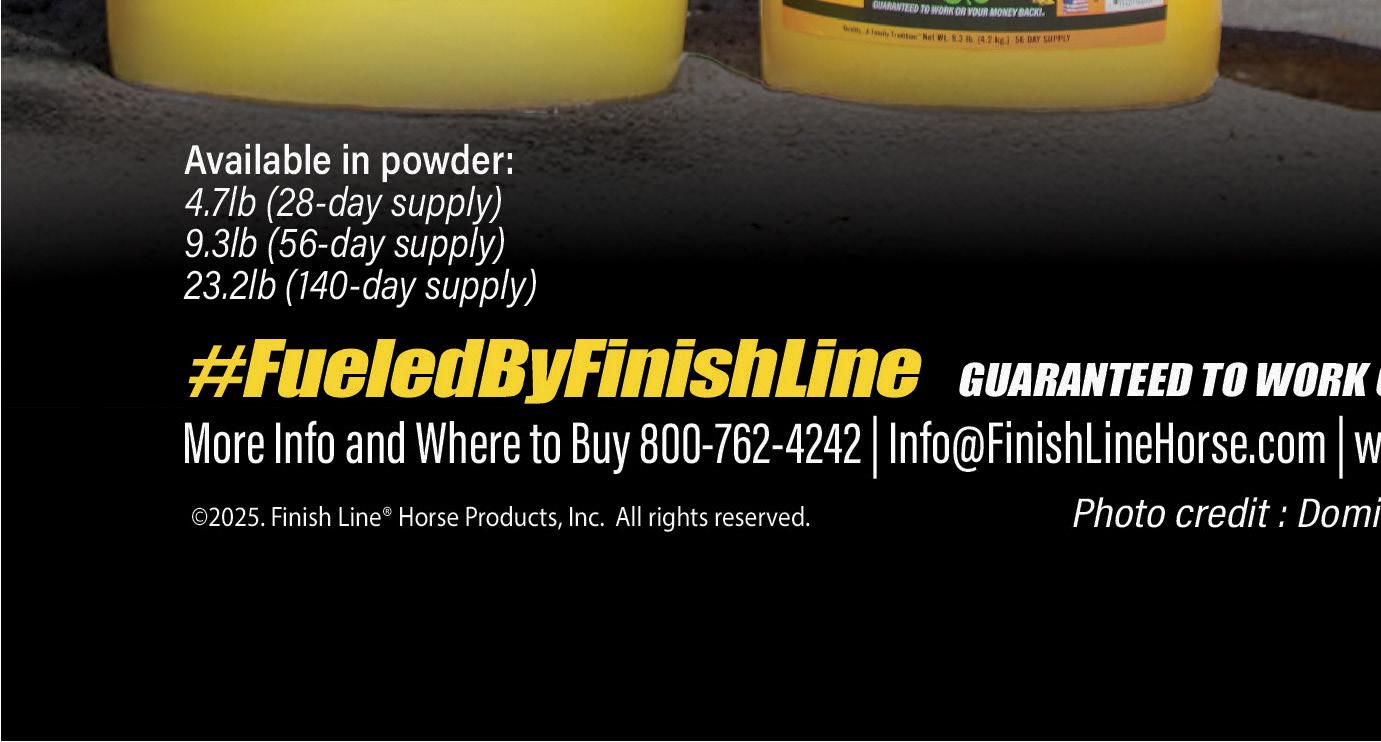
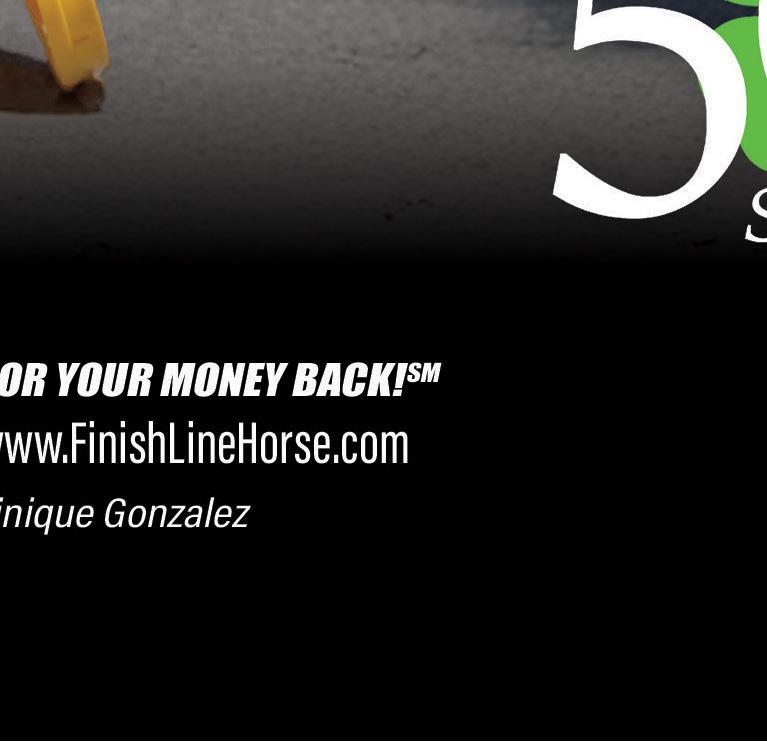

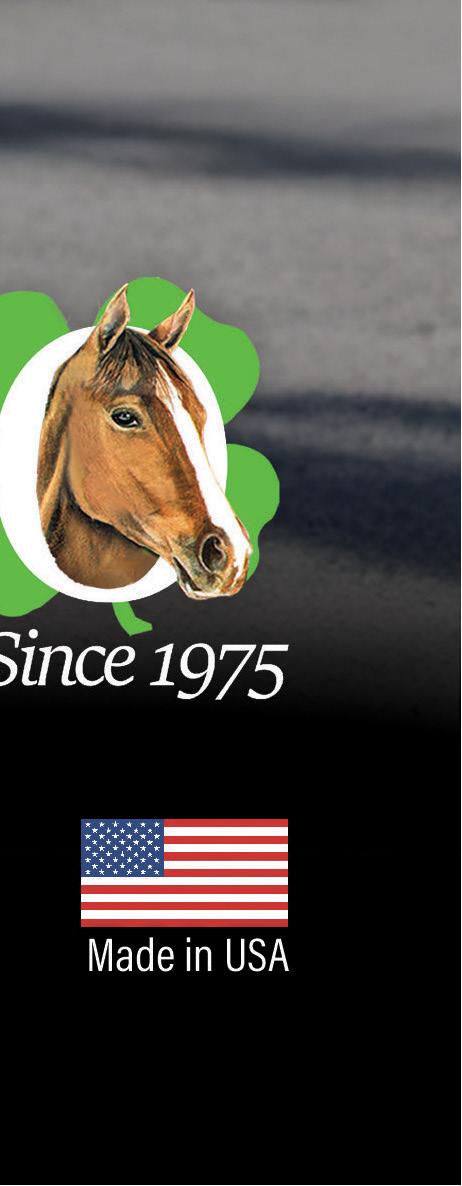
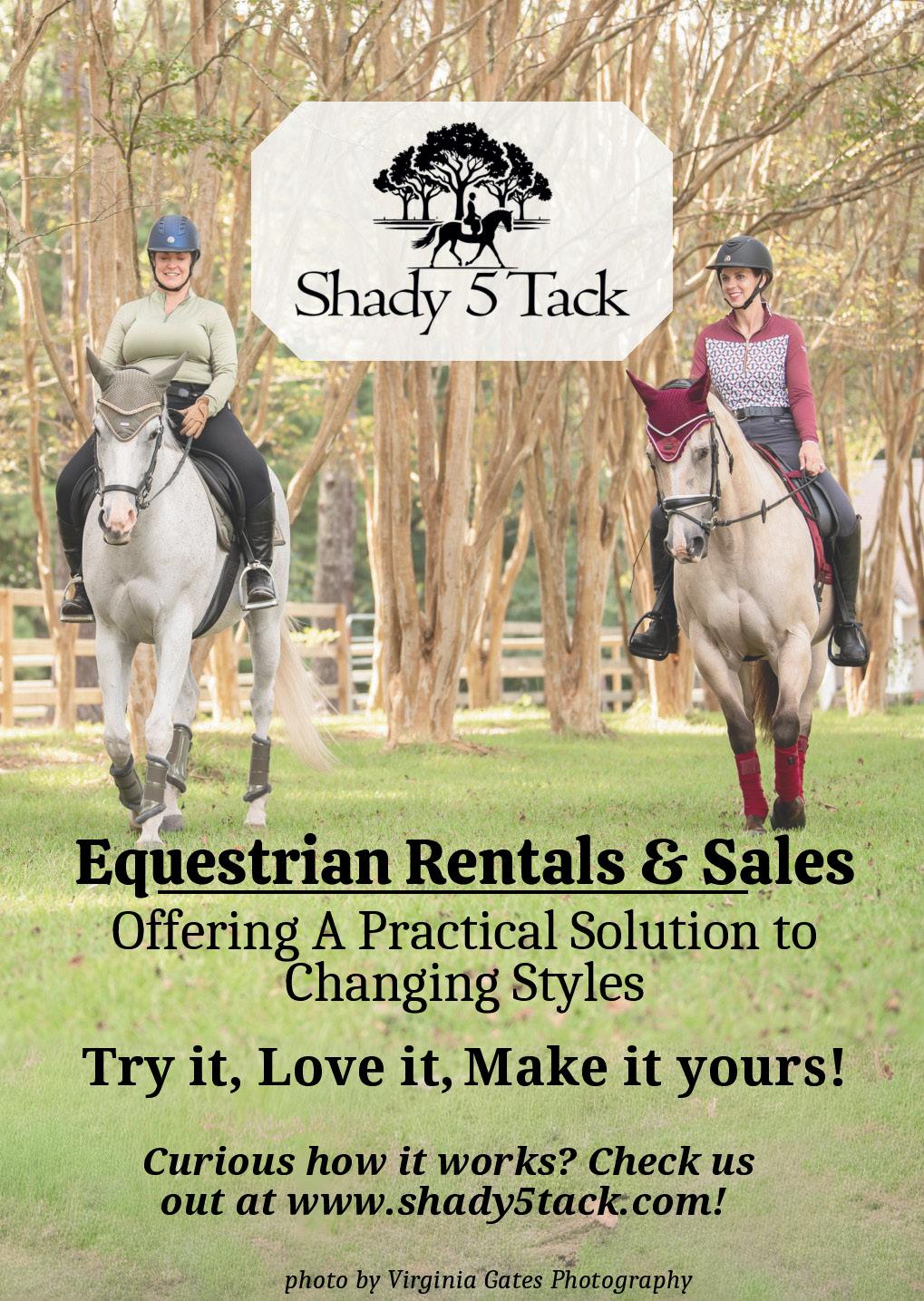


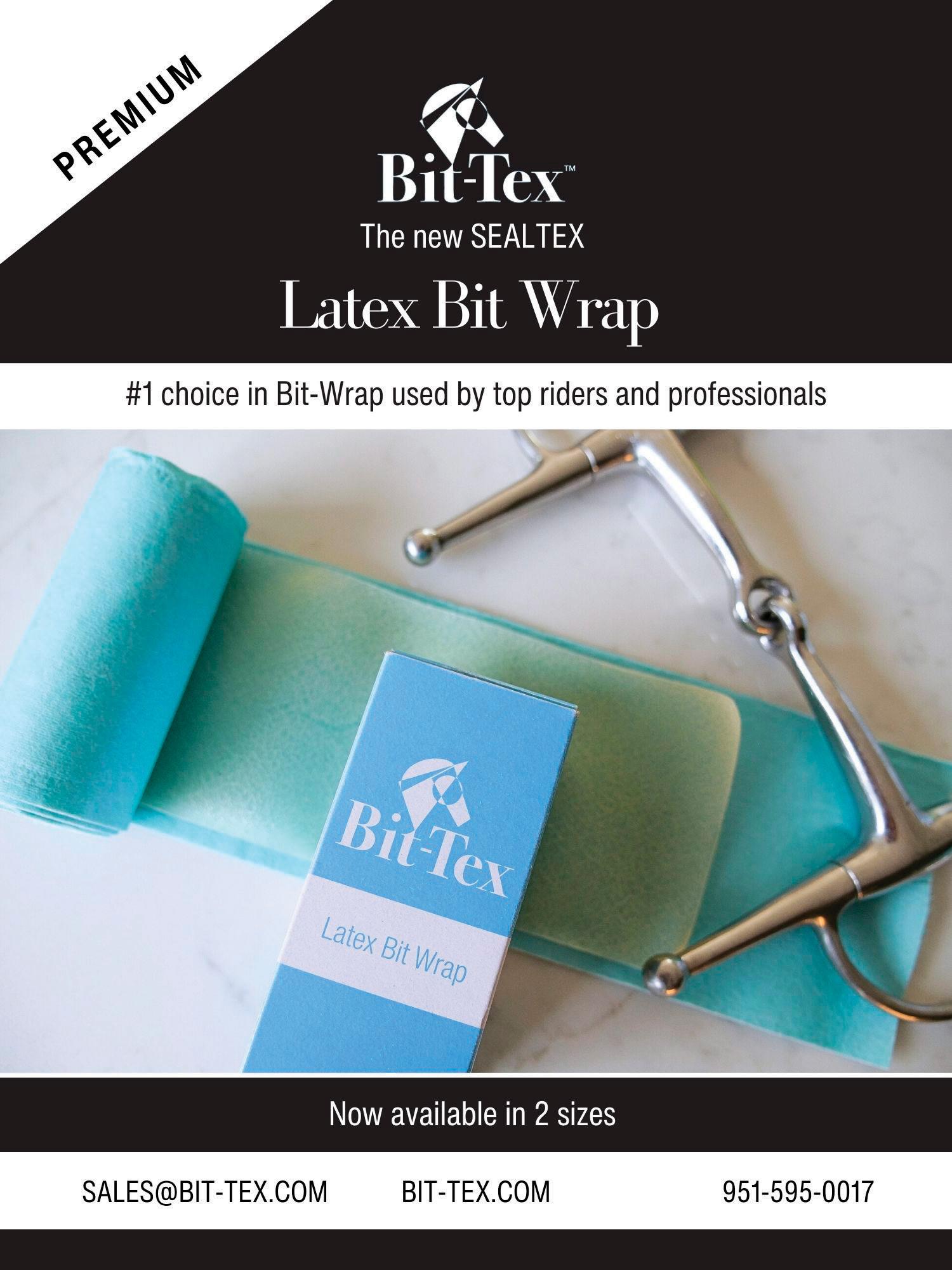
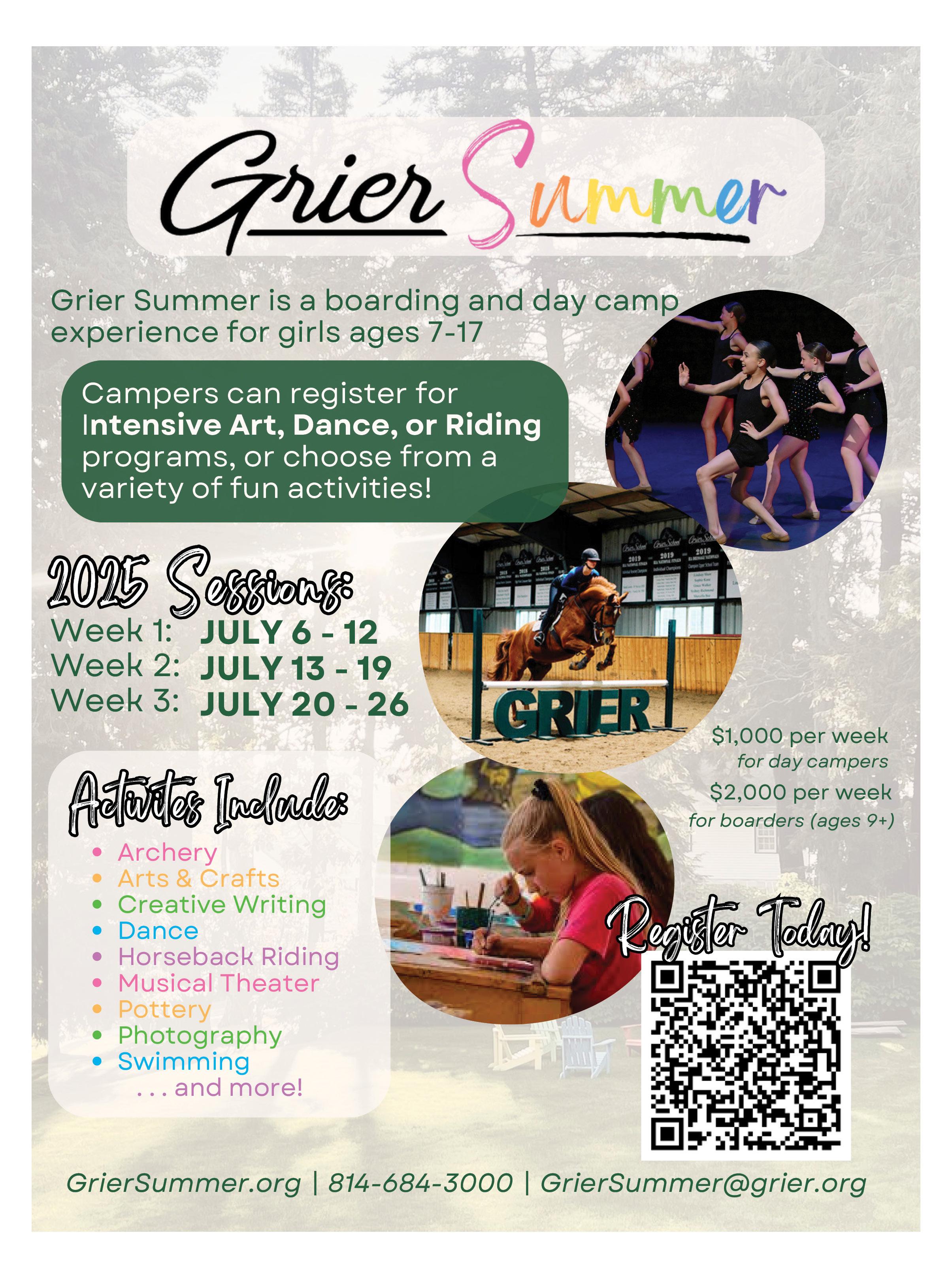

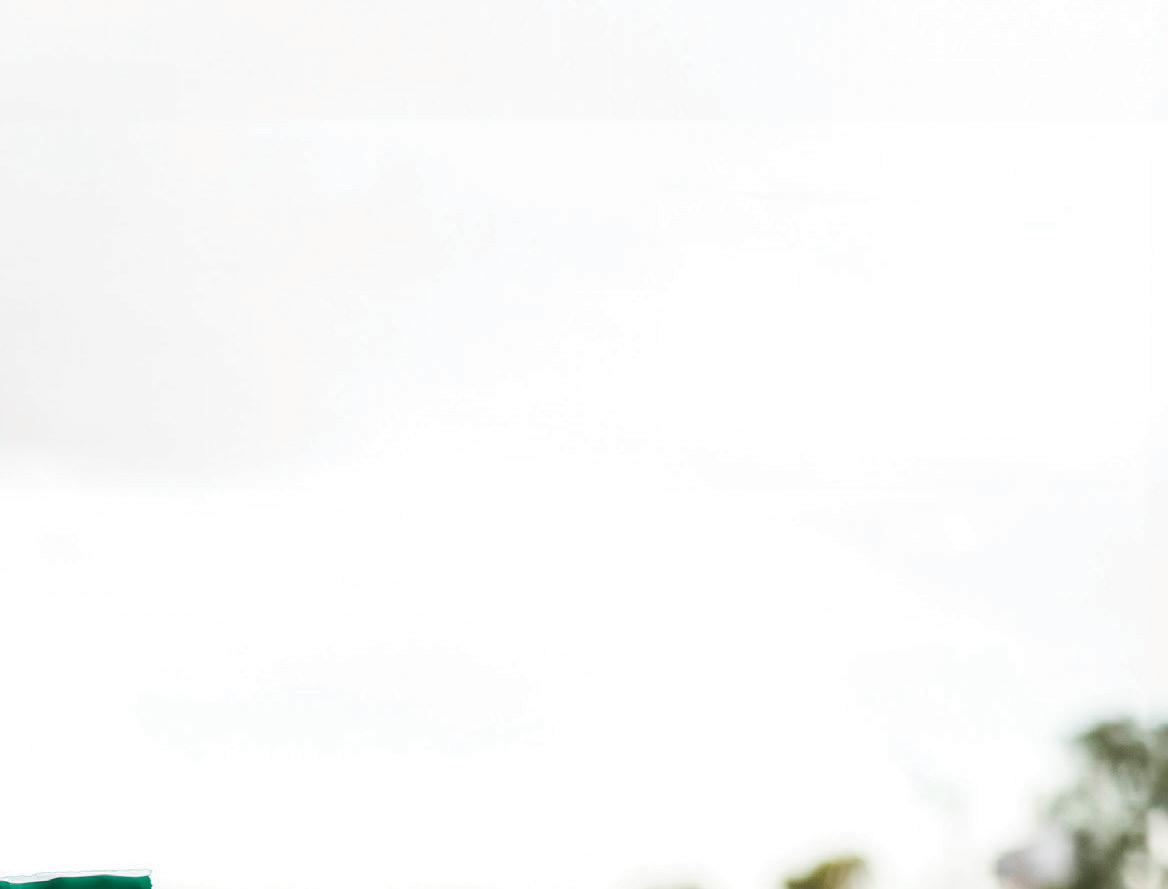


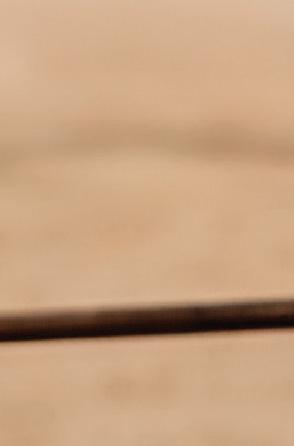




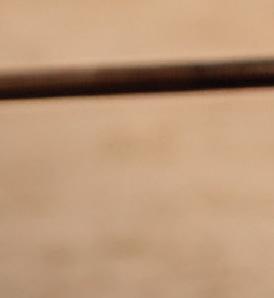





A low sugar and low starch forage blend enriched with probiotics to optimize microbiome function
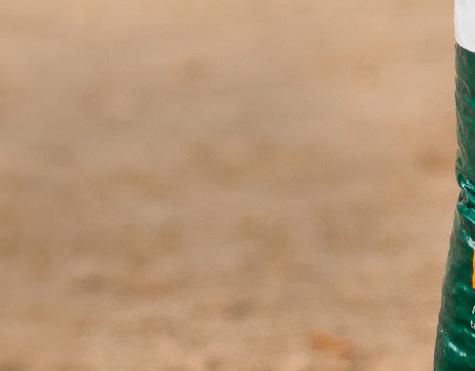

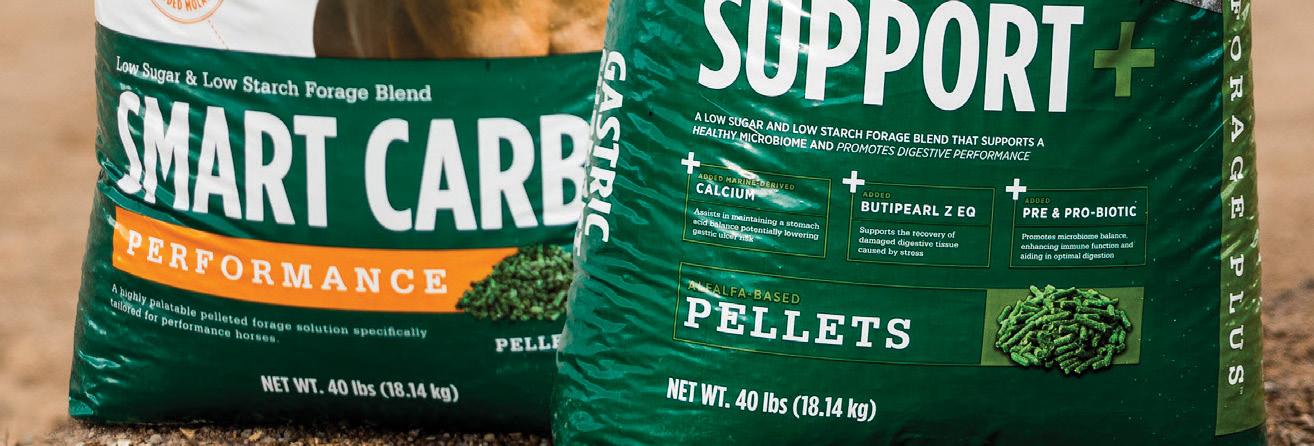


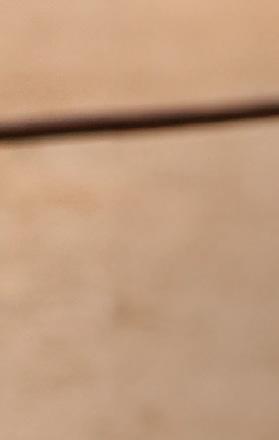
An alfalfa-based forage blend that supports a healthy microbiome and promotes digestive performance


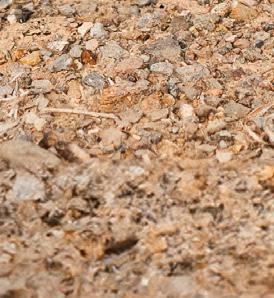

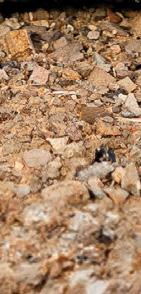


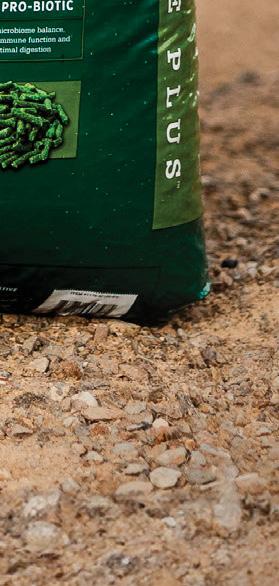
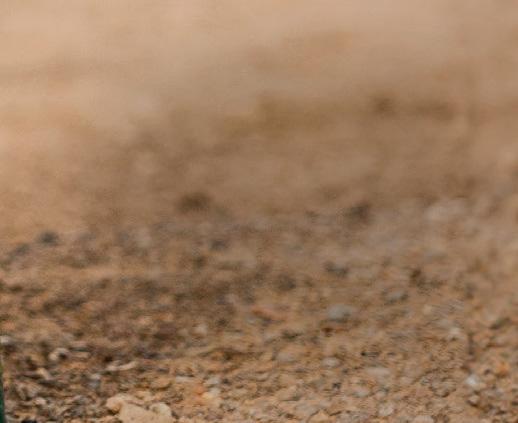
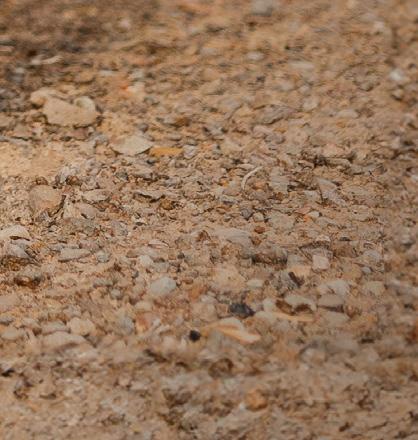

WHILE THE future of veterinary medicine can seem daunting on so many levels, it is impossible not to feel positive and optimistic after talking to Dr. Alberto Rullan, VMD. His story of passion for horses and growth in his education began at a young age. As he has expanded his practice and network, he has created pathways for more people to get involved and qualified at various levels of veterinary practices.
Alberto
Growing up in Puerto Rico, a country with no veterinary schools, Dr. Rullan experienced the heartbreaking loss of a family horse when he was just 8 years old. The horse was in a traffic accident with a truck and, even at that age, Rullan realized that a timely veterinarian could have likely saved the horse. (In reality, the vet couldn’t arrive at the farm for over

two days.) This experience crystallized his mission to figure out a pathway to become a vet himself, and a lifelong goal to provide exceptional equine healthcare to over a million horses.
“I worked hard to get good grades and my experience with horses was very intense—I had been following veterinarians around since I was 12. And when I was accepted to veterinary school I knew that’s where I was going,” Dr. Rullan tells The Plaid Horse
Coming from a rural farm family, Dr. Rullan faced multiple obstacles to his mission. Since there were no veterinary schools in Puerto Rico, he would have to go to the United States for college. This posed a challenge as he spoke no English and had limited financial resources. Undeterred, when he was accepted to Penn State University, he started his time
Dr. Alberto Rullan and veterinary technician Yazmin Rivera performing a flexion test

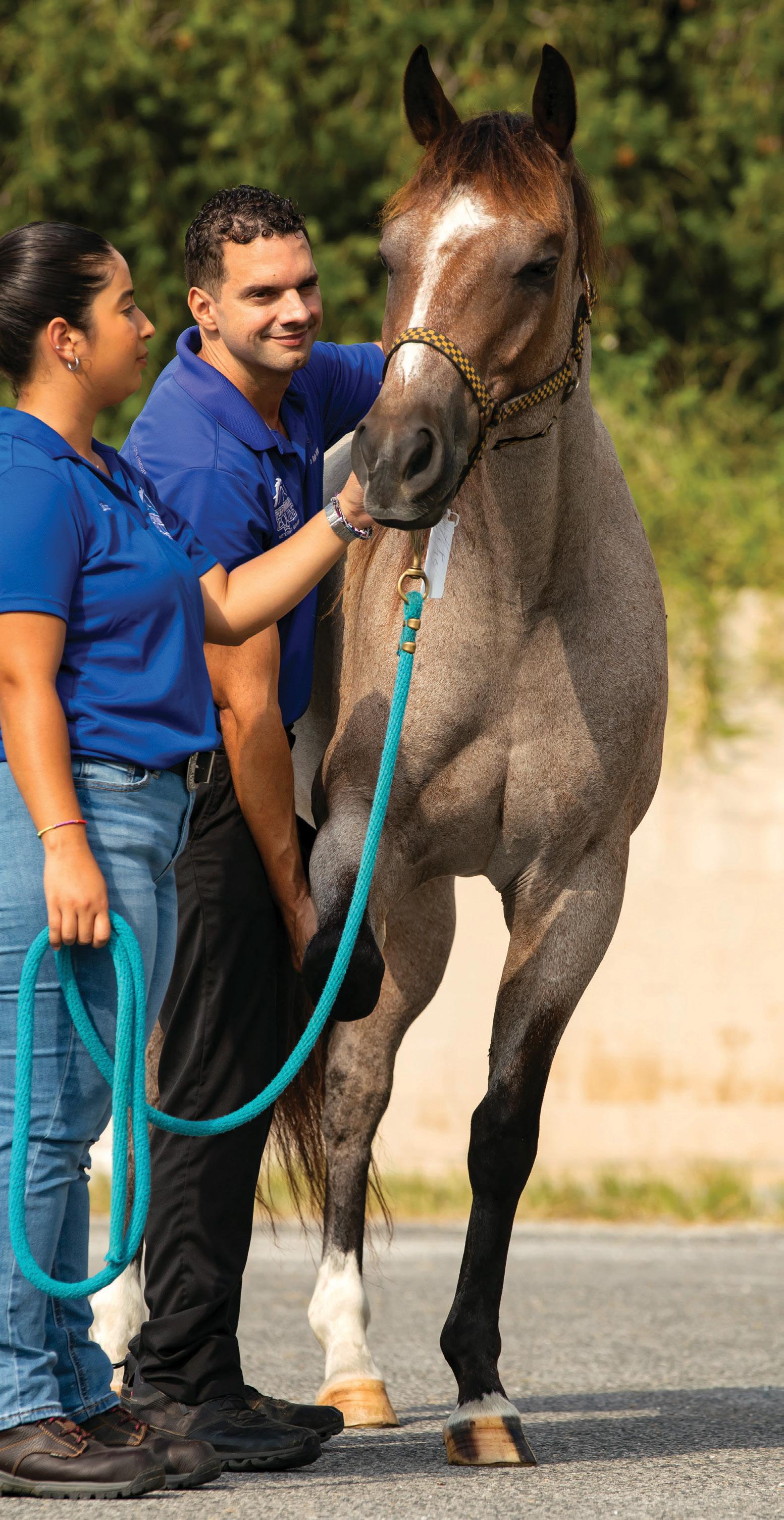
“I have never met one horse owner or trainer who wants to do harm to the horse,” Dr. Rullan says. “It’s about proper information and understanding.”
As equine healthcare evolves, many horse owners and trainers can be tempted by an over-reliance on quick fixes and supplements without understanding underlying issues. The Equine Performance Innovative Center offers a holistic approach that includes working to reduce drug dependence in horse treatments, utilizing a full range of various rehabilitation devices and healing practices, and educating owners about proper horse care.
“Just because you have all these machines and supplements doesn’t mean anything until you know what you’re treating,” Rullan adds. He advocates for a comprehensive approach that considers the horse’s natural environment and individual needs.
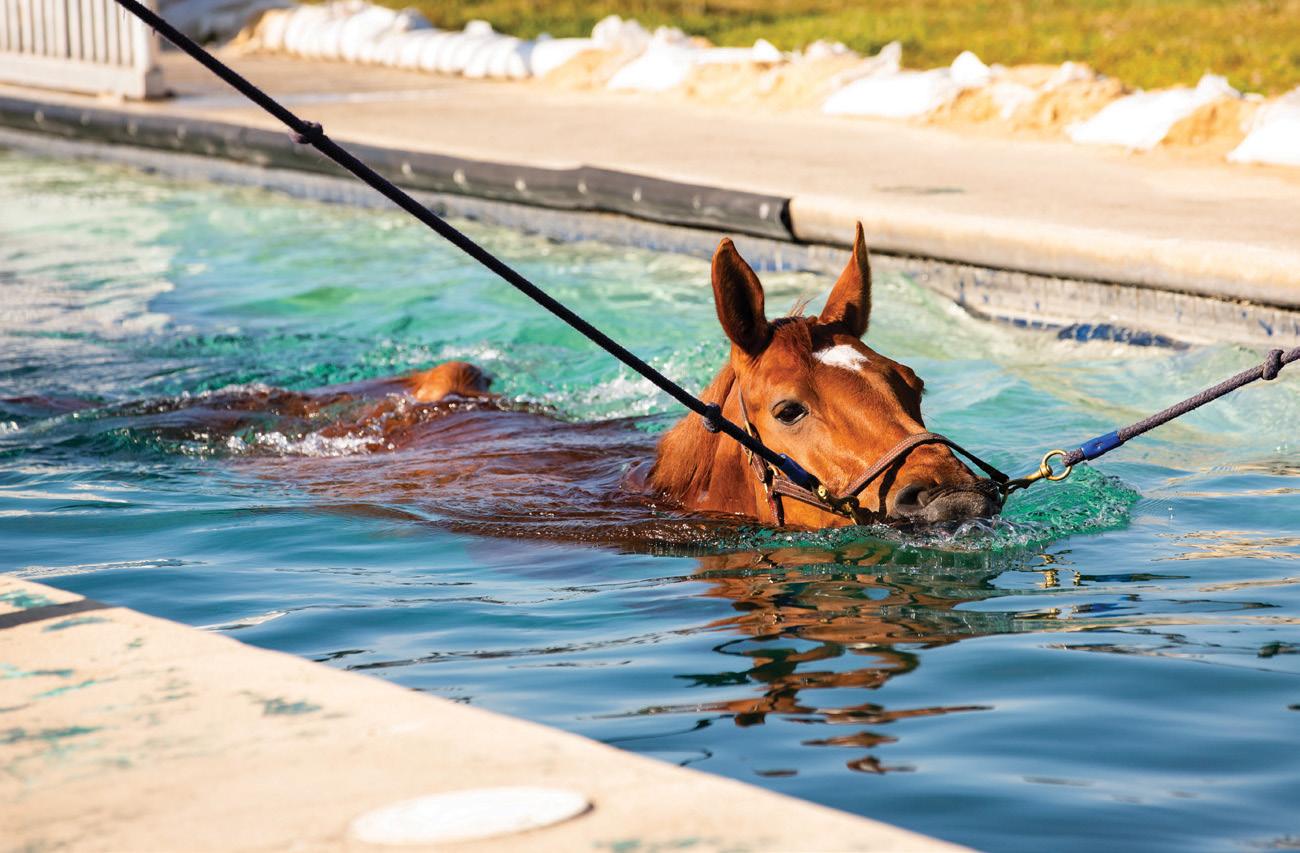
there learning English through an English as a Second Language (ESL) Program.
“Luckily, I was really good at math,” notes Dr. Rullan, as he faced his classes and language barrier with grit and determination. Upon graduation, he was accepted into the prestigious veterinary school at the University of Pennsylvania.
VETERINARY
Moving from Penn State to University of Pennsylvania meant relocating from a more rural community to a bustling metropolitan area. Unhappy in the city, he moved to a farm to work as a handyman and commuted to his classes.
Dr. Rullan matched with an internship program at Louisiana State University, where he learned practical veterinary skills. While internship programs are not required for veterinarians like they are for human doctors, Dr. Rullan believes most vets should take advantage of existing programs.
“There is a lot of theory, but in reality, when you graduate vet school, you don’t have the handy skills to be a proficient veterinarian. I truly believe an internship is the way to go because it gets you exposed to the practicality of the job,” he notes.
Through school, Rullan was often joined over the summers by his brother Willie.
When he started his first veterinary formal job in Ocala, Willie was happy to join him as a veterinary assistant. Their lives changed dramatically when Willie was kicked by a horse and his body was unable to recover, which ultimately revealed full-blown leukemia at age 22.
Experimental stem cell treatments were uncommon in most human medicine at the time, but Dr. Rullan had used it successfully in veterinary medicine. Applying the treatment to Willie’s care, he was able to make a full recovery. This experience further shaped Rullan’s approach to regenerative medicine but also put further strain on the brothers–not only did they have Dr. Rullan’s veterinary school debt of over $300,000, but they also now had $500,000 in medical debt. With their veterinary salary, they looked at all risks and opted to start their own business.
VETERINARY
Through his schooling, Dr. Rullan started to notice gaps in horse healthcare from many angles: language spoken between vets and horse care providers, practical experience of veterinary students, and a massive quantity of debt he was racking up in his education.
His experiences have inspired him to help others to alleviate as many of these
Need in the industry led Dr. Rullan to develop Equine Veterinary Programs through his Rullan University. There is a national shortage of veterinary assistants, which puts further strain on veterinary practices around the country and the world. Using systematic approaches developed in the field, Dr. Rullan teaches practical and hands-on anatomy, physical examinations, and handling critical situations.
Practical, hands-on skills learned in veterinary assistant courses include utilizing equine rehab modalities, sterile procedures and surgery preparation, equine reproduction, record-keeping, and equine ultrasonography.
Additionally, Rullan University offers Skill Improvement Programs for current veterinarians, which include regenerative therapies, rehabilitation, radiology, and ultrasonography.
Learn more about certified courses for Junior Vet Assistants, Senior Vet Assistants, and Advanced Vet Assistanst, as well as pathways for becoming a certified veterinary technician from Rullan University at rullanuniversity.com.
issues as he can. From improving communication between veterinarians and horse care providers (often bilingual), and pathways for those who want to join the veterinary profession as a veterinary assistant or technician.
With a vision to help a million horses, Rullan remains committed to evolving veterinary practice. His core philosophy is simple: understand the horse’s specific needs and approach treatment with knowledge, compassion, and precision.
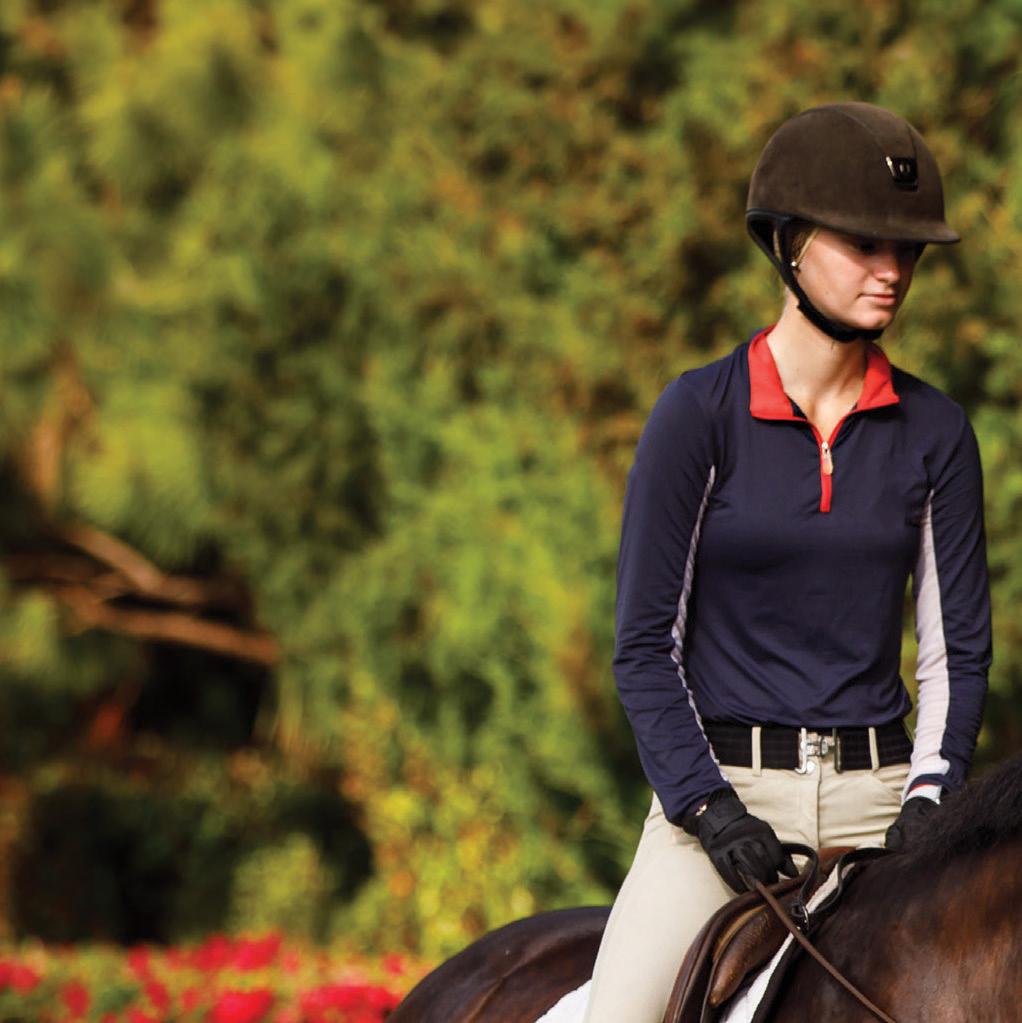
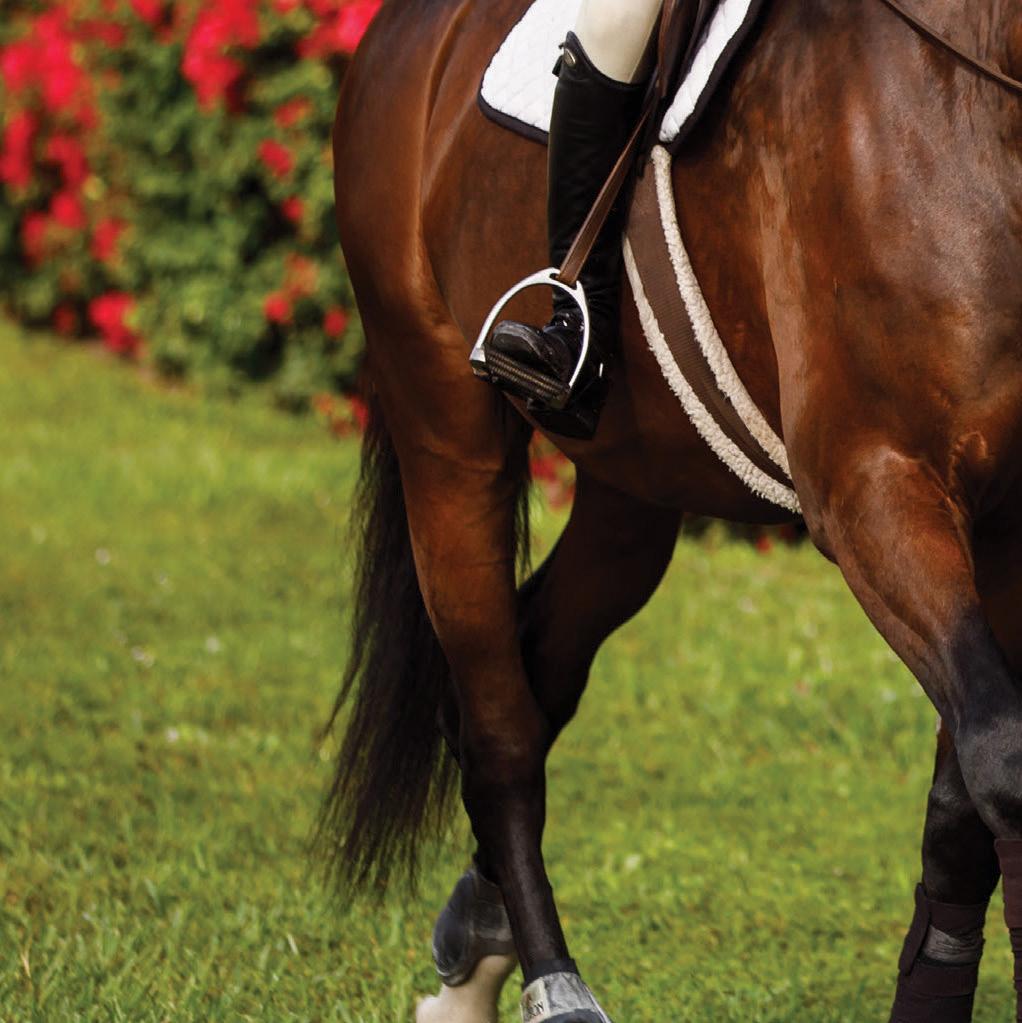
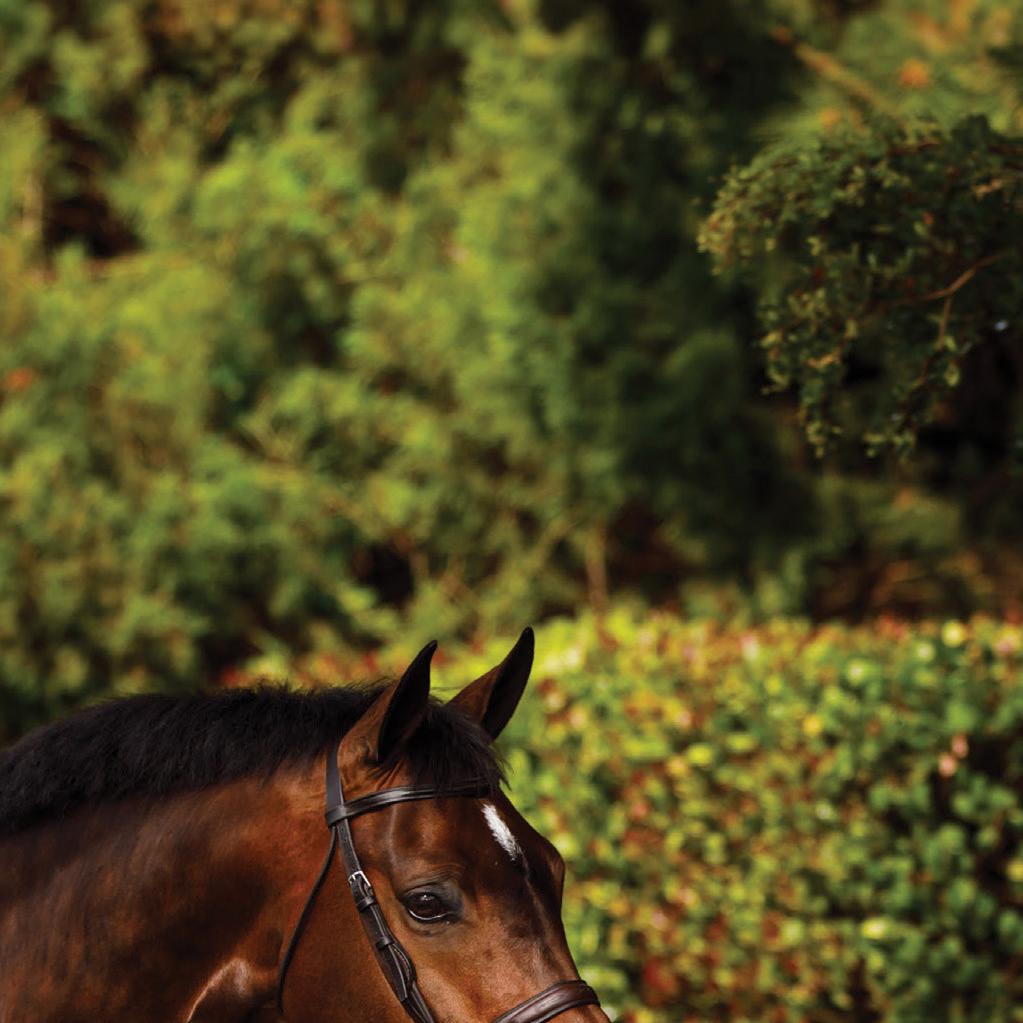

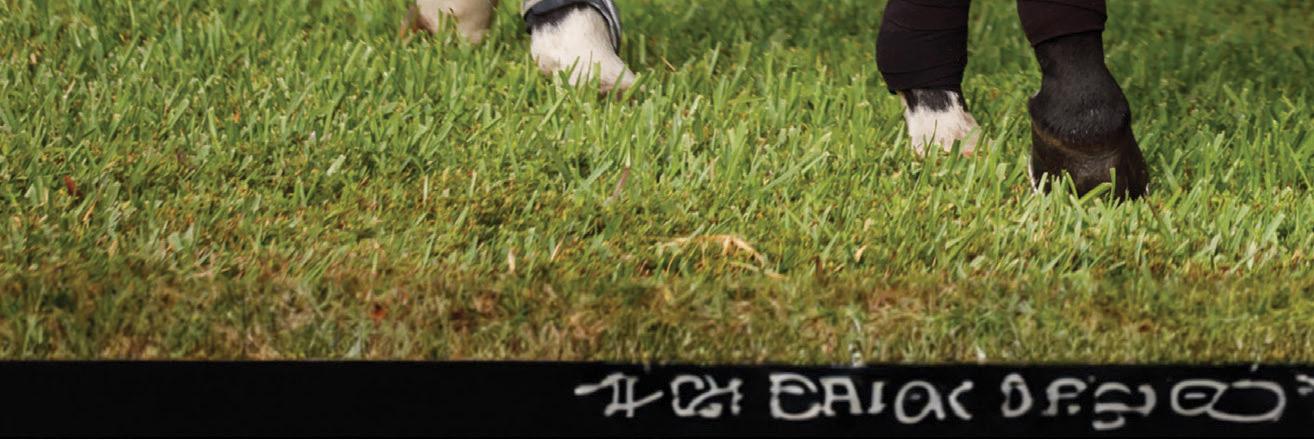


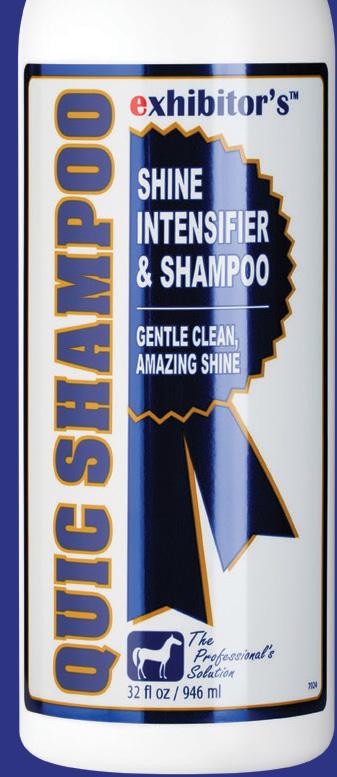
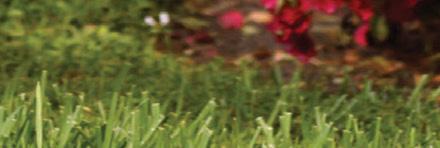




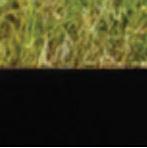

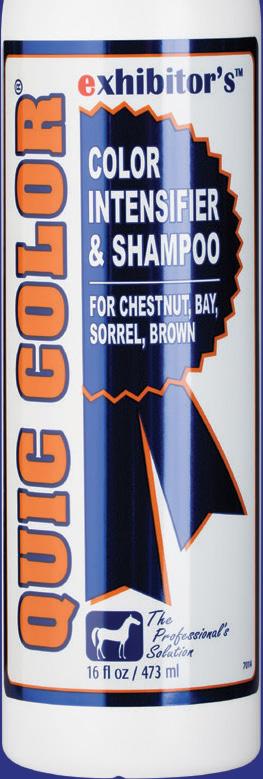
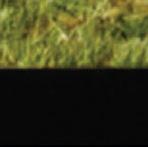
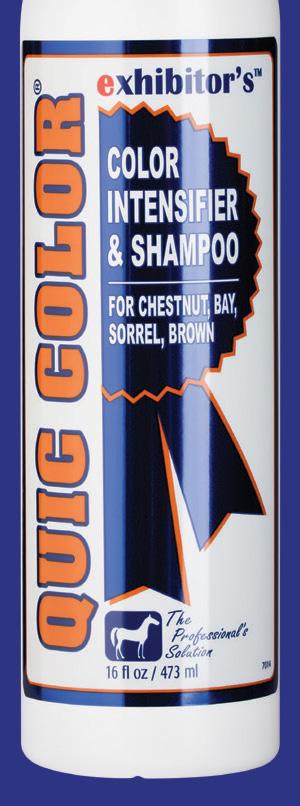

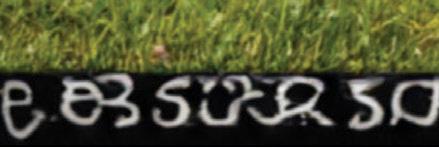
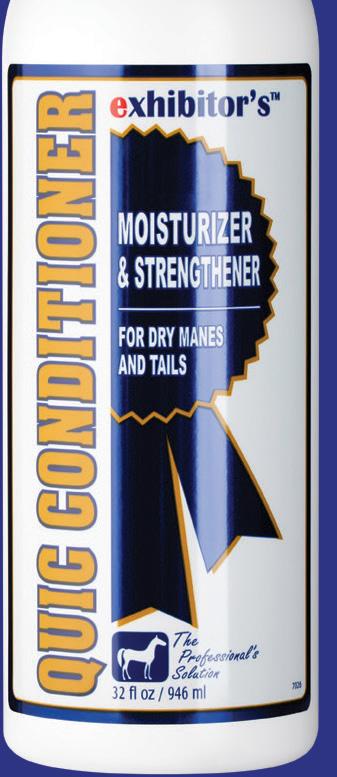

WORDS: SONJA OCHADLIK
RECENT UPDATES to U.S. Pony Jumpers and proposed changes to U.S. Young Jumpers show us the current efforts to diversify the United States show jumping pipeline. These initiatives emphasize correct, safe, and welfare-driven development of both young riders and young horses. U.S. show jumping now has more pathways to nurture talent for high-level competition—which includes not only hopeful U.S. Team members but also aspiring professional young horse producers and beyond.
STARTING SMALL: CHANGES TO PONY JUMPERS
Previously, the Pony Jumper division in the U.S. left much to be desired. The original rules were inadequate, far inferior to other pony jumper systems globally, and severely underserving participants. There was only one pony jumper division open to junior riders and ponies 14.2 hands and under; jump height was listed as 1.05 m with a max specification of 1.15 m. At the 2024 edition of USEF Pony Finals held in Kentucky, only 13 ponies entered this division, compared to the 100+ entries in each of the Large, Medium, and Small Pony Hunter divisions.
To prepare for Pony Finals or even reach the Pony Jumper level, riders often had to compete in horse divisions with their ponies. This was not ideal, as the distances and course requirements were designed for horses, not ponies, which could be both ineffective for training and unsafe. There was no foundational system for a younger, smaller child to get experience in the smaller jumpers on a pony over a correctly set track of fences before taking to the national stage.
To address these issues, there is now the overhauled Pony Jumper divisions
SMALL PONY CATEGORY
Ponies not to exceed 12.2 hands, athletes USEF 12 years of age (maximum), fence heights .60-.65 m, not to exceed .70 m
MEDIUM PONY CATEGORY
Ponies not to exceed 13.2 hands, athletes USEF 14 years of age (maximum), fence heights .70-.75 m, not to exceed .80 m
LARGE PONY CATEGORY
Ponies not to exceed 14.2 hands, athletes USEF 16 years of age (maximum), fence heights .80-.85 m, not to exceed .90 m
1.05 CATEGORY
Ponies not to exceed 14.2 hands, USEF junior athletes, as dertermined under GR103 Fence heights not exceed 1.15 m
A Team Championship and an Individual Championship will be offered. The Team Championship will be a modified Nation’s Cup format (two rounds on the same day). The Individual Championship will be a multi-round competition.
SOURCE: USEF PONY JUMPER CHAMPIONSHIPS (2024) US EQUESTRIAN. ACCESSED 01/09/2025
and USEF Pony Jumper National Championships—new height categories for small, medium, and large ponies, in addition to the original 1.05 m championship. The new format provides courses set correctly for ponies, suitably sized jumps for the ponies for children to learn on, and an initial taste of team competition. While these changes provide safer, more educational opportunities than before, they also present a new kind of opportunity (see chart left). The traditional American pipeline for aspiring Olympic and Team USA riders starts, more often than not, in the hunter and equitation divisions. This pipeline can work; however, it may be appealing for some to start in the pony jumper framework to ride their way up the ranks.
Jumpers are a competition format that many parents can easily understand. Jumper rounds are judged on the horse and rider’s ability to first complete the course fault-free and then within various timing formats. The fault rules and timing formats are easy to learn quickly for an audience of parents or supporters. Jumpers allow for minor mistakes that are part of the learning process and don’t prevent success—an important aspect for children.
Financial constraints can make it difficult for some to participate in the sport, especially in the hunter and equitation divisions. These divisions are judged on an overall picture which requires a very specific type of horse, with added costs such as braiding. All different types of ponies can excel in jumpers, helping riders become better horsemen and improving accuracy, planning, and execution. A pony that is safe, rideable, and has aptitude for jumping can compete in the
jumper ring, offering an alternative to the more complex and costly demands of hunters and equitation. Jumper divisions still impart countless important riding skills such as: having a good position, an effective seat, how to pick up a good pace, ride a balanced short turn, be brave, and win. Beyond the riding and life skills participants gain, this program also offers emerging talents the opportunity to learn about educating and producing their own ponies.
Many young equestrians dream of becoming professional riders, winning at prestigious venues around the world and competing in the Olympics. Olympic riders might receive the most attention in magazines and online media. However, there are many extraordinarily talented riders and horsemen working within the global industry who aren’t on the Olympic track.
Of course, for success in the upper echelons of the sport, we want depth to the U.S. Team. Olympians and Team riders play a crucial role in the industry. They exemplify hard work and determination, inspiring riders of all ages while securing all-important media attention for the sport. But without breeders, owners, and good young horse producers, we don’t have Olympians.
The top sport is busy these days with shows week in and week out. In order to maintain status in the World Ranking, most riders don’t have time to be at home handling youngsters, taking them over their first jumps, their first training shows, and even their first international event. Young horse production can be a long road to success with the peaks and valleys of the learning process. Without recognition, there is less incentive for breeders, owners, investors, and riders to want to commit to the endeavour.
In Europe they overcome the obstacle of media attention by spotlighting young horse production in a number of different ways. For example, young horses have the center stage jumping in the same ring as the Grand Prix and Nations Cup at the Dublin Horse Show 5*. The FEI WBFSH World Breeding Championships for Young Horses in Lanaken, Belgium boasts hundreds of entries in each young horse age category. There, the breeders
and producers are awarded high praise for their horses’ success at all levels, from winning, to jumping a quality clear round.
Of course, a key consideration is financial—it is simply more economical to produce a horse in Europe than in America. Part of what keeps costs down in Europe is access to shows. Most places in Europe have access to numerous training shows and top-class international show venues all within an hour drive of their home farm. Europeans are able to go to a training show one week for an affordable entry fee and jump in the same arena over the same fences that will be jumped in the Grand Prix or a prestigious Young Horse class at a later date. This allows the horses to see and experience the main stage while jumping an appropriate height class without added pressure.
The USHJA Young Jumper Task Force has proposed a revamp of the Young Jumper classes that may address some of these factors that keep young horse production in Europe. Rule changes for young jumpers (JP 117) are currently awaiting approval from USEF. These proposed rule changes offer by height Young Jumper classes rather than age-related classes.
The proposed changes show continued support for this sector of the sport and allow a broader reach for young jumper competition entries (see chart right). The height classes allow for safety and welfare as a priority for horses, trainers and owner-riders alike. Equine welfare is at the forefront of much online discussion; this offers a competitive option for young horses to be developed at a pace to suit their individual needs.
Promoting this initiative from the Young Jumper Task Force will hopefully sustain growing interest and increase the number of entries. Show managers can then continue to offer and improve financial incentives for young jumpers, such as waiving nomination fees, lowered class fees, and providing generous prize money for their series finals. These incentives, coupled with an uptick in entries in young jumper classes and a well-attended U.S. National Championship, may attract crucial media attention. Media attention helps catch the eye of sponsors, owners,
riders, and audiences alike.
Exciting times ahead for the future of American show jumping! The current and proposed changes to the jumper rules promote welfare and inclusivity within the sport. They open up new pathways for aspiring young riders to achieve their dreams and become valuable members of show jumping community— whether that is young horse producer or a member of Team U.S.A.
About the Author: An American rider based in Ireland, Sonja works alongside her husband Johnathon at Stonehall Sporthorses. They focus on producing and selling top-quality horses and ponies prioritizing equine welfare and longevity in sport.
0.90 m , 1.0 m , 1.10 m CATEGORIES
Restricted to horses 4-7 years of age with a clear round format, seeing an increase in speed on course only at the 1.10 m level
1.20 m CATEGORY
Restricted to horses 5-7 years with both clear round format and the introduction to jump-off power and speed type classes
1.30 m CATEGORY
Restricted to 6- and 7-year-old horses with jump-off and power and speed type classes only
These classes all have fence height and prize money restrictions for previously jumped classes, rules for how the course should be set, and more.
To read the full details of the proposal, go to the USHJA site and Active Rule Change Proposals.
It is still unclear how these changes will affect the USHJA Young Horse National Championship, first the rule change must be approved by USEF.
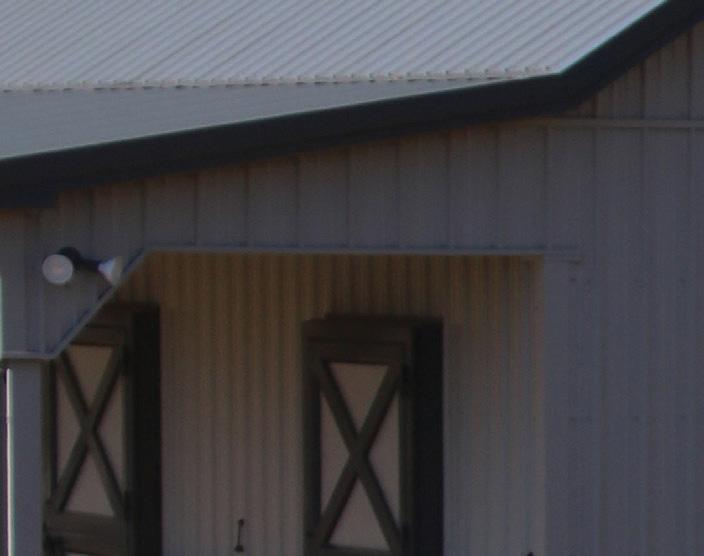

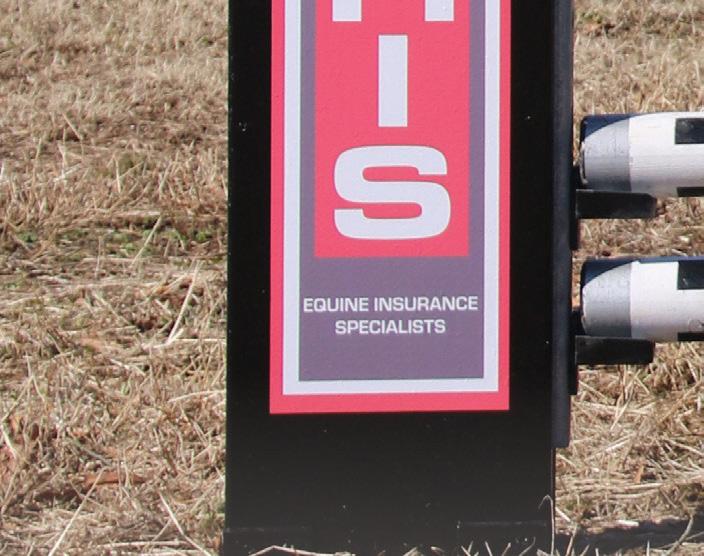
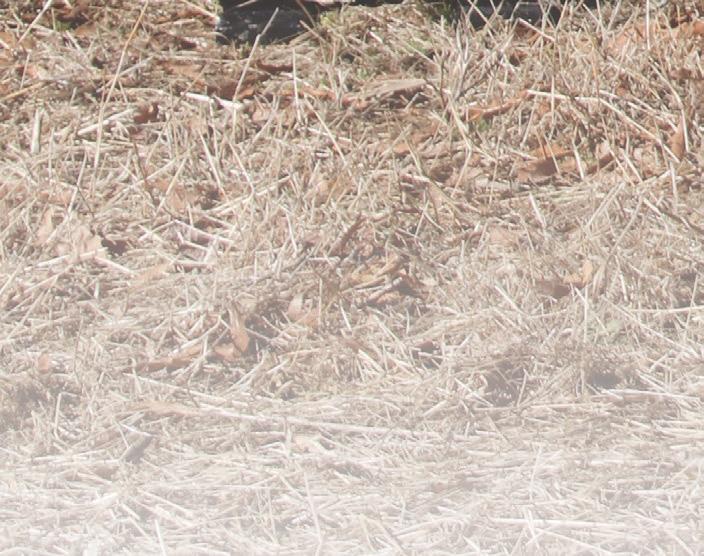

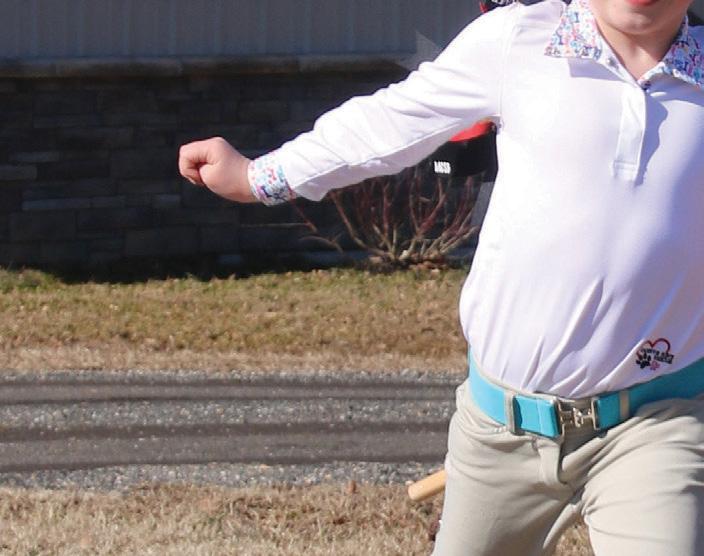

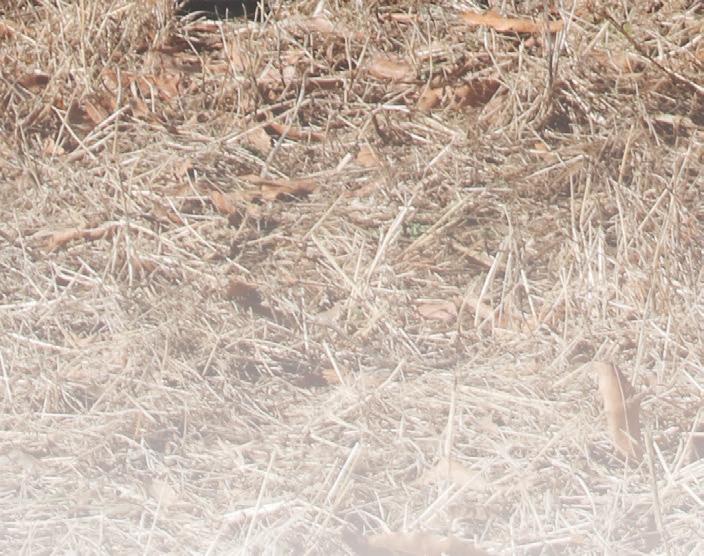
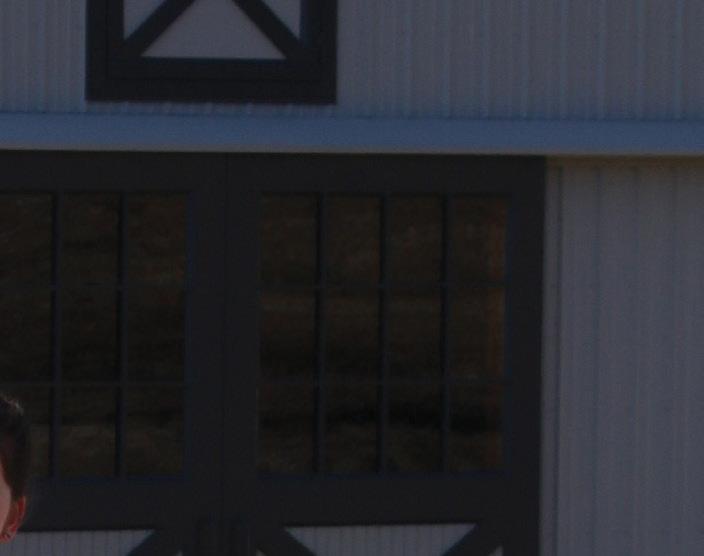
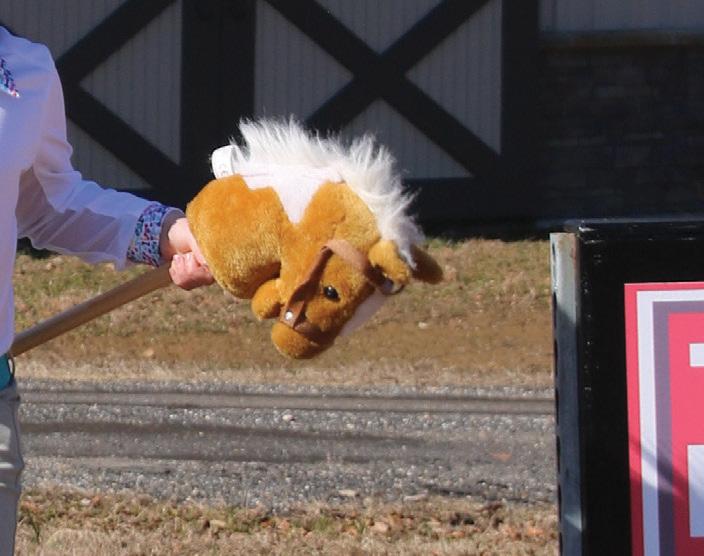

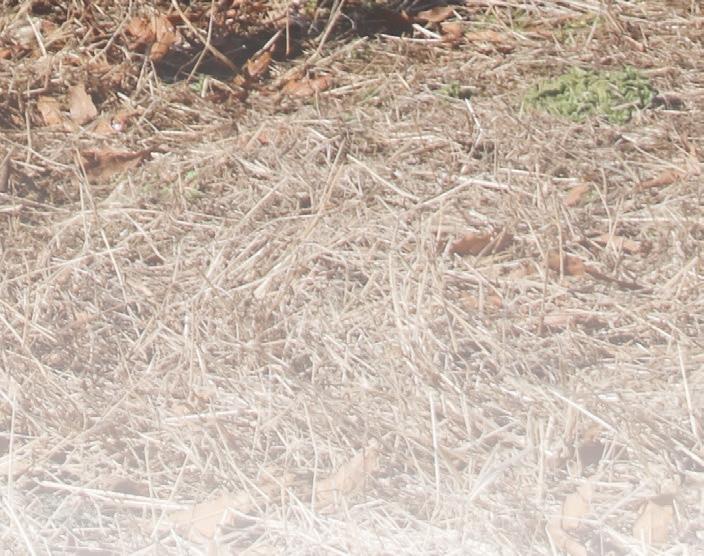



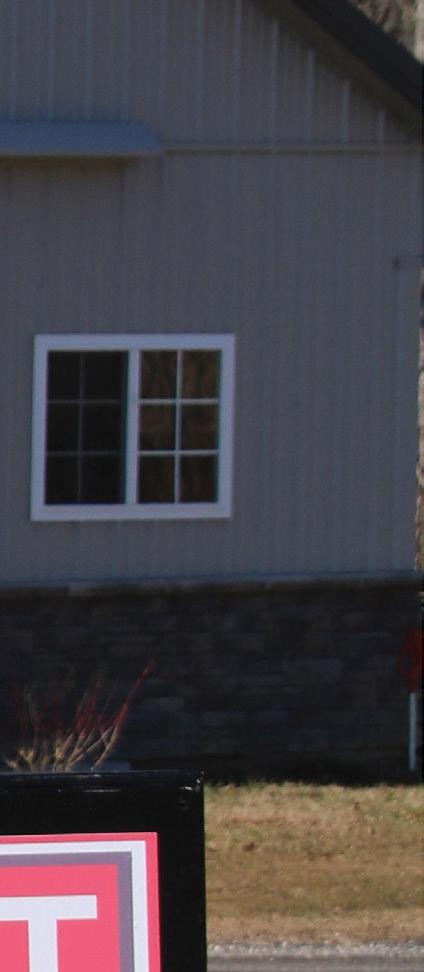
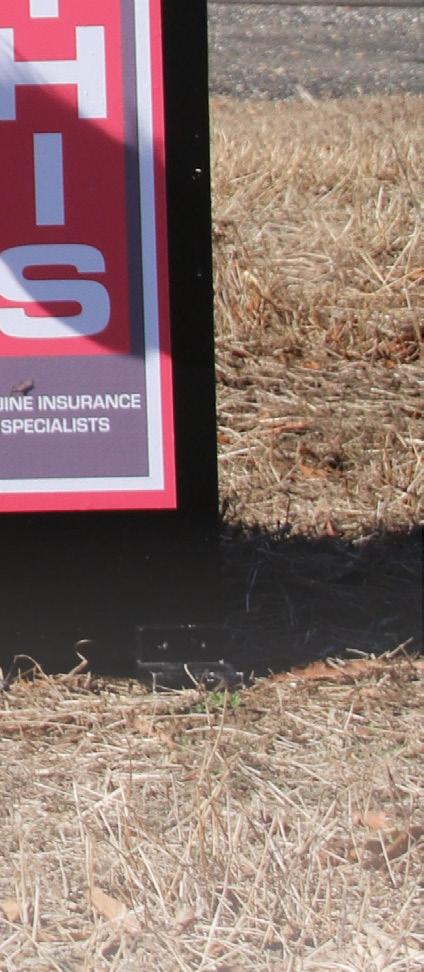
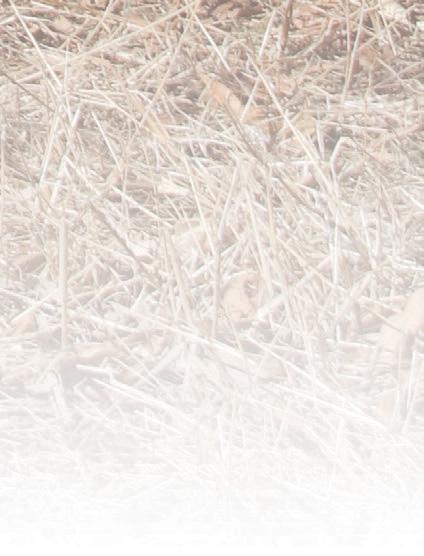
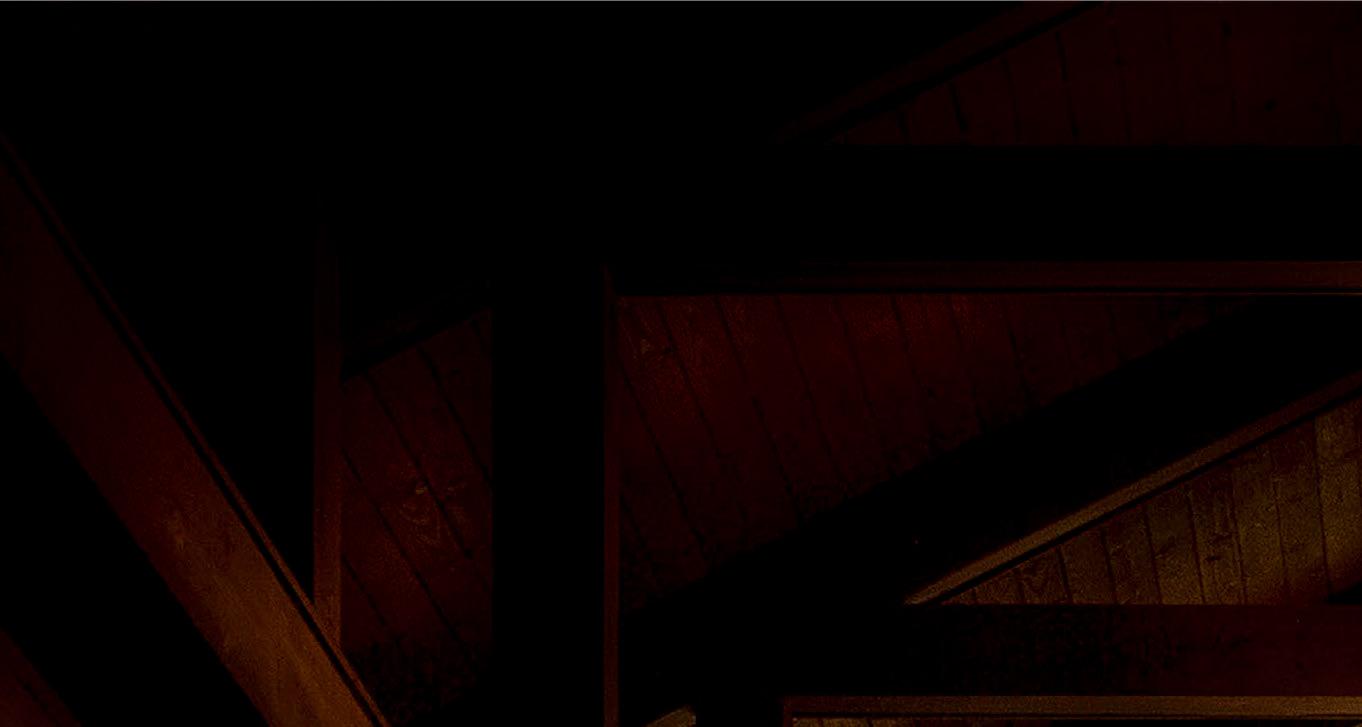




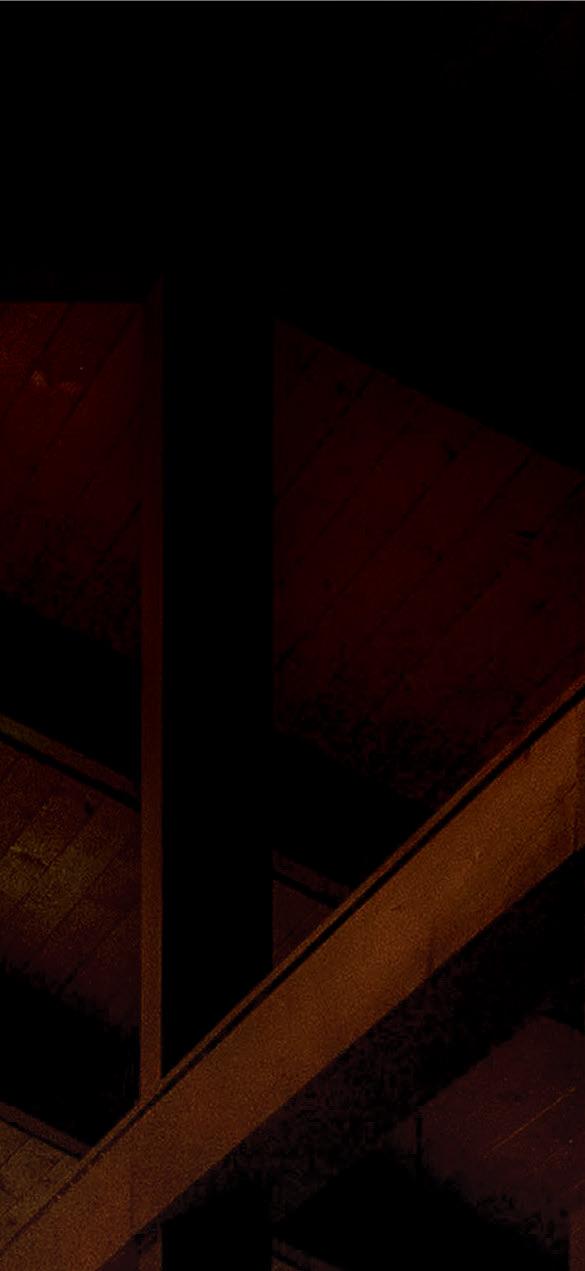

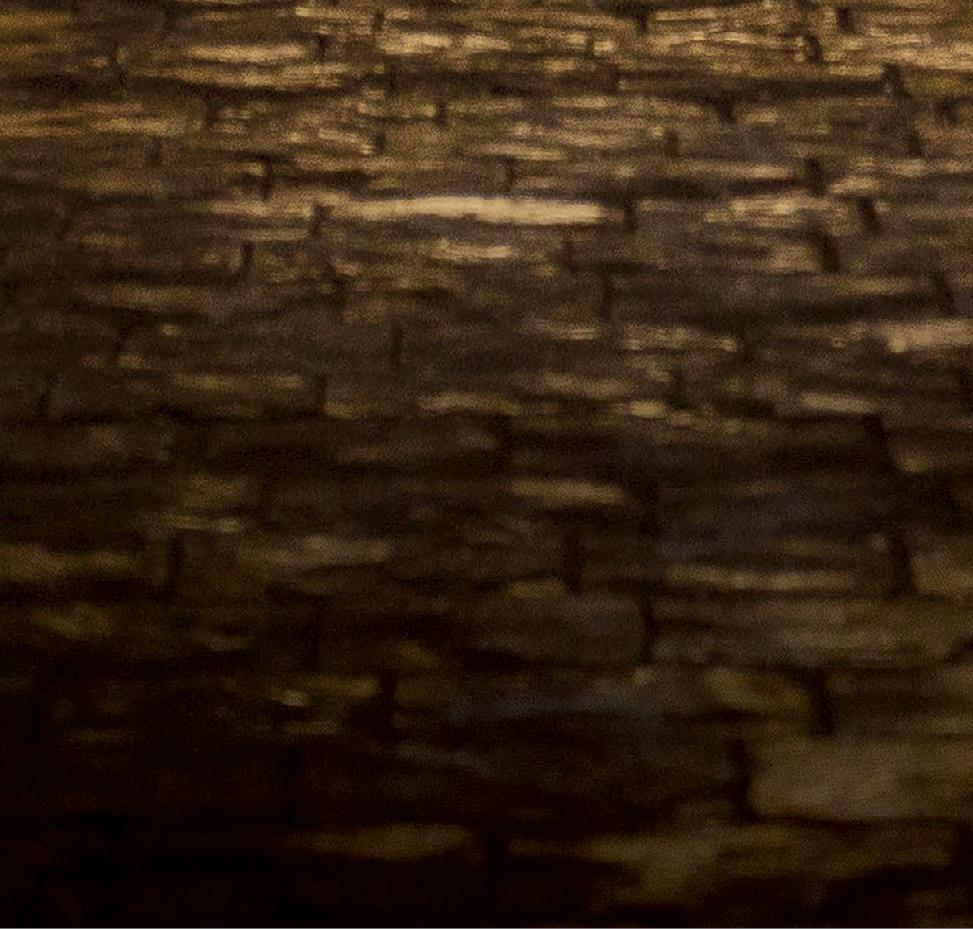
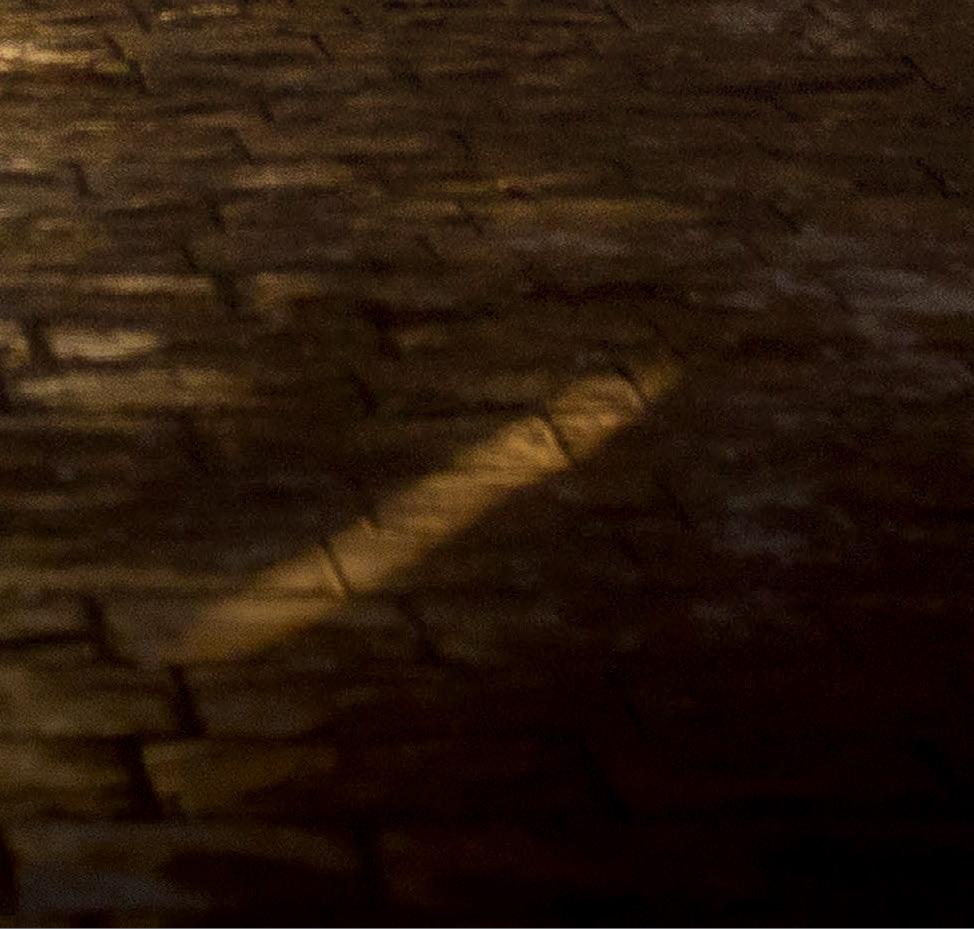
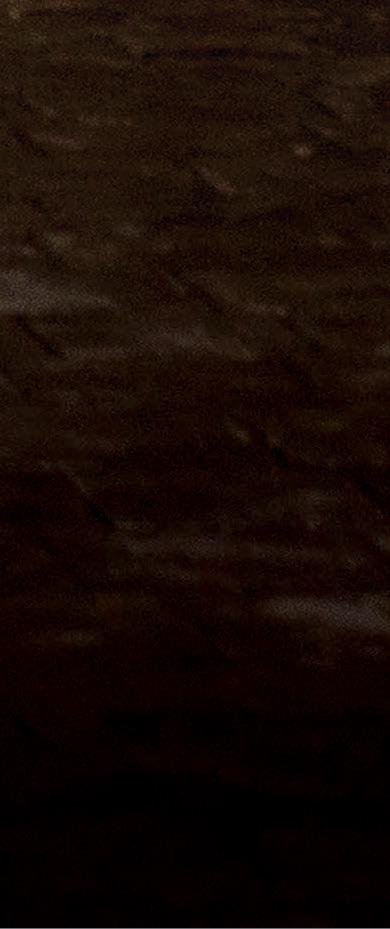
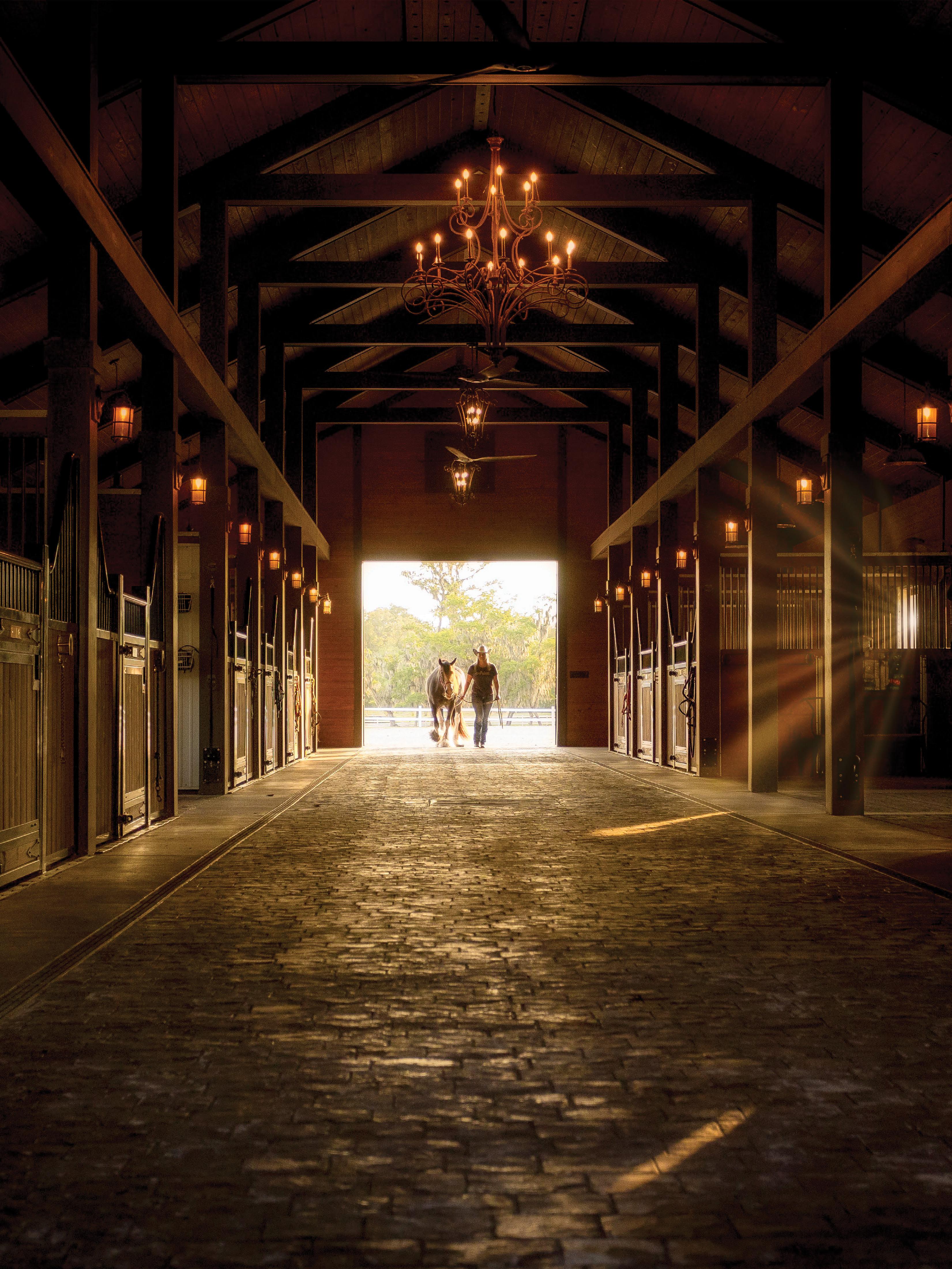
WORDS: STEPHANIE JONES
HIGH UP in the North Carolina mountains, there’s a swath of land that was once mined and logged. Today, it’s called Balsam Mountain Preserve, a 4,400acre nature preserve gated community.
About an hour from the bustling showgrounds of Tryon, NC, the laid-back luxury community boasts a collection of amenities, including a gathering house and tavern, a world-class golf course, fitness center, spa, nature center, and a welcoming equestrian community that is all about kicking back and
having fun. The average home on the property boasts 2,500 square feet of living space, with some smaller homes and some larger—up to 6,000 square feet. There are also fractional ownership opportunities for equestrians to spend up to 56 days a year on the property.
Make your way to the equestrian corner of Balsam, and you’ll be greeted by Goose, the barn dog and unofficial mascot, eagerly awaiting the chance to show you around the barn at the equestrian facility. The equestrian center is managed by Goose’s owner and equestrian director, Lila Kilby.
Despite the proximity to Tryon, Balsam’s vibe is decidedly low-key and no pressure, with equestrian activities galore and pristinely maintained barns and fields. The property features 40 miles of old logging trails for endless riding opportunities, and Balsam even has horses available to borrow; and ponies available to give pony rides to kids. The equestrian center includes a riding arena, a 14-stall barn, and plans to expand.
After a horsey photoshoot on the mountain complete with a shower of yellow autumn leaves, Kilby sat down
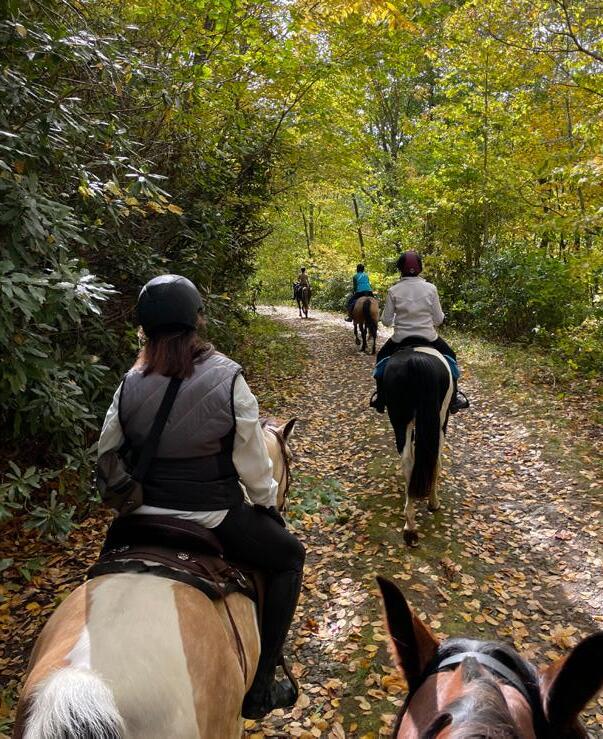
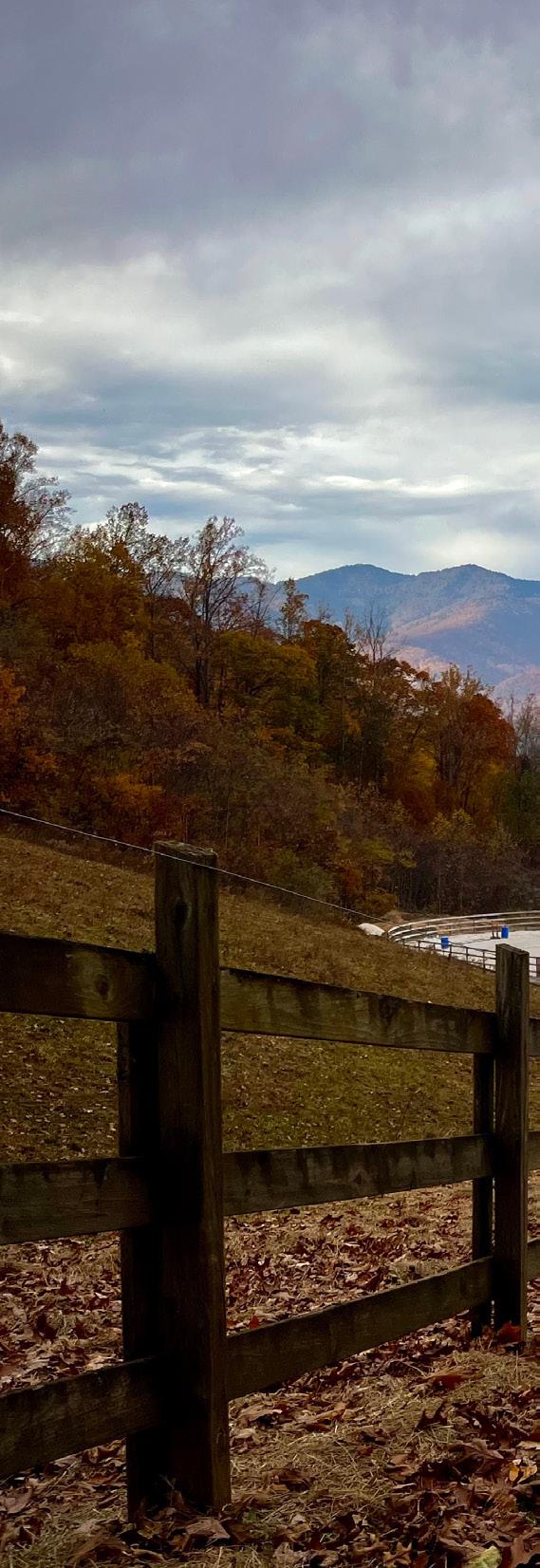
was never competitive with others. I was just competitive with myself.”
For as long as she can remember, Kilby says she has always loved the combination of horses and the mountains. “In elementary school, we had the classic ‘What do you want to be when you grow up?’ paper. I wrote: ‘I want to live in the mountains and take care of the horses.’
with The Plaid Horse to share more about Balsam.
A Greenville, SC, native, she describes her upbringing as a “total barn rat. I rode horses wherever my mom would drop me off. She would say, ‘Work hard, and maybe they will let you ride a horse.’ I started in a hunter/jumper barn, but I
Kilby had a Quarter horse growing up, Maserati, who “quickly became the love of my life,” she says. “It was just me and my dude, Maserati, out there against the world together.” After her junior year at Clemson University, Kilby’s aunt called her about an immediate opening back home at a barn with 10 boarders on site. She and a friend managed the barn for the summer. When Kilby graduated from Clemson with a degree in Animal Science, she knew she wanted to work with horses from then on.
Balsam developer David Southworth also grew up around horses in the Scottsdale, AZ area. “It was the West’s most western town,” he jokes. “Horses were always around, everywhere. I would walk by horse stables on the way to school every morning.”
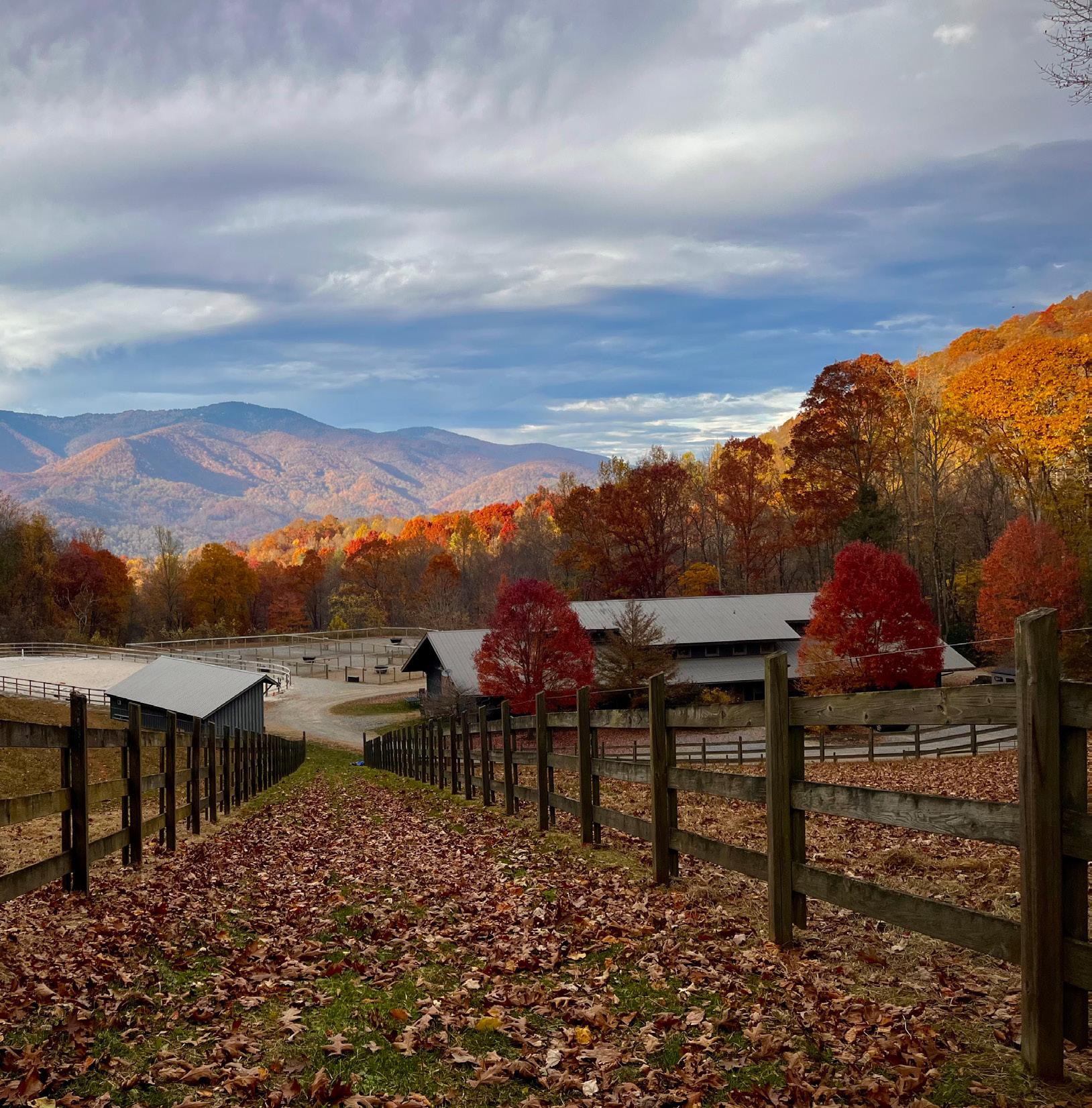
Southworth studied hotel administration and was always interested in hospitality, which led to luxury resorts, which led to developing. So, why the North Carolina mountains for this particular development?
“In the early 2000s, I was working on a project with an Arnold Palmer golf course in Scottsdale, and some of the people I worked with were fascinated with this North Carolina Mountain project they kept talking about. Their excitement became my own and I began following the project as well.”
Community manager Sean McLaughlin says that growing up, his parents had about 45 rental homes, which piqued his interest as an adult. After college, he moved to the Adirondacks “and fell in love with the mountains.” Soon after, he moved to New Hampshire and started selling real estate at a ski resort.
And the equestrian corner of Balsam, McLaughlin says, rounds out the special experience that the property provides its residents.
Adds Southworth, “I love everything about the equestrian community and the audience it attracts.”
Everyone comes to the mountains for the fall foliage, but Balsam’s beauty doesn’t fade away with the leaves; A painted beauty and a golden soul, sharing the simple joys of the pasture
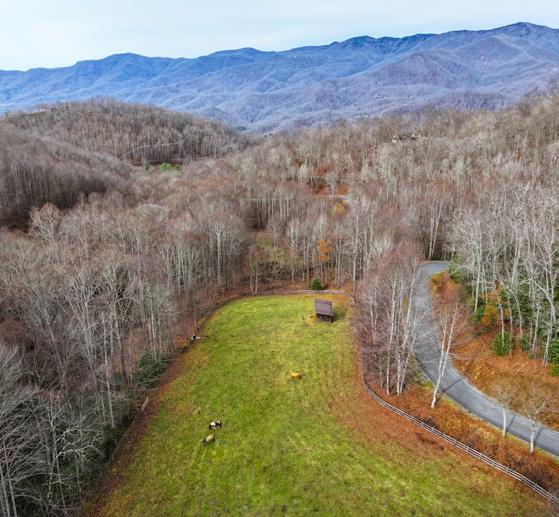
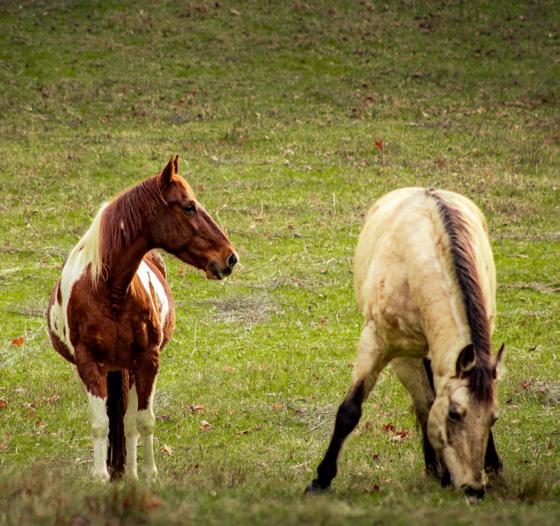

Few communities of this caliber offer equestrian programs, and even fewer offer such dedication to its offerings.
• 40+ Miles of maintained trails
• Youth training camps and graduation programs
• Year-round boarding with Daily Equine Care With a brand-new stable in the works, Members can expect...
• State-of-the-art facilities
• Continued investment in equine loved ones

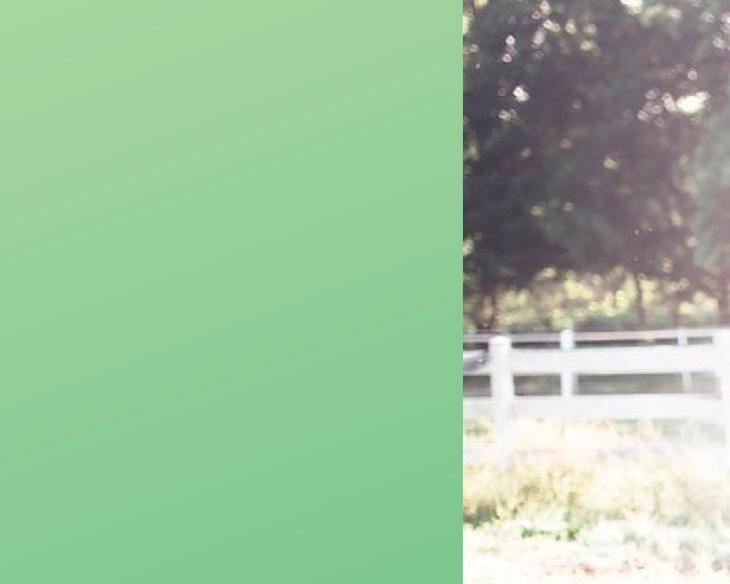
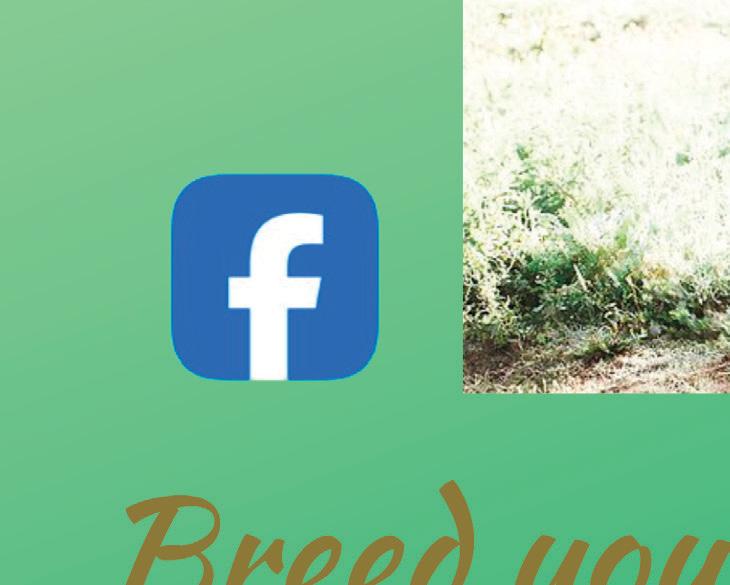
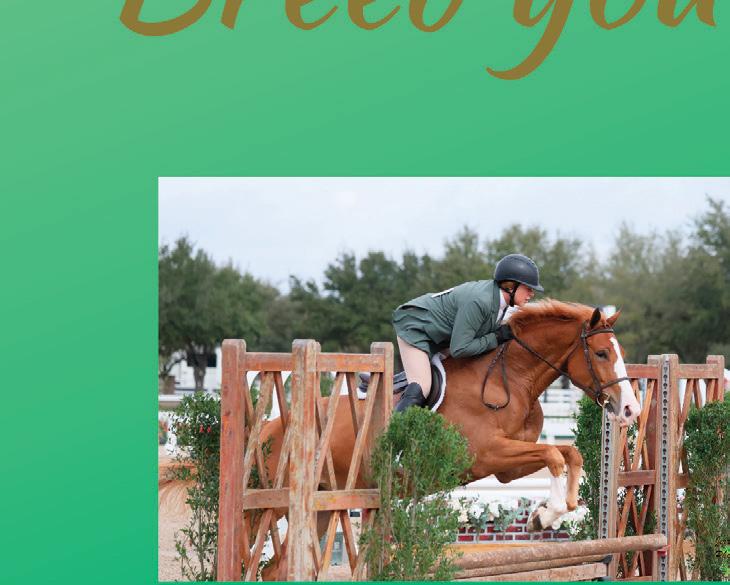
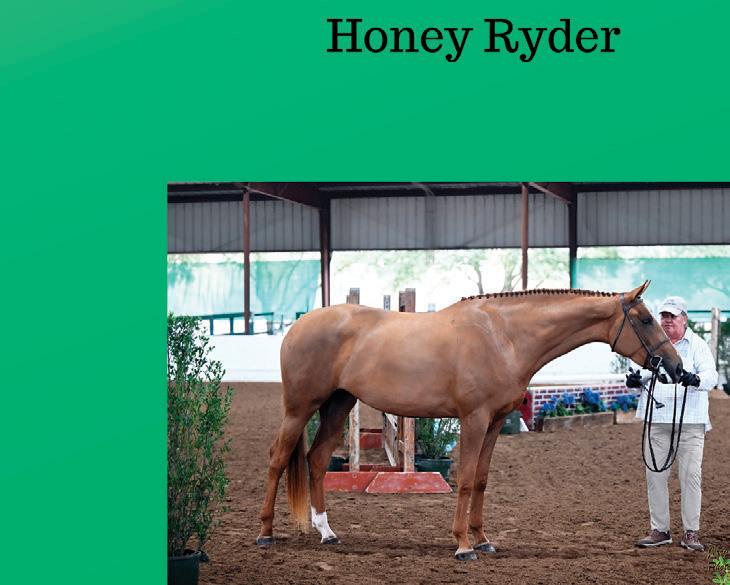
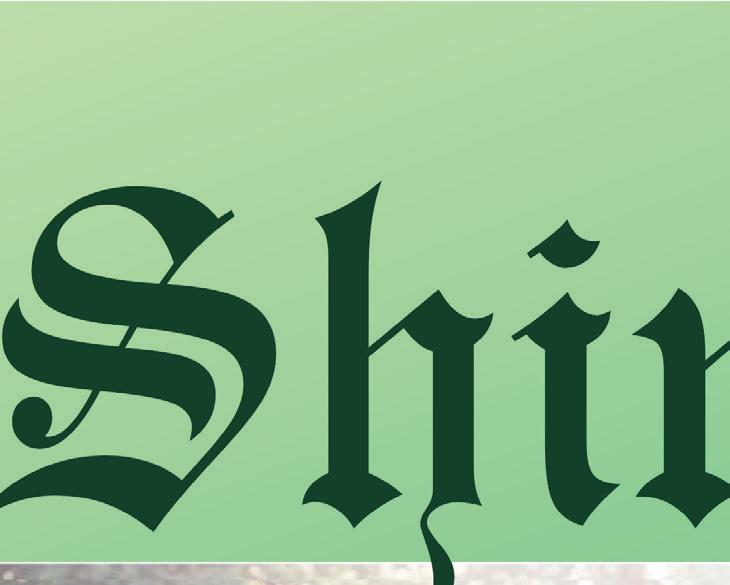

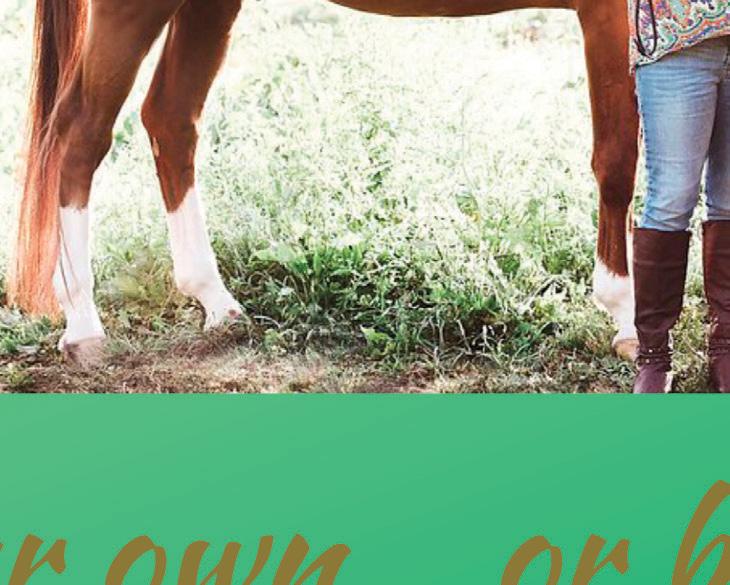
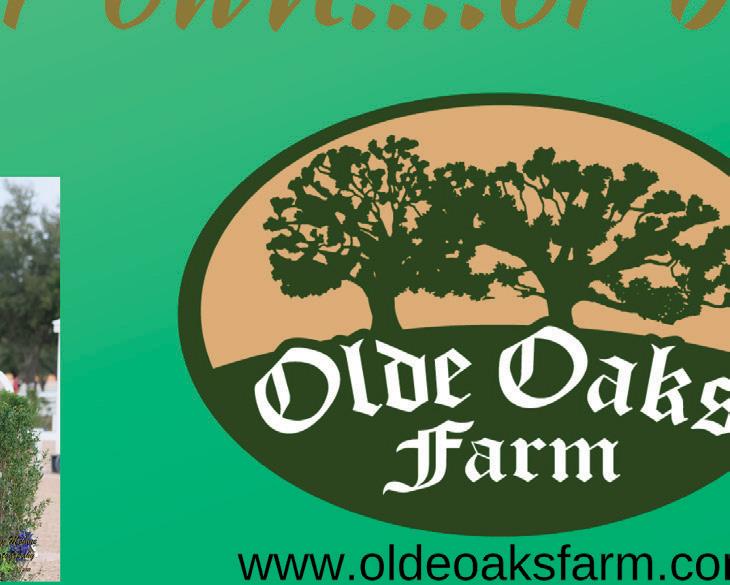
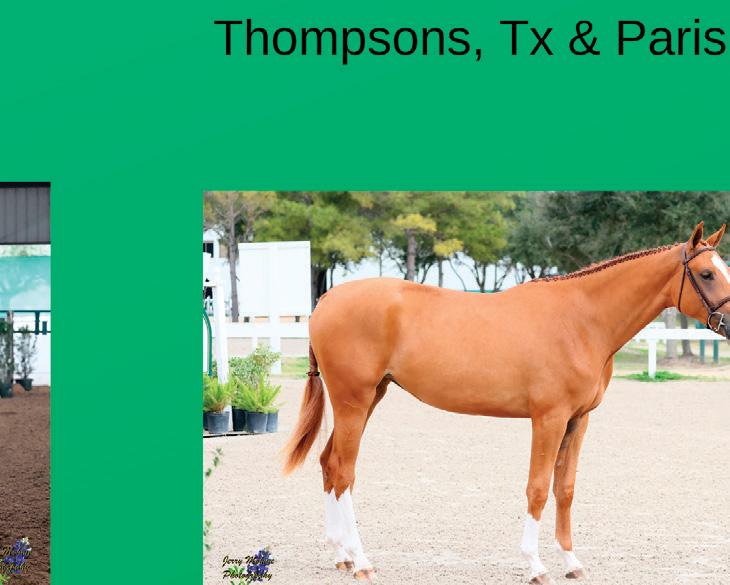
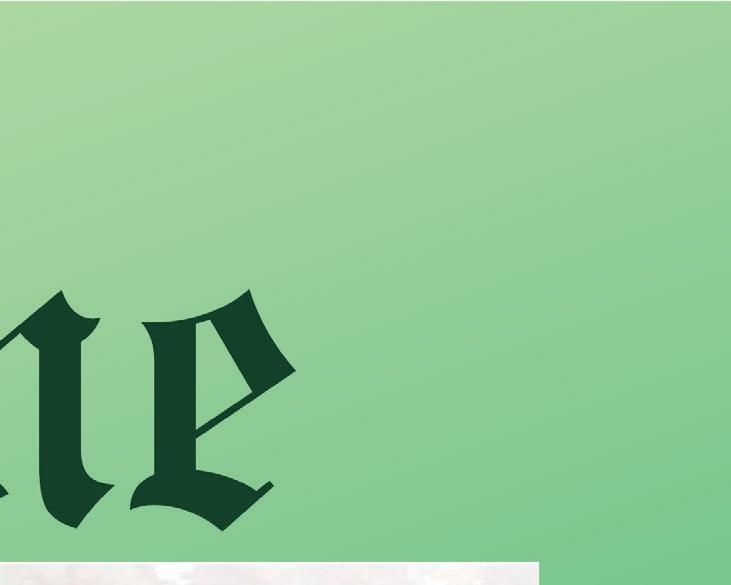
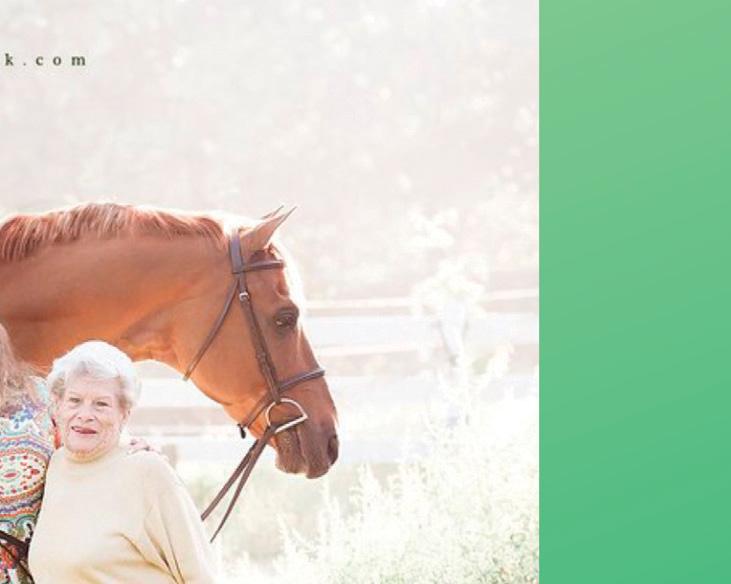
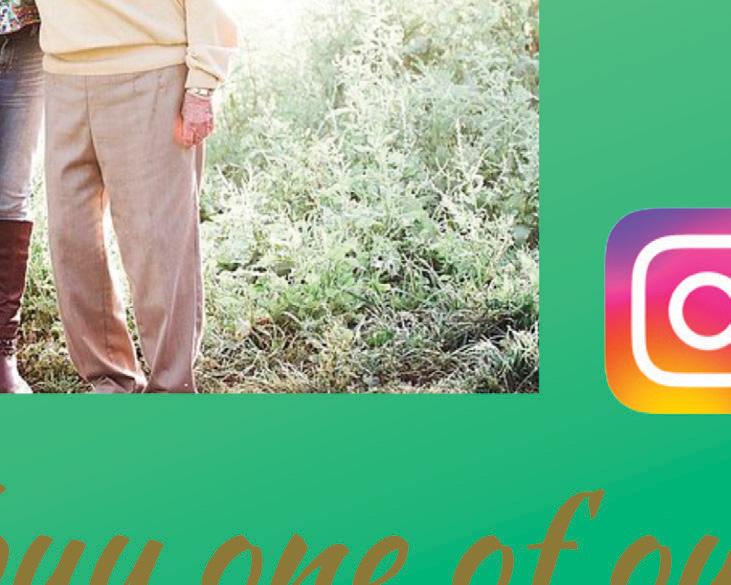
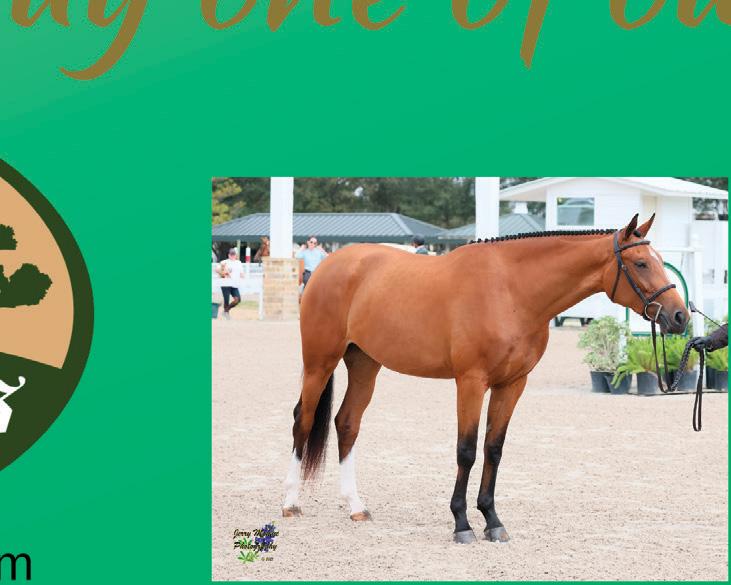
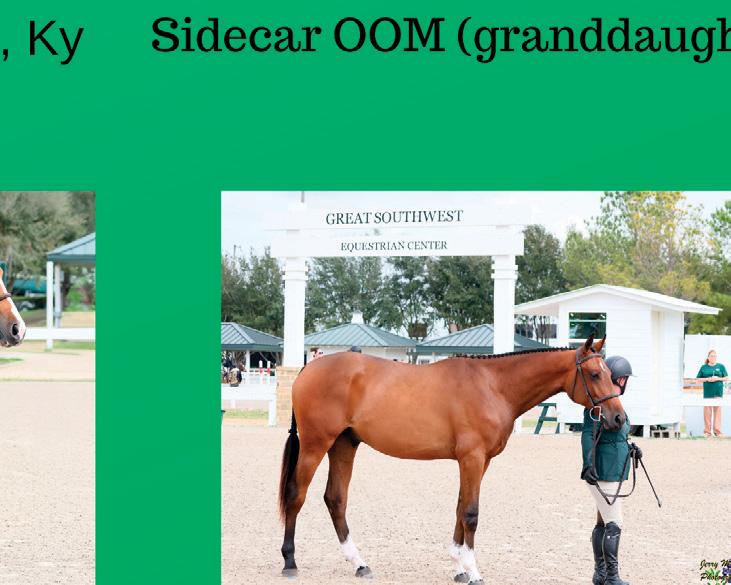



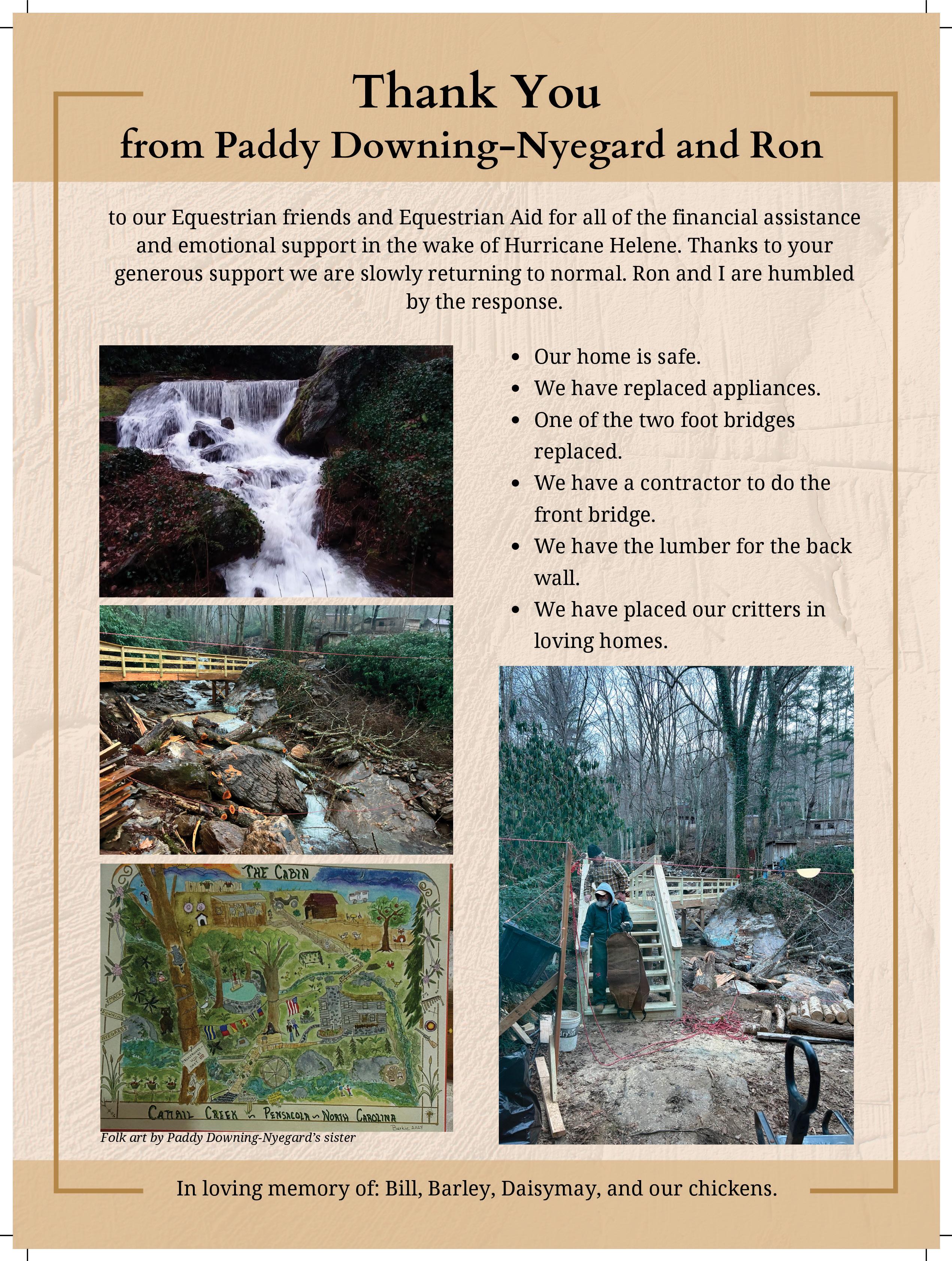
WORDS: MARLEY LIEN-GONZALEZ
DR. BARB Blasko, founder of ShowMD, takes the translation out of treatment. When riders come to her saying that their horse ducked out of a one-stride and they fell right into a standard, or that their back hurts because their horse has an active hind end, she instantly understands. In fact, she might even be in riding clothes herself in the treatment room!
“I’ll watch videos of what happened with patients and know what’s going on. You don’t have to explain to me what chipping in is or leaving long–I know all the lingo!” Blasko tells The Plaid Horse.
In a traditional hospital or physician office setting, white coat-wearing doctors can be intimidating to anyone, not to mention difficult and frustrating in the communication department.
“A lot of times at horse shows when I’m seeing patients, I’m trying to show, too— so I’m there in my breeches and boots, taking care of people, and I think there’s just a different level of comfort. Even if I don’t know them as an individual yet, I know them on an equestrian level, and I think that makes a huge difference.”
MEDICAL SCHOOL
RESIDENT EQUESTRIAN
When Blasko’s peers in medical school saw an abandoned stack of textbooks in the library, they knew she had traded books for boots for a few hours.
“Everyone in my medical school used to laugh at me because I would take a break from studying, go ride, then come back and keep studying,” she recalls. “They all thought I was crazy because even the day before a big test, I’d go ride horses.”
The reason? The same as for many other riders: “When I was in college and medical school, I made it a priority to ride horses because they kept me mentally grounded. They gave me an outlet, it was something I loved to do, and
it really helped me to be able to take my focus off school and on something else.”
Blasko still excelled academically and even managed to lease a horse and ride through residency, the hardest part of a doctor’s life, but she had no idea that she might one day combine her medical profession with her life’s greatest equine passion. If she had known then, she says, “I would have started ShowMD way earlier. That’s my biggest regret.”
Since the organic beginning of ShowMD, Blasko had become known as “the doctor” at the horse show and patching friends up as needed, which snowballed into opening a mobile trailer office on the show grounds to treat all kinds of patients. Since then, Blasko has been expanding not only her business, but equestrian medicine as a whole.
“Probably the most common reason people come in is because they fell off and got injured and need whatever body part examined,” says Blasko. “After about two years of ShowMD, I invested in an X-ray machine because people needed X-rays. It was a big financial investment but worth it because I use my X-ray machine every day. If people come in and they repeatedly ask for a service or
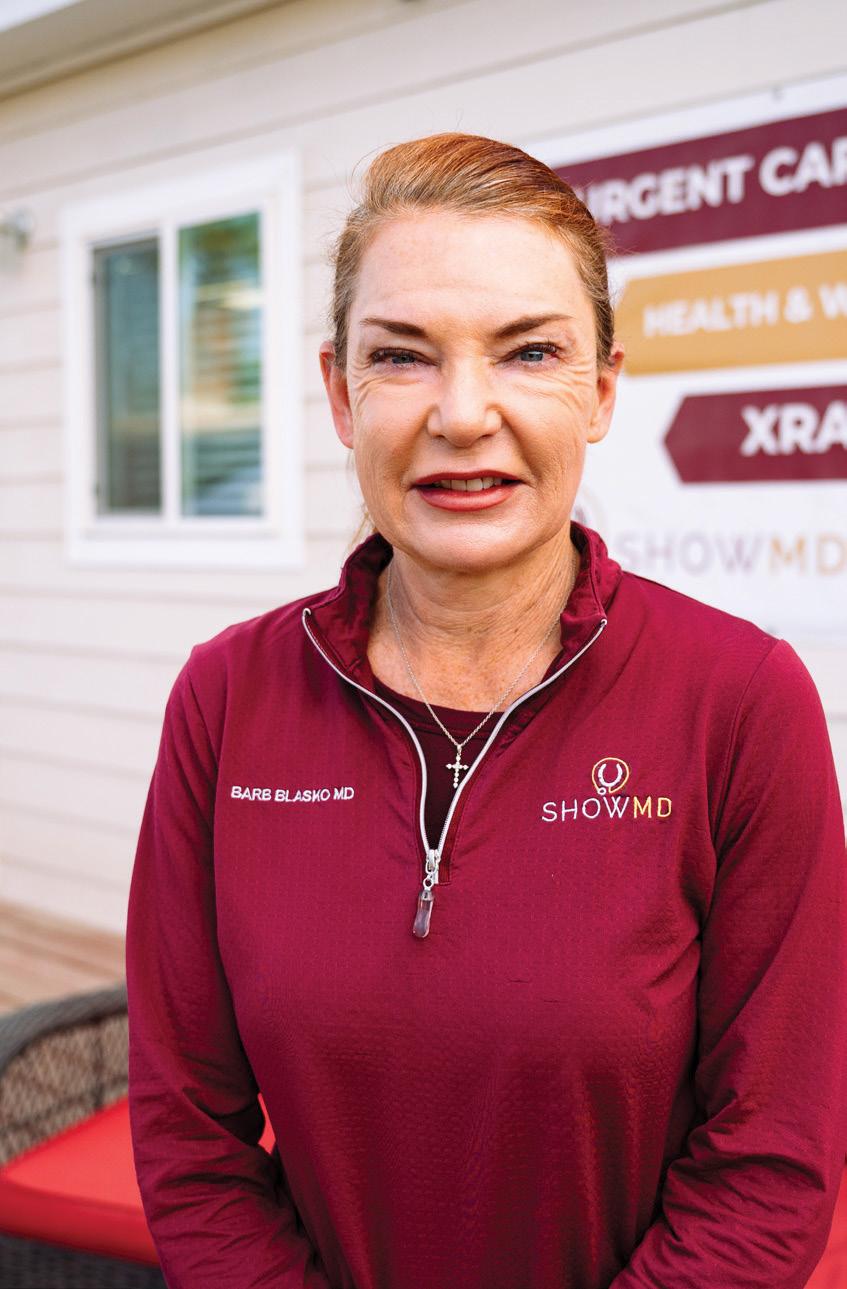
something I don’t have, I feel compelled to try to figure out how I can provide that service.”
That is how ShowMD came to outgrow its original trailer and acquire two mobile offices and a permanent facility at the Desert International Horse Park, complete with IV rooms, treatment rooms, and a lobby. There’s even a pharmacy on-site so patients can go straight from the clinic to pick up their medications.
“It’s like a regular medical office, but I get to walk outside and see horses jumping around, so it’s pretty amazing,” says Blasko.
Understanding the time constraints and scheduling difficulties that come with being an equestrian, ShowMD is a flexible office offering everything from routine healthcare to concierge care and handling emergencies. Some riders in the past have even come in for replenishing IV treatment and then found out their course walk is running early, “So we discontinue the IV and the fluids that are going, and we leave the IV in the person and then they go walk and then they come back and finish,” says Blasko.
“We are athletes, it’s a demanding sport. It’s a lot of physical work, a lot of times we’re outside and face all kinds of
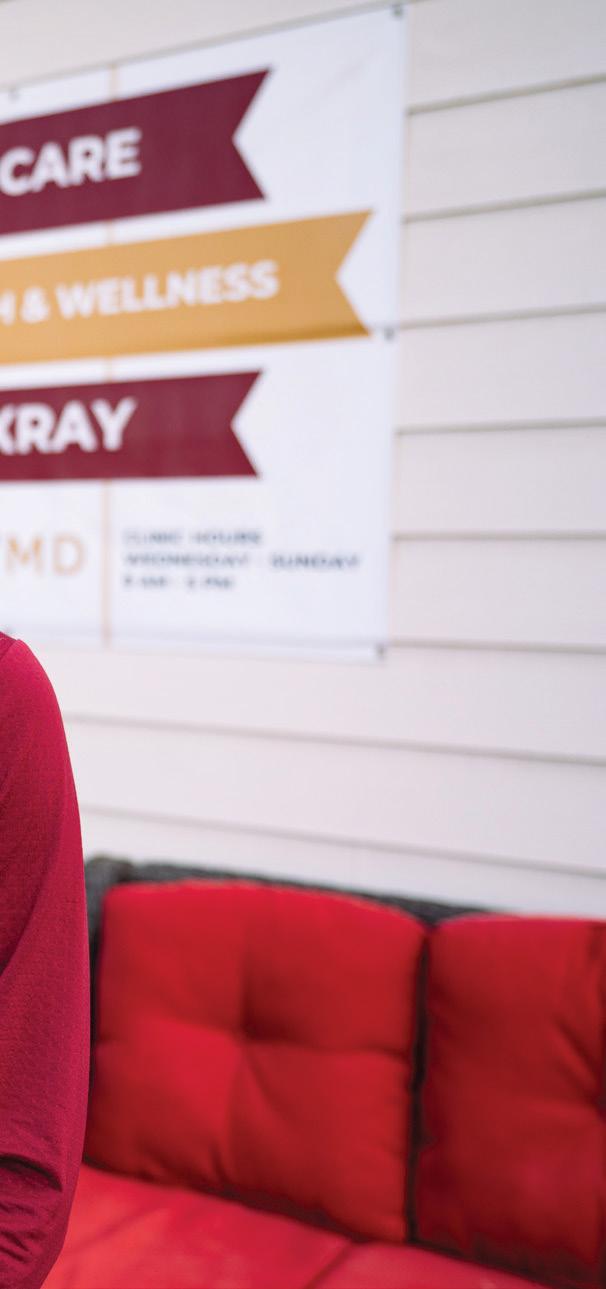

elements,” says Blasko, “ShowMD is multifaceted in terms of getting people feeling better.” If patients need specialty services, like to see a cardiologist or dermatologist, ShowMD arranges those appointments, but in their office, common requests include routine physical examinations, blood work, imaging, MRIs, trigger point injections, ultrasounds, TENS therapy, and even massages.
Riders are not the only patients on Blasko’s chart. “I provide primary care services and coordination of healthcare because a lot of times, trainers work seven days a week and they really just don’t have time to go to the doctor.” Being conveniently located on the horse show grounds means business owners don’t have to miss a day of work or potential customers for their medical needs.
ShowMD looks out for everyone on the showgrounds, especially grooms. “If they get injured by a horse stepping on them, biting them, or something else, there’s a discount I give to the grooms because they work really hard. I groomed for a long time when I was in high school and college to pay expenses, so I know what they do, and it’s a hard job,” says Blasko.
“A lot of them don’t have healthcare insurance. They don’t know where to get care, and sometimes they’re afraid to go to hospitals. A lot of them take horse medication, so part of my job is educating them also on alternatives and where to actually seek medical care,” says Blasko.
“I still work in the ER as an ER doctor, and I see people that are not necessarily documented or don’t have insurance and we care for everybody in the ER and I wanted to bring that to ShowMD.”
To Blasko, the horse community has given her everything so she’s committed to giving back the very best care. Looking into the future, she’s hoping to add a pediatrician to her already impressive team of ‘horse wise’ healthcare professionals and keep expanding operations. Blasko says, “The horse shows have all been so supportive of ShowMD, and the people have been especially wonderful.”
When Blasko sees patients in the ER, they’re often unhappy and bitter about waiting, but when people visit her office at the horse show, they’re impressed with the quality and expanse of care and very appreciative. Says Blasko, “That reaction is what keeps me going and pushes me to reinvest in the business and keep developing different services that I can offer to this community.”
“Barb has been our concierge physician for the past few years. As a rider herself, she totally understands the complexity of our industry and how to best care for us as riders and trainers. ShowMD has helped us navigate the medical system which has become very complex. We are so grateful to know she is always available for us.”
—TRACI AND CARLETON BROOKS, BALMORAL
“Having ShowMD at Desert International Horse Park gives us all a great sense of security knowing there is a board certified Emergency Medicine doctor right on site. Barb treats everyone at the show with the highest level of care and compassion.”
—STEVE HANKIN, PRESIDENT & CEO, DIHP
“Best conversation I’ve ever had with a doctor in my life. She actually listened and actually made sense!”
—MEGAN MCDERMOTT, OWNER, COUNTER BALANCE LLC, WINNER OF MULTIPLE NATIONAL AND FEI GRAND PRIX
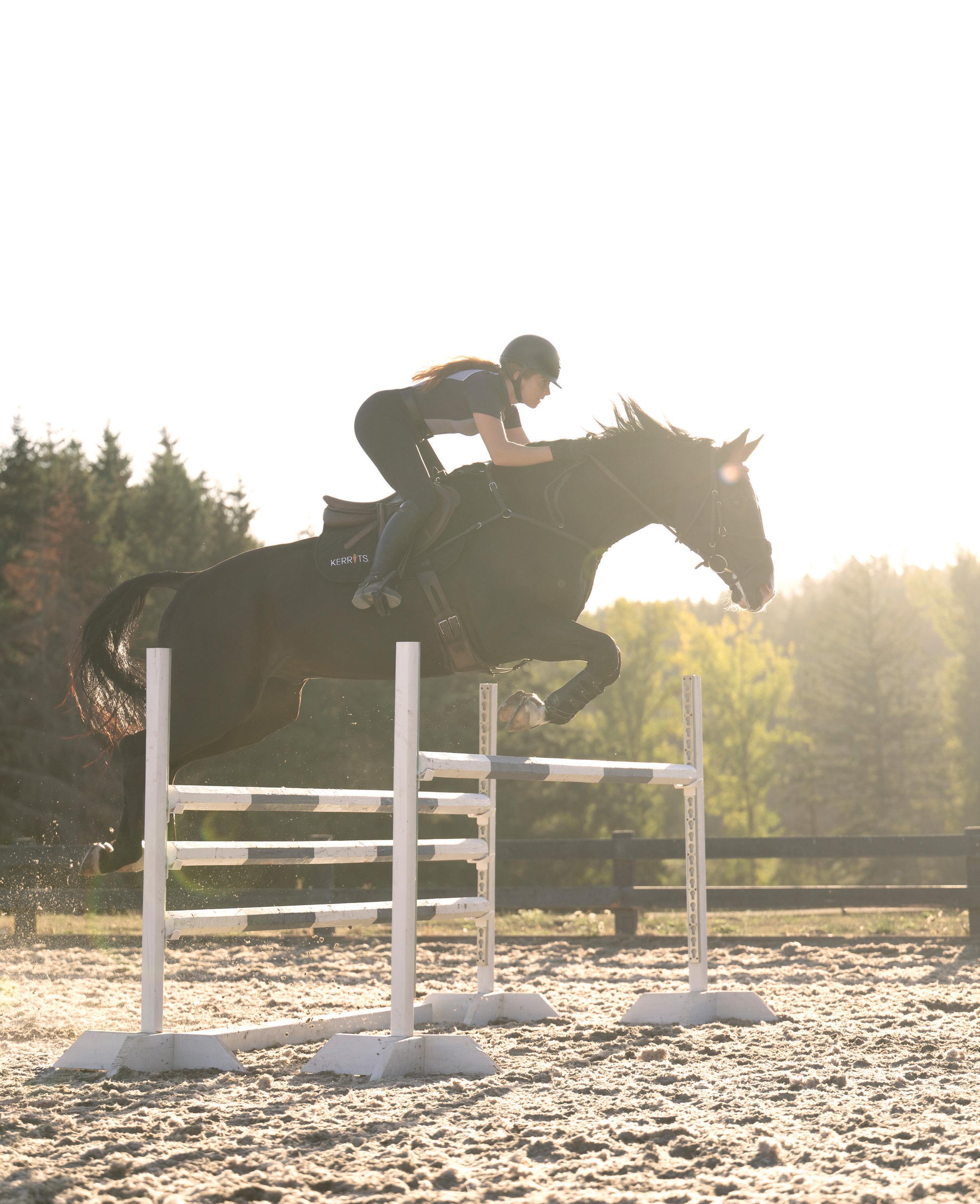
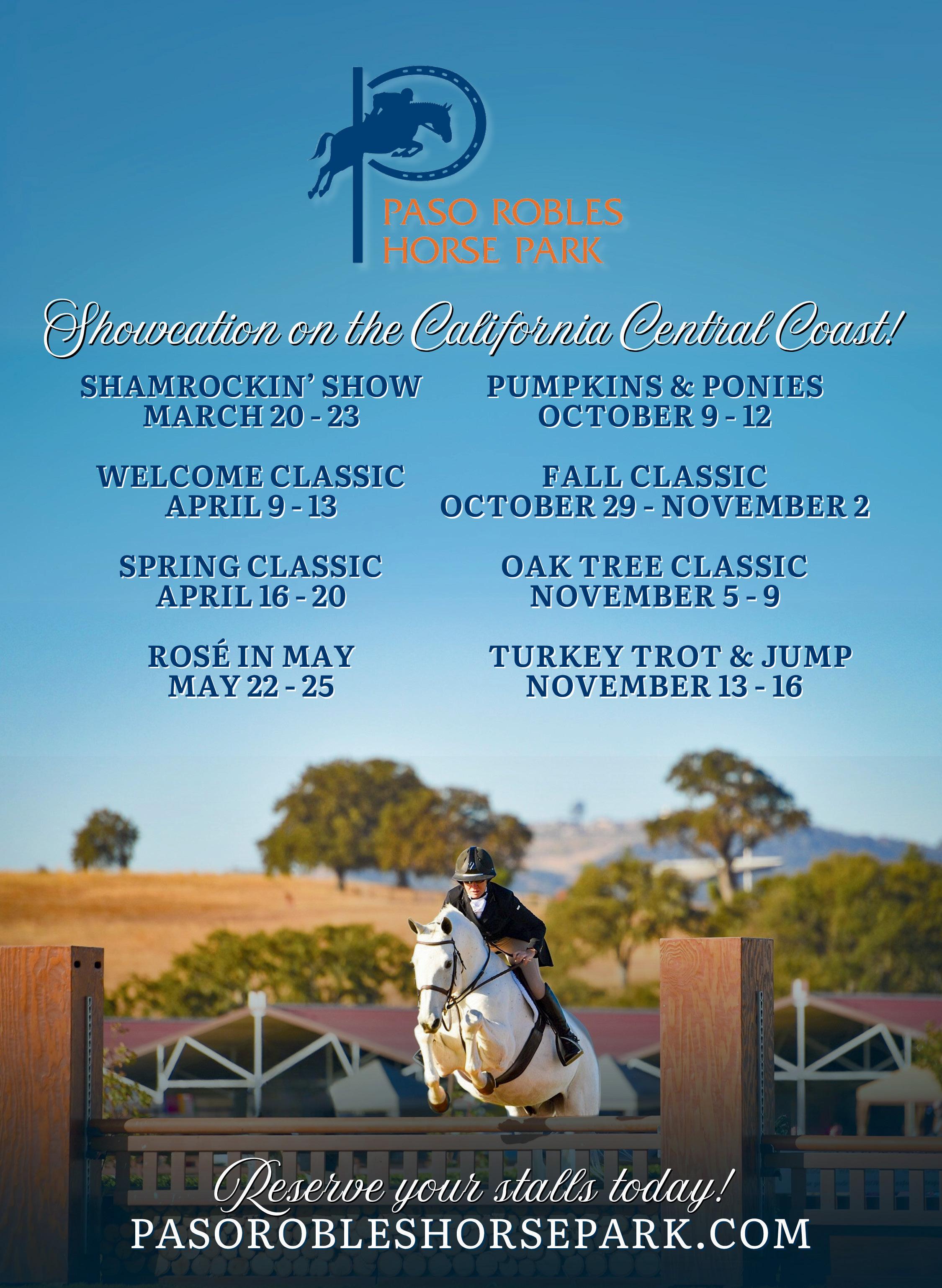

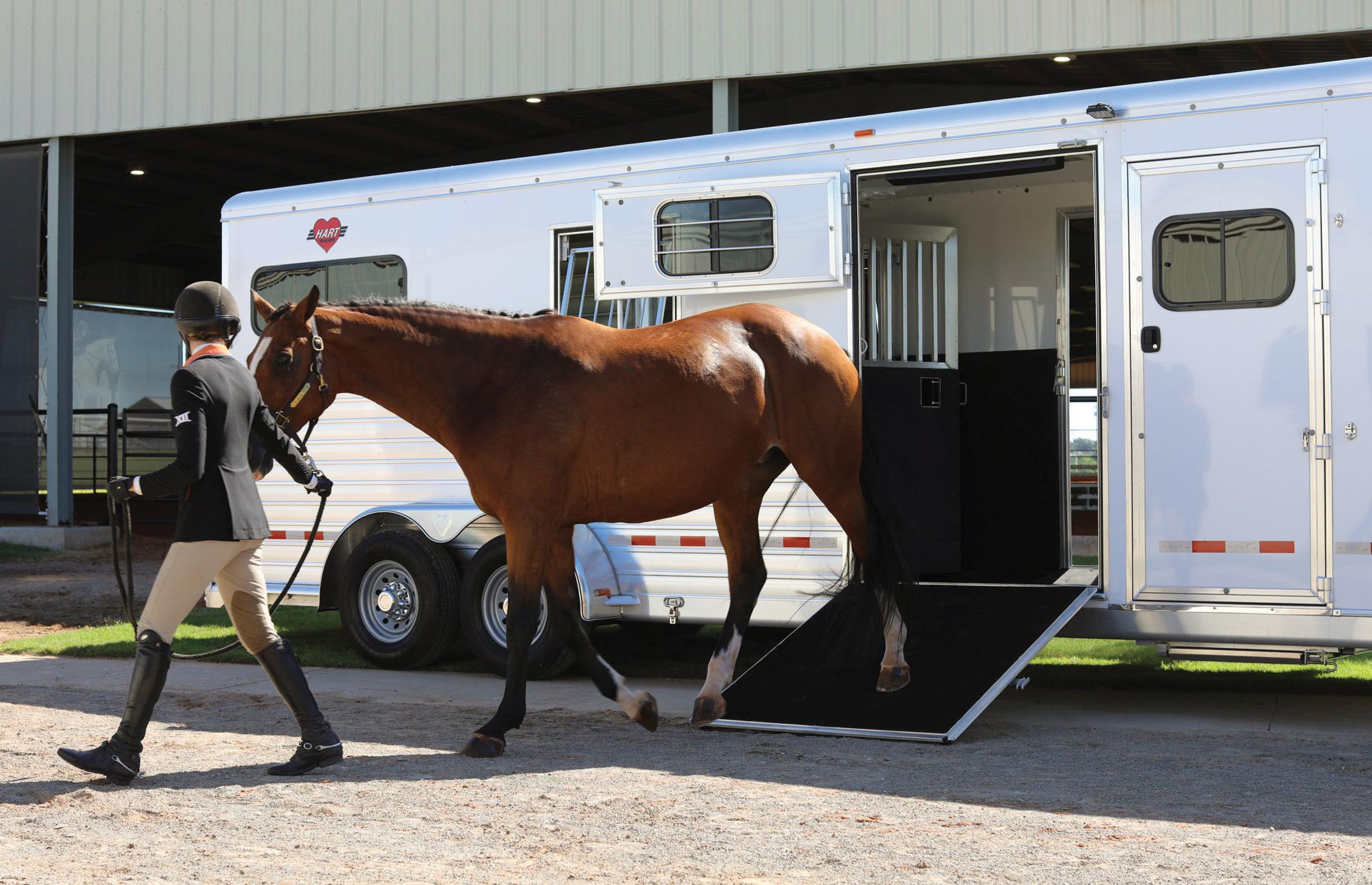
WORDS: PAIGE CERULLI
WHEN ANTHONY and Kay Hart founded Hart Trailer LLC in 1968, they did so with the goal of manufacturing the best horse trailers in the industry. Rather than focus on mass-producing trailers, the Harts custom build trailers to meet their customers’ needs and forged meaningful, long-term relationships in the process. It’s that dedication to creating a quality, safe, reliable trailer that sets Hart Trailer apart. It also contributed to the business’ success; Hart Trailer is now owned by the second Hart family generation and will soon celebrate its sixtieth anniversary.
When Anthony and Kay Hart started Hart Trailer, their family was already in the manufacturing business. Anthony and Kay started the company at the same Chickasha, OK, location where it remains today. They began by manufacturing steel trailers, and the trailer designs that the company uses today have evolved from those very first trailers created.
Hart Trailer’s Amanda Williams explains that family involvement and ownership of the company is particularly unique to the company, especially today. “Kay and Anthony had three daughters, and their daughter, Tracy Hart, actually got her start sweeping floors at the shop,” Williams tells The Plaid Horse. When Tracy was a teen, she started working in the front of the company, and in 2010, she purchased Hart Trailer from her parents.
Anthony and Kay were highly passionate about their work and the trailers they produced.
“It wasn’t just a job to them; it wasn’t something they just did 8 to 5 and went home and forgot about,” says Williams. The couple always worked to maintain very strong relationships with customers, employees, and dealers, taking great pride in the quality of the trailers they produced.
Such dedication to quality meant that Anthony and Kay were intensely focused on the details of the business. Anthony mostly focused on the shop and the manufacturing, while Kay handled more of the business operations. Williams describes them both as being incredibly focused on the details, to the business’ benefit. “They did not do anything that wasn’t done properly,” she says. “Neither were people who would take a shortcut.” Tracy inherited those qualities and has continued to run the business with the same focus. “We don’t do anything that’s not as close to perfect as can be,” says Williams. “There’s a focus and drive of trying to make sure that we’re always improving and not taking shortcuts.”
Williams recalls one day early in her employment when she and Tracy were walking through the trailers. One trailer’s Hart Trailer decal had been applied slightly crooked, and Tracy immediately got an employee to remove it and correct it. “From the little details all the way down to the welds, she and Roy go over everything,” says Williams. “There’s not a trailer that leaves that they haven’t put eyes on.”
When customers call the company with questions, they get a sense of the company’s dedication. Hart Trailer employees directly interact with customers regularly, and when customers call in, they speak with a live person. Hart Trailer employees often become friends with customers, such as when the company repeatedly sponsors shows and organizations.
Many Hart Trailer employees are horse people, and they understand the importance of trailer safety and quality. Williams has a particularly unique perspective, since her parents professionally transported horses all over the United States and Canada. “I grew up with the opportunity to pull several different brands,” she says. “The way that [Hart Trailer] pull, you don’t know that they’re there. They are heavier-made and very structurally sound, but you don’t feel them behind your truck when you’re hauling down the road.”
Hart Trailer uses an axel placement formula that’s unique to the company. The trailers are built to not only last for
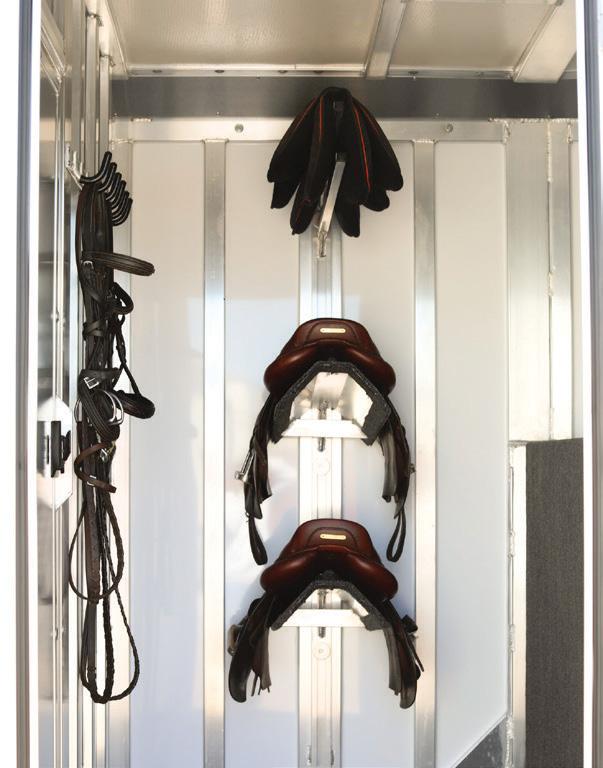
decades, but to also maximize safety in case of an accident.
“I’ll never forget when I first started, a mini trailer was at a stoplight and a semi ran into the back,” says Williams. The trailer sustained minimal damage, and once one corner post, the back doors, and ramp were replaced, it was road-worthy again. “I was in awe at how well the trailer held up.”
Such durability means that many older Hart Trailers are still on the road today. When Williams first started working with Hart Trailer 13 years ago, she worked in the parts department. She often got calls from trailer owners looking for parts for trailers that were decades old: “We have trailer on the road from the nineties, eighties, and on rare occasions, the seventies.”
Often, Hart Trailers are passed down from one generation to another. To support those younger generations of trailer drivers, Hart Trailer has launched a new scholarship initiative. “It’s an avenue for us to give back to some of the families,” says Williams. “These are all students involved in livestock or equestrian or rodeo, and their families own and pull a Hart Trailer.”
Scholarship candidates must complete an application and will undergo an interview process. Scholarship recipients will receive not only scholarship funds, apparel, prizes, and service opportunities for their trailers, but will also publicly represent Hart Trailer.
During its time in business, Hart Trailer has evolved from manufacturing steel trailers to manufacturing a wide range of aluminum trailers. Today, the company manufactures slant as well as straight load trailers.
The straight load trailers are designed with larger horses in mind, such as jumpers and dressage horses. The straight loads are taller than the slant loads, and Hart Trailer even manufactures straight loads suitable for draft horses.
Hart Trailer doesn’t use sheeted floors. Instead, they use tongue and groove interlocking floors that won’t give when you walk on them. “These floors make our trailers incredibly strong,” Williams says.
The trailers feature a half-inch fiberglass composite roof, which helps with keep horses warmer or cooler depending on your climate.
All Hart Trailers are unique, and the company builds them custom. “We don’t have a cookie cutter or packaged trailer,” Williams explains. The width, height, and length can be customized on all but one model, which is limited only by width, and there are also several different tack options and configurations available. Additionally, with over 21 different sheet colors available, there are plenty of ways to make a Hart Trailer your own. “We don’t build two trailers alike,” says Williams.
While Hart Trailer is located in Oklahoma, you can find the trailers at dealers throughout the United States and Canada. In addition to choosing from stock trailers available at dealers, customers can place their own custom trailer order through a dealer. Customers are also welcome to visit Hart Trailer and see the extensive attention to detail and pride that goes into each trailer’s build.
As Hart Trailer nears its sixtieth anniversary, the company sets its sights on the future. “We’re always trying to stay on the front edge of innovation,” adds Williams. “How can we do things better? You don’t want to fix something that’s not broken, but you always want to be striving to do something better than before.”
That dedication to providing top-quality trailers designed specifically for horse owners is integral to the business’ success. Customers recognize that quality and keep coming back. “We have customers that are on their sixth trailer,” says Williams. In some cases, trailers are passed down from customers to their kids and, eventually, their grandkids. It’s a fitting achievement for a company that’s built upon the importance of family and the value of a top-quality product designed to last.
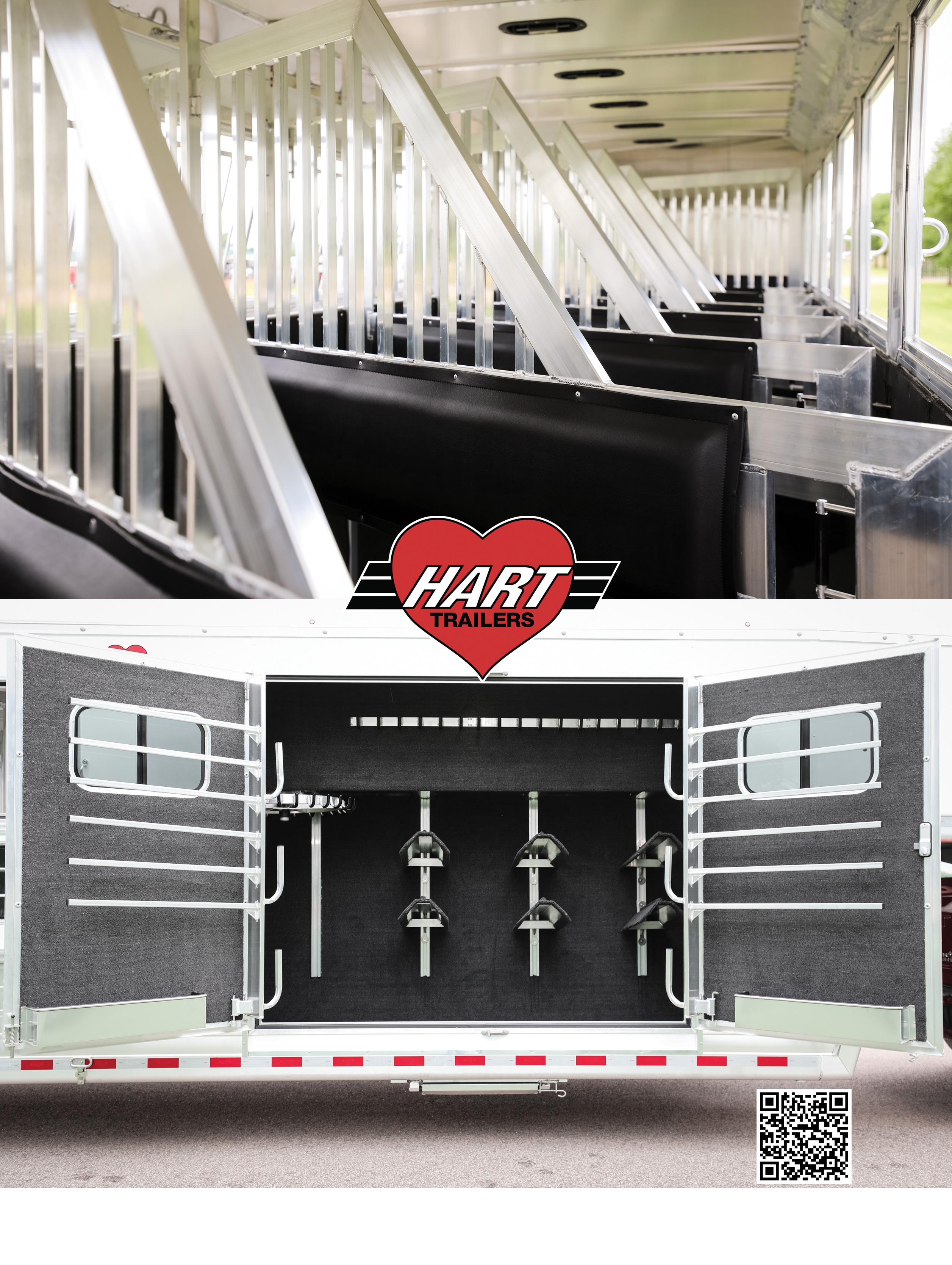


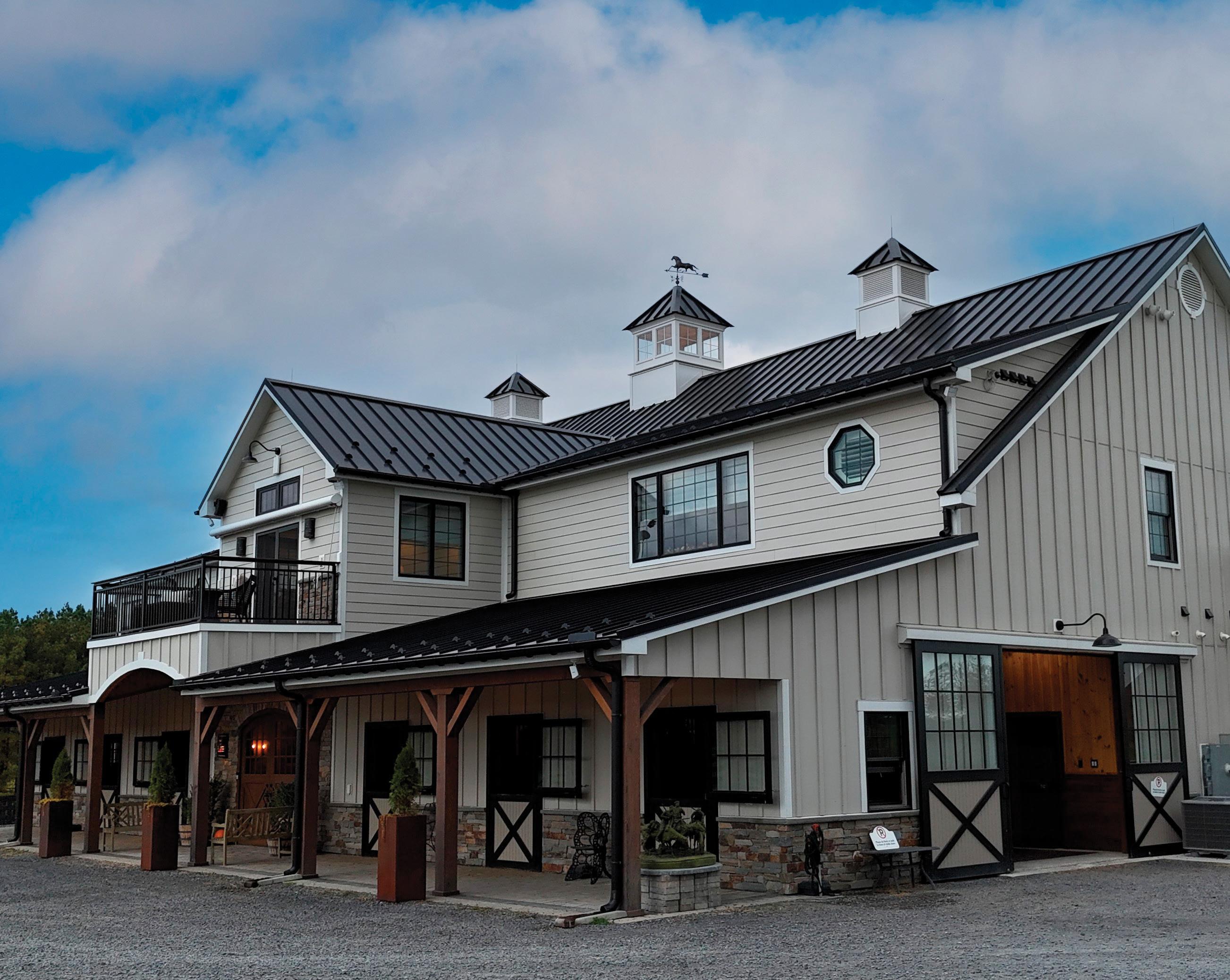
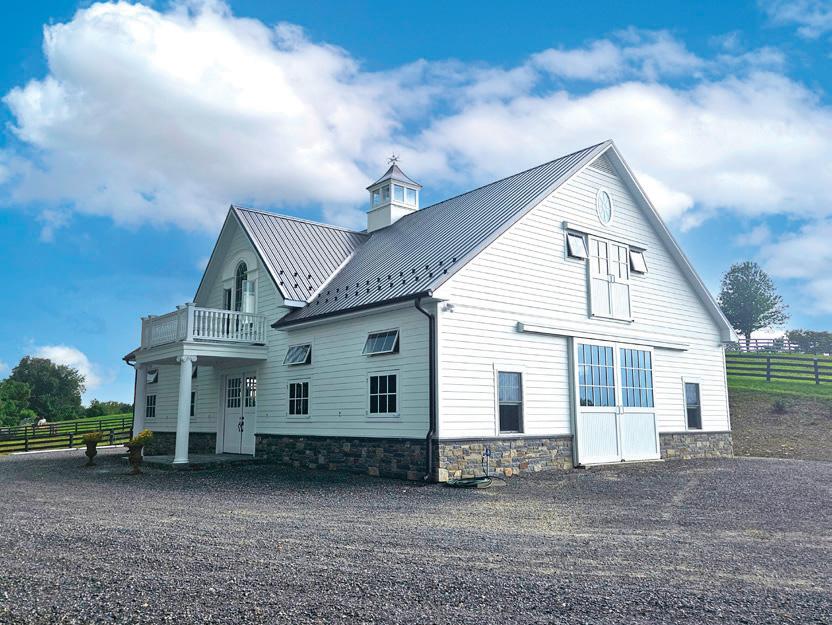
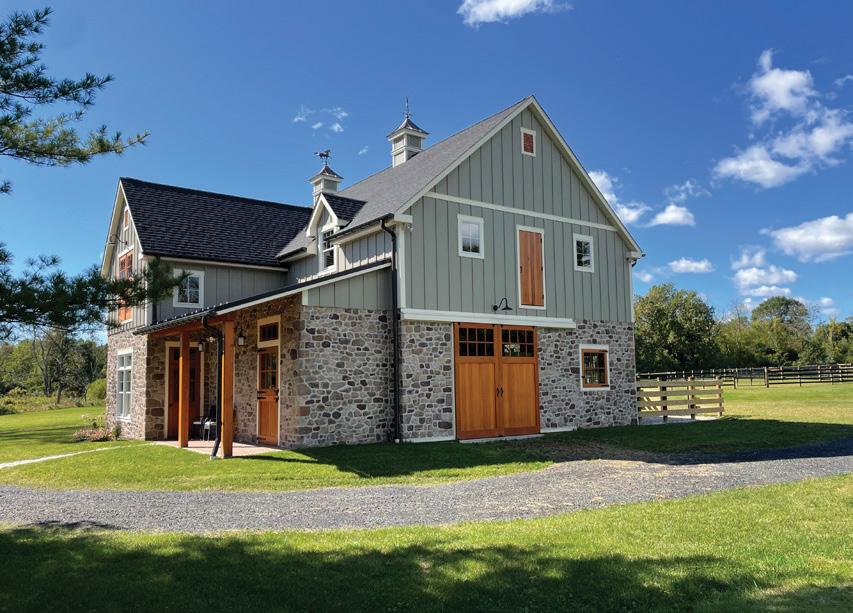
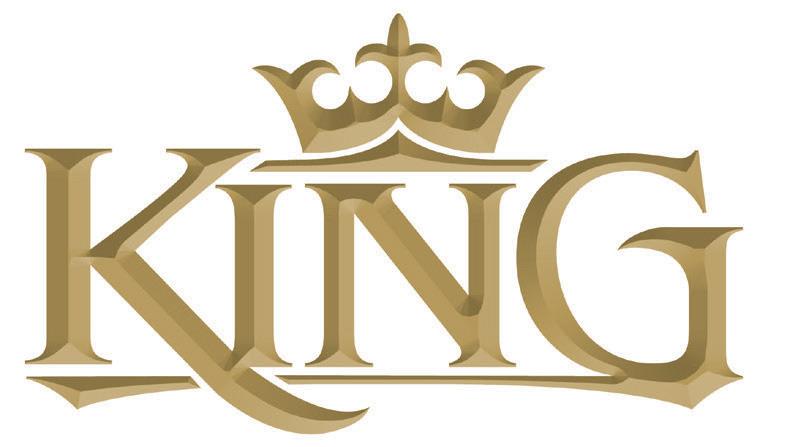
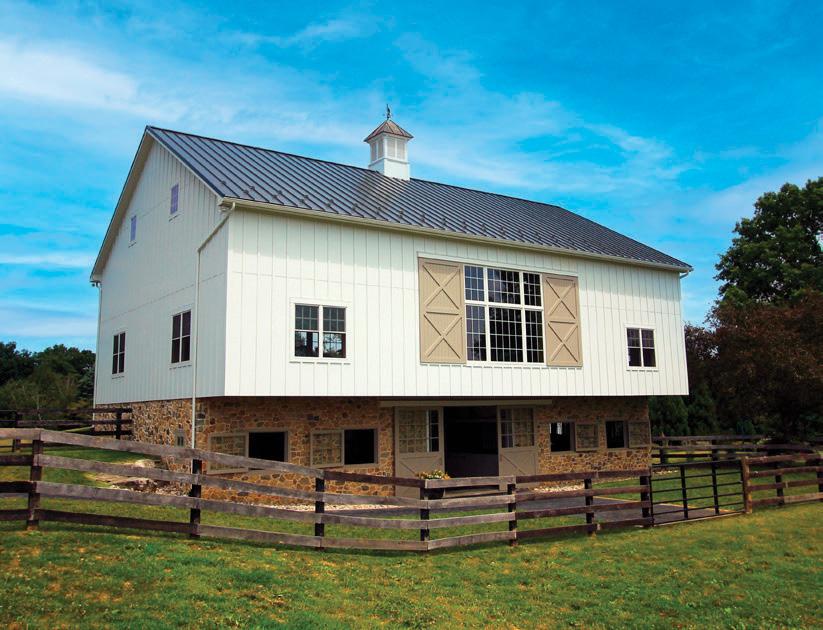
GASTRIC HEALTH is always a hot topic among equestrians. Equine Elixirs ushered in the New Year with a new liquid gastric supplement that has garnered a lot of attention. Slimer, an all natural way to coat the sensitive gastric lining from splashing acid, is the newest addition to Equine Elixirs’ exclusively show safe supplement lineup. “An easyto-administer liquid alternative to sucralfate is something we have been working on for a while,” said Elizabeth Ehrlich, the founder of Equine Elixirs. “We introduced Slimer at the AAEP this year in Orlando, and the veterinarians we spoke with were extremely impressed with its application.”
ALL ABOUT SLIMER
Slimer gets its name from the ‘slimey’ nature of its ingredients: hyaluronic acid, beta glucan, slippery elm, marshmallow root, and licorice root. This combination of ingredients not only provides mucosal soothing properties, but it helps shield the stomach lining from irritation. Slimer’s viscous nature forms a protective coating over the stomach’s squamous and glandular surface, and protects the
sensitive gastric tissue from splashing acid for 1-2 hours at a time. Slimer can be added to feed or can be dosed strategically before riding, traveling, competing, or times of additional stress. “There are several liquid gastric supplements available that contain lower levels of hyaluronic acid and beta glucan,” said Ehrlich. “One of the things that really sets Slimer apart from the rest, is the higher concentration of high molecular
weight hyaluronic acid and beta glucan, in addition to its other anti-inflammatory ingredients, which makes it a broader spectrum and more effective product.”
Sucralfate is a common medication used to treat ulcers and coat ulcerative tissue for several hours at a time, but often presents a management issue. For maximum effectiveness, it is fed on an empty stomach, typically 3-4 times daily in order to maintain its protective barrier. One of sucralfate’s drawbacks is that it can interfere with the absorption of other medications. Unlike sucralfate, which adheres to ulcerative tissue only, Slimer will coat healthy stomach tissue as well, providing a broad layer of protection throughout the squamous and glandular region, but for a shorter period of time. Slimer can be given before riding, traveling, or during times of additional stress, but can also be fed daily as part of a regular gastric maintenance program, and will not interfere with the absorption of medications. According to Vivian Yowan, rider and head trainer at Saddle Ridge, LLC, “Slimer has completely replaced the sucralfate that one of my nervous horses previously needed before competing.”

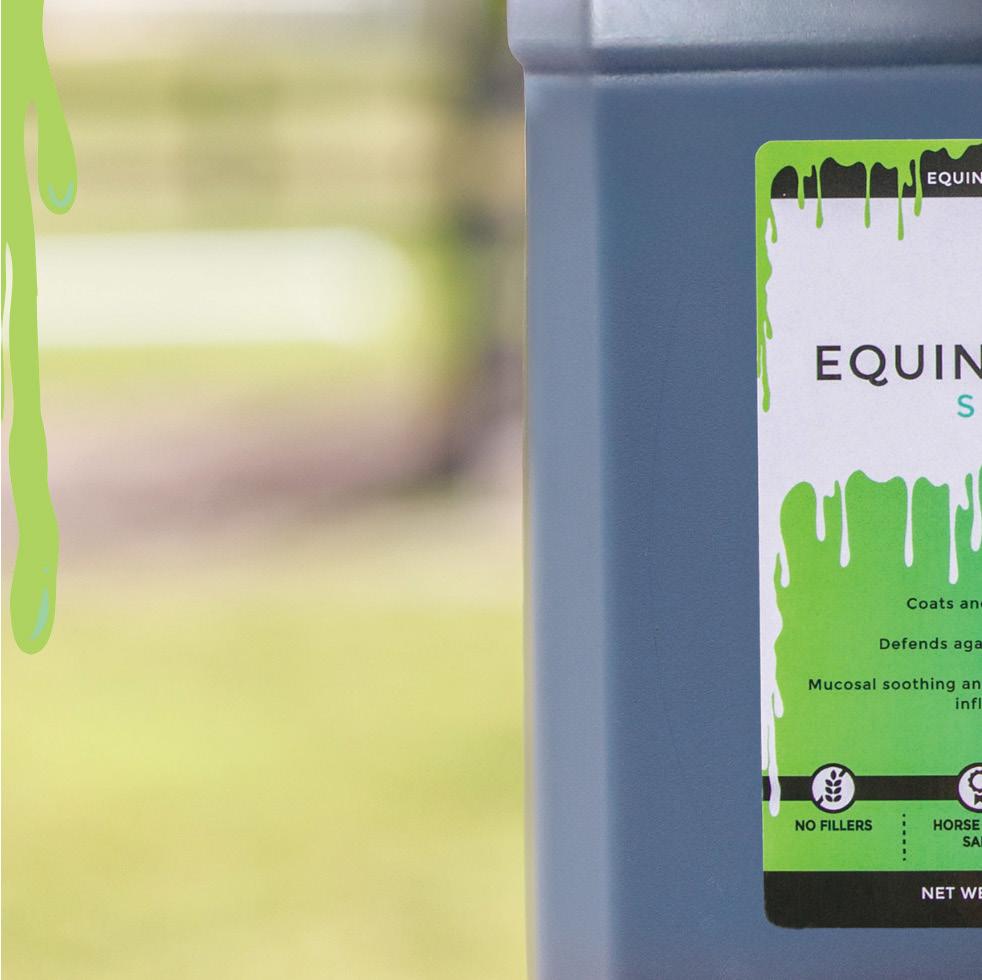
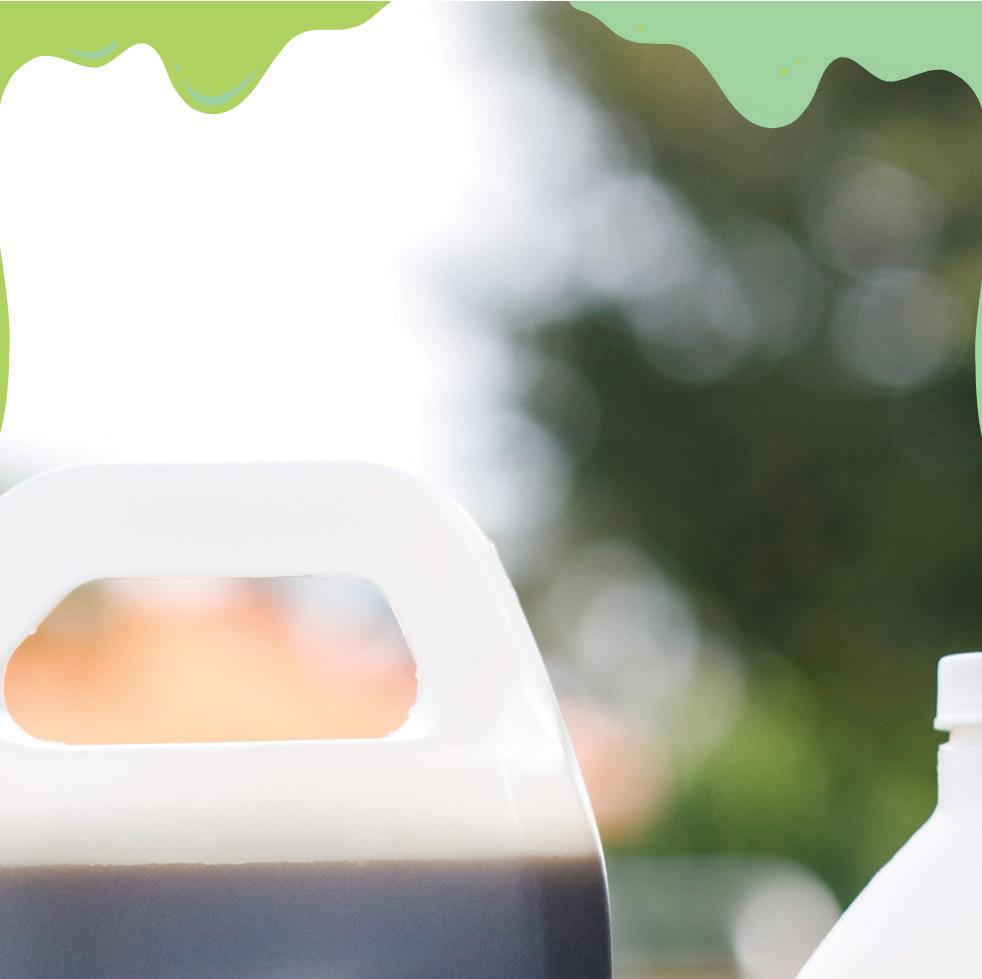
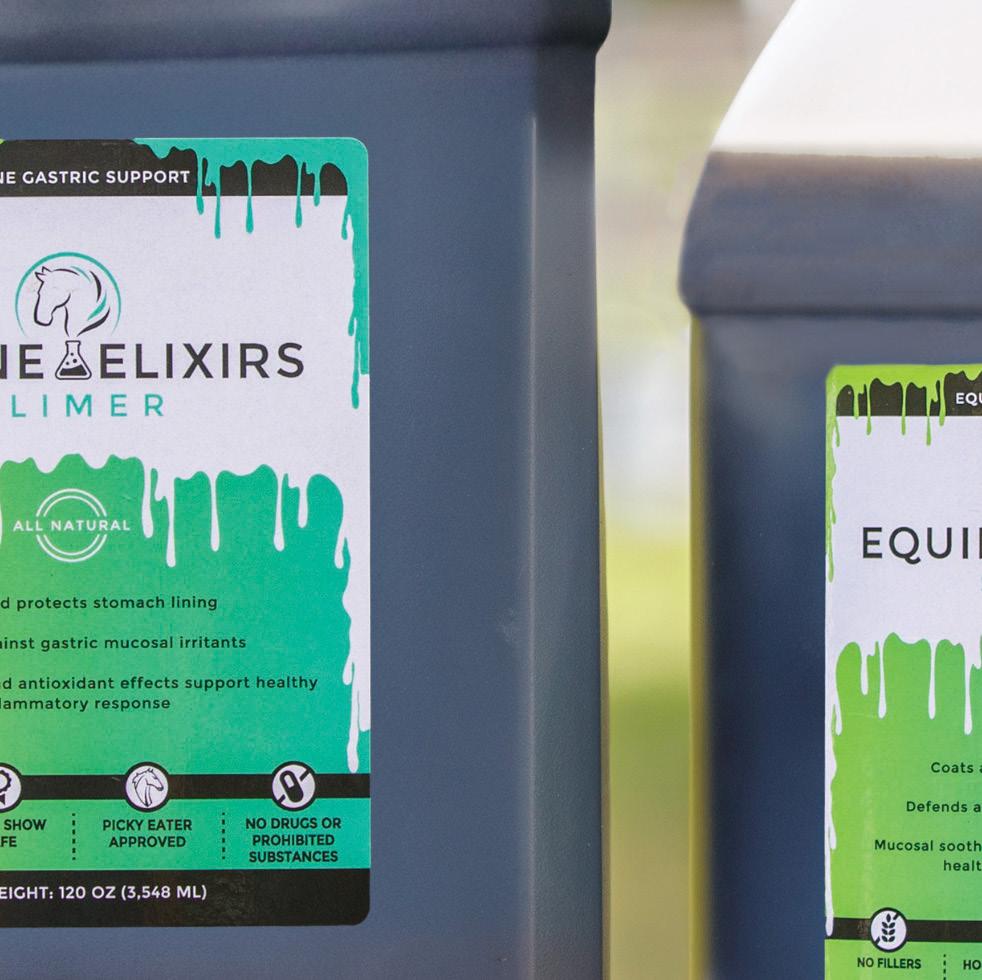

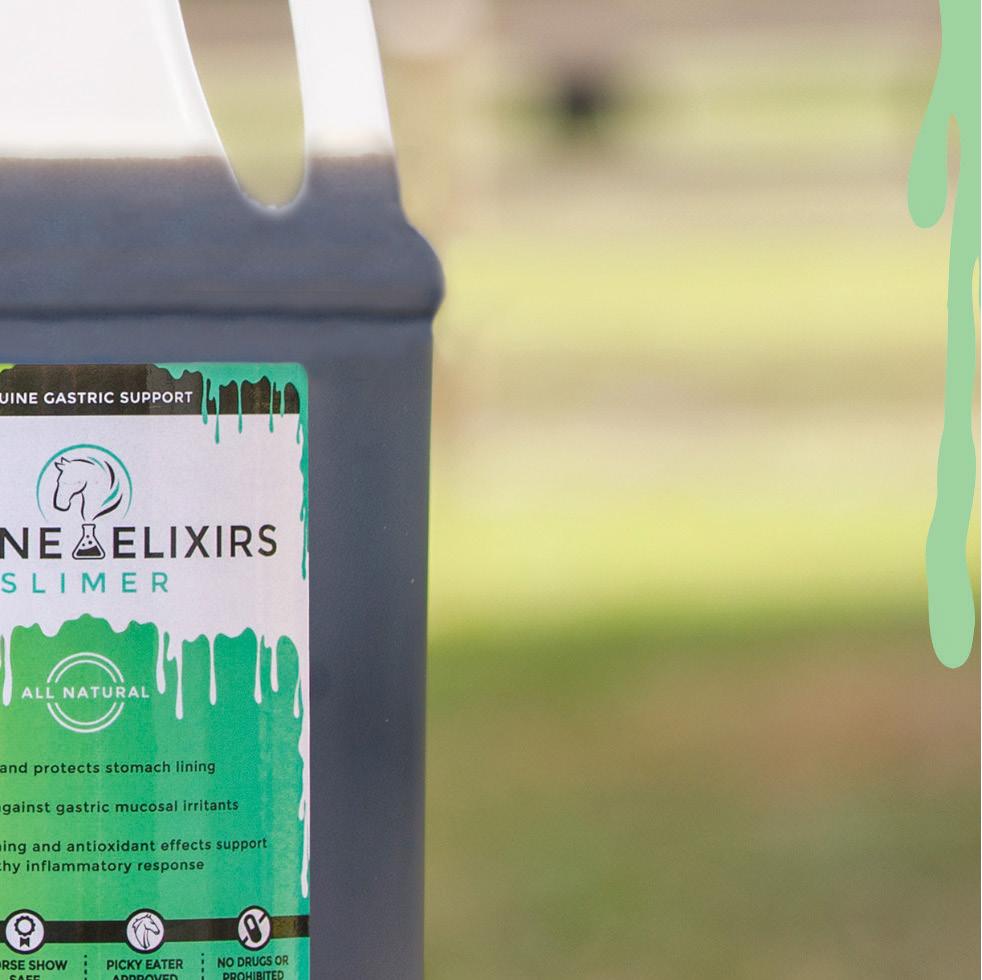



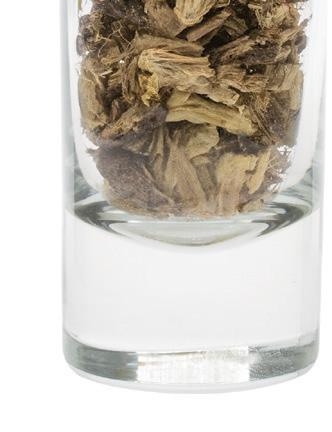
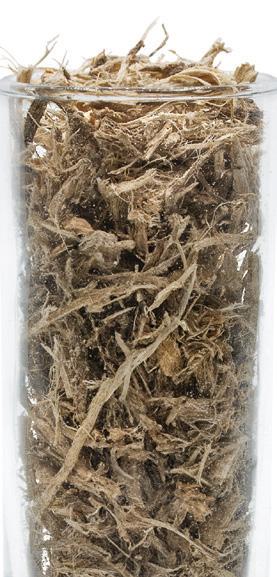
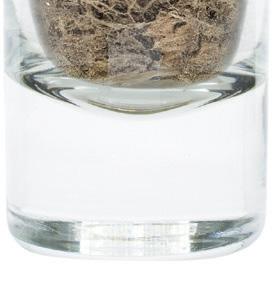
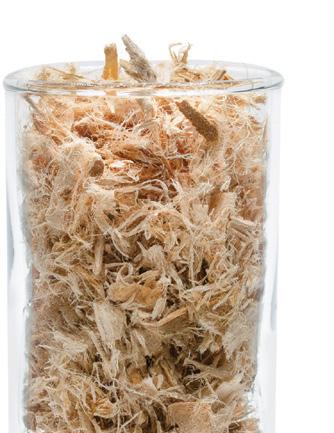
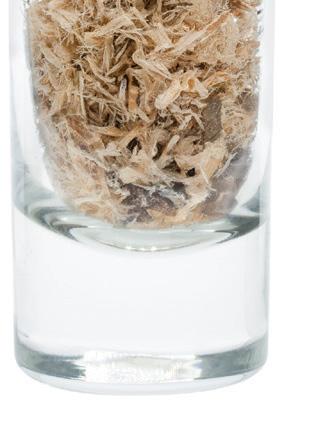
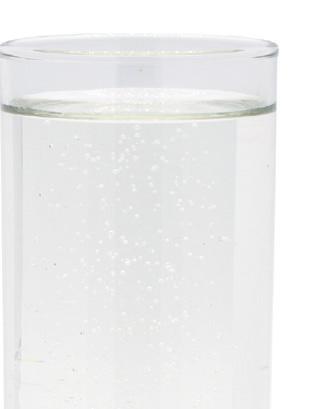
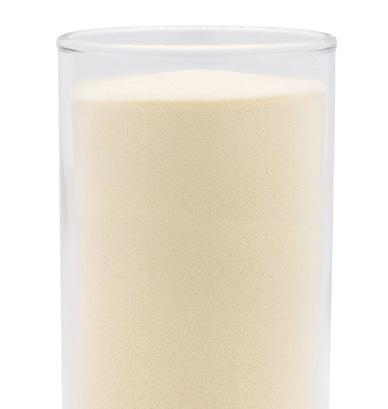
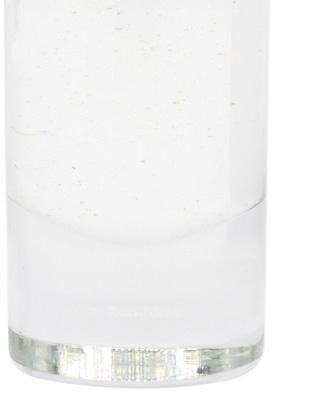
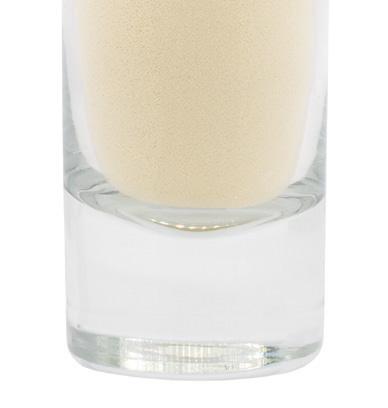
all-natural, show safe ingredients:
VISUALIZING SLIMER AT WORK

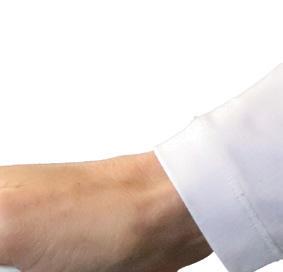
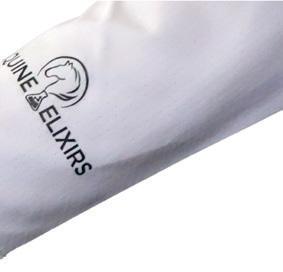
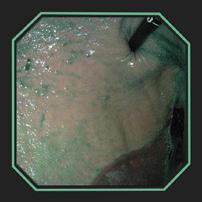
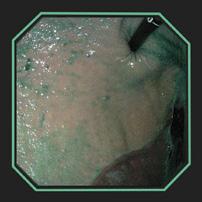
DISTRIBUTION OF SLIMER THROUGHOUT SQUAMOUS AND GLANDULAR REGIONS
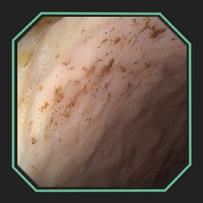
DISTRIBUTION OF SLIMER (without color dye) SHOWING PRODUCT GRANULARITY
The above gastroscopy images show Slimer coating the stomach. The horses received 2oz of Slimer via syringe and then lunged at the walk and trot for 10-15 minutes to simulate splashing acid while being ridden. Though Slimer is brown, it was initially dyed blue to be more visible. In order to show that the blue dye did not discolor the stomach or disassociate from Slimer, over 90cc of water was inserted through the gastroscope to “rinse” a portion showing that the underlying tissue remained pink.
There is no shortage of riders and trainers already singing Slimer’s praises. “Slimer has been a game-changer for us,” said Lauren Crooks of Crooks Show Jumping. “I’ve seen a noticeable improvement in my horses’ comfort, focus and overall demeanor during competitions as well as at home. It’s clear that Slimer helps promote a healthy stomach environment and preserve the gastric tissue even in high-pressure environments.” Mary Ann Thomas, trainer at Ashwood Farm, said that she has “seen less reactivity under saddle and in the barn” for those specific horses she knows to have had ulcer issues.
GET TO KNOW SLIMER WITH SOME FAQS
How is Slimer di erent from Ulceraser and can they be used together?
Ulceraser is forage based, designed to increase the strength of gastric mucosa, increase circulation and help heal lesions, act as a sand clear, and encourages

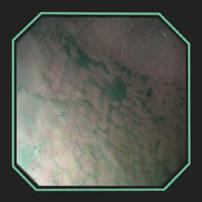
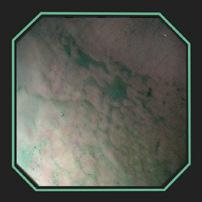
DEMARCATION AREA RINSED WITH WATER HIGHLIGHTING SLIMER’S GRANULARITY

DISTRIBUTION OF SLIMER (without color dye) THROUGHOUT SQUAMOUS AND GLANDULAR REGIONS
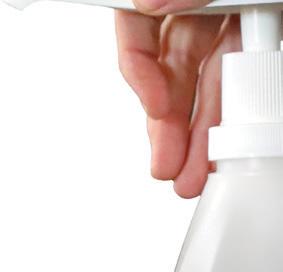
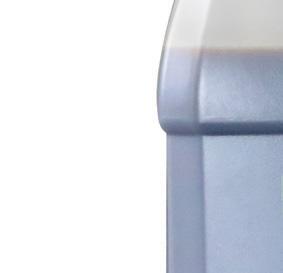
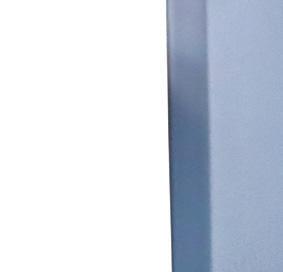
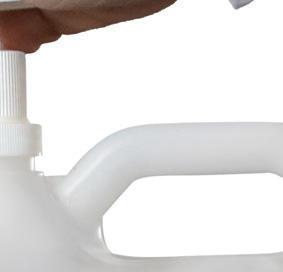

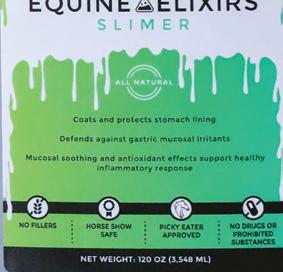

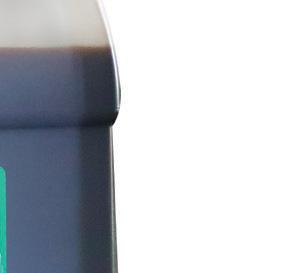
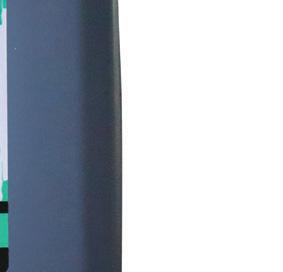


“I’ve seen a noticeable improvement in my horses’ comfort, focus, and overall demeanor during competitions as well as at home. It’s clear that Slimer helps promote a healthy stomach environment and preserve the gastric tissue even in high-pressure environments.”
—LAUREN CROOKS, CROOKS SHOW JUMPING
digestion in the foregut rather than the hindgut to help prevent the release of volatile fatty acids that can contribute to hindgut ulcers. Slimer’s viscous nature is designed to coat the squamous and glandular portions of the stomach to help protect the sensitive mucosa from splashing gastric acid during times that horses are most at risk for ulcers. Both supplements are designed to be used together and compliment one another.
If Slimer has hyaluronic acid does that mean it’s also bene cial for joints? Yes! Slimer has more high molecular weight hyaluronic acid than most other joint supplements and it will benefit your horse’s joints. The reason Slimer isn’t marketed as a joint supplement is because it is not a ‘complete’ soft tissue support
supplement like Arthroscope, which also contains the traditional building blocks of joint health in addition to other potent anti-inflammatories.
How is Slimer di erent from omeprazole?
Omeprazole is a drug designed to completely eliminate the production of gastric acid. Slimer is all-natural and will create a temporary slime coating throughout the stomach, but does not eliminate the production of gastric acid, and will not interfere with normal digestion.
Slimer is a great addition for any horse that needs extra gastric protection before riding, traveling, or competing. With its all-natural, show-safe formula, Slimer is easy to administer and an effective way to keep your horses feeling their best.

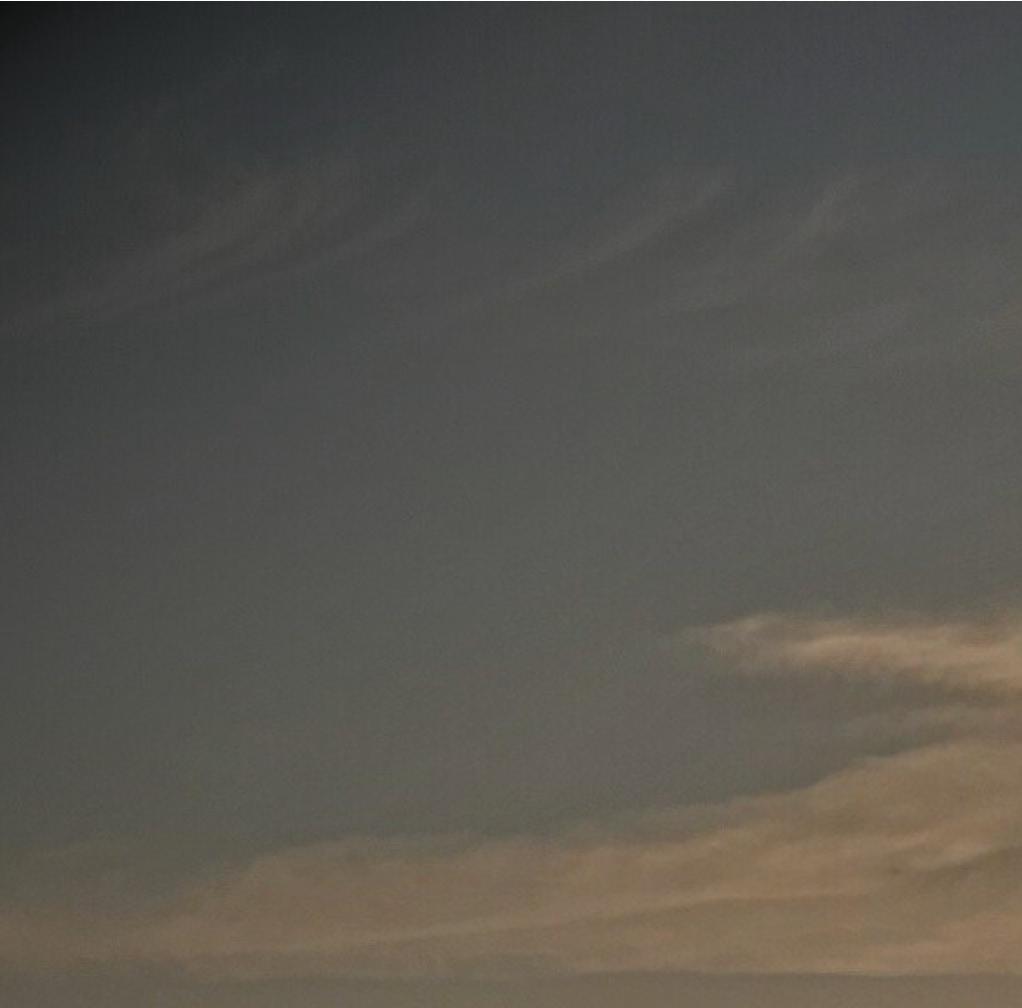












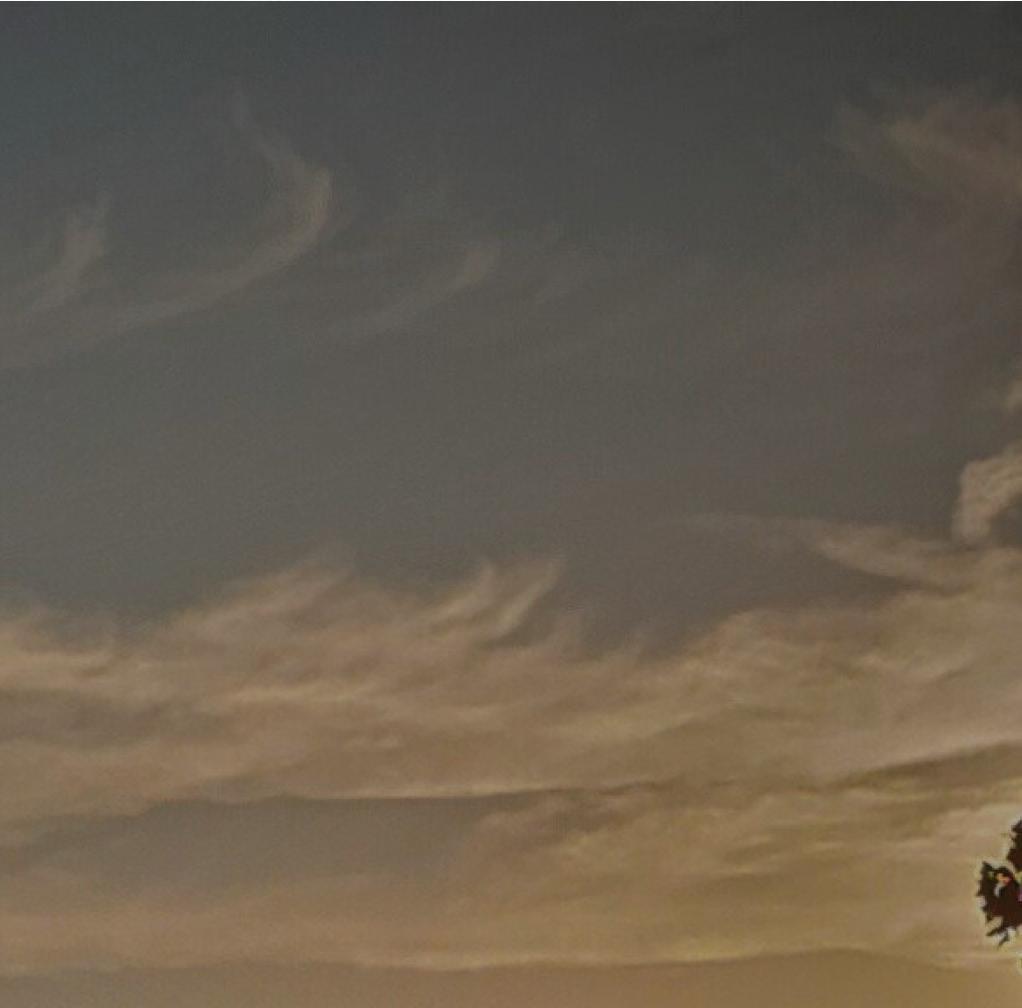

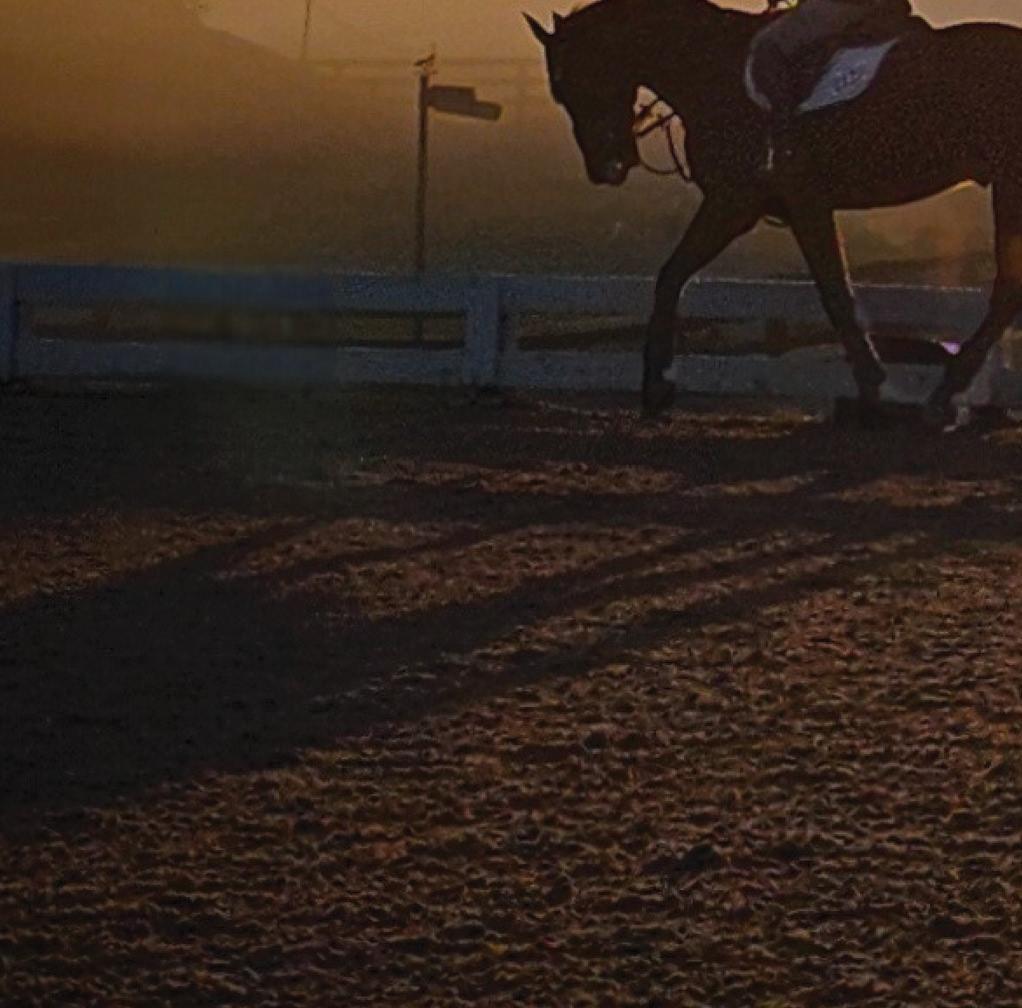


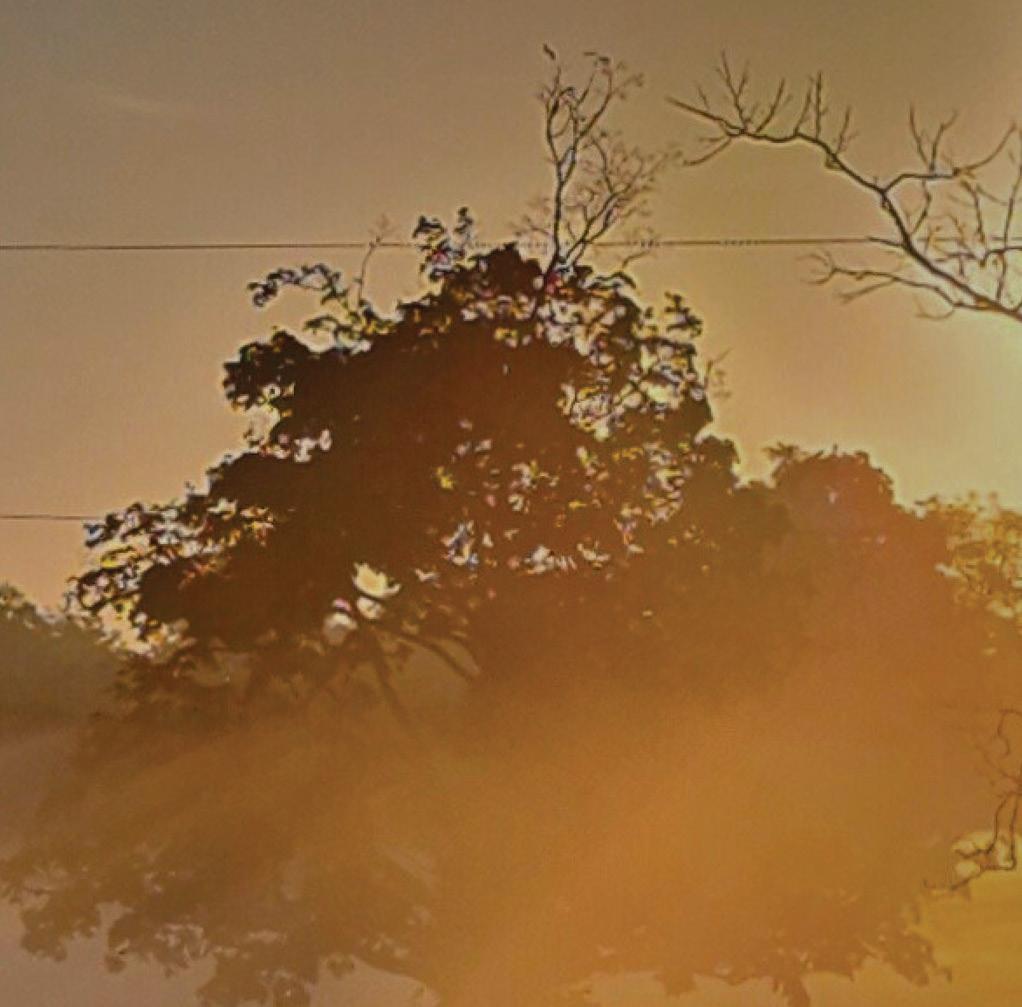




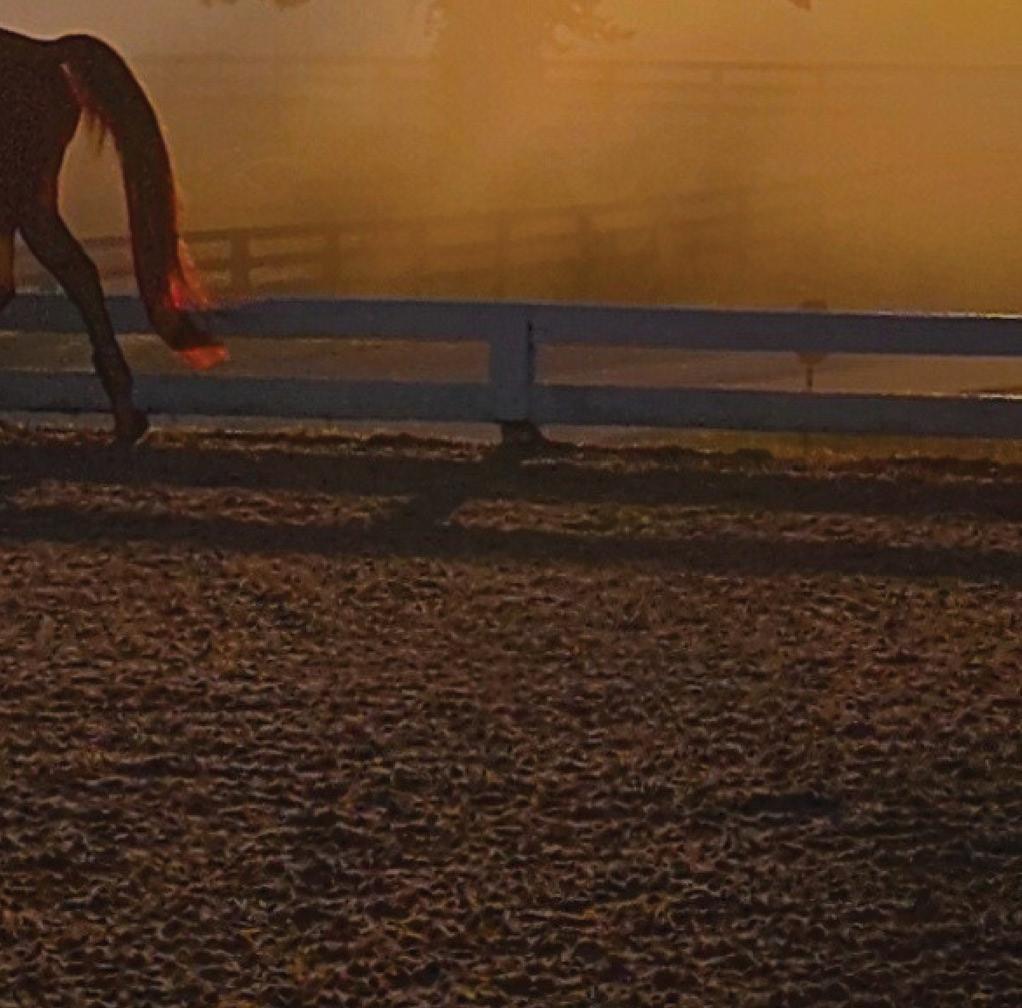




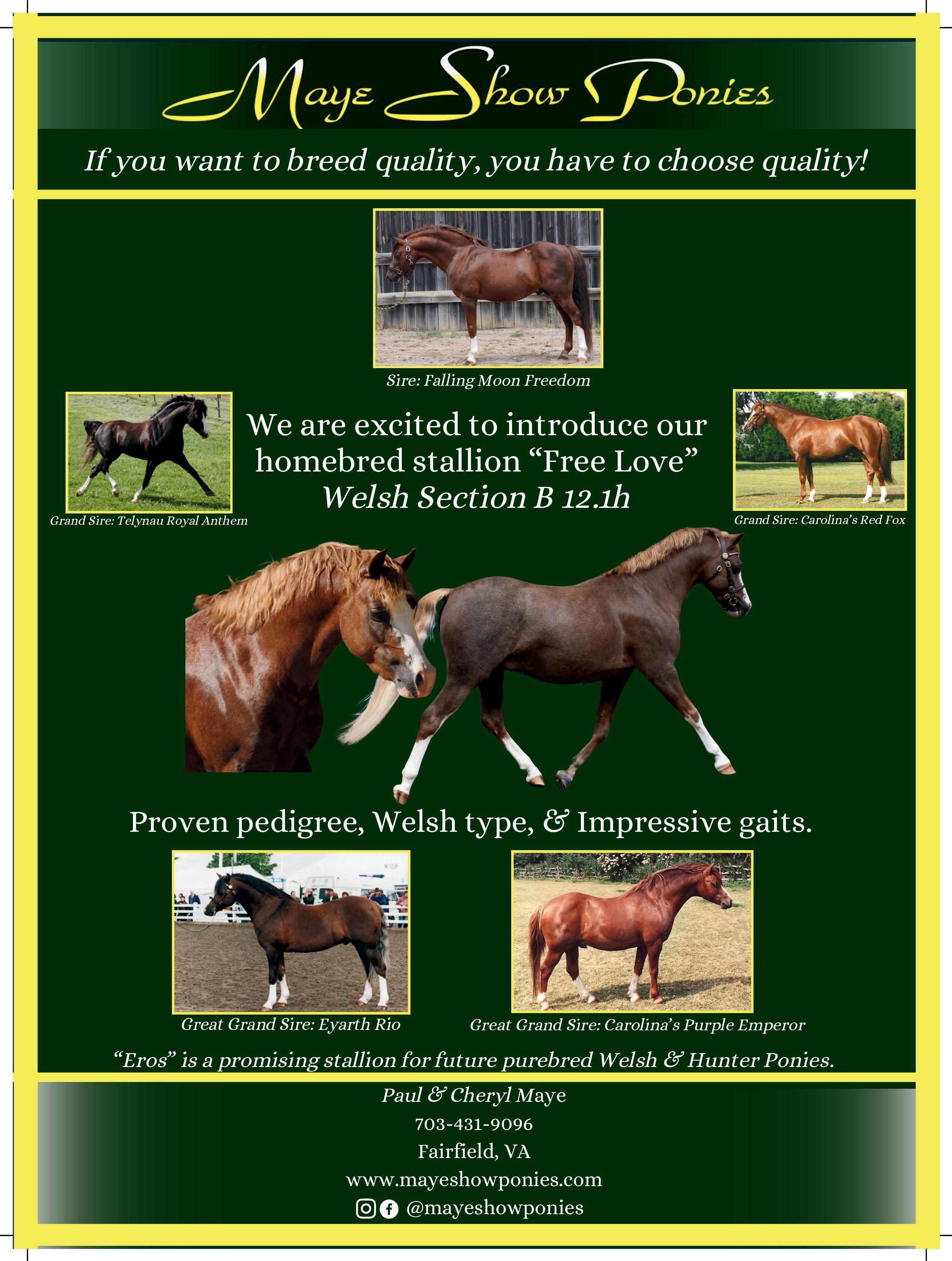







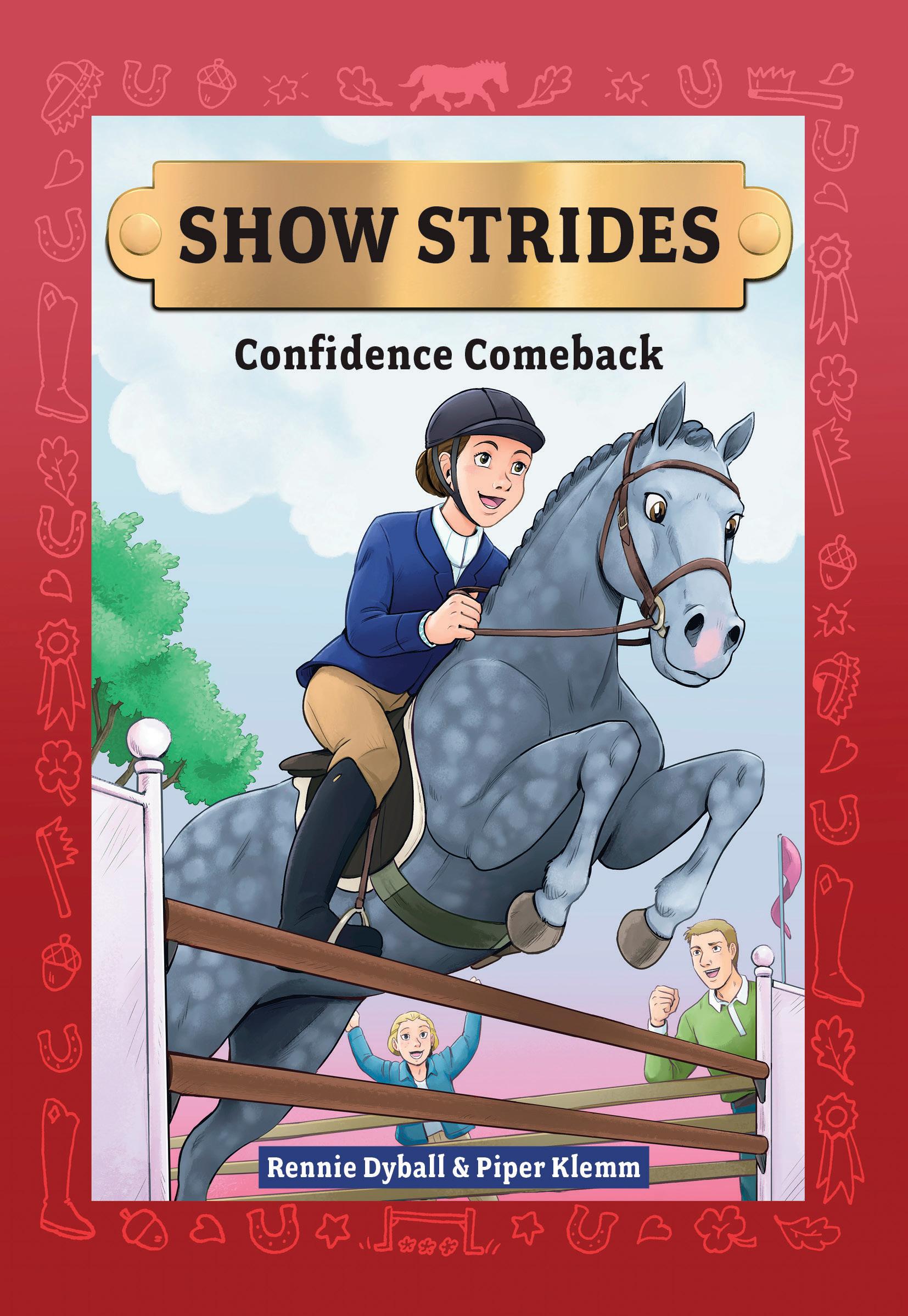

WORDS: PHILIP RICHTER, ALAN BAZAAR, AND CAROLYN YUN OF HOLLOW BROOK WEALTH MANAGEMENT
OWNING AND MAINTAINING horses has never been a bargain proposition. More recently, equestrian world costs have skyrocketed. Hay, shavings, shoeing, vet bills, and entry fees have all escalated and continue to rise.
Despite soaring prices, we are all still drawn to the beauty of the horse and all the enjoyment and benefits they bring us. From Thoroughbred racing to show jumping to dressage, horses provide value that money cannot buy. Unlike some other sports, equestrian pursuits require significant, ongoing financial commitment.
Whether you are a seasoned horse owner, a parent with a child venturing into the sport, or a professional running an equestrian business, managing the costs associated with horse ownership and activities is essential for long-term financial wellness. As wealth managers with many equestrian clients, we find it incredibly important to explore and implement basic strategies to maintain financial integrity and family wellness while pursuing your equestrian dreams.
IDENTIFYING THE PURPOSE AND GOALS OF HORSE ACTIVITIES
Before delving into the financial aspects, it is vital to clarify the purpose and goals of your involvement in the equestrian world. This self-reflection
will guide your spending decisions and ensure they align with your core values and long-term objectives. Key questions to consider:
Is this a recreational activity for a few years, such as a child’s introduction to horseback riding, or is the goal to compete at higher levels? Recreational riding generally requires less financial investment than competitive pursuits, which can include training, show fees, travel, and high-end equipment.
Are you involved in horses purely for enjoyment, or is there a business component, such as breeding, training, or running a boarding facility? If it is a business, understanding your cost structure and profitability is critical. Additionally, the tax implications differ significantly between hobbies and businesses:
• Hobby: Expenses related to horse ownership as a hobby are generally not tax-deductible. You may, however, deduct certain costs up to the amount of income generated from the hobby (e.g., occasional prize winnings or small sales).
• Business: If you operate as a business, you may be able to deduct
expenses related to your horse activities, such as feed, boarding, training, travel, and equipment, provided you can demonstrate a profit motive. The IRS uses specific criteria to determine if an activity qualifies as a business, such as consistent efforts to generate income, keeping detailed records, and showing a profit in at least three of the last five years.
For families with children, it’s important to gauge whether the child’s interest is likely to wane after a few years or if this could evolve into a lifelong passion. For adults, consider whether this is a phase or a permanent lifestyle.
Answering these questions will help you define your equestrian involvement and provide clarity when allocating resources.
Equestrian activities can quickly become a source of financial strain without clear boundaries and defined decision-making processes. In our experience as wealth managers with equestrian clients, it is clear how divisive and isolating the dynamic can be—specifically with multiple generations of riders and large sibling groups with different interests.

B o a r d i n g & D a y S c h o o l f o r
G i r l s i n G r a d e s 8 - 1 2 s d -
E q u i n e S c i e n c e
G r o o m i n g f o r S u c c e s s
I n t e r n s h i p O p p o r t u n i t i e s
H i s t o r y o f H o r s e i n S p o r t
S t a b l e & H o r s e S h o w M g m t
E q u i n e / S m a l l B u s i n e s s M a t h
E q u i n e N u t r i t i o n & W e l l n e s s
E q u i n e A n a t o m y & P h y s i o l o g y

O l d f i e l d s S c h o o l . o r g
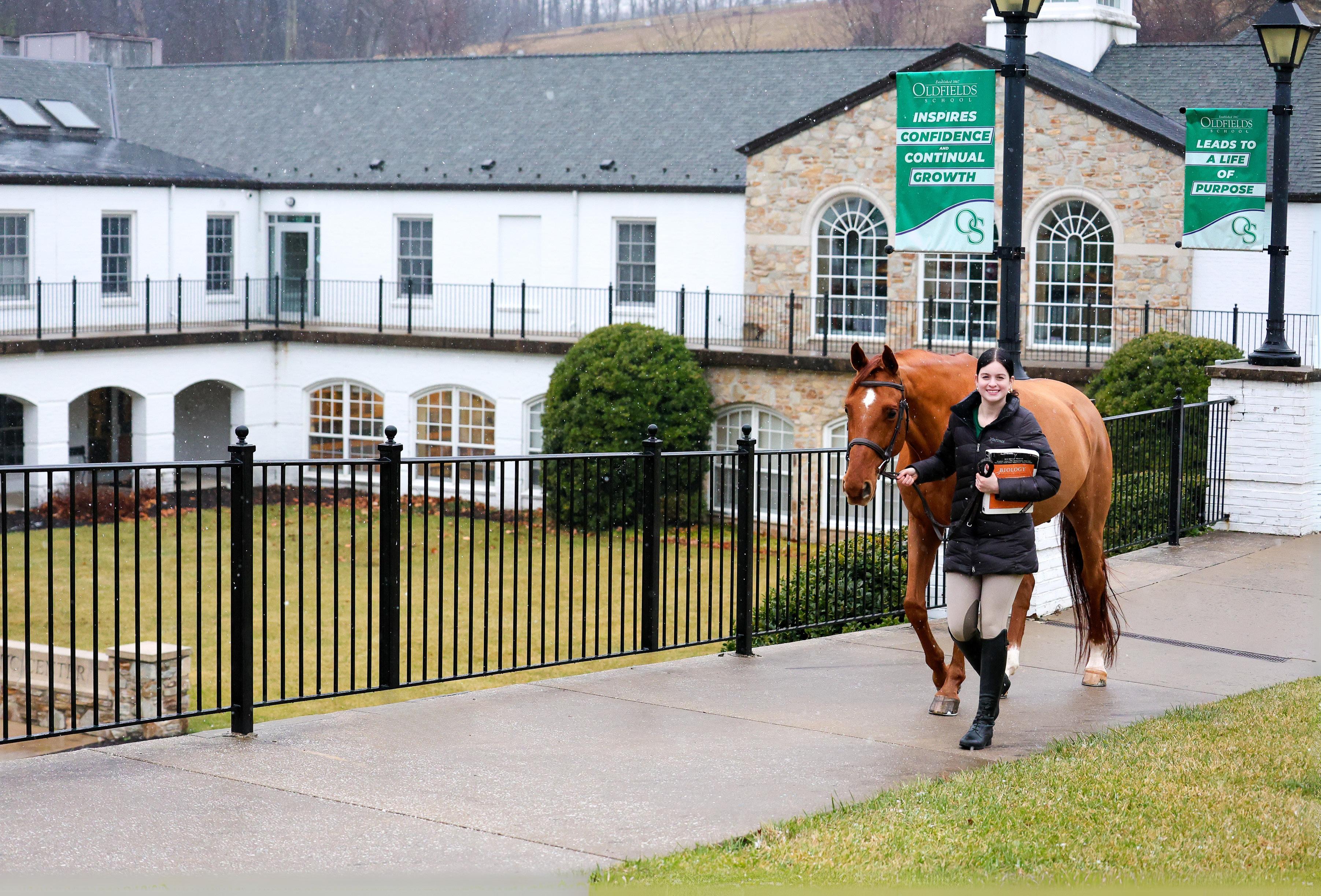


E Q U I N E S C I E N C E C O N C E N T R A T I O N
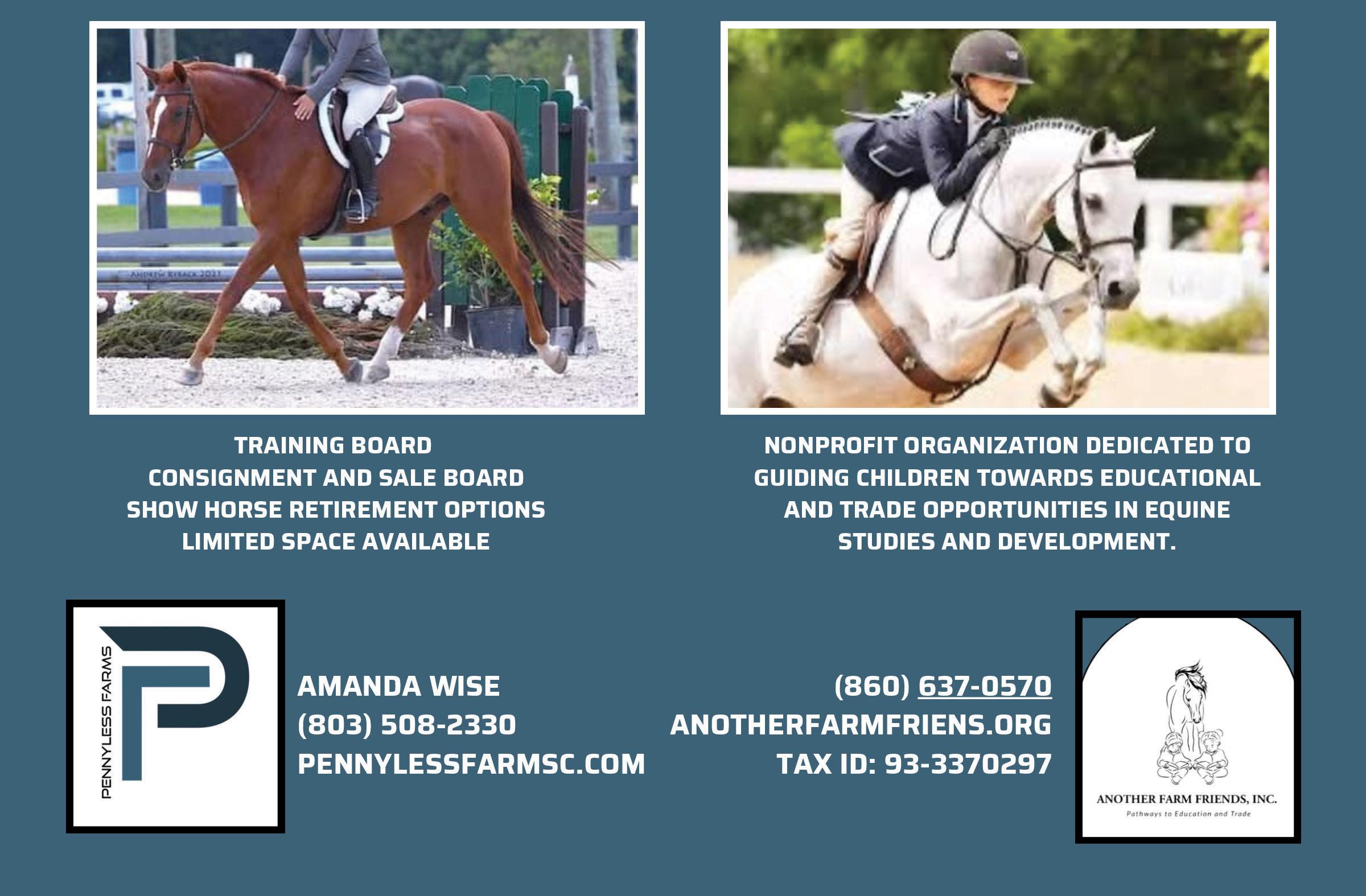

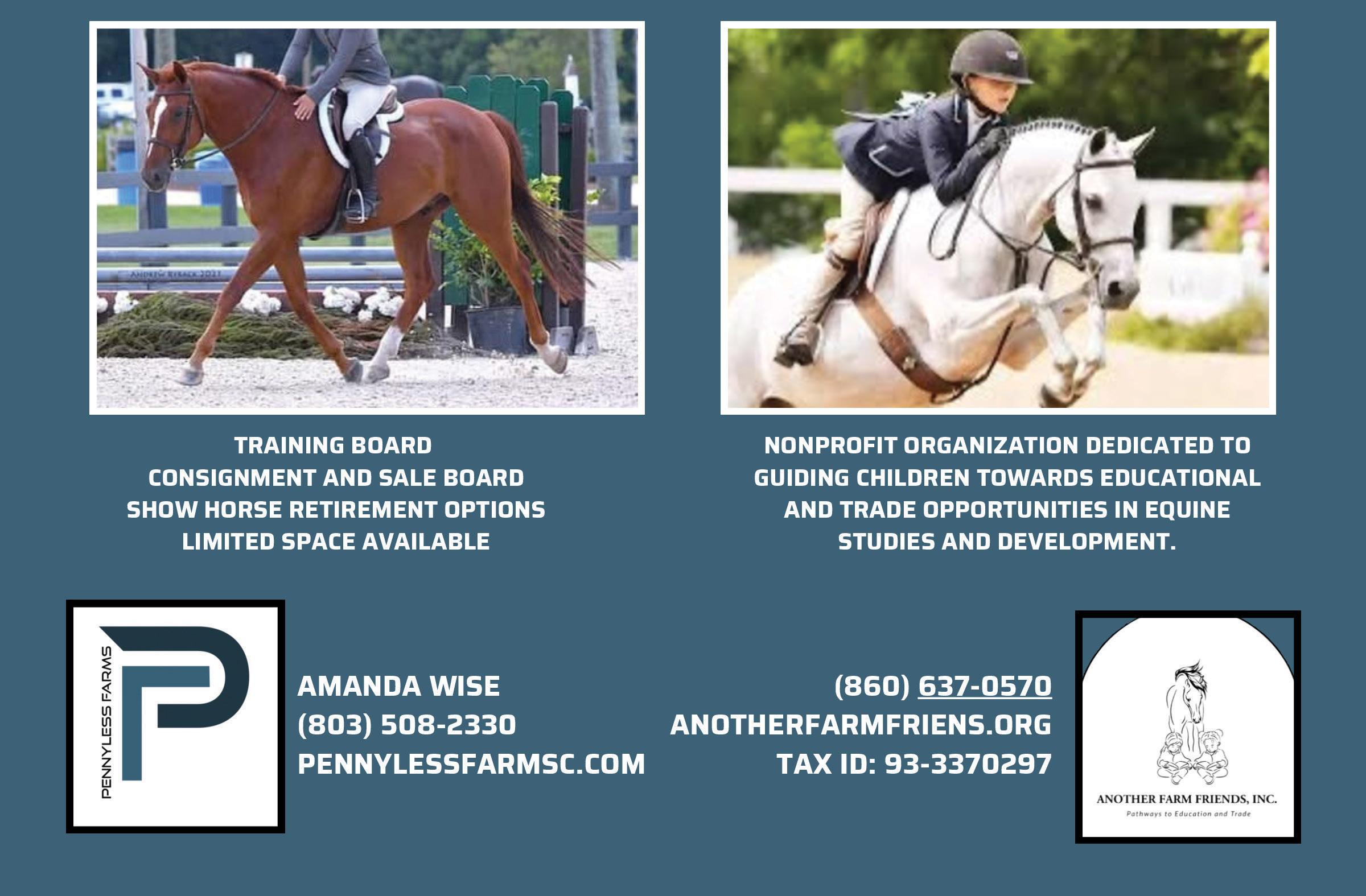
Whether you are a seasoned horse owner, a parent with a child venturing into the sport, or a professional running an equestrian business, managing the costs associated with horse ownership and activities is essential for longterm financial wellness.
It is not only about where parents of families spend their money; where they spend their time also impacts family wellness. We often recommend large equestrian families to engage in a family governance program to work it all out together. Whether it is casual and hosted by our firm, or co-hosted with professional consultants, it is key to all be on the same page. A system of family governance ensures that all stakeholders are on the same page and that financial decisions are made responsibly. Steps to consider establishing effective governance:
1 Set a Budget
Begin by determining how much you can realistically afford to spend on horse-related activities without jeopardizing other financial goals, such as retirement savings, education funds, or emergency reserves. Break the budget down into categories such as lessons, equipment, boarding, and competition fees.
2 Define Spending Parameters
Establish rules for spending. For example, decide in advance what level of competition you are willing to fund or how much you would spend on a horse purchase. This helps avoid emotional, spur-of-the-moment decisions that can derail finances.
3 Clarify Roles and Authority
Determine who has the authority to make financial decisions related to horse activities. For instance, parents might agree that one parent manages day-to-day expenses, while major purchases require joint approval. If multiple family members are involved, such as siblings, ensure everyone’s needs and priorities are considered.
Financial circumstances and goals can change over time. Schedule regular check-ins to review spending, assess whether you are staying within budget, and make adjustments as needed. This is particularly important for families with children, as their interests and skill levels may evolve.
Transparent communication is key to avoiding misunderstandings. Make sure everyone involved understands the financial constraints and goals. For example, explain to children why certain expenses, like a new saddle, additional lessons, or seeing a sports psychologist may or may not fit within the budget.
Horses have a unique way of capturing hearts and inspiring dreams, but they also come with significant financial responsibilities. Striking a balance between passion and practicality is essential.
• Consider Alternatives: If the costs of purchasing a horse are prohibitive, explore alternatives such as leasing or participating in riding programs.
• Plan for Contingencies: Unexpected expenses, such as veterinary emergencies or equipment replacement, can arise. Build a financial cushion to cover these costs without undue stress.
• Educate Yourself: Take the time to learn about the financial aspects of horse ownership, including insurance, tax implications, and ways to reduce costs.
The equestrian world offers unparalleled joy and fulfillment, but it is essential to approach it with a clear financial strategy. By identifying the purpose and goals of your horse-related activities and creating a system of family governance, you can ensure that your equestrian journey remains both sustainable and enjoyable. You can work towards these goals with support from your financial advisor, accountant, estate attorney, business attorney, family therapist—amongst other service professionals. With thoughtful planning and open communication, you can pursue your passion for horses while maintaining financial wellness for the entire family.
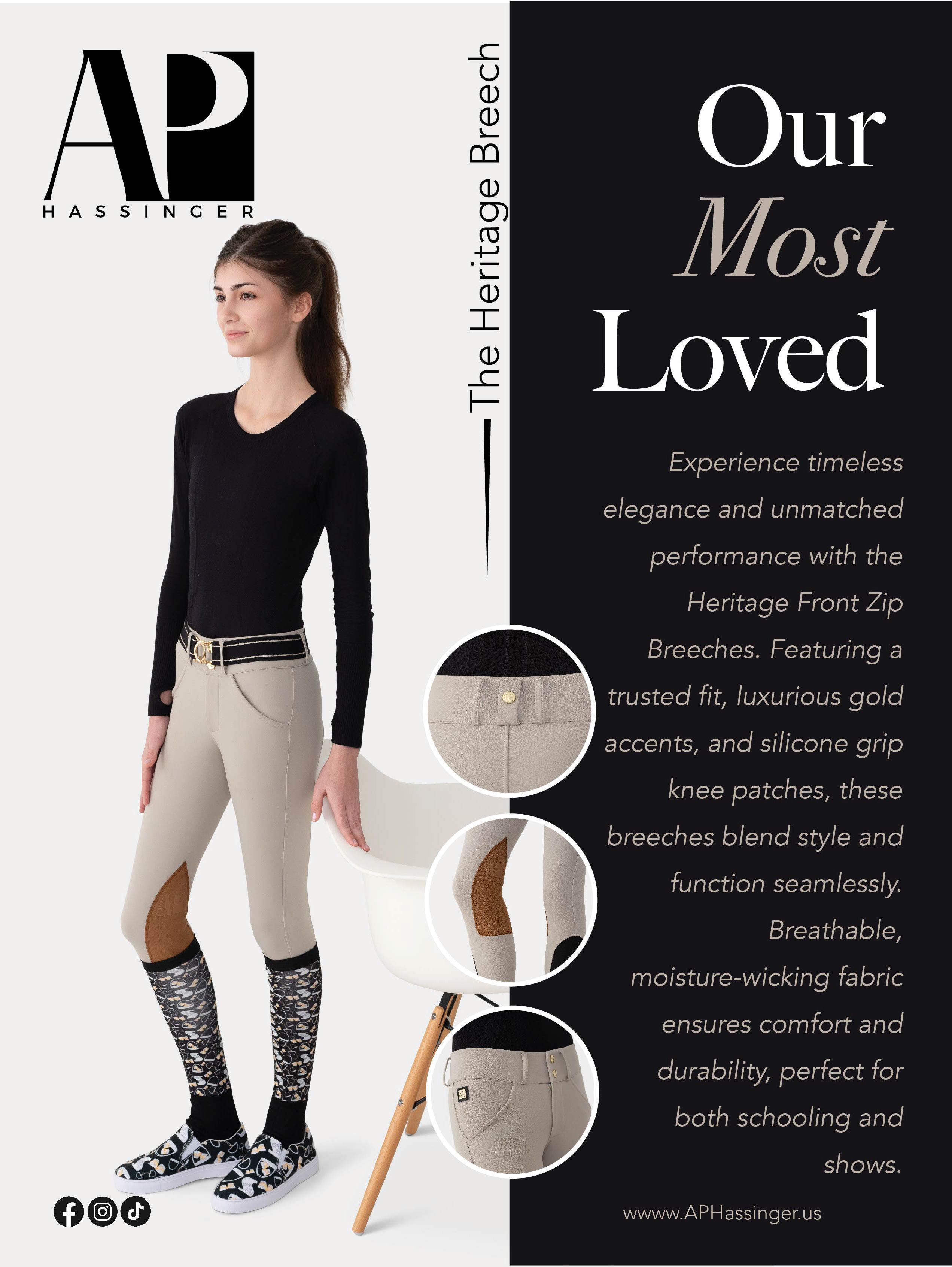
PHOTO GALLERY
JAN. 12, 2025 • BRUCETON MILLS, WV
PHOTOS: SHEILAJPHOTOGRAPHY

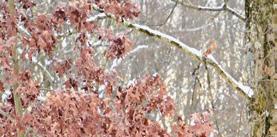
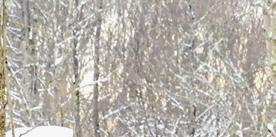
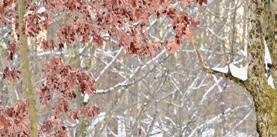

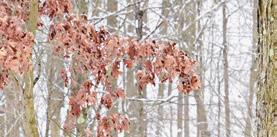
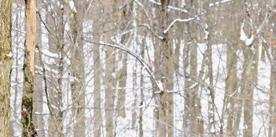

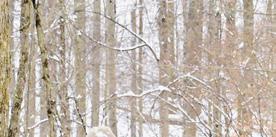
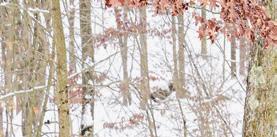

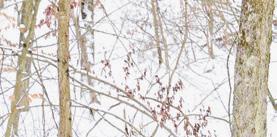
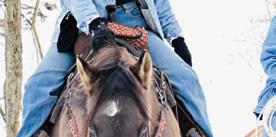
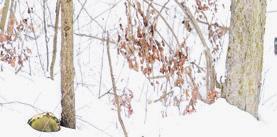
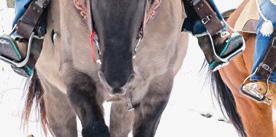

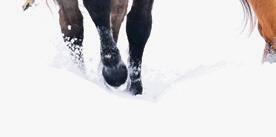
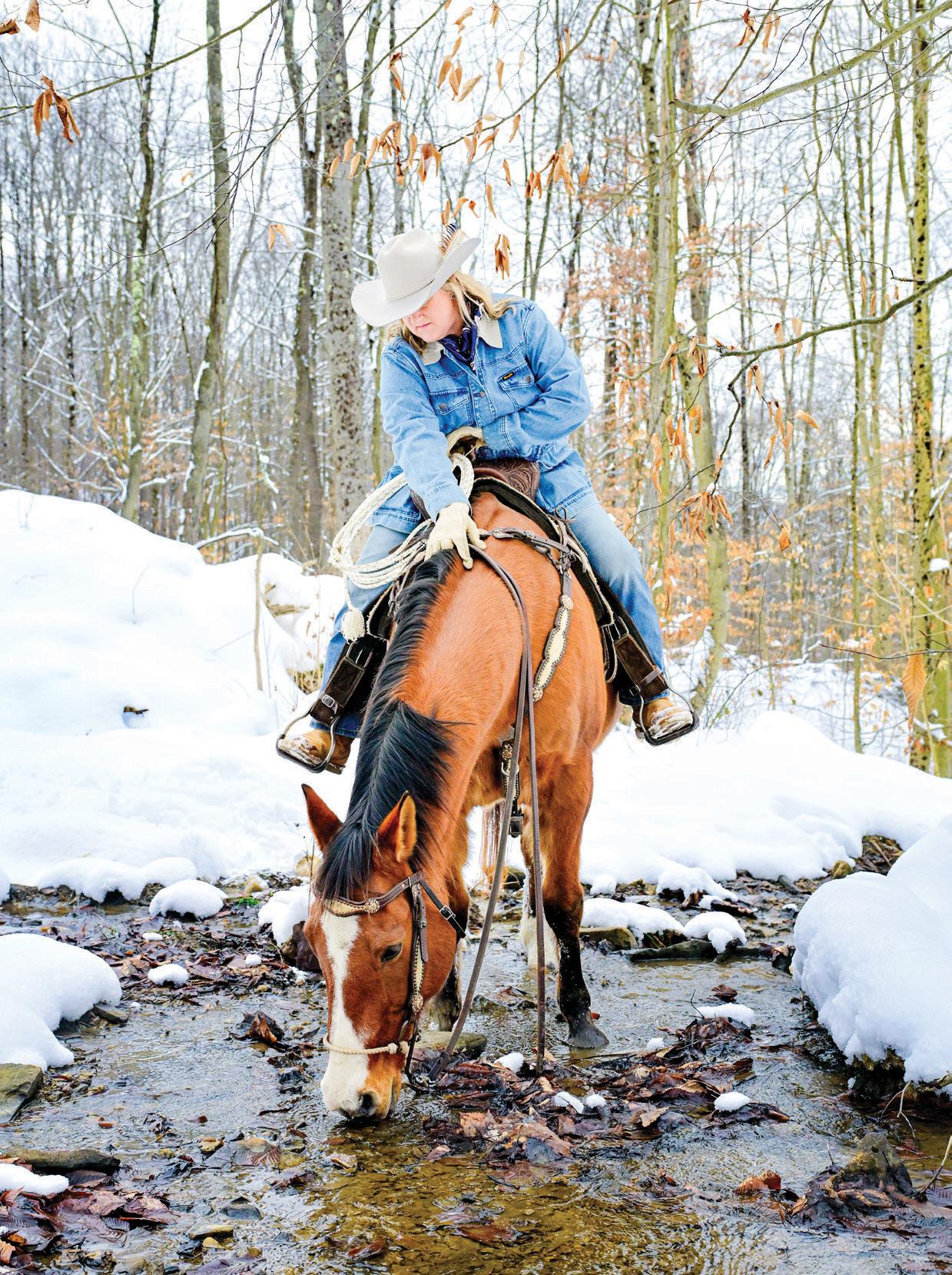
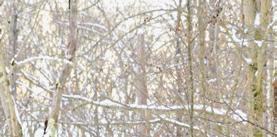
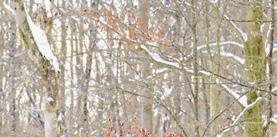
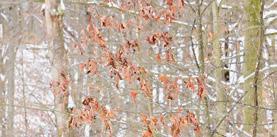
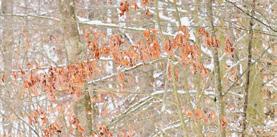
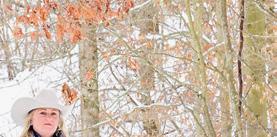
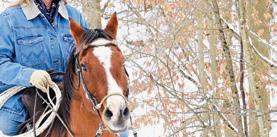
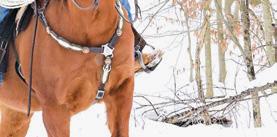

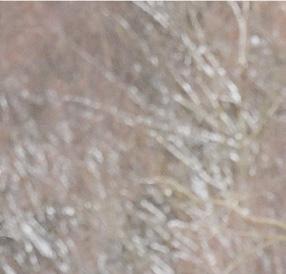
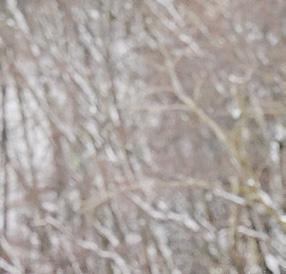
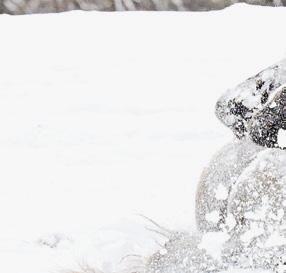

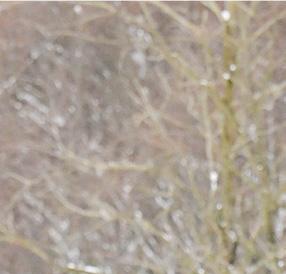
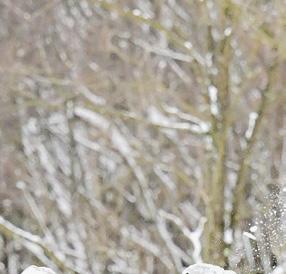


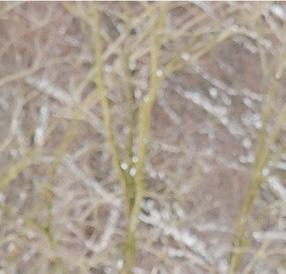

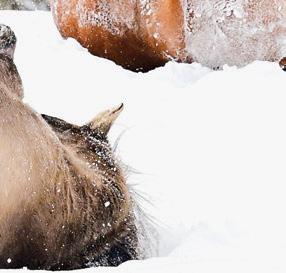

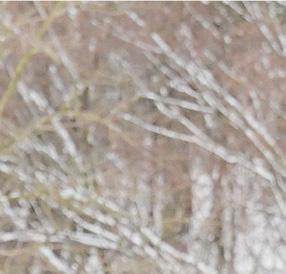

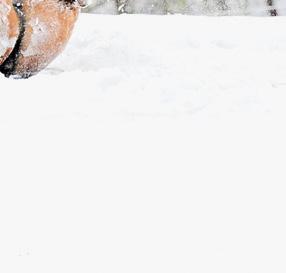

“With a deep passion for equine sports, countryside landscapes, and intimate moments between horse and rider, I seek to tell the stories that words often cannot,” photographer Sheila Jenkins tells The Plaid Horse. “I love to bring out the personality and energy of horses, creating timeless images that resonate with viewers and evoke a sense of wonder.” In January, she photographed Karrie Stithem on Tyree’s Classy Hombre (top and bottom left), and Kinley Manko (bottom left, in front) on Blade.
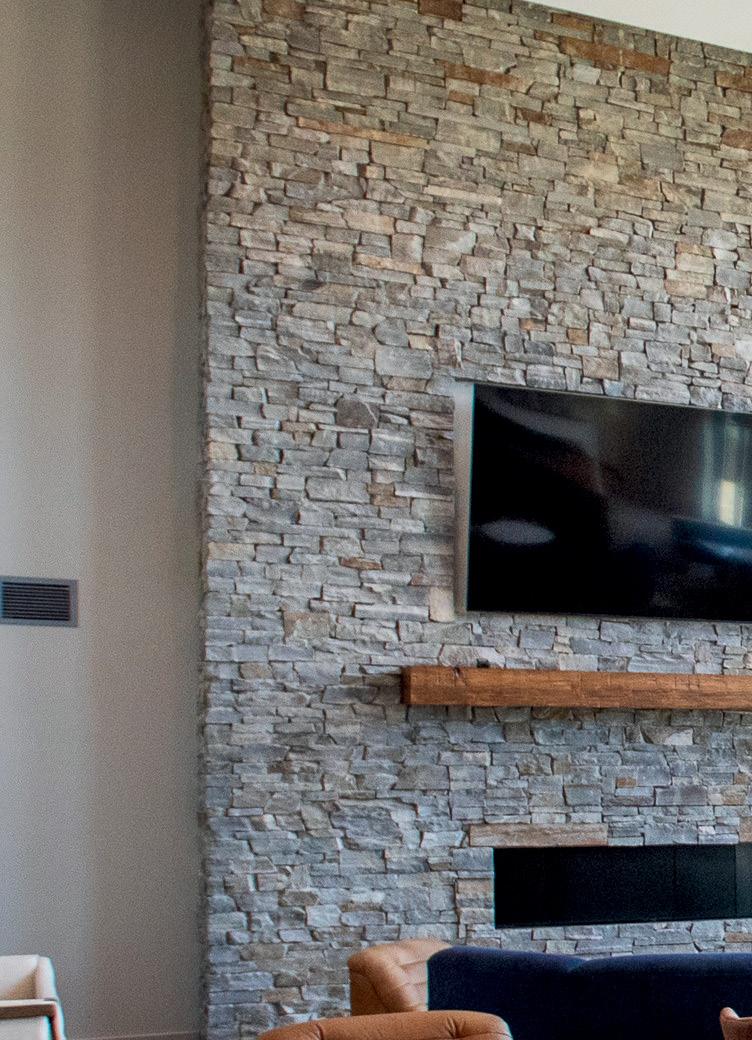




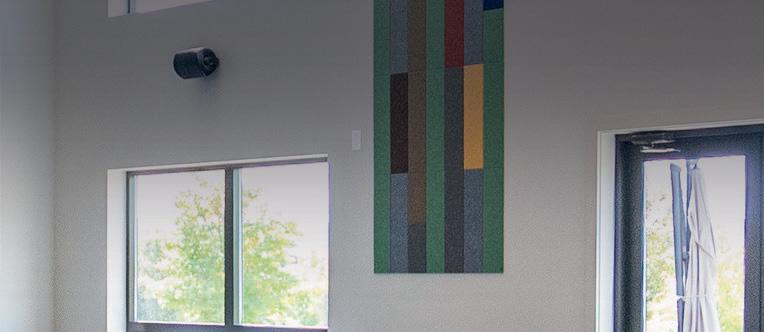

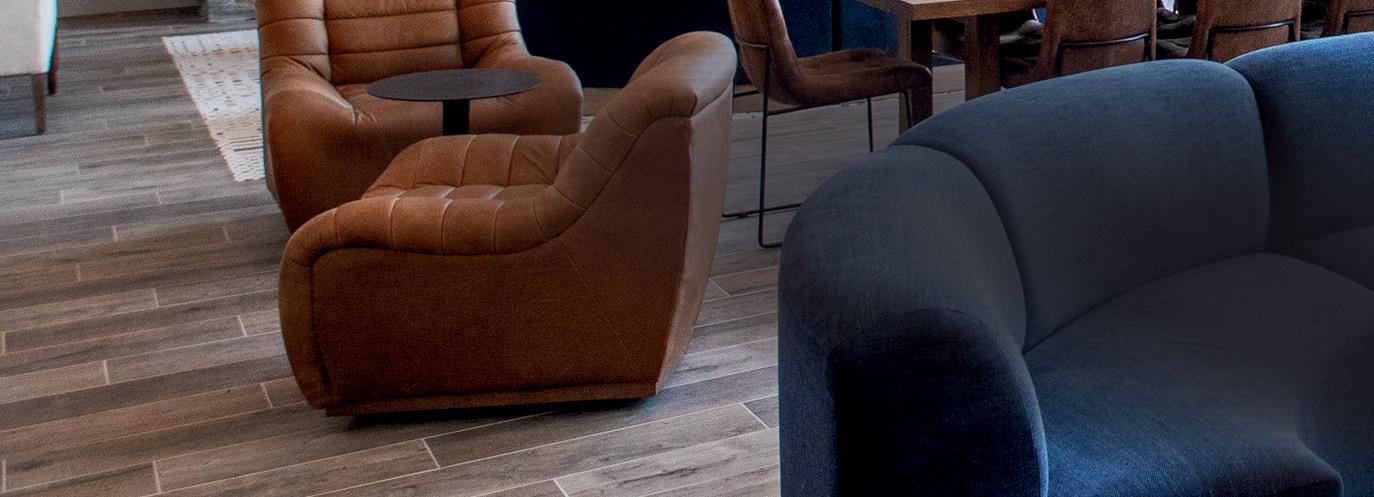

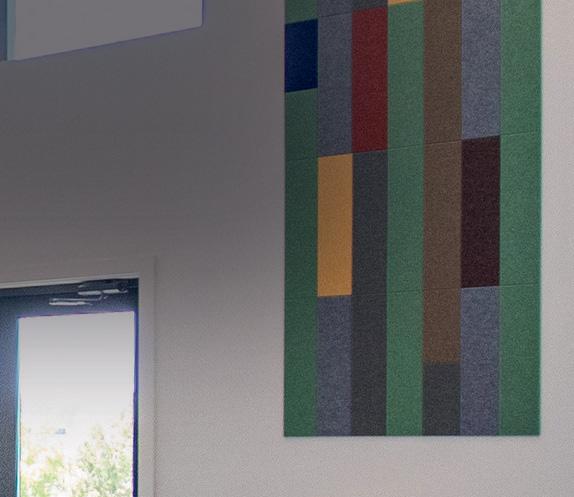

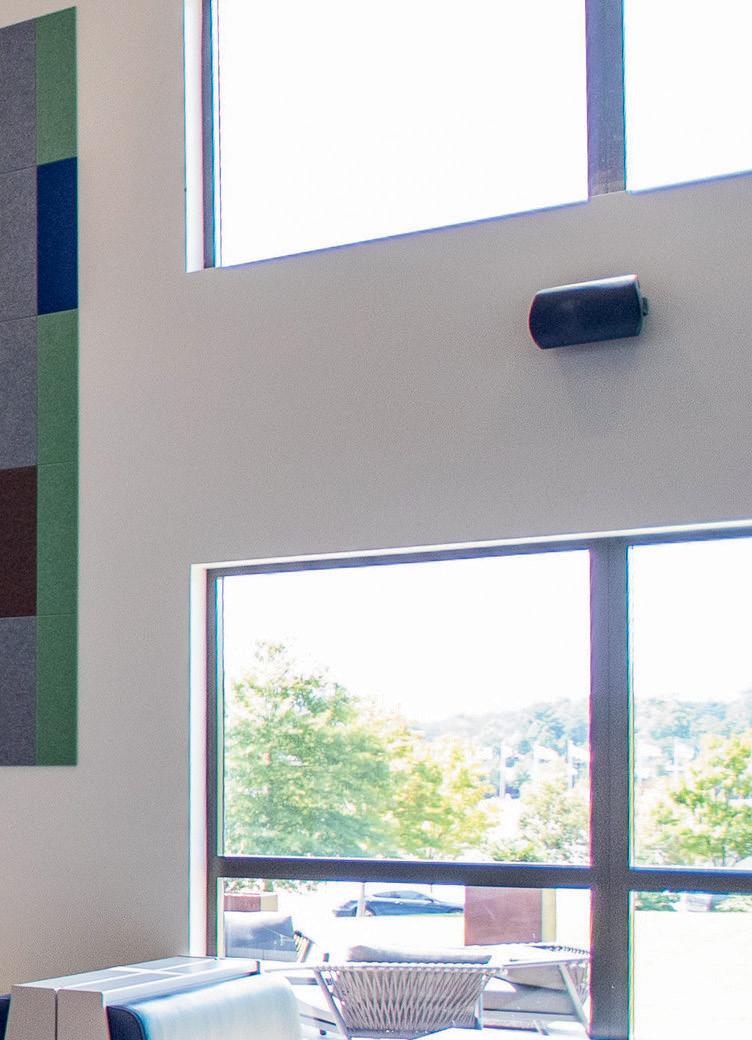


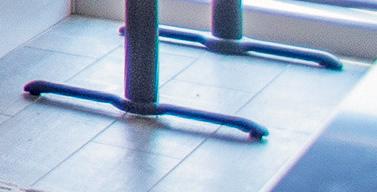






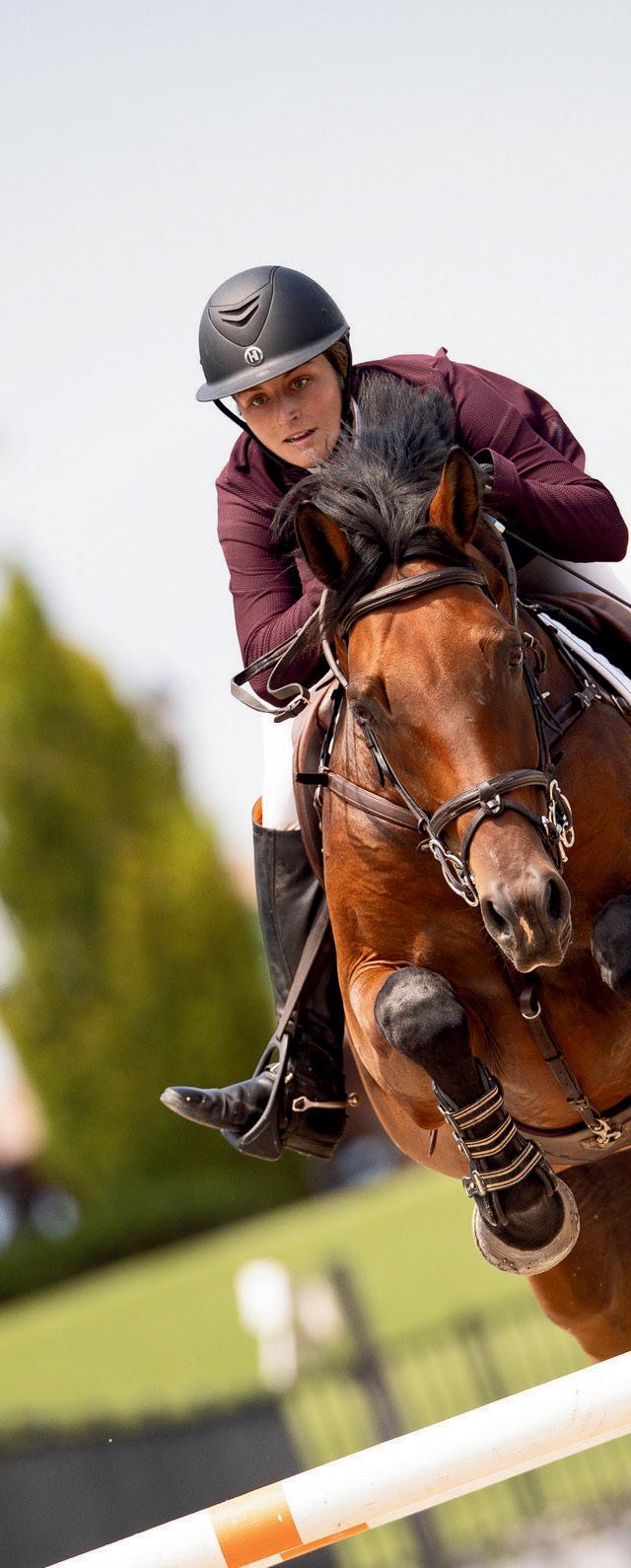



2025 Tryon Welcome & Spring Series Preview 27-Jun t

Welcome 1 - National / Level 3 - March 20-23
Welcome 2 - National / Level 3 - March 27-30

Welcome 3 - National / Level 3 - April 3-6


Welcome 4 - National / Level 3 - April 10-13

Spring 1 - Premier / Level 6 - April 30-May 4
Spring 2 - National / Level 4 - May 7-11

EE Spring 3 - Premier / Level 4 - May 14-18

Spring 4 - National / Level 5 / CSI 2* - May 21-25


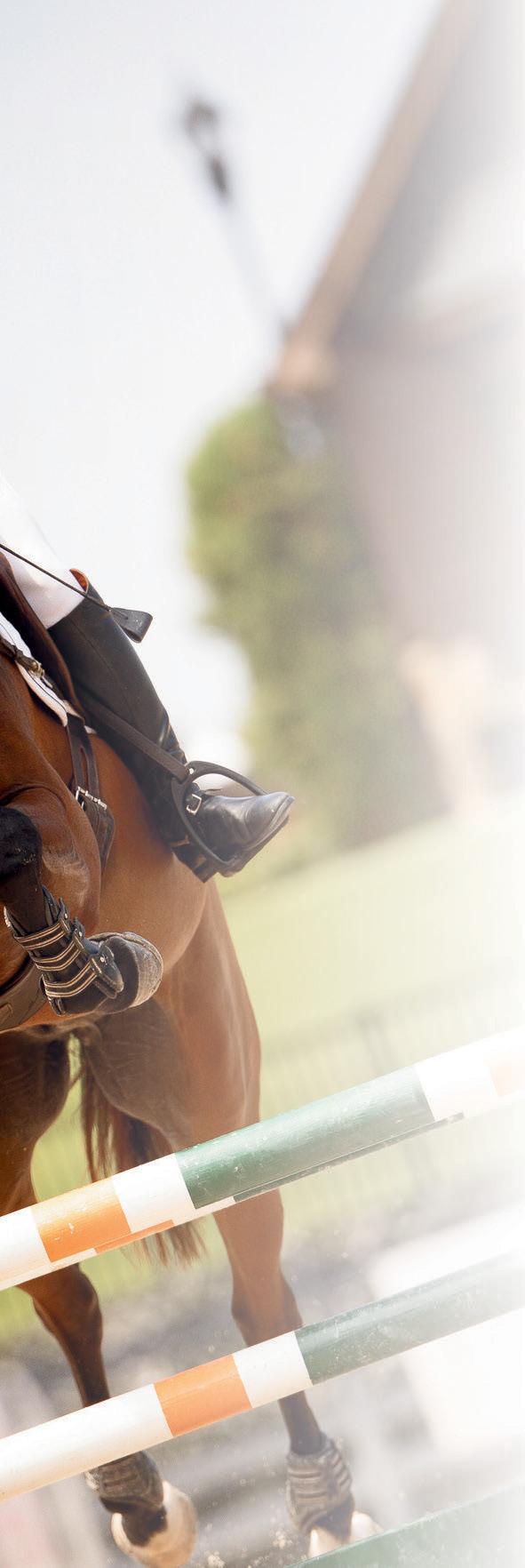
Spring 5 - National / Level 6 / CSI 3* - May 27-June 1
Spring 6 - Premier / Level 5 / CSI 2* - June 3-8

Spring FEI levels TBA at a later date. All levels subject to change.

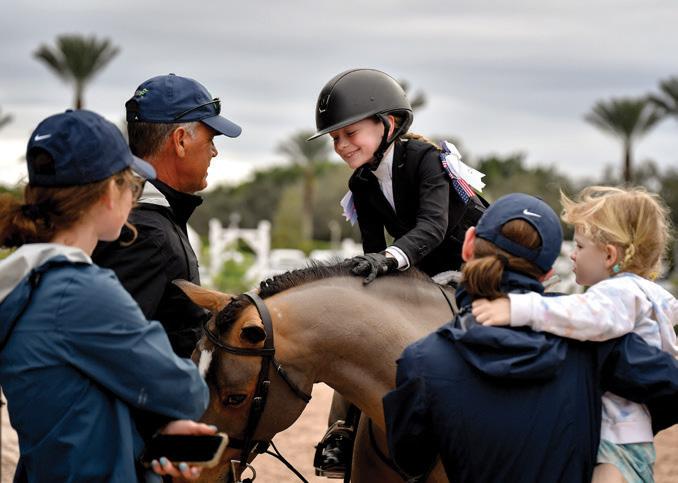

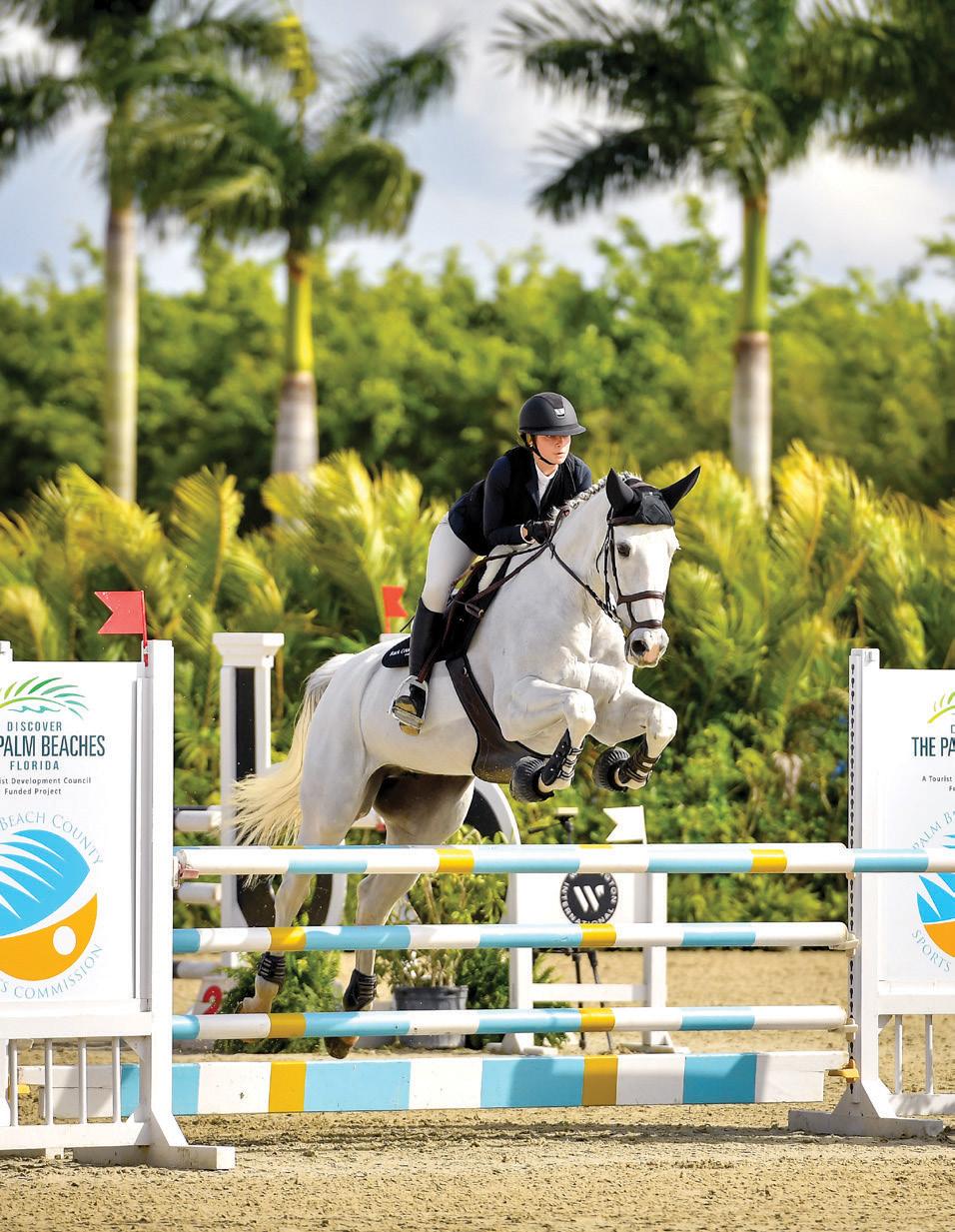

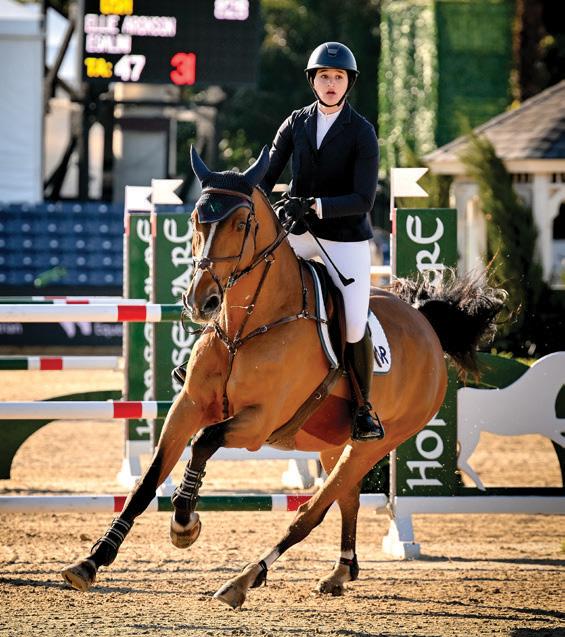



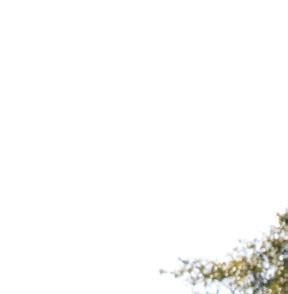
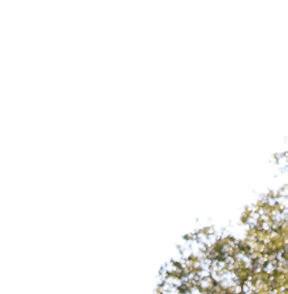
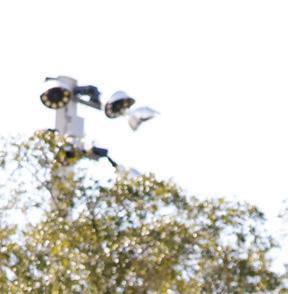

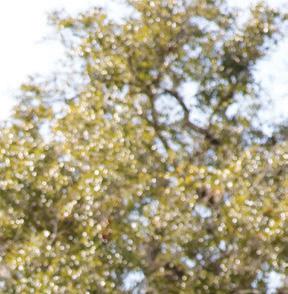
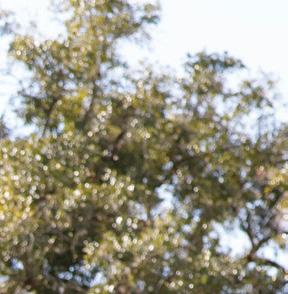
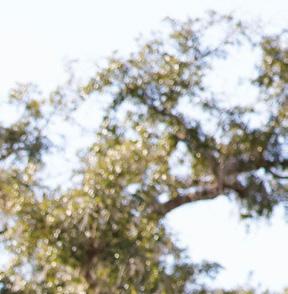
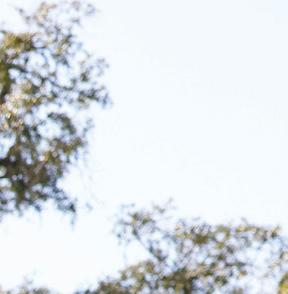


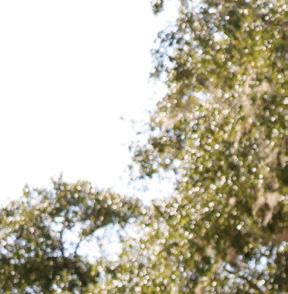

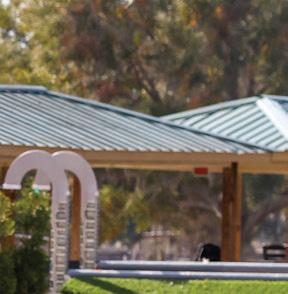
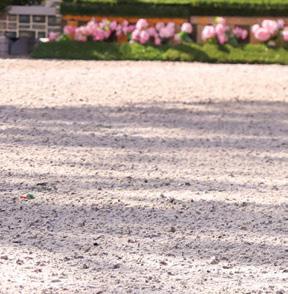
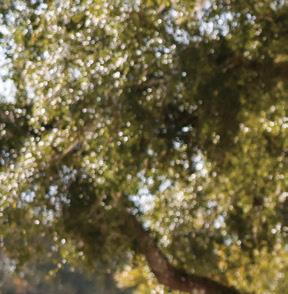
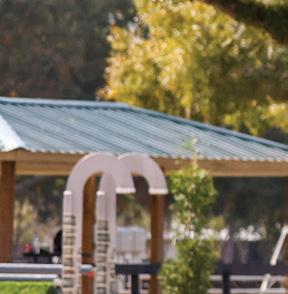
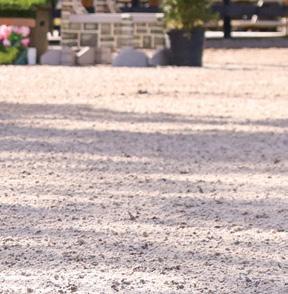

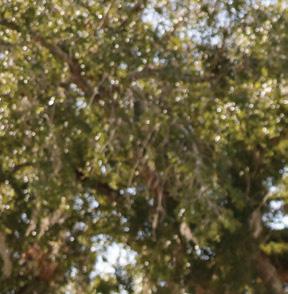
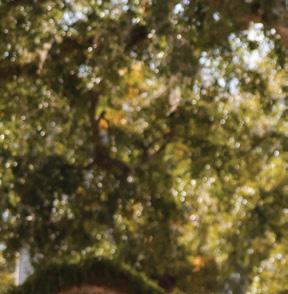

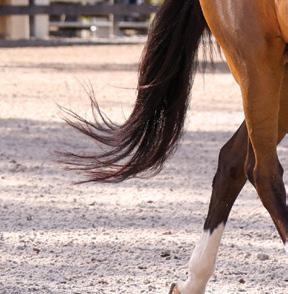
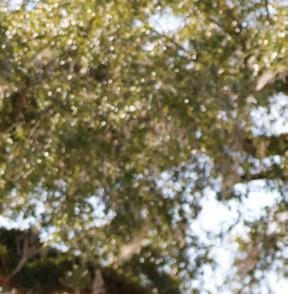
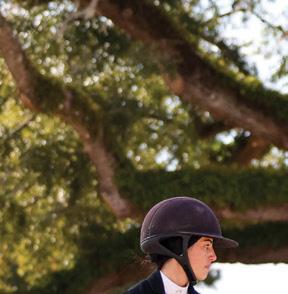
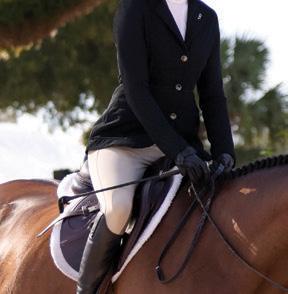
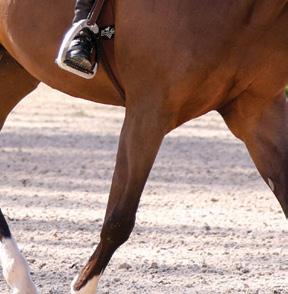

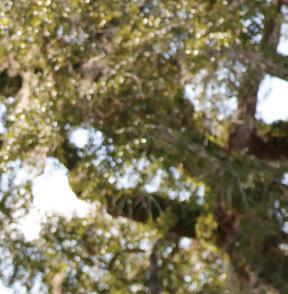

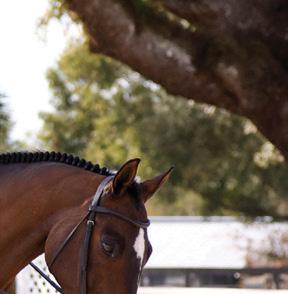
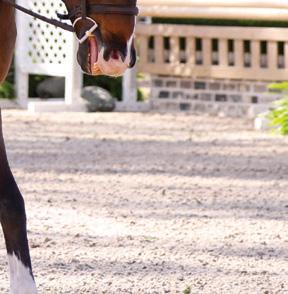
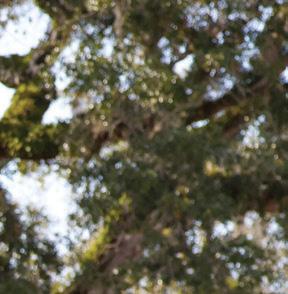
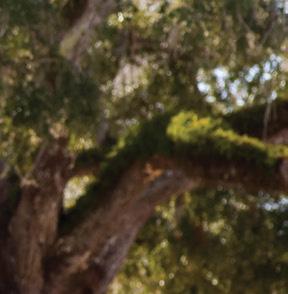
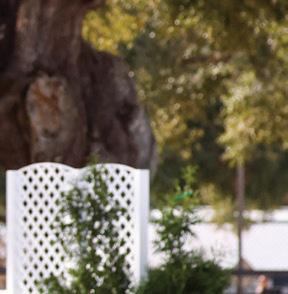
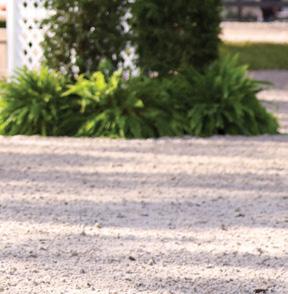

WORDS: JUMP MEDIA
HITS HORSE shows have undergone a stunning reinvention over the past two years. Wordley Martin has been a crucial partner in the process, leading the renovation of riding arenas at the HITS Post Time Farm in Ocala, FL, and at HITS Hudson Valley in Saugerties, NY.
With two-phase renovations at both venues, Wordley Martin has installed more than 942,000 square feet (or 21.6 acres) of footing to renew 18 competition and schooling arenas. Wordley Martin is a leading developer
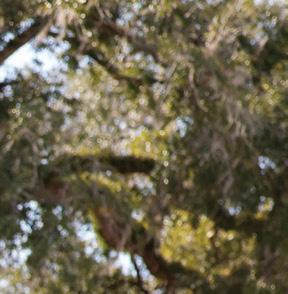
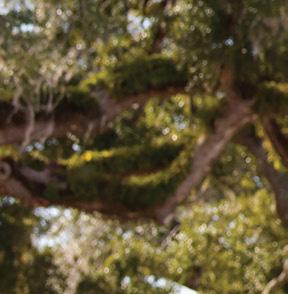
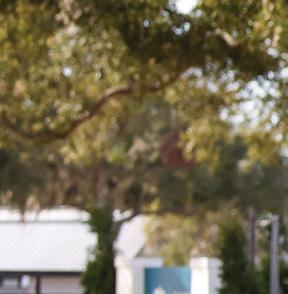
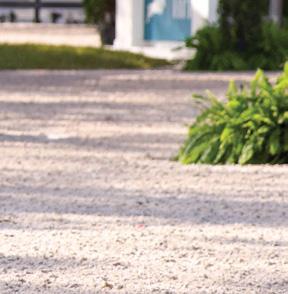
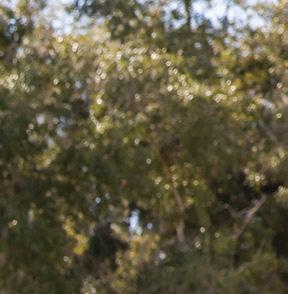
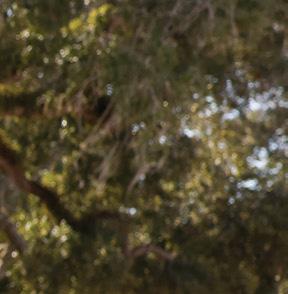

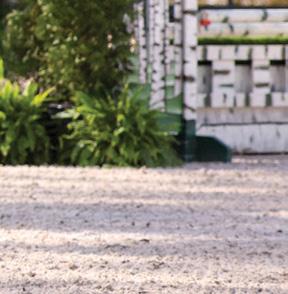

of equestrian properties and premier riding surfaces, offering full-service bespoke equestrian facility planning.
In addition to new grading, underbase, footing, and irrigation, the founding partners of Wordley Martin— Sharn Wordley and Craig Martin— helped the HITS team create a new look for both venues. That work included raised berms, fencing, landscaping, design, and layout, and most crucially, they also oversee the maintenance of the arenas as part of a multi-year partnership to ensure the quality and safety of the footing is upheld following installation. In Ocala, Wordley Martin also had an arborist trim the mature live oak trees throughout the property, safeguarding the special atmosphere of North Central Florida.
“Our crew pre-blended 6,000 tons of footing in conjunction with building the arena, completing the whole project in an amazing 24 days,” says Craig Martin of the most recent renovation in Ocala, which was completed in December 2024. “It was a great team effort by all of the crew plus our office staff managing the logistics. We are grateful to the HITS team for their help and support.”



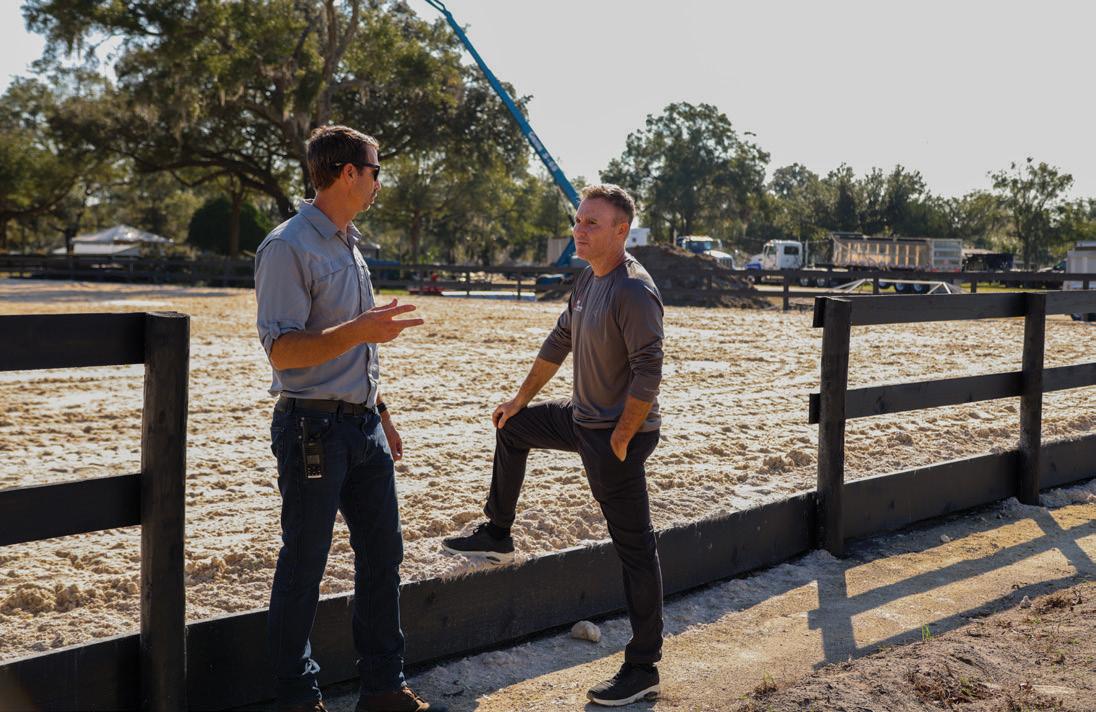
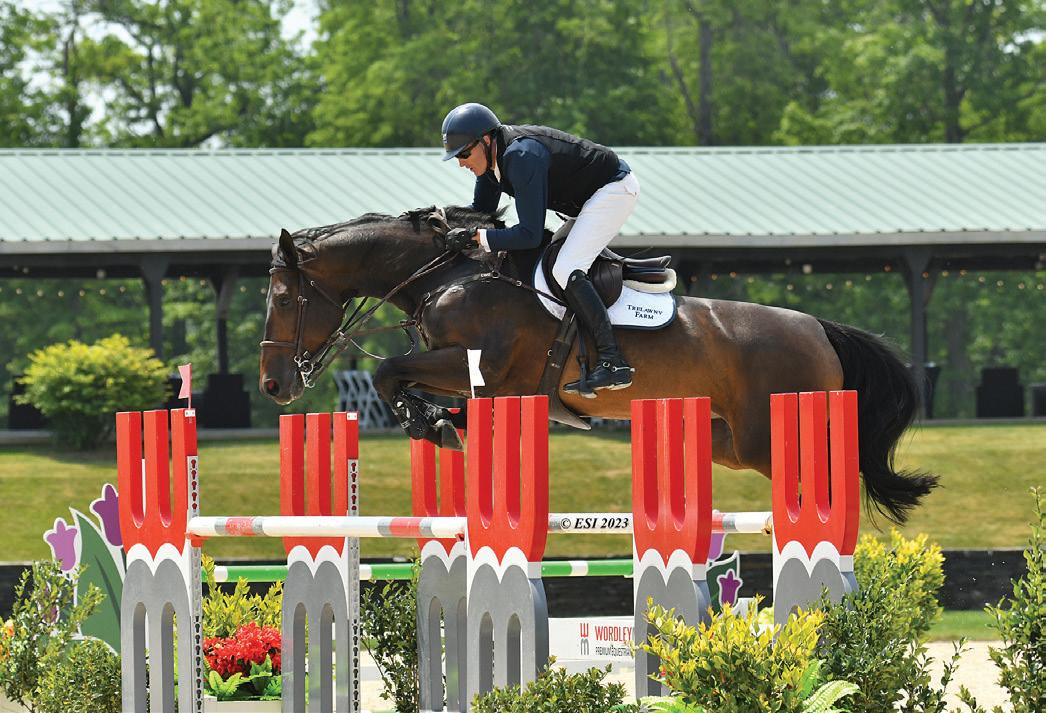
HITS
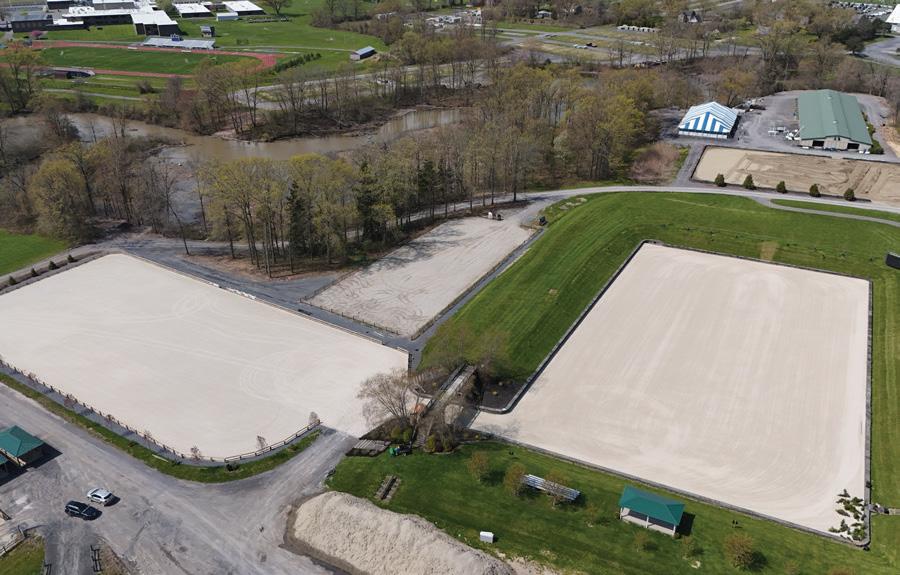
Read on to learn more from HITS Chief Customer Officer, Joe Norick, about his perspective on the mutually beneficial partnership with Wordley Martin:
1. Why did you choose Wordley Martin to renovate HITS Ocala, even though they weren’t known for horse show footing?
It was an easy decision to partner with Wordley Martin. I’ve known Sharn Wordley and Craig Martin for many years. I’ve seen their product firsthand, and we discussed it both from a professional point of view as a horseman, and as a horse show operator. They felt confident they could deliver the highest quality but also be able to handle commercial use.
2. What sets Wordley Martin apart as a commercial partner?
One of the things I find really interesting about Craig and Sharn is that both of them ride and show horses at a high level, so they understand how it should feel when the hoof touches a surface and what is best for the horse’s comfort and safety on the footing. They look to deliver that feeling of security for horse and rider
across the board on a commercial scale, which not everybody can do.
3. Why did you decide to make one giant, flexible space instead of separated arenas at HITS Ocala?
Personally, I am a fan of very large arena spaces that can be separated to create the best possible size arenas for competition. Utilizing a massive space like the six acres we developed this way worked perfectly for the HITS Post Time Farm property and created the flow that we wanted to achieve.
4. What is your favorite part about working with Sharn, Craig, and their team?
One of my favorite things about Sharn is he always returns my phone call or answers the phone! Craig comes up to Ocala and Saugerties regularly to make sure everything is going smoothly, and their office keeps all of the moving parts organized.
5. What sort of feedback have you gotten from riders and trainers about the new rings at HITS Post Time Farm? The success of the new competition area design has been overwhelming. The
trainers, the riders, and even other horse show professionals have all looked at it and said, “Wow, this makes sense.” It puts HITS Post Time Farm where it needs to be for today’s horsemen and horse professionals.
6. How does Wordley Martin’s long-term maintenance approach benefit HITS?
One of the main reasons we chose Wordley Martin is that they agreed to sign multi-year agreements to help us maintain the footing year-round. If someone says to me, “There’s a problem,” Sharn and Craig are always there to answer any questions.
7. What are future plans for HITS venues in partnership with Wordley Martin?
As we expand into other venues, I always consult with Sharn and Craig about what they think we should do for the footing and what they recommend as the correct mix. Wordley Martin is, without a doubt, our primary strategic partner, especially on the East Coast. From a show organizer’s perspective, nobody is more qualified to advise on these critical issues, and we look forward to continuing to benefit from Wordley Martin’s expertise.
As Grand Prix-level riders, Wordley Martin co-owners Sharn Wordley and Craig Martin fundamentally understand the requirements for a modern equestrian sports venue. They have used their extensive experience and knowledge to design and install hundreds of arenas, including for Olympians, with their world-class surfaces. Wordley Martin is more than just a footing installer, helping clients through every stage of the process of realizing their dream facility, from the initial designs, through site work, construction, and maintenance. They help clients map out and build full facilities and work as part of the Equine Design and Development Collective (EDDC) to provide a variety of additional services for equestrians and their farms. Learn more at www.WordleyMartin.com.
JANUARY 17, 2025 • THE WANDERERS
1 Kristi Mitchem along with John and Beezie Madden and USET Foundation
Trustee Angela Vogel • 2 Kat Fuqua is presented with the Lionel Guerrand-Hermès Trophy by USET Foundation Chairman W. James McNerney, Jr. and USET Foundation President and CEO Kristi Mitchem • 3 Rebecca Hart (right) and Paralympic owner Rowan O’Riley
PHOTOS: JUMP MEDIA
COLUMN
APPLIANCE TO ART

Barefoot horses: An appliance for soundness.
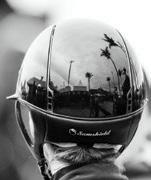
Post-circuit WEF. Why are you still there?
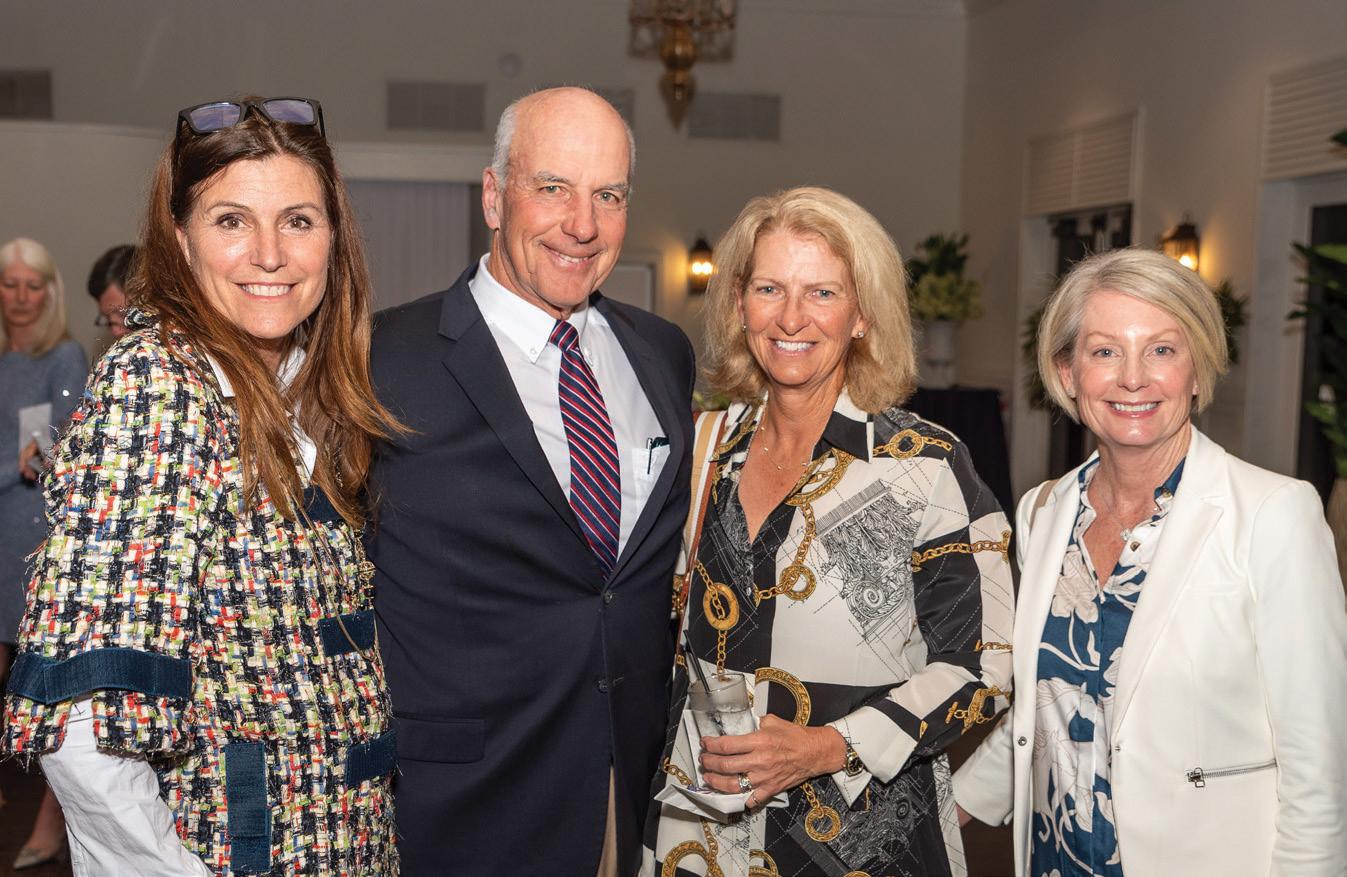
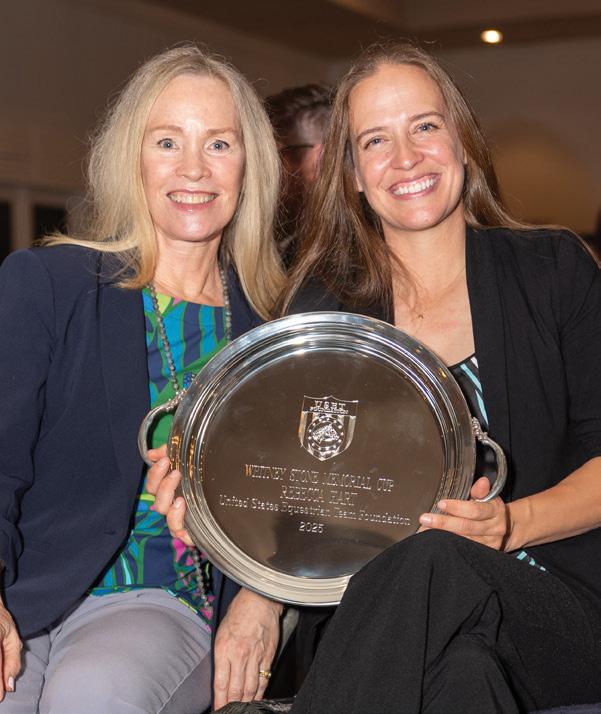
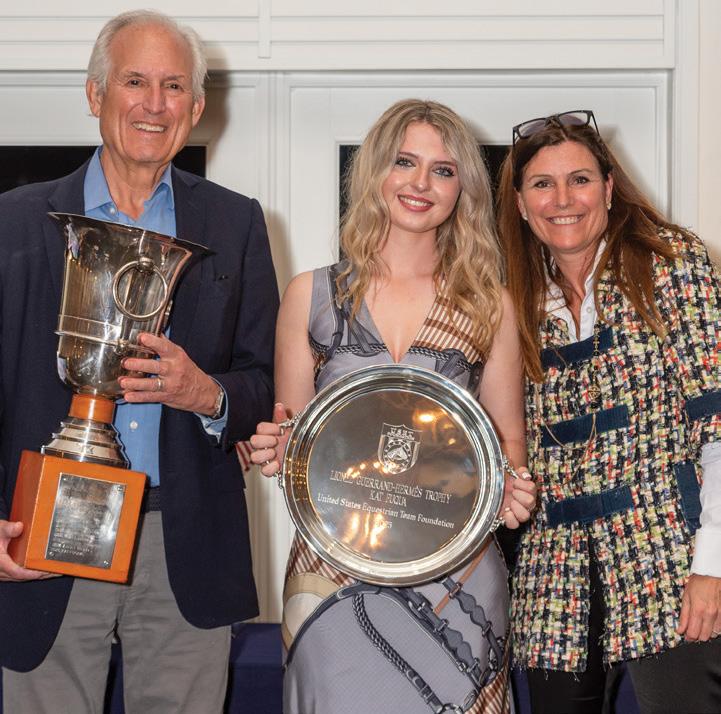
When we encounter art, or “the unexpected inevitable,” as Elizabeth Gilbert defines it, we might wonder: How did I get so lucky? This is what takes your breath away, allows contemplation, and inspires awe. On the other hand, there’s a lot of life that is pure appliance: Expected, hardware, completely unimagined.
This is your new monthly equine pop culture contribution—think: Where The Onion meets The New Yorker—to rate what we’re seeing out there, from Appliance to Art. Take it with a grain of salt and a hearty sense of humor. For the love of all things horse, don’t @ us. Have an idea for an entry? Email us at editor@theplaidhorse.com and we might include it in our next column.
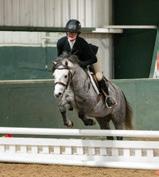
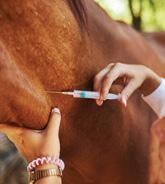

Obligatory (and necessary) spring vaccinations & dentals.


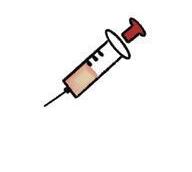

Showing your Connemara pony “Potato Chip” on St. Patty’s
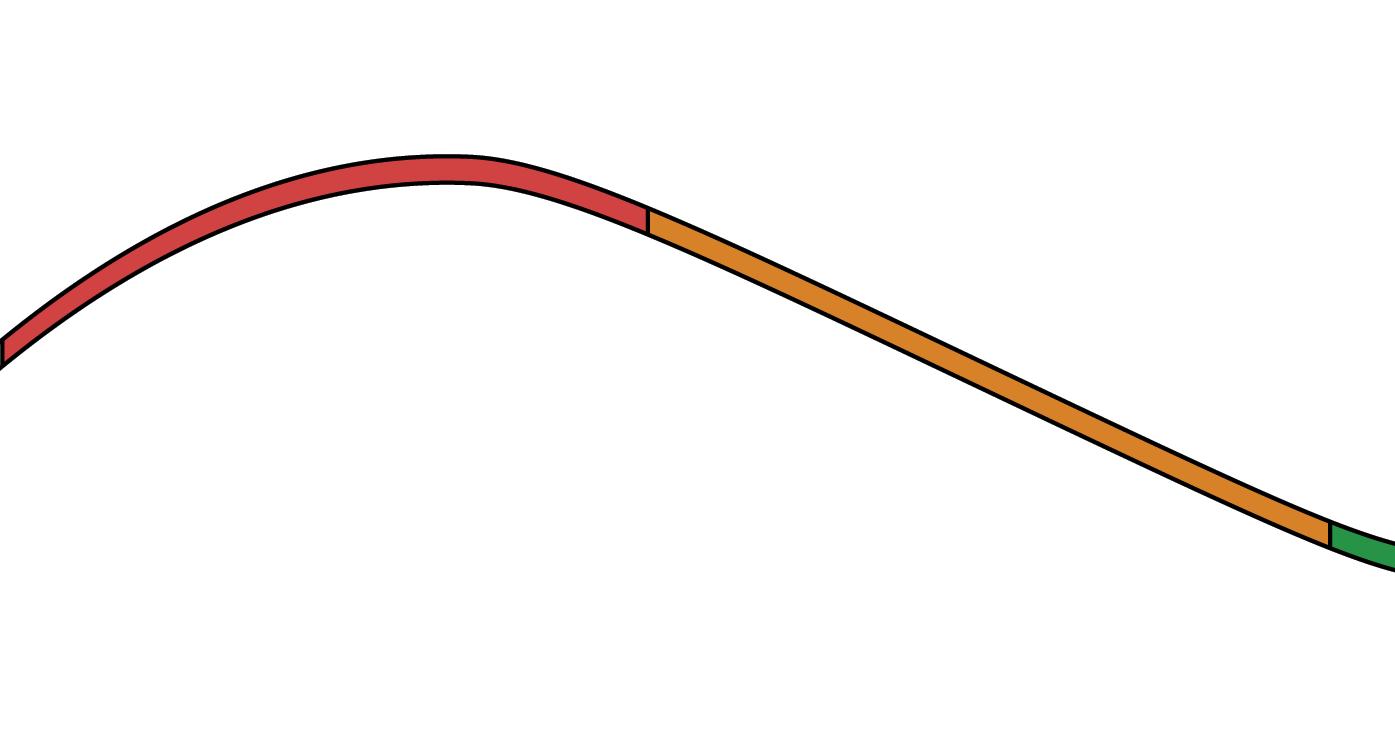




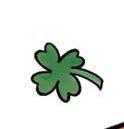

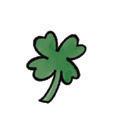

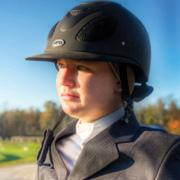


Awkwardly sweaty lessons (not hot, not cold, but real hot when you work out).






Bra horse hair buildup after “light grooming.” We know, it’s so itchy.





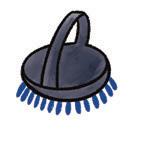
“Mud art” that shows up on your boots, girth, and beyond.

“Mental health is wealth.” Courtesy of WIHS “Kind Wins” campaign.
The US Equestrian Open Jumping Final being added to the Wellington International for Rolex Season Finale.


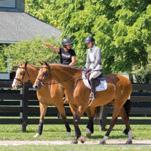
Spending spring break at a winter circuit.
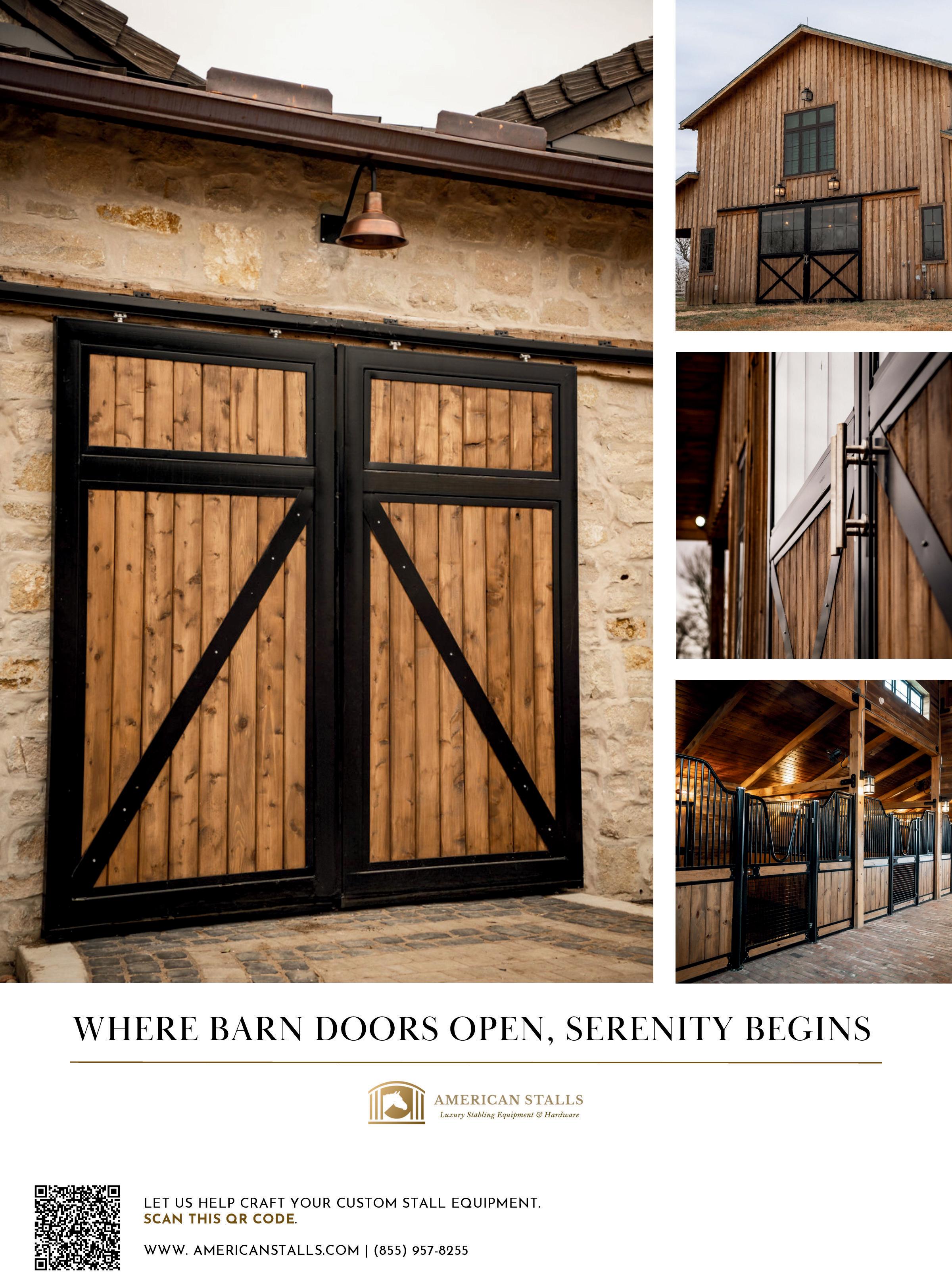



“We Built a Community—A Family”
I BEGAN MY JOURNEY in the horse world at just ve years old, back when you could “rent” a horse and go for a trail ride without having to sign your life away or pay an arm and a leg. It was a time when horse rentals were common, riding schools thrived, and owning a horse was more accessible to the average person. My parents had no interest in horses—until I made them, much like many junior riders do today. It was my grandad who took me on my rst trail ride, and from that moment, the rest was history.
As I grew, my parents supported my passion by enrolling me in lessons, leasing horses, and eventually helping me own my rst horse. I trained, showed, and competed in dressage, immersing myself in every aspect of the sport. By the time I was old enough to work in a barn, I was eager to do anything— cleaning water troughs, feeding horses, mucking stalls, and grooming. My dedication eventually led to a full-time grooming job for a friend who had been my trainer since I was six.
When I started college, I was also working full-time as a groom, knowing that I wanted to become a trainer. I quickly realized that to support myself nancially, I would need to make some adjustments. At 20, I didn’t have a concrete business plan, but I knew I had to build something that attracted more than
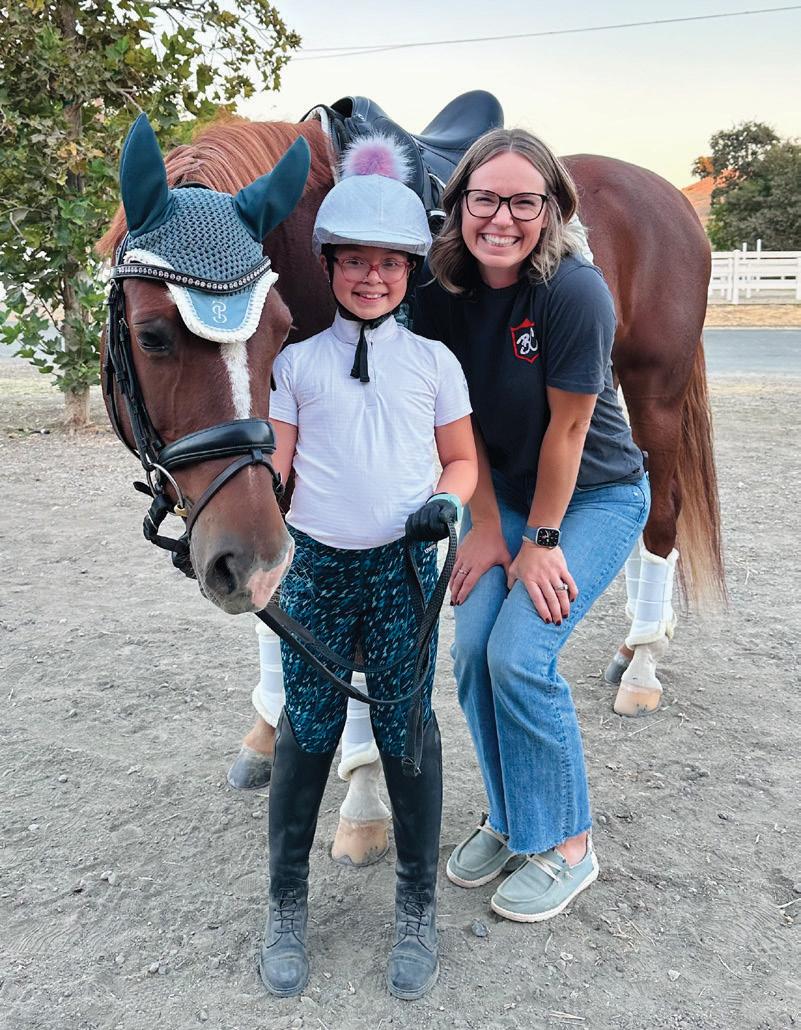
just the ultra-wealthy clientele who could a ord expensive horses and high-end training. I was young, and while I had a solid junior career, that alone wouldn’t be enough to draw clients. Establishing myself as a new, young trainer was going to take time and e ort.
Above all, I have always simply loved horses. Even now, nearly 13 years later, you’ll still nd me at the barn a er a long work week, tinkering around just because I love it. When I rst started planning my business, I wanted to create that same experience for others—not just for competitive riders but for everyday people who shared my passion. Initially, my program was geared toward children, o ering them a place to chase their horse dreams, just as I had. I wanted parents to have the opportunity to give their kids a taste of what I was lucky enough to experience.
What began with one horse—generously purchased by my parents to help me get started—has grown into a thriving program. Today, we have more than 15 horses and over 85 riders each week, welcoming both children and adults.
What we have now is so much more than I ever could have imagined. We’ve built a community—a family. We have entire families who ride together, grandparents riding alongside their grandkids. Billings Equestrian has
become a home for so many riders, and I feel honored to be a part of their lives. My horses have helped not only me but also so many others through some of the hardest times in their lives, creating a space where dreams truly come true.
While this journey has been incredible, it hasn’t been without challenges. The growth we experienced during COVID was both exciting and overwhelming, bringing steep learning curves. I made mistakes, and they came at a cost. With rising prices and in ation impacting everything horse-related, there were moments when I thought I might have to close my doors. I questioned what I was doing during those times, but the thought of my clients—who have become friends—not having a place to ride, and the idea of losing my horses, the best coworkers anyone could ask for, made giving up simply not an option.
Though I haven’t been able to keep prices as low as I’d like due to these challenges, I’ve still been able to create a space where people can ride once a week and return another additional day each week to learn about horsemanship. We’ve built a place where people can truly learn to care for horses.
What’s even more exciting is how our riding school has evolved. Over the years, we’ve built a group of riders
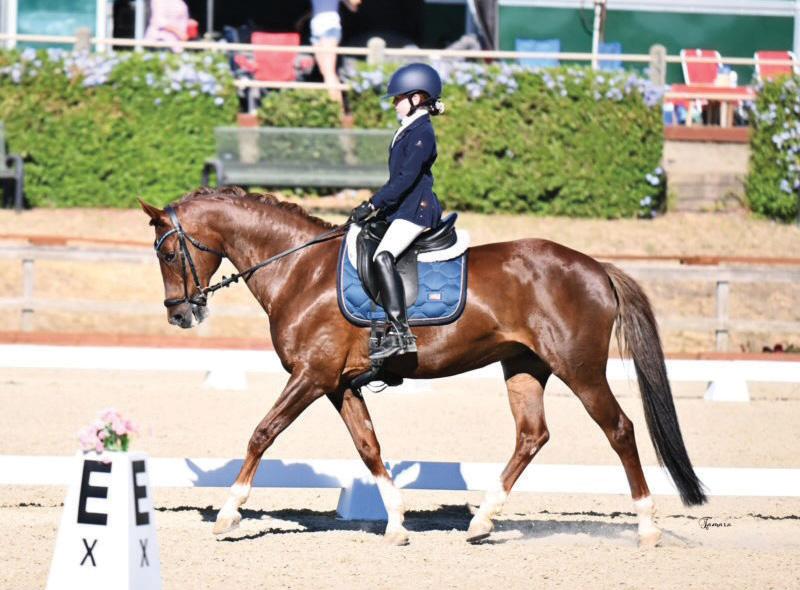




who have gone on to buy their own horses and now train and compete in my dressage program. What started as a small riding school has grown into a thriving equestrian program and a full-time dressage training barn—more than my ve-year-old self could have ever dreamed.
I don’t know what the horse industry will look like in the next ten years, but I do know that transforming a riding school into a riding community has been possible through hard work, resilience, and adaptability. I can’t imagine a world where we don’t get to see a little girl’s eyes light up the rst time she sits on a pony or where an adult can’t nally ful ll their childhood dream of learning to ride. If riding schools disappear entirely, I worry that our sport will eventually fade—and, even worse, that people will lose the chance to have their lives changed in incredible ways by the horses themselves. Keeping this business strong and accessible has required continuous learning, adaptation, and innovation. Over the years, I’ve worked with a business coach and consulted with experts in building riding programs to re ne my approach and ensure long-term sustainability. I’ve adjusted my pricing model multiple times, always with the goal of making riding accessible to the largest possible demographic. This

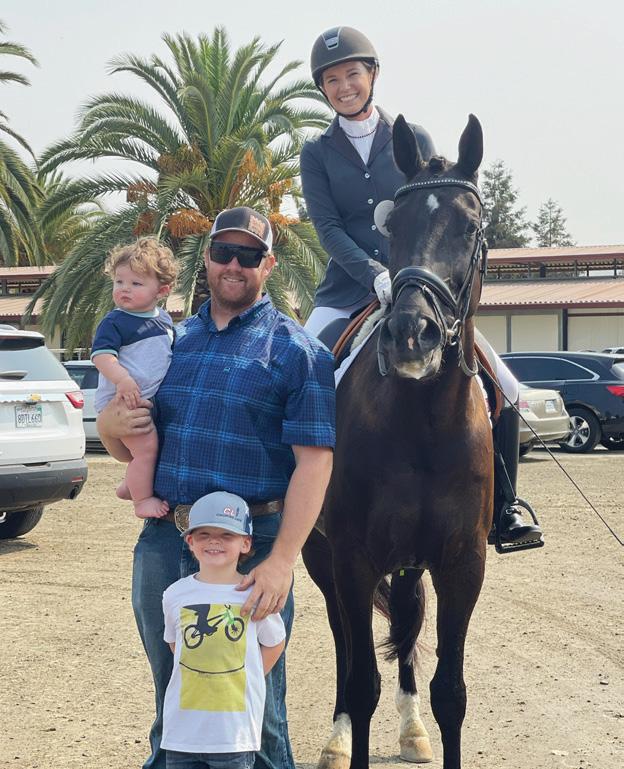

“I can’t imagine a world where we don’t get to see a little girl’s eyes light up the first time she sits on a pony or where an adult can’t finally fulfill their childhood dream of learning to ride.”
—SAMANTHA BILLINGS
has not only strengthened my business but also helped create a more diverse community of riders—something the sport desperately needs.
To stay current and keep my program thriving, I attend conferences and seminars, always looking for ways to improve and adapt. One of the biggest shi s I made was designing a pricing model similar to a gym or dance school membership. Since this structure is familiar to many families, it makes it easier for newcomers to give riding a try. I also developed a structured curriculum with a dashboard that allows parents to see exactly what their children are learning. Parents today have countless sports and activities to choose from— soccer, gymnastics, swimming—and they want to feel con dent that their money is being well spent. By providing clear structure and measurable progress, I’ve helped parents feel comfortable
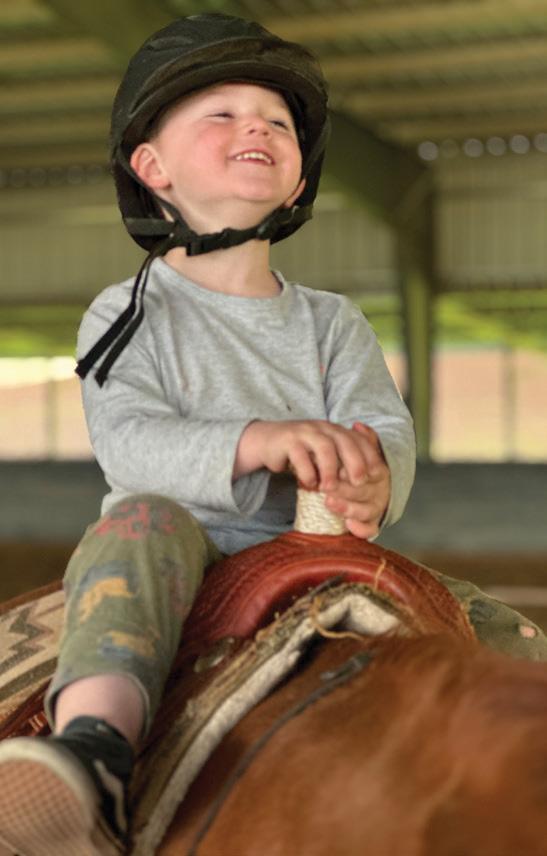

choosing horseback riding as their child’s sport.
Like any business, marketing and promotion are essential. I run promotions and have a structured advertising plan to attract new students while keeping longterm clients engaged. Client retention is something I care deeply about, and it shows—many of my riders have been with me for over ten years. That kind of stability creates a welcoming, loyal community where new clients quickly realize they’ve found a solid, established place to ride.
The only way to keep any business going is to seek out advice, embrace continuing education, and adapt to changing times. If the equestrian industry wants to remain robust and accessible, it must constantly evolve to stay relevant— especially to parents, who are the ones choosing their child’s sport in those early years. I’m committed to doing my part to ensure that horseback riding remains a viable, enriching option for future generations. This is why, no matter what obstacles come my way, I will always do my best to provide a place where children and adults alike can experience the joy, ful llment, and transformation that comes with a life enriched by horses.
Billings Equestrian is owned & operated by USDF Gold Medalist, Samantha Billings. Learn more at www.billings-equestrian.com.
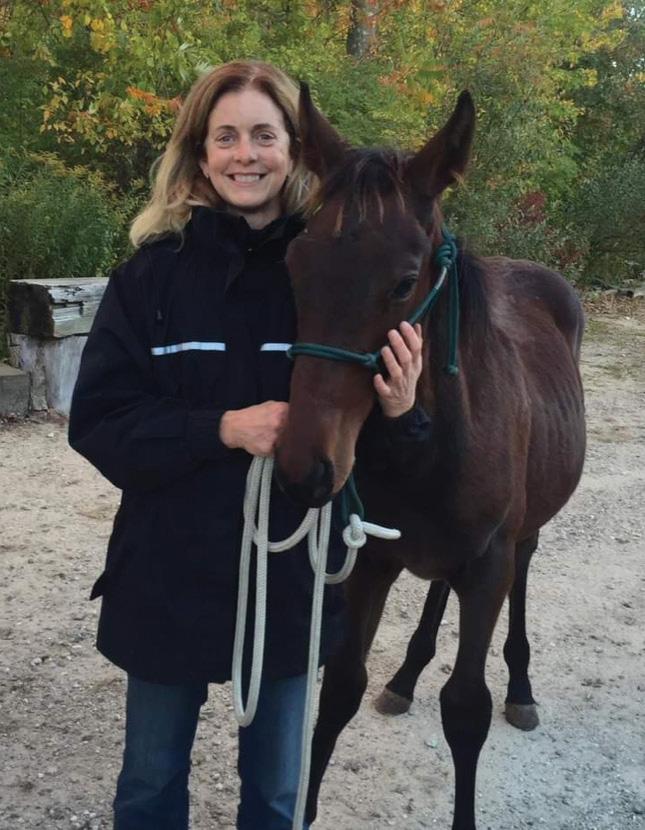


WORDS: DANA ZITER
I MET Heidi Boggini in early Spring of 2015. A mutual friend, Kathy, connected us a er I had shared with her that I was looking to move my gelding, Rod, closer to home. Prior to reaching out to Heidi to inquire about boarding, I asked Kathy how it was to be a boarder at La Fazenda and she simply said, “Heidi treats all of the horses like they are her own.” Little did I know the depth of that insight at the time, but while pulling down the driveway for an initial meeting with Heidi, I quickly knew the farm was a special place, and also, that I probably couldn’t a ord to board there.
It was a blustery March day, and the paddocks had begun their annual winter thaw. In most cases this typically means a sloshy mix of ice, snow, mud, and poop. But there was not a manure pile in sight! This was due to the very rst image I have of Heidi, driving a Gator through the slush, with a dump bed full of manure and her faithful cattle dog, Joe, trailing close behind. I soon learned the extent Heidi took to keep the property pristine, in which she told me, “The horses give us so much, they deserve the respect of a clean and healthy environment.”
A er working out an arrangement where I would help with feeding and mucking a few days a week to reduce my board cost, Rod was slated to move in for April. Upon arrival, Rod settled immediately into the herd consisting of four other horses: Whitney, Scooter, Abba, and Henry. Whitney and Scooter were Heidi’s and Abba and Henry were other boarders’ horses. Abba moved on to a di erent barn shortly a er our arrival, but Henry’s owner Abigail was planning to stay put, as Henry, a sensitive TB gelding, was thriving at La Fazenda. This was due to the primary reason that drove my desire to board Rod there as well, as Heidi believed strongly in “natural” horse-keeping. While she had a beautiful barn, the horses were outside 24/7 with unlimited forage and abundant space to be horses.
THE TURNING POINT
It was within this timeframe that an unsurmountable heartbreak was headed full-bore for Heidi, her family, and friends. One sunny a ernoon in 2018, Heidi and I were enjoying the “golden hour” in the barn. This was a special time, late in the day when the sun would shine through the back door of the barn, casting a warm golden glow on the aisle. Heidi was texting someone and looked up at me and asked, “How do you spell apple? I am having a brain-fart!” We laughed out loud and I aided in spelling so she could send her text. A few months later, she shared with Abigail that she was having trouble when reading her favorite publication, Eclectic Horseman. This was also accompanied by random scenarios where she struggled with ne motor skills, such as screwing in the plug to the water trough or untying the hay net knots. Her husband, Glen, and mother-in-law, Jane, began aiding Heidi in pursuing medical advice for these new struggles. Eventually, this led to testing and conferring with top doctors at Brigham Women’s Hospital in Boston, MA.
On an August evening in 2019, I arrived at the barn to nd Heidi feeding the horses at a later time than usual. As I entered the paddock, she was visibly upset and when she locked eyes with me tears started to ow down her face. I was aware she had been at Brigham that a ernoon and before I could muster the
words to ask how the appointment went, she said, “They fuckin’ told me I have Alzheimer’s.” Heidi had just turned 60 in June. She has two vibrant sons in their early 20s, Max and Owen, and a family who has already experienced great loss. She had a young horse she planned to ride into her golden years with and a farm that embodied her soul. This could not be happening. But it was, and there were two options for people in her life—abort a relationship and create distance, or hang-on for the ride and support Heidi as she progressed through this awful, terminal disease.
One thing Abigail and I quickly learned about early-onset Alzheimer’s is that the person a ected can spiral into micromanagement of the ones around them, as its their way to gain a sense of external control since they are losing internal control. This made for a challenging environment at times, with some days Heidi not permitting us to groom our muddy horses inside the barn or being very particular about where items were placed. In November 2020, I reached the point where La Fazenda, my sanctuary, had become less than peaceful and felt it was time to move Rod to a new boarding location. When I told Heidi, she cried, and it felt awful. I felt like I was abandoning the ship, but the decision was made. Abigail remained steadfast at the farm with Henry, enduring Heidi’s mood swings and forgetfulness while helping her with farm chores and horse care. The entire six months I was gone, it just didn’t feel right. I made amazing new friends and enjoyed a peaceful boarding environment, but I felt a deep sense of guilt that I had deserted a friend in need. While I had continued to visit Heidi and Abigail during that time and assist how I could, it was in June Abigail shared with Glen (who had always been hands-o when it came to the horses) and myself how di cult it was becoming to manage Heidi in terms of horse care and safety. Glen shared his desire to support an environment in which Heidi could remain involved with her horses as long as possible and it became Abigail’s and my mission to ensure we would make that happen. I moved Rod back to the farm that month and we embarked on the most emotionally heart-wrenching journey I have had to date.
As the months progressed, Heidi’s cognitive condition worsened, and it was taxing for Abigail and myself to manage her safety and keep the farm running while holding full-time jobs. Thankfully, we had some assistance along the way. Cara, who lives in a rental house on the farm, helped Heidi with chores for many months. Not having much prior experience, she soon became an honorary horse person. We were also fortunate to have important help from two horse-savvy college students, rst Emilie and, when she graduated, Madi. The horse care routine became Heidi’s sole daily focus, replacing her rapidly diminishing social life outside the farm. As this intensi ed, so did the challenges for those of us aiding her. She was insistent on driving the Gator while mucking but was quickly losing the ability to safely operate the machine—o en driving into things and having many close calls with horses and people. Mucking itself also became an obsession, maybe from her deep-rooted belief in keeping a clean environment for the horses, but when winter came it was an emotional rollercoaster persuading her that frozen manure would have to wait until a thaw. It was painful watching her ability to communicate decline, as well as the struggle to perform certain tasks such as tying knots, putting on halters, or maneuvering clips/zippers/ buckles. Heidi’s outbursts of frustration re ected her emotional pain, and we all developed our own techniques in aiding her to minimize those scenarios as much as possible.
While there were many frustrating days for both Heidi and us, there were also beautiful moments seeded within these unhappy circumstances. Due to her cognitive decline, Heidi became almost child-like, which lent itself to the purest (and sometimes comical) interactions: a huge genuine smile when one of the horses would seek out attention, her mistaken conviction that Emilie had Alzheimer’s, and watching her deep belly laugh as Joe rolled around in the grass a er a case of the “zoomies.” One moment I will always cherish was an a ernoon when I came to the barn in tears a er learning some upsetting news. Heidi, who was verbally limited at this point, looked at me and said, “You are crying.” I said “Yes, I am,”
and brie y explained why. We then went about our routine, not mentioning it again. When I drove her up to the house that evening, instead of exiting the car and walking directly inside, she stopped and tapped on my window. As I rolled it down, she looked at me with a most compassionate stare that spoke volumes and then simply said, “I love you.”
This love Heidi held in her heart for her family and friends continued to extend to her horses. However, by 2022, interest in grooming and her riding abilities had diminished. Speci cally, she was no longer equipped to provide the training and mental stimulation Tobias needed, and this was taking a toll on his behavior. He was a young, rambunctious, smart horse who required consistency to maintain ground manners. A er multiple dangerous incidents, the decision was made by Glen to seek a new home for Tobias. Abigail and I began to network within our horse community to nd him a placement suited to his needs, knowing Heidi would be shattered. We were fortunate to connect with the Hoover family, who were more than excited to welcome Tobias into their family, regardless of the fact that he was lame from a recent hoof abscess. Glen’s plan was to tell Heidi that Tobias was leaving for training and would return when he was “ready,” with the intention that time and her failing memory would conspire to prevent her from realizing that he would not be returning. The Hoovers arrived on a warm May evening to pick up Tobias with great grace and compassion, as Heidi was extremely upset and confused, helplessly watching a piece of her soul walk onto that trailer. Abigail and I were there for support, but we were absolutely gutted witnessing our friend endure this loss. With Tobias in his new home, just “the boys”—Scooter, Henry, and Rod—remained at La Fazenda. Whitney had passed away the Fall prior. We were hoping a small herd of mellow-mannered geldings would aid in providing a safe environment for Heidi to continue her routine of horse care, but the quick progression of her disease was making her erratic behavior and unsafe scenarios increasingly harder to manage. By the end of summer, Abigail and I knew we could not manage the upcoming
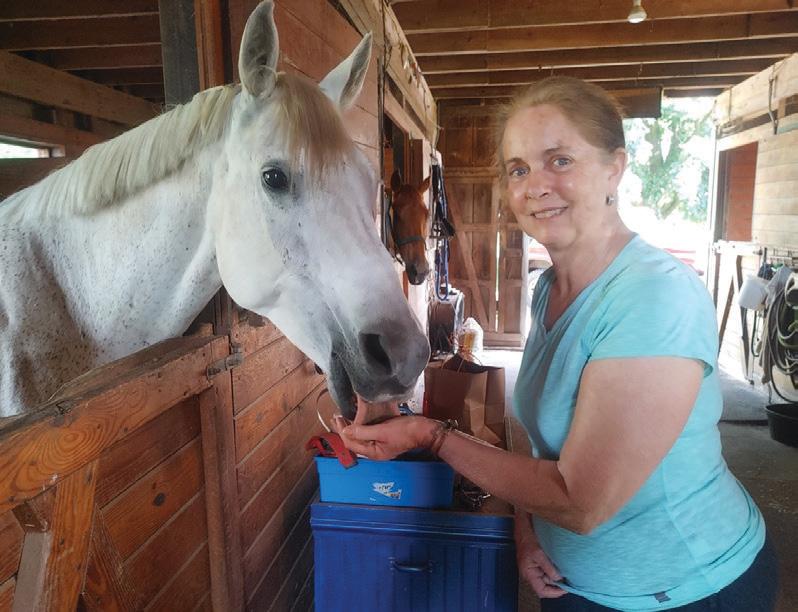
winter at La Fazenda and it was time to rehome Scooter, who was heading into his twenties. Scooter is a special and so soul, whom Heidi acquired when he was just four years old. We were concerned about nding the proper home, as many folks aren’t looking for an aged, gray Arab with melanomas. It was through the amazing network of friends that Heidi had introduced us to years before that Lisette, now Scooter’s guardian angel, was introduced to us. She had lost her aged TB the previous winter and, having spent 70 years in the saddle, was looking for a quiet, steady mount to trail ride with and keep her other gelding, Mac, company. Knowing we could not allow Heidi to endure the trauma of seeing the remaining horse in her life step onto a trailer to never return, we planned to allow Heidi to be part of moving all three boys to a smaller farm “just for the winter,” for ease of care. Scooter would move on to Lisette’s from there, while Rod and Henry would remain permanently. However, we were cautious of this plan because, although her ability to communicate was narrowing down to only expressing explicit words when frustrated, she never stopped asking, “When’s Tobias coming home?” In late August 2022, Deb joined us to help with the move. She and Heidi sat on my tack trunk and wept together as Heidi watched us pack our items into the trailers, understanding that her horses, friends, and routine were all going to be gone within a few hours. Abigail and I anguished over this decision as well, knowing we were taking away her last sense of “purpose,” but the circumstance led to no other responsible choice. Glen and Jane followed us to the new farm with Heidi in tow so she could experience the visual impact of seeing the boys safely together under our care. Thankfully, the
plan must’ve allowed her some peace, as a er that day Heidi never once asked when Scooter would be returning to La Fazenda.
That day was the last time Heidi would interact with a horse. Her condition rapidly declined throughout the winter of 2023. In early 2024, Heidi began receiving home hospice care surrounded by family, her caregiver, and friends. While she was not able to communicate with those around her, every now and then she would make eye contact, and we would connect to the anguished soul of a woman who was imprisoned by this horrible disease. It is that large, passionate, loving soul that has touched so many around her. Madi wrote about Heidi in her veterinary school application essay, responding to a prompt about someone who inspired her. Deb, Kathy, and her other close friends cherish the memories they created together over decades. The Hoover family and Lisette are forever grateful for the education Heidi instilled in Tobias and Scooter. And Abigail and I have adopted the mantra “What Would Heidi Do?” when questioning tricky horse welfare decisions.
On April 10, 2024, peacefully surrounded by her loved ones, Heidi was nally set free. When I received the news, I released a breath that I felt I had been holding for four years. It was a bittersweet feeling of great relief for my friend and sorrow for myself and her loved ones, knowing she was really gone. Heidi once shared with me that when Max was young, he said to her, “You love the horses more than us.” While this may not have been accurate, it is a testament to the passion and dedication she always felt so profoundly for her horses, feelings that only the heart of a true horsewoman could hold.
MARCH 19 - APRIL 13, 2025
$ 7 5 0 , 0 0 0 + I N P R I Z E M O N E Y ! R M !
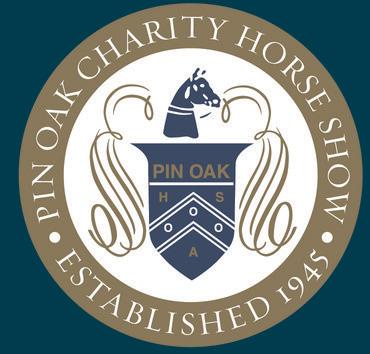
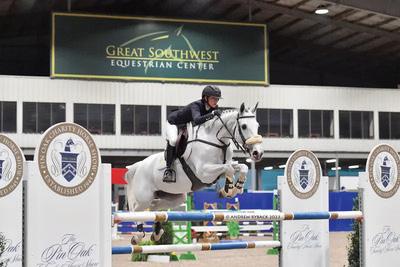
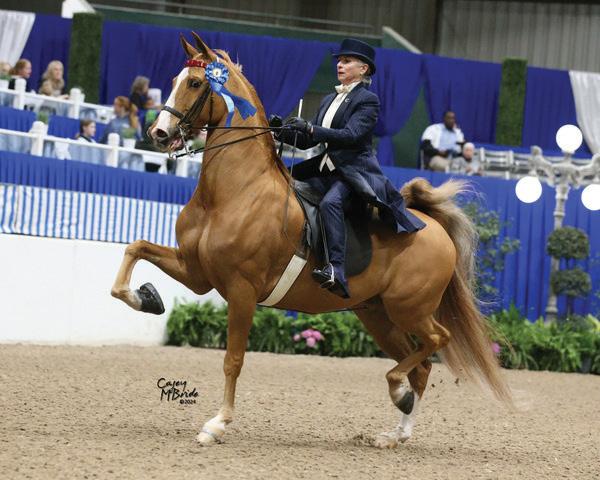
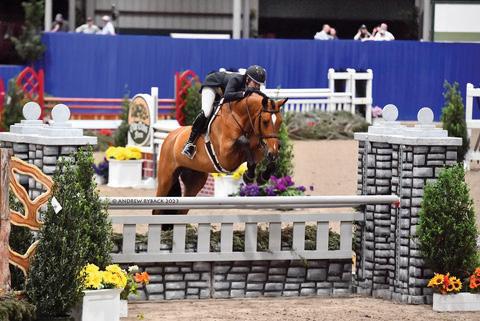
WORDS: IFA SIMMONDS
CAN YOU remember the last time you dismounted from the right side of your horse?
If you’re like most of us, the answer is probably never…or maybe once, inadvertently, when you were in a tricky situation. But why is that? Is it because our horses can’t handle it? Is it better for their backs, or is it because we’ve been conditioned to believe that the best way to dismount is from the left?
It’s interesting how things become so ingrained in us that we stop questioning them. We mount from the left because of ancient cavalry traditions but that’s not where it stops. We lead from the left, tack up from the left, and in a consistent routine, we dismount from the left. Every. Single. Time.
The most important questions are: What’s this habit doing to our bodies, our horses? What would science say about this habitual practice?
THE HIDDEN COST OF ONE-SIDED DISMOUNTING
Dismounting isn’t just a way to get off your horse, it’s a reinforced and ingrained movement pattern. Any movement pattern repeated hundreds to thousands of times creates imbalances within our bodies and even more so with our equine partners.
Think about this: Every time you dismount, you shift your weight in the same direction. Your right leg swings over the saddle, your body rotates slightly to the left, and you do your best to land with full impact evenly.
WHAT DOES THAT MEAN FOR OUR BODIES?
Your left leg takes repeated impact, leading to overuse, tightness, and even discomfort
in the knee, hip, or lower back. If you’ve ever felt lingering stiffness or soreness on one side, this could be a contributing factor. Meanwhile, your right side remains underutilized. Without symmetrical stress, stability, flexion, or strengthening that your left side endures, your right side gradually loses strength and mobility. Additionally, your spine rotates the same way every time you dismount, reinforcing asymmetry in your body.
This isn’t just a “small thing.” Over time, and it doesn’t take long, this imbalance builds up and depending on your body awareness, you could feel it reflected in your riding. Have you ever noticed one stirrup feels different? Or that your hips feel uneven in the saddle? Your dismounting habit could be playing a bigger role than you think.
WHAT ABOUT THE HORSE?
We talk a lot about rider balance, but have we ever stopped to consider what this habit is doing to our horses? Like humans, horses develop muscle memory through specific movement patterns. Because of their innate intuitiveness, they often anticipate movements better than we do. If you always dismount to the left, your horse learns to brace for adjustments on that side, which can create unilateral stress on their bodies and backs. Research has proven that our horses exhibit movement asymmetries and limitations in their spinal range of motion, because of rider imbalances and repeated unilateral movements, like mounting and dismounting.
Every time you slide off to the left, the saddle shifts slightly in that direction, placing consistent pressure on the same area. Over time, this repetitive weight distribution can lead to minor
compensations in their muscles, which may contribute to soreness or even long-term imbalances. Additionally, many horses become mentally conditioned to expect a left-side dismount. If you attempt to dismount from the right, they may react with hesitation or surprise, simply because it disrupts their ingrained pattern.
By varying how we dismount, we can improve our own symmetry and help our horses maintain more balanced muscle development. A simple change in habit could have a lasting impact on both rider and horse, leading to better movement, comfort, and longevity in the saddle.
WHY DOES DISMOUNTING FROM THE RIGHT FEEL SO AWKWARD?
Any time I’ve asked, most riders say that dismounting from the right feels unnatural to them and their horse. They say, “My body doesn’t move like that, or I don’t have the physical ability to do it.” The range of motion in the hip doesn’t swing as effectively in this direction. But let’s be clear:
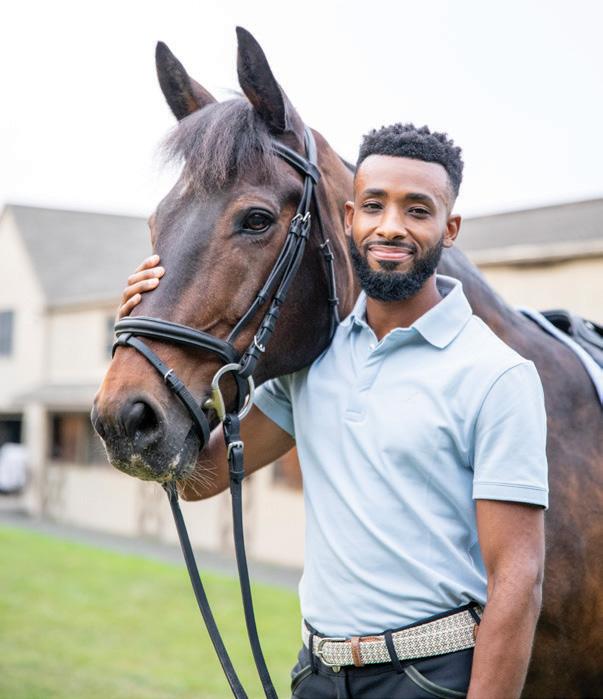
Ifa Simmonds is on a mission to help riders move better, ride balanced, and feel more connected in the saddle. As the founder of The Equestrian Fitness Academy (EFA), he brings a dynamic, science-backed approach to rider fitness and wellness, helping equestrians develop stability, suppleness and strength in and out of the saddle. His work isn’t just about fitness, it’s about redefining how riders move, train, and perform with their partners. Learn more at www.ifafit.com.
Your body can move that way, it just hasn’t been frequently trained to do so.
This isn’t only about ability, rather it’s about building the habit. The first few times you try it, it’s going to feel weird, but riding also felt awkward for most of us. For us to become more balanced, stronger riders, we cannot avoid the things that feel “unfamiliar” and start training both sides equally.
HOW TO START DISMOUNTING DIFFERENTLY
I don’t advise immediately switching every dismount, because change takes time. It’s important to understand and remember that intentional micro changes can make a major impact for you and your horse.
1 Start Small
This is not an overnight journey. Be strategic, plan and pick 1-2 rides per week where you intentionally dismount from the right side. Start on a day when you’re not rushed, and your horse is calm.
2 Stay Aware of Your Body
Notice how your body reacts. Does your right leg feel stiff? Does your left leg want to take all the weight? Pay attention, this tells you where your imbalances may be.
4 Land Softly
Be mindful of how you land. Use control when swinging your leg over, practice proper weight shifting to the right side. Are you landing mostly on your right foot?
4 Train Your Horse For A New Habit
Your horse is likely to hesitate the first time, simply because it’s very different for them. Stay calm, move slowly, and let them know it’s okay. I think it’s valuable to talk to them and tell them what you’re doing before the attempt.
By making this change, you may notice improved balance, reduced stiffness, and even a more responsive horse in just a few weeks. Small, intentional adjustments can have a lasting impact, not only on how you feel but also on how your horse moves and responds to your aids.
CHALLENGING TRADITION FOR A MORE BALANCED FUTURE
We often talk about equestrian tradition as if it’s untouchable, but what if some of these same traditions are exactly what is quietly holding us back?
• What if switching up our dismounting habits was a small nugget that could prevent injuries and extend our riding careers?
• What if our horses moved better and felt better simply because we stopped reinforcing the same movement pattern over and over again?
• What if, instead of doing things because they’ve always been done that way, we started doing them because science proved that they actually made sense?
Micro changes, major impact. If our goals include stronger, more balanced horses and riders, now is the time to rethink and restructure how we move, both in and out of the saddle. Your horse and your body might just thank you for it.
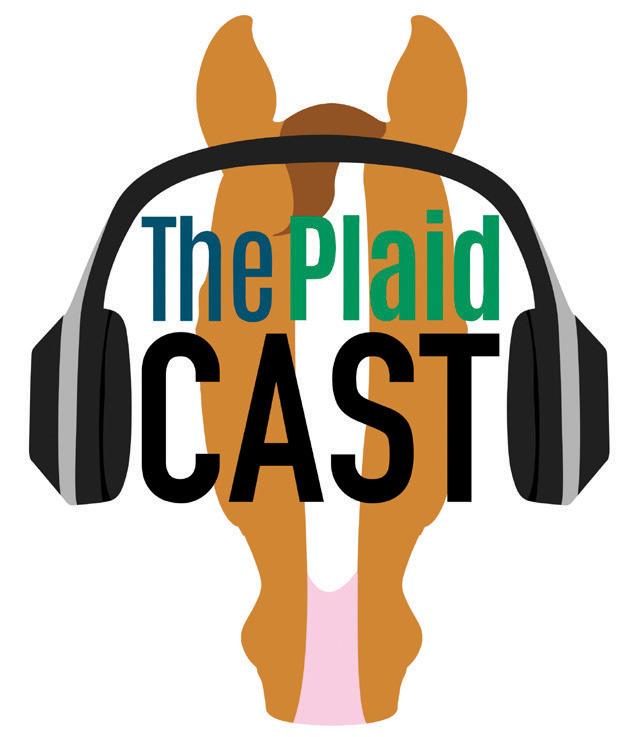
Apple Podcasts, Spotify, and your favorite podcast app

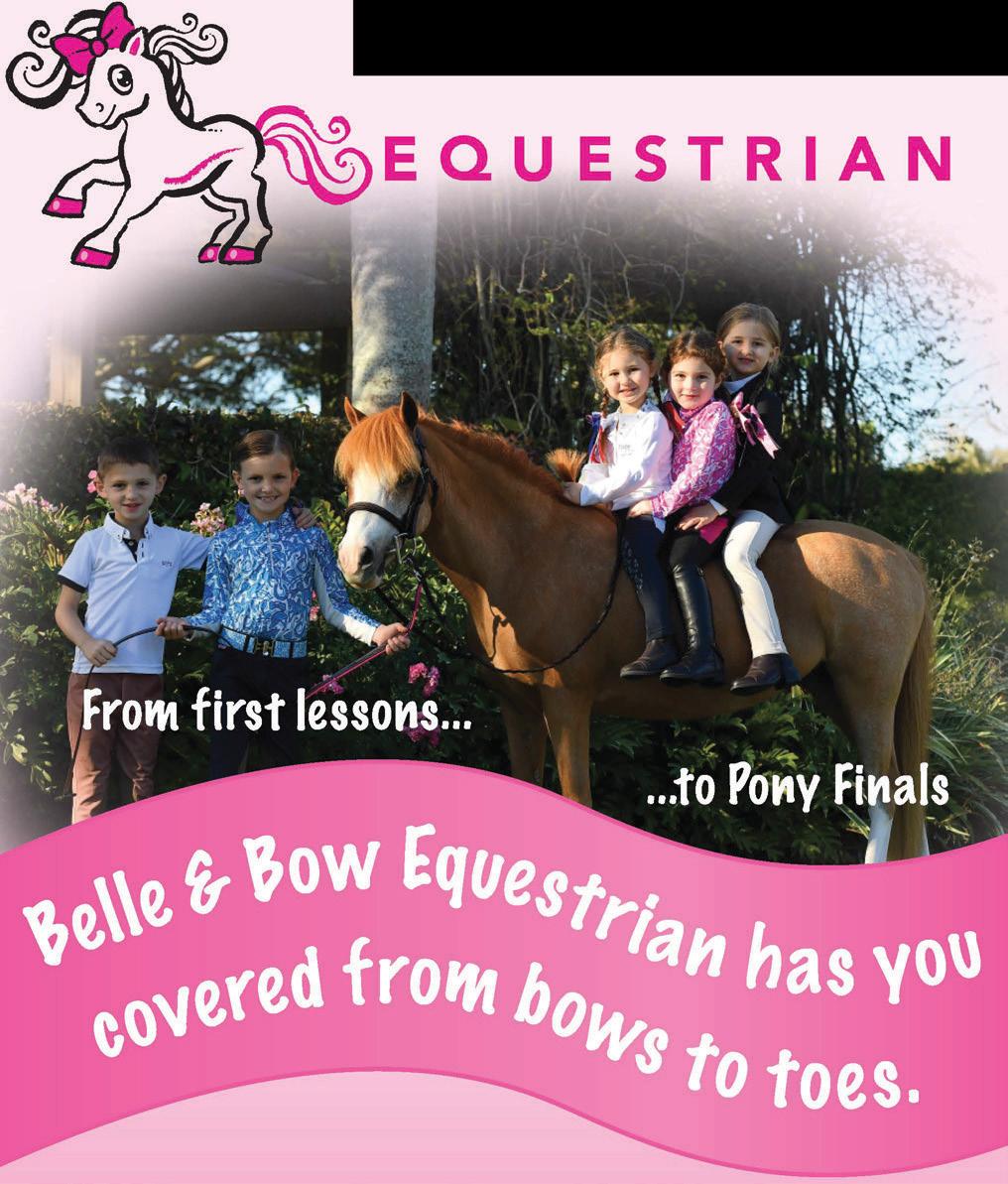


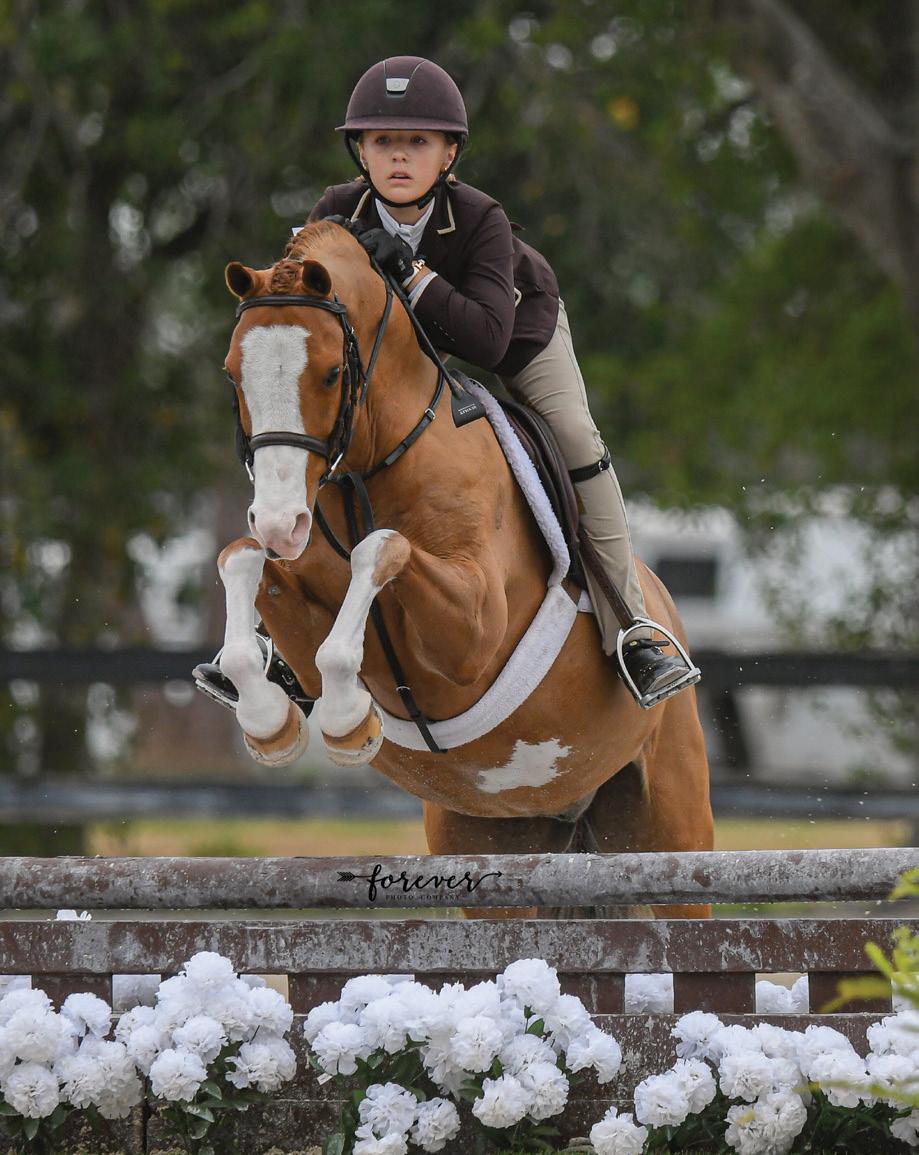
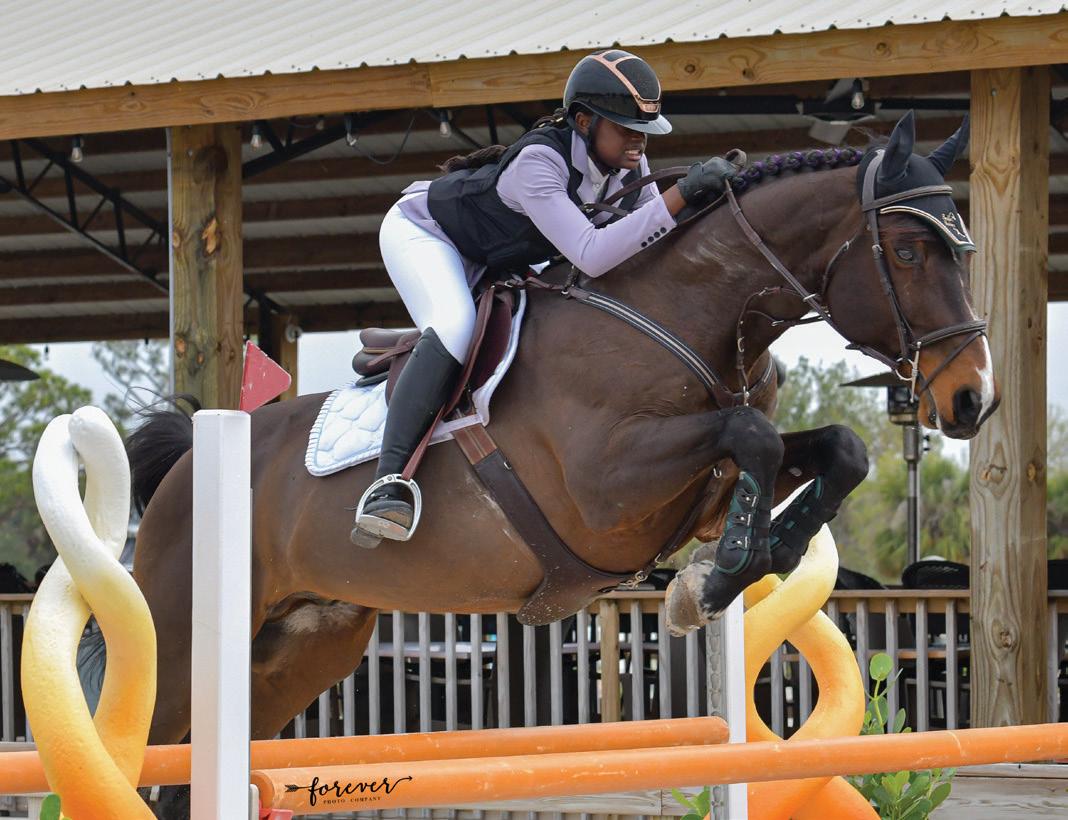
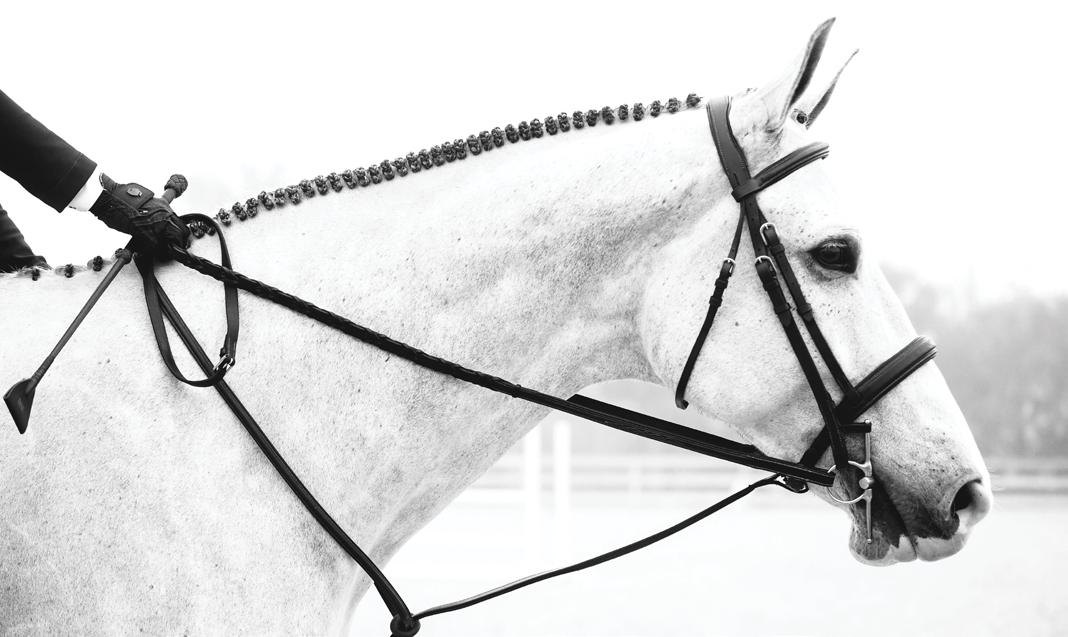
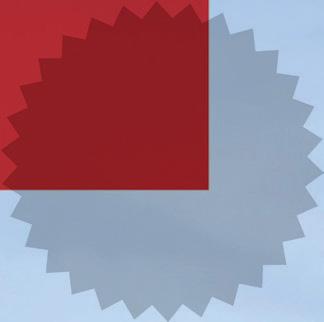

by
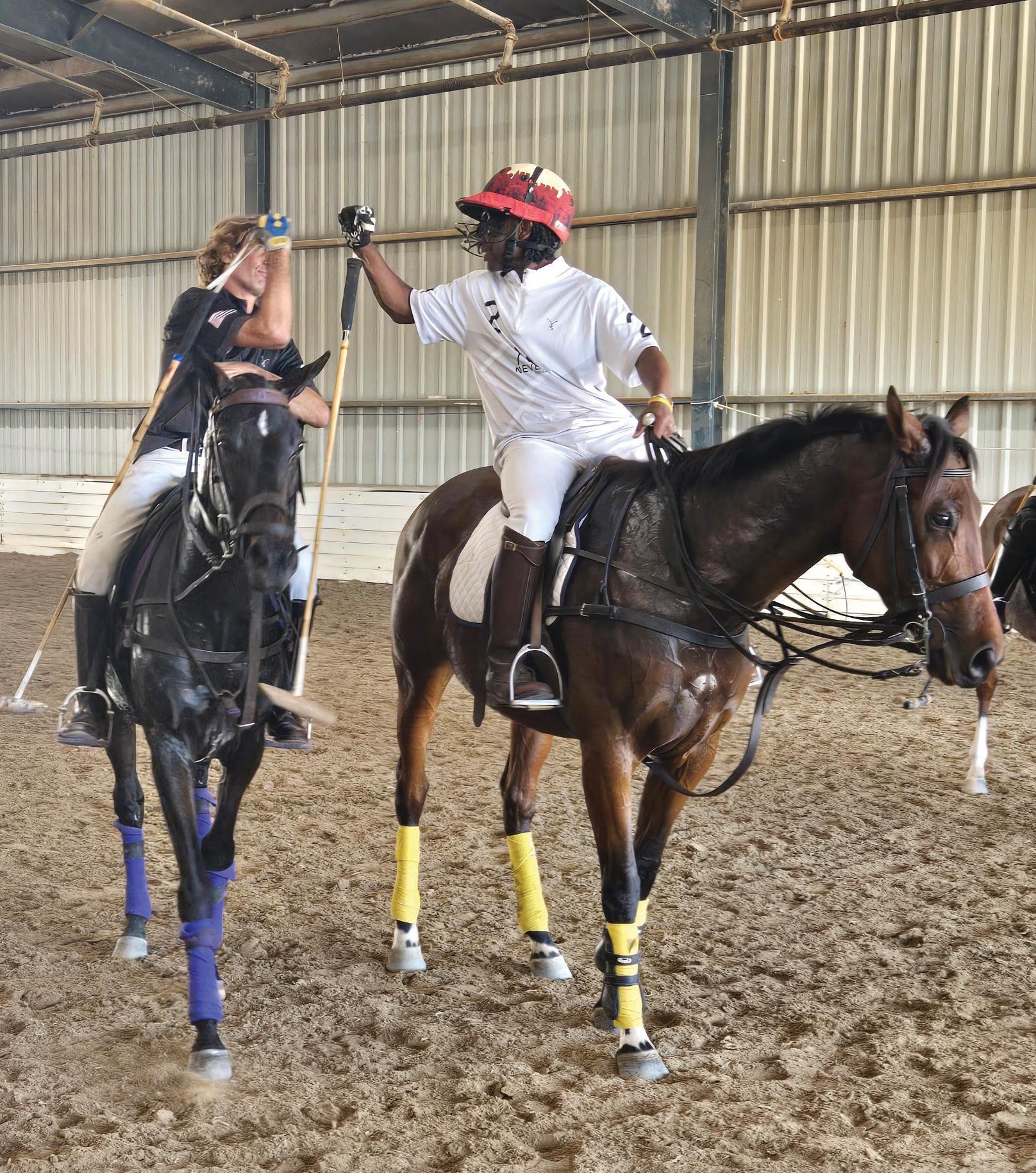
WORDS: MARC-ANTHONY HARLEY
THE FIRST time I met Sconce, just an ordinary plain bay with no markings, at Thoroughbred aftercare farm
Pastured Place, I connected with her right away. I felt safe on her. Watching her go and noticing her laid back demeanor and kind eye felt reassuring, and I recognized these qualities as what I’d like to see in a polo pony.
Although she may not have looked like the next Best Playing Pony of the U.S Open, I saw potential in her. I know personally how first impressions can be misleading; I didn’t look like much
when I first walked into the Work to Ride program as a short, scrawny little 7-year-old. Lezlie Hiner took a chance by teaching me to ride back then, and now I could take a chance on Sconce learning to become a polo pony. Discovering Work to Ride was a turning point for me, and being able to offer a turning point to Sconce created a kind of connection and what makes this journey so special to me. By racehorse standards, Sconce was a failure. A Thoroughbred, she had been bred to run but had no speed. The trainers, owners, and breeders who had invested thousands of dollars into her racing career recognized this wasn’t the direction for her, so they pulled the plug. When she arrived at our barn in February, she was a blank slate, ready for a new purpose.
This marked the beginning of a significant journey for me. In eight months, we would be participating in the Retired Racehorse Project held in Lexington, KY, at the Kentucky Horse Park. In collaboration with Work to Ride’s temporary home at Northwestern Stables and a girl named Bella, I would be responsible for polo training, while Bella specialized in jumper training. This experience not only allowed us to work together towards a common goal but also broke barriers and stereotypes in the process. Training a former racehorse to become a polo pony and show jumper would become a transformative experience that has taught me valuable lessons about teamwork, perseverance, and overcoming failure.
The Retired Racehorse Project is an organization whose mission is to facilitate the placement of Thoroughbred racehorses into second careers, giving these horses a second chance. With the increasing demand for Thoroughbred horses in other disciplines, the RRP meets not only the needs of the demand for Thoroughbreds but also the needs of the horses themselves. Without a second chance, these horses would be sent to the kill pens or sit in a field for the rest of their lives. When Lezlie asked me if I would like to compete in the Retired Racehorse Project representing Work to Ride, I was hesitant, as I didn’t have much faith in my skills and ability to retrain an off the track Thoroughbred. I still jumped at the opportunity to compete.
I’ve been involved with the Work to Ride program based in West Philadelphia
for the past 10 years, and I have been helping care for the horses and handling their needs. This program allowed me to learn the ins and outs of horses, taught me how to ride, and taught me the importance of horsemanship.
This year, the RRP updated their competition rules to allow team entries where two people can enter and compete in two separate disciplines on the same horse. Our collaboration with Northwestern and Bella was instrumental to our success. It allowed us to exchange ideas and strategies, and it also allowed me to receive and offer help with things I had less experience with, like teaching the
“From 8th grade African American girls to one of the top-ranking players in the US, everyone was out on the field on bays, chestnuts, and paints, chasing down the same little ball.”
—MARC-ANTHONY HARLEY
lead change and how to work around the horse’s quirks. Being a team entry in the RRP relieved a lot of pressure, letting us split up training duties during the week.
Being part of a team especially helped after arriving in Kentucky, where I felt out of place. Being a young African American male in a predominantly White and female-dominated sport, I didn’t exactly fit in. In fact, I stood out. My differences made me want to prove myself and show off my skills, as young Black men aren’t usually seen in this industry at all. Surrounded by other competitors who had spared no expense on getting their horses to the RRP, I was very aware of the wealth divide, as I don’t live in a gated community or come from money. While
the differences are apparent, I know I just have to work harder to pursue my achievements and show more perseverance and determination.
From the beginning of Sconce’s reschooling, we knew that teaching a failed racehorse new skills would not be an easy task. Sometimes she would show me the racehorse part of her, and if I was lucky, she’d take up being a rodeo bronc for the day. She was full of surprises, but how could I expect anything less from a 5-year-old OTTB? Racehorses are accustomed to running at full speed, not performing precise maneuvers like stopping and turning or jumping obstacles in a designed order.
However, Bella and I were determined to transform our Sconce into a versatile competitor. The key to achieving this was constant communication and collaboration. Bella and I shared our observations and adjusted our training techniques accordingly. While I worked on Sconce’s agility and handling for polo, Bella focused on her confidence and suppleness. Our success depended on our ability to support each other and, through a little trial and error, learn from our experiences.
In terms of becoming a polo pony, Sconce faced her first major obstacle: she struggled with the idea of traffic. She would run me around the arena as if she were still on track, darting away from oncoming horses. She wasn’t too fond of the mallet either, shying away from it altogether. I spent weeks on the ground running the mallet across her body to let her know that this long scary stick was not going to eat her alive. We eventually got to the point where I could swing it on top of her without her even batting an eye.
Onto tackling traffic. While horses are indeed herd-oriented animals, polo traffic to a green horse is a bit different than what they’d deal with regularly—a couple horses seemingly chasing you and others coming at your sides takes some getting used to. Sconce tended to get riled up in traffic, but hours in the arena with lessons going on around her helped settle her down.
The warm summer months were jam-packed with new experiences for Sconce, completely different from life on the racetrack. She went to the Cheshire Hunt foxhunting camp with Bella for a
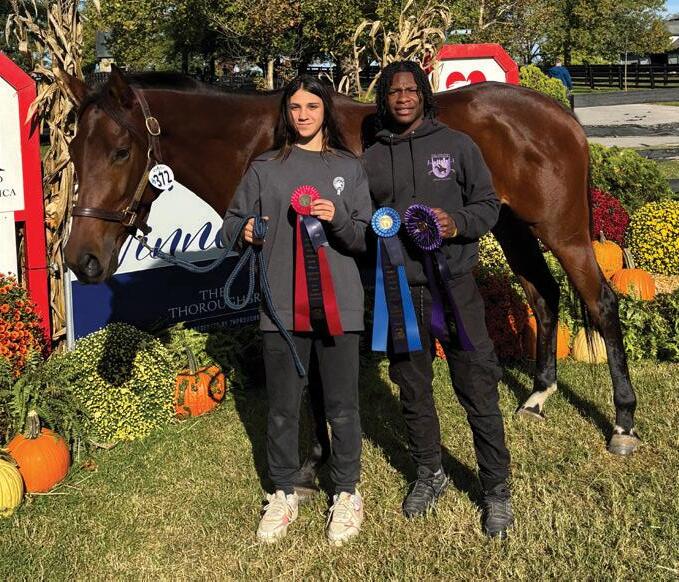
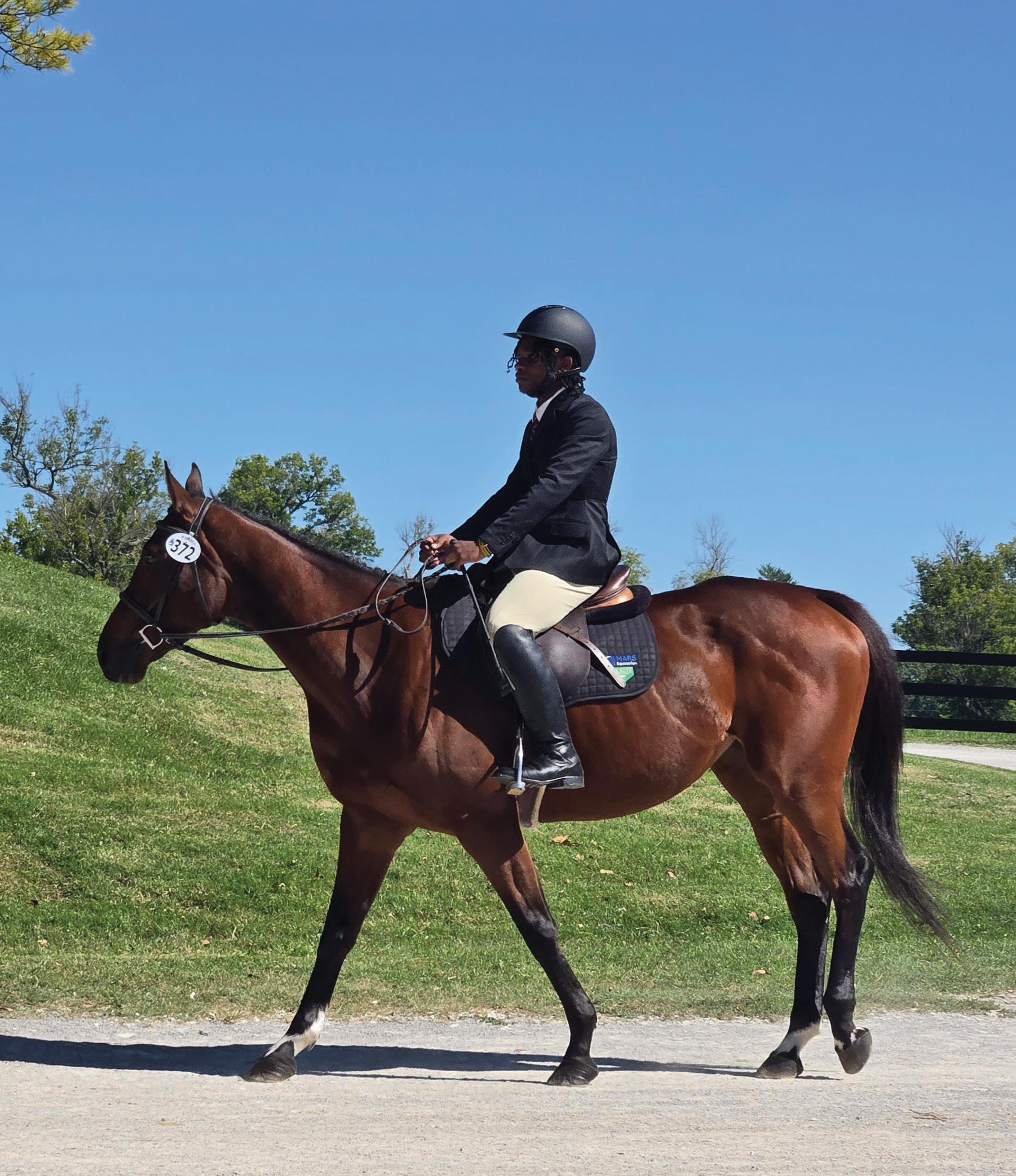
week, and polo camp with me for a week at Northwestern, as well as a few grass games at Lancaster Polo Club. As we introduced Sconce to more excursions, she began to get more unbothered, more comfortable, and less overwhelmed by new environments. While the time was ticking down for competition in Kentucky, I was putting the finishing touches on Sconce, preparing to leave it all out there and show what we’d spent the last nine months doing.
After flying to Kentucky, I quickly realized the sheer amount of horse farms and racetracks they have—the view from the plane didn’t do it justice. The farms seemed endless; when one ended and another began. I had never seen so many large properties packed into one little town before. The rolling hills and endless farmland of Kentucky were beautiful. This was true horse country. I was now even more excited (after a little urging from my Saddle Up Scholars tutor, Win) to visit and tour the University of Kentucky while I was in Lexington for the RRP and consider studying at college for four years in this horse mecca.
Even the famous Kentucky Horse Park was a sight to behold. The amount of different people and disciplines colliding in one place was amazing to see. Watching the other RRP polo ponies and seeing other riders’ methods of training
was especially insightful. Seeing what the professional players had accomplished with their own horses was very special because it shows how amazing these animals are. Competing against professionals and being treated as an equal felt incredibly rewarding, helping me see in myself how far I’ve come as a horseman. Feeling respected, regardless of age, race, or gender, shows how inclusive and level the playing field can be in polo.
This camaraderie took me back to just a few weeks before when I was playing at our own fundraiser, the Philadelphia Polo Classic. On the field were people of all ages, backgrounds, and races—from 8th grade African American girls to one of the top-ranking players in the US, everyone was out on the field on bays, chestnuts, and paints, chasing down the same little ball. It was an unforgettable experience, highlighting the unity and respect that all people carry for each other within the sport. I had seen it at home and had now experienced it in Kentucky too.
Being an African American male competing in a predominantly white female sport, I’m no stranger to facing skeptical looks and doubts about my abilities. However, instead of being discouraged, I used these experiences as motivation to prove that passion and dedication have no color. Bella and I formed a solid team in preparing for the RRP, challenging
expectations and showing that diversity is a strength.
In the end, Sconce not only competed successfully in both disciplines, earning herself a 1st in team polo and 2nd in team show jumping, but also became a symbol of what can be achieved when working as a team and facing failure with determination. The teamwork and collaboration were crucial, from the exchange of ideas to the relief of pressure and the support of my diversity, we succeeded because we worked together.
In addition to the value of hard work and community support, I learned the value of patience, persistence, and empathy. I’ve realized that failure is not permanent, and that with the right support and a willingness to pivot, we can find our areas of excellence. True success is not only measured by victories but by the ability to overcome obstacles and work together towards a common goal. Training a failed racehorse to become a polo pony and a show jumper was a journey full of challenges, but also immense rewards. Bella and I demonstrated that, with collaboration, perseverance, and open minds, it is possible to transform failure into success and break barriers in the process.
Above all, I learned that everyone, just as a defeated racehorse like Sconce, deserves a second chance.
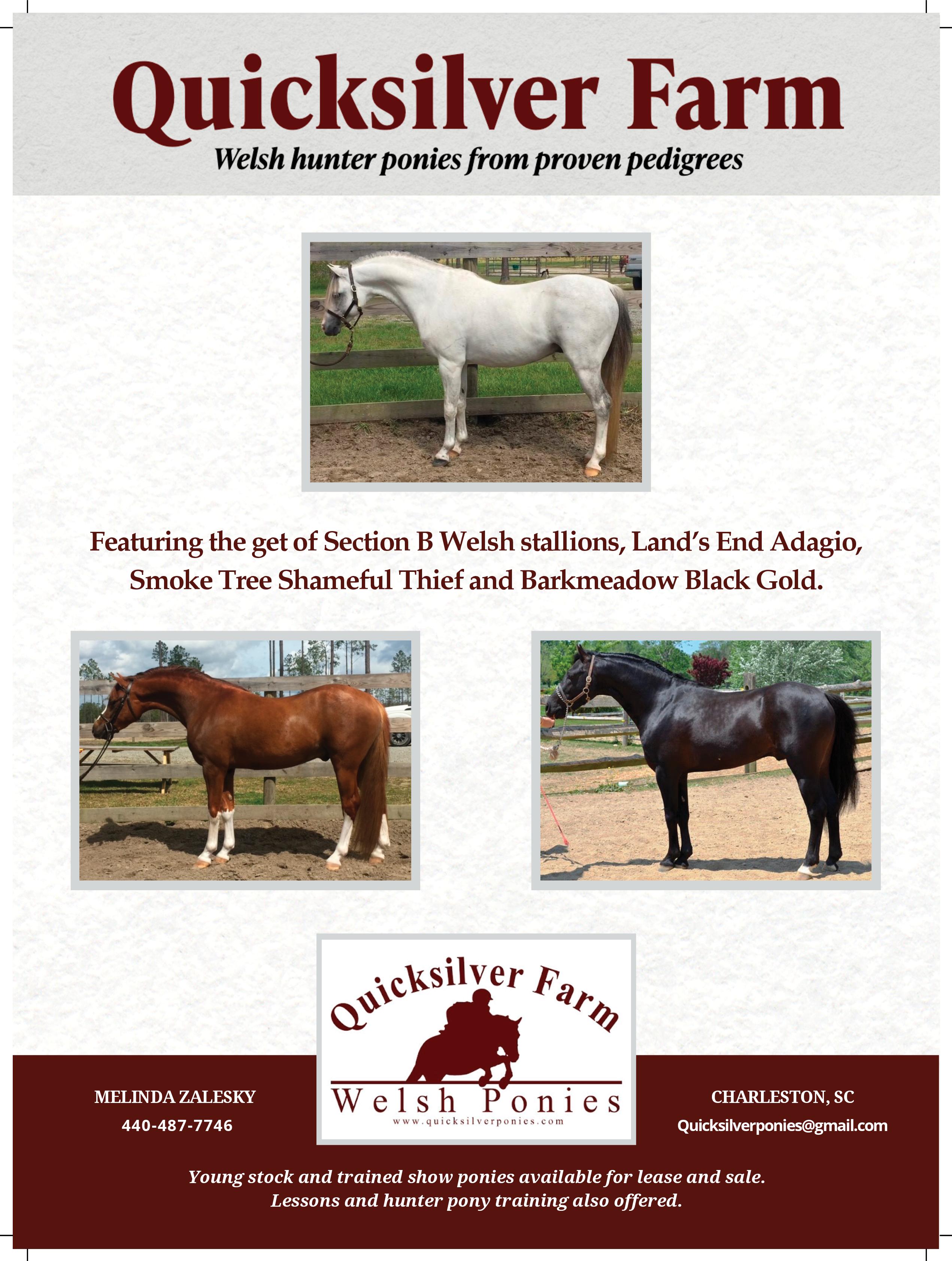


WORDS: KATIE DERER
THIS CONVERSATION comes at a crucial time for our workforce, in the midst of a hazardous political climate. For this next installment of my series on the industry, let’s break down who makes up our labor force, and how common practices affect workers and freelancers.
It’s important that we understand the diversity of the equine industry in the United States, and also how it impacts the labor outlook. Equine workers propel a significant part of the economy, contributing substantially to both rural and urban communities.
There are also some troubling similarities among many industry professionals’ experiences. I’ve watched personally as peers were taunted for being “in their feelings” simply for asserting healthy boundaries. So, in their honor, let’s dispel some myths. These are a few unfortunate musings I’ve overheard in the industry:
I’ve never met a single person who deserved a raise. This job isn’t a 9 to 5 kinda gig.
There are so many freelancers who love horses and love their jobs, but as long as unfair business practices persist, a large part of the workforce is forced into dire straits. Desperate people develop desperate measures. Unregulated hours, benefits, pay, experience, and work ethic are only part of a larger picture and we need to dig deeper. If workers in the equine industry are essential workers, why are we not afforded the essentials for living wages?
Some people do this as a career, others as a hobby.
If roles in the industry are considered careers to attract career-oriented personnel, then career wages need to be part of the business plan. Wanting the experience but hoping to pay lower prices is exploitation. Expecting to pay lower wages breeds division and competition.
Growing up, I had been told that the horse industry is its own world. That we aren’t part of the “real world.” How many of us have been living under this false pretense, and for how long? We are not in some bubble universe, uninfluenced by the world around us. World economics, labor laws, illegal and legal workers, taxes, groceries prices—we are influenced by it all.
The repercussions that the industry feels now are due to its secluded nature. Detached from reality, it is easier to become biased and one-sided in thought and eventually stuck in antiquated standards and sentiments.
As an advocate of my peers, it is time we had a hard conversation about the hypocritical ideals saturating the equine labor market.
In the United States, there isn’t a singular, unified equine industry labor committee. Did you know these advocates existed? And would you be willing to use these organizations in hopes of renovating the horse industry in the future? Or perhaps starting another?
While there’s no single, all-encompassing “labor committee” specifically for the equine industry in the U.S., there are many labor-focused entities that work within specific sectors of the industry to advocate for workers’ rights, better wages, and improved working conditions.
1 National Horsemen’s Benevolent and Protective Association (HBPA)
➥ Focus: Focus: Primarily focused on protecting the interests of horsemen (owners, trainers, grooms, etc.) in the racing industry.
➥ Labor Role: Advocates for fair wages, improved working conditions, and health benefits for workers in horse racing.
2 International Brotherhood of Teamsters (IBT)
➥ Focus: While the Teamsters is a large labor union that represents many industries, it also includes workers in the equine sector, especially those involved in transportation, stabling, and grooming at horse racing tracks.
➥ Labor Role: The Teamsters represent various equine workers in labor disputes, working conditions, and wage negotiations.
3 Thoroughbred Horsemen’s Association (THA)
➥ Focus: Primarily advocates for the rights of horsemen involved in Thoroughbred racing.
➥ Labor Role: The THA often addresses issues related to training, racing conditions, and worker welfare, including grooms and exercise riders.
4 The Workers’ Rights Committee –National Trainers’ Association (NTA)
➥ Focus: Represents trainers in the horse racing industry.
➥ Labor Role: Advocates for fair wages, worker benefits, and improved working conditions for trainers and other industry employees, particularly those involved in training horses at racetracks.
5 Equine Workers’ Union (if applicable regionally)
➥ Focus: Although not as widespread, some states and regions may have informal worker unions or committees that represent grooms, riders, and other equine workers.
➥ Labor Role: These unions advocate for better pay, safety standards, and benefits for workers directly involved with horse care and training.
6 American Horse Council (AHC)
➥ Focus: Represents a wide variety of stakeholders in the equine industry, from horse owners to veterinarians to riders.
➥ Labor Role: While more focused on policy, the AHC does advocate for workers in the industry and addresses issues like employment standards, safety, and welfare.
7 United Farm Workers (UFW)
➥ Focus: Though typically
associated with agricultural labor, some members of the UFW work in the equine industry, particularly in the care of horses and stable work.
➥ Labor Role: Advocates for migrant and seasonal workers, many of whom work in stables and on farms that raise horses.
WORKFORCE BREAKDOWN
Awareness is key when working in the equine industry. In recent decades, the labor pool has seen a growing percentage of BIPOC workers, especially among Latino and Black communities.
➥ Latino Workers:Latino workers, particularly those of Mexican and Central American origin, make up a significant portion of the equine workforce in the U.S. This demographic is particularly prevalent in the western states, such as California, Texas, and Arizona, where workers are involved in ranching, breeding, and training horses for various purposes, including rodeo and racing. Latino laborers also work in grooming, exercise riding, and stable management. Some estimates suggest that Latino workers represent anywhere from 30% to 50% of the equine workforce in these regions, particularly in sectors like racehorse training and handling.
➥ Black Workers: Black workers have historically been a critical part of the U.S. equine industry, especially in the context of Thoroughbred racing, training, and grooming. While their representation is not as high as Latino workers, Black jockeys, trainers, and stable hands have had a notable influence on the sport of horse racing. However, despite this rich history, they remain underrepresented in leadership roles, such as in ownership or higher management positions in equine businesses.
➥ Immigrants and Other Groups: The equine industry also employs a growing number of workers including Asian Americans and immigrants from Eastern Europe and the Caribbean. Many of these workers are involved in more specialized roles, such as veterinary services, horse transport, and training. The immigrant workforce, including
people from countries like the Philippines and Jamaica, has become an essential part of the equine service sector.
The equine industry is labor-intensive, often requiring long hours and physically demanding tasks. Wages vary widely depending on the role and the region, but workers in lower-skilled positions, such as stable hands or grooms, typically earn lower wages, with many workers depending on tips or other forms of supplementary income. A common discussion amongst industry professionals is what people are being paid or provided. In an unregulated environment, keeping professionals accountable is necessary.
Many equine laborers face a lack of labor protections and benefits. Workers often go without health insurance, retirement benefits, and paid leave, making them vulnerable to economic instability. Laborers often find themselves in situations prevalent to exploitation, due to their specific circumstances. Laborers deserve fair compensation and benefits, not low pay because they are “stuck” without anywhere else to go.
The equine industry contributes significantly to the U.S. economy. According to the American Horse Council, the equine industry generates over $50 billion annually in direct economic output and supports more than 1 million jobs across the country.
While the U.S. has one of the largest equine industries in the world, there are notable differences in labor dynamics across other countries, especially in Europe, Latin America, and Asia.
➥
The U.K., France, and other European nations have a long history of horse racing, breeding, and equestrian sports. In countries like the U.K., the labor force is often more formalized, with workers enjoying greater access to labor protections such as health insurance and pensions.
➥
The industry is particularly strong in
countries like Mexico, Argentina, and Brazil, where horse breeding, racing, and rodeo events are popular. Much like the U.S., labor conditions can be difficult, with a reliance on low-wage, immigrant, and minority workers, particularly in the breeding and training sectors.
➥
In countries like Japan, China, and India, equine labor is often more formalized, with certain roles (such as jockeys or trainers) requiring special training or licenses. However, the number of workers in the equine sector is still small compared to the U.S. or Europe, and the industry tends to be less diversified in terms of minority groups. In Japan, horse racing and breeding are important industries, while India has a growing equestrian sports sector.
If any part of this article triggers a reactionary response, I hope readers can dive deeper into their personal ethics and business dealings. However, I welcome all professional thoughts on the matters at hand. May we all broaden our minds and community in order to ensure the healthy growth of sport, dedication, and horsemanship we all deserve.
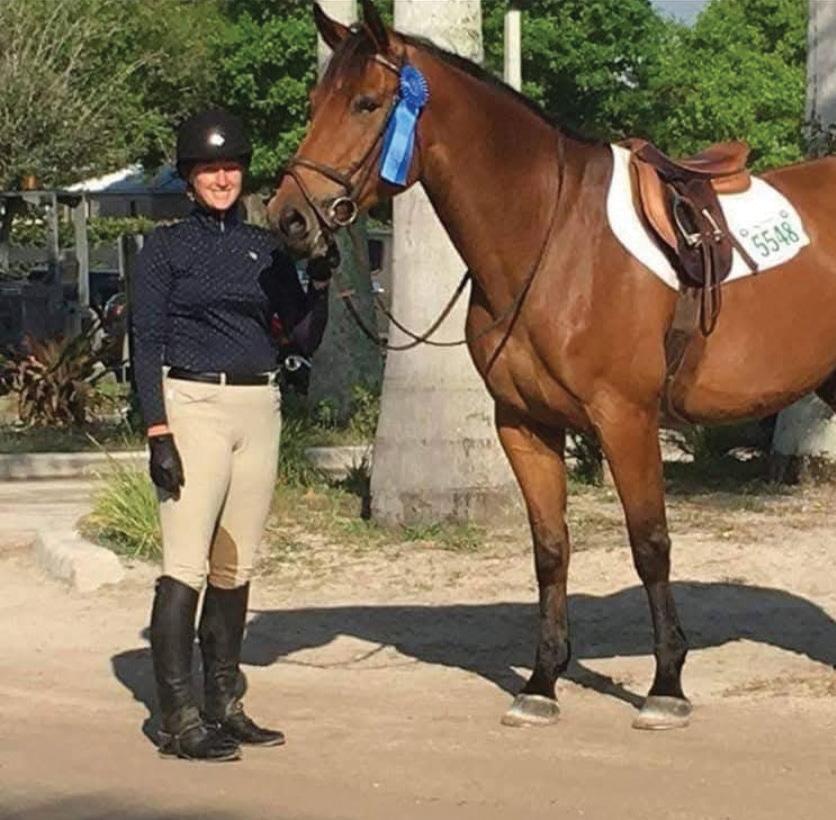
In 2016, Derer formed Wilderer Equestrian as a young professional, committed to young horses, sales, and showing on the circuit. After 20+ years in the industry, she continues to document first-hand experiences and search for solution-based policies to bring into practice.
PHOTO GALLERY
“My passion is photographing horses in beautiful places,” says Newman, who shares the back stories on each picture below.
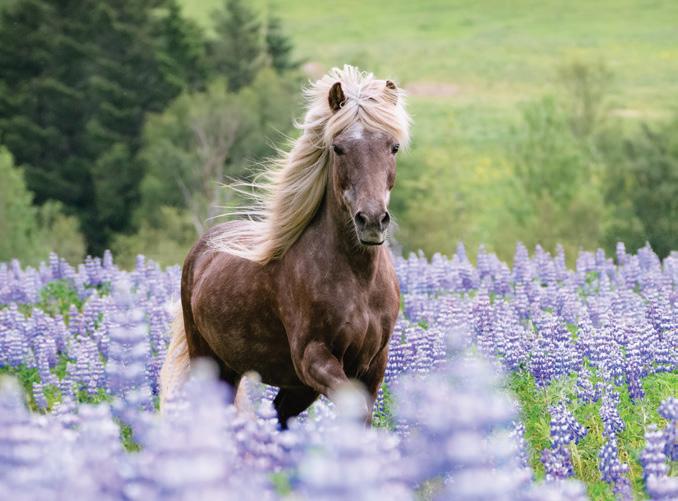
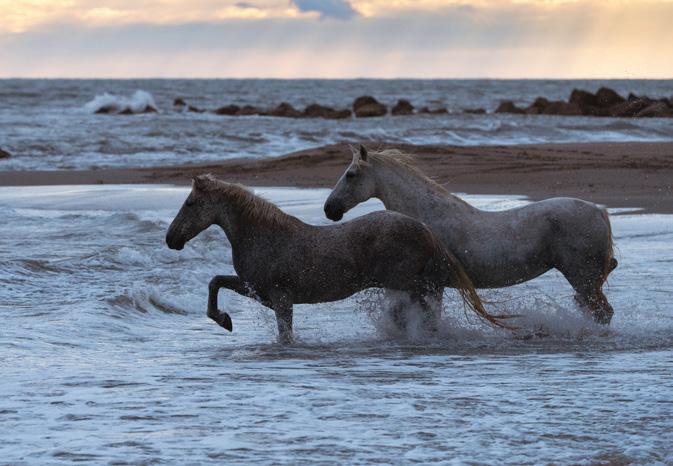
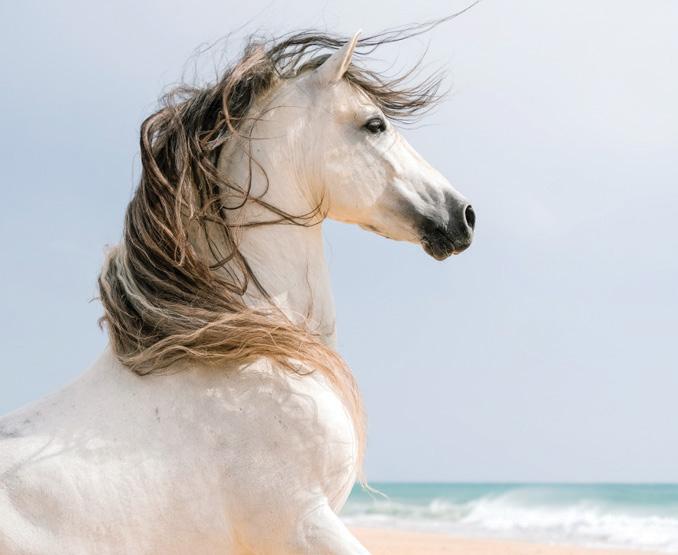
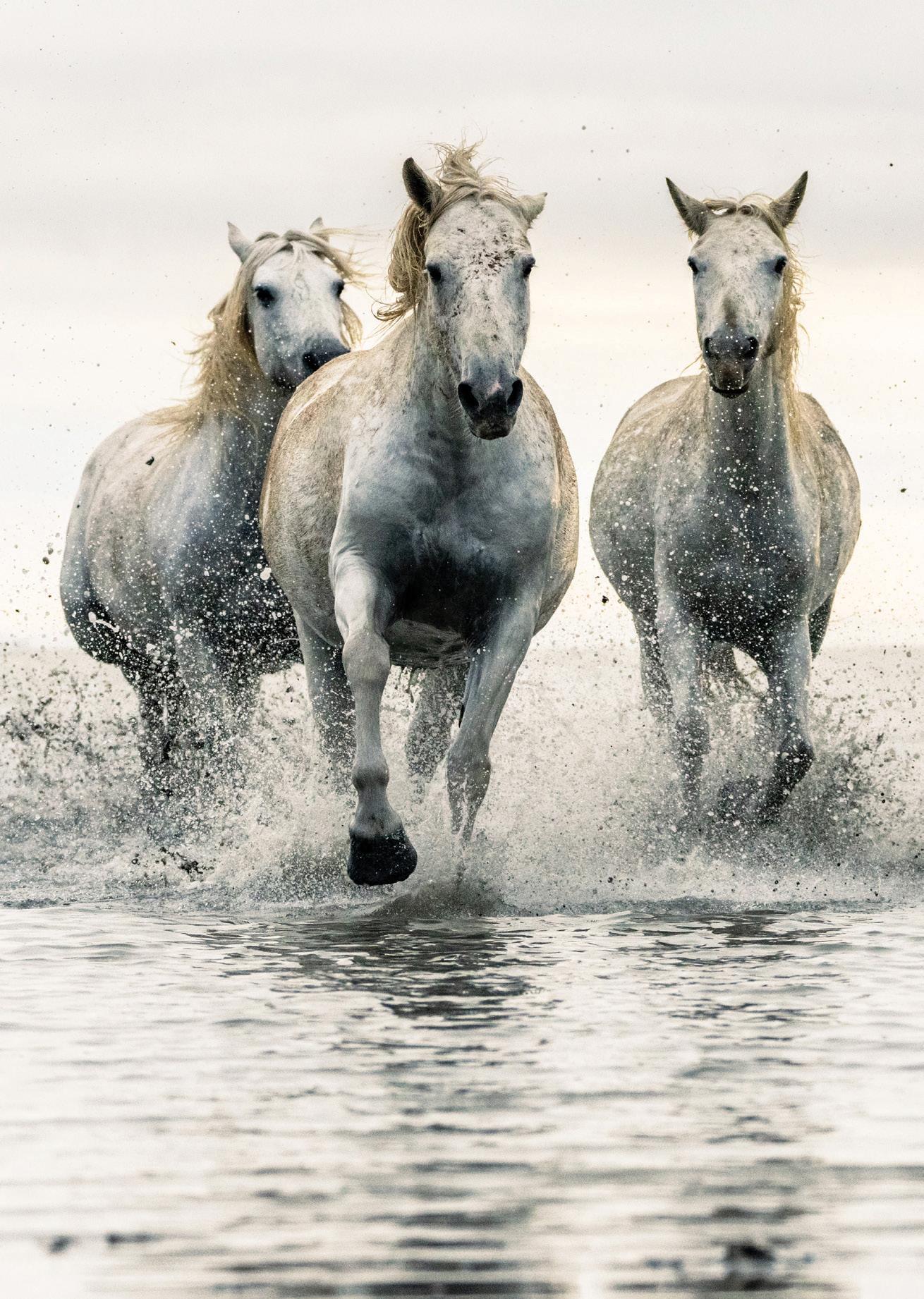
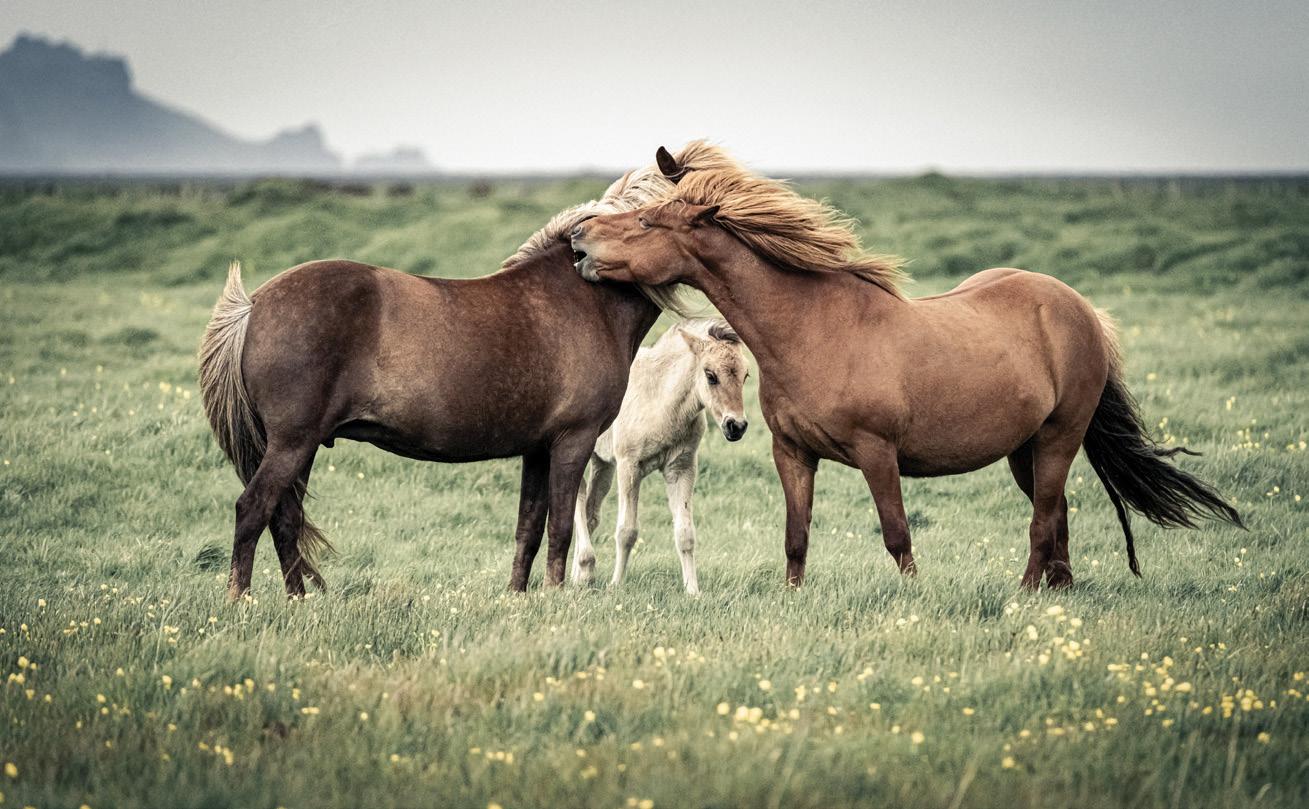
1 “This Icelandic horse was enjoying a lupine field in full bloom. Photographing the unique Icelandic horses in these fields is an equine photographer’s dream.” • 2 “The gardiens (similar to cowboys) were behind these Camargue horses to run them back toward the beach. It was a thrilling moment.” • 3 “The wind was fiercely blowing, prompting this tiny Icelandic foal to seek shelter between these two adults who were mutually grooming.” • 4 This PRE stallion, named Andaluz CXXXVIII (owned by Anne Chevalley), was looking back at the Atlantic, where he had been playing on El Palmar beach in Andalusia, Spain. • 5 “Two Camargue horses stepped into the rolling waves together in the cool Mediterranean at sunset.”
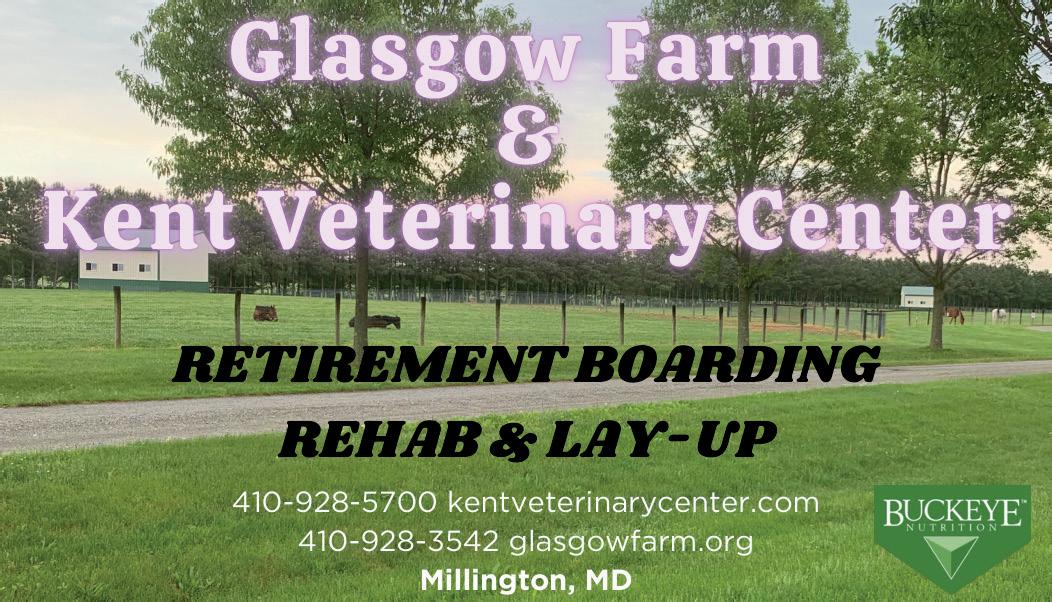
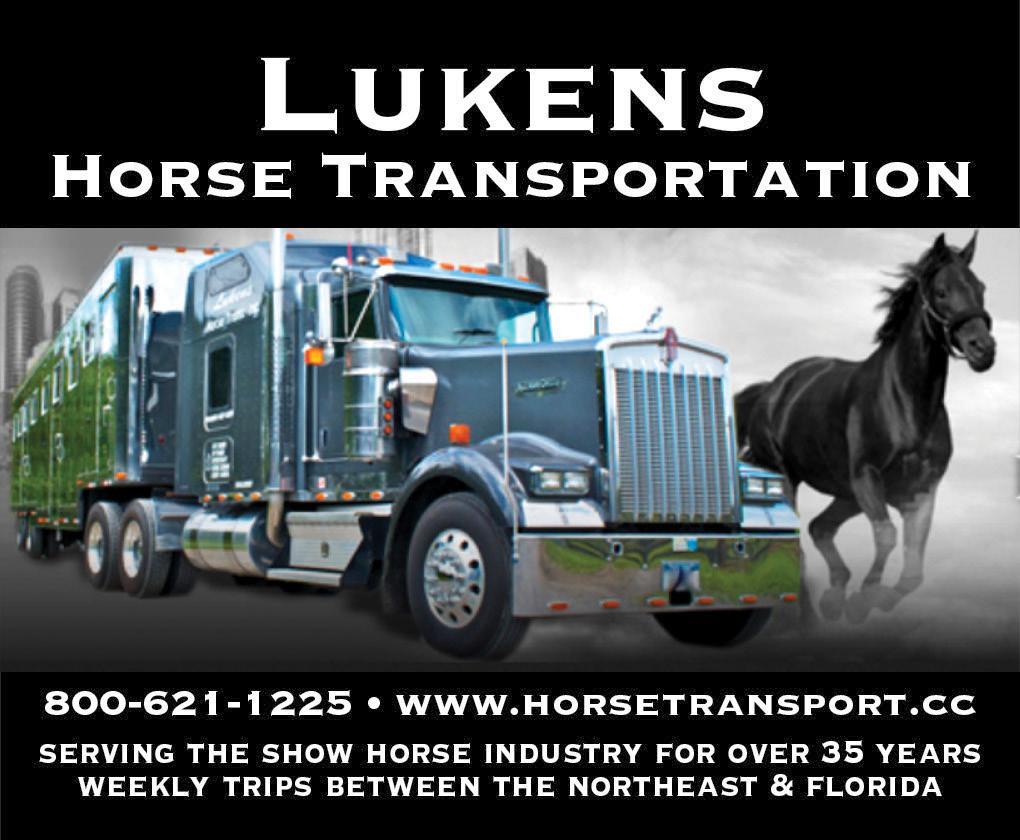

To learn more, scan the QR code or go to albion.edu/equestrian equestrians@albion.edu Albion, Michigan
To learn more, scan the QR code or go to albion.edu/equestrian equestrians@albion.edu Albion, Michigan


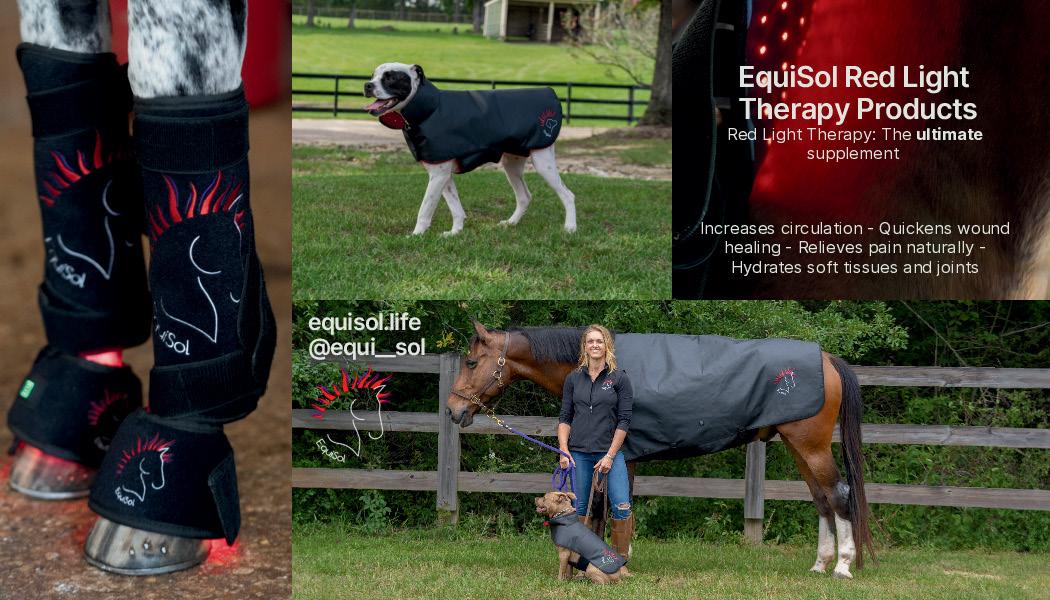


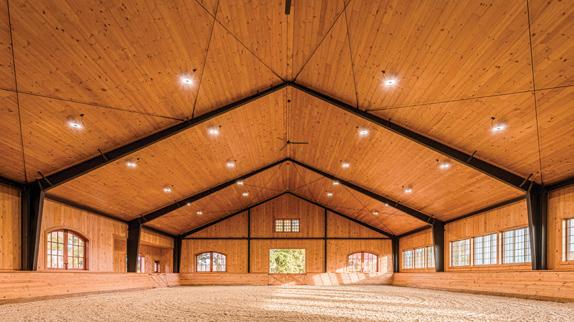
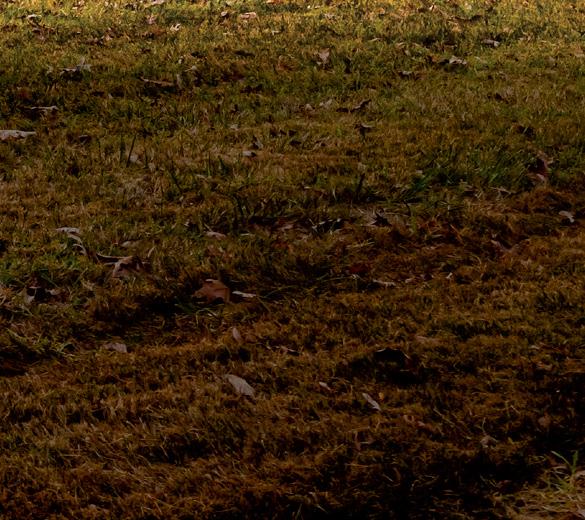
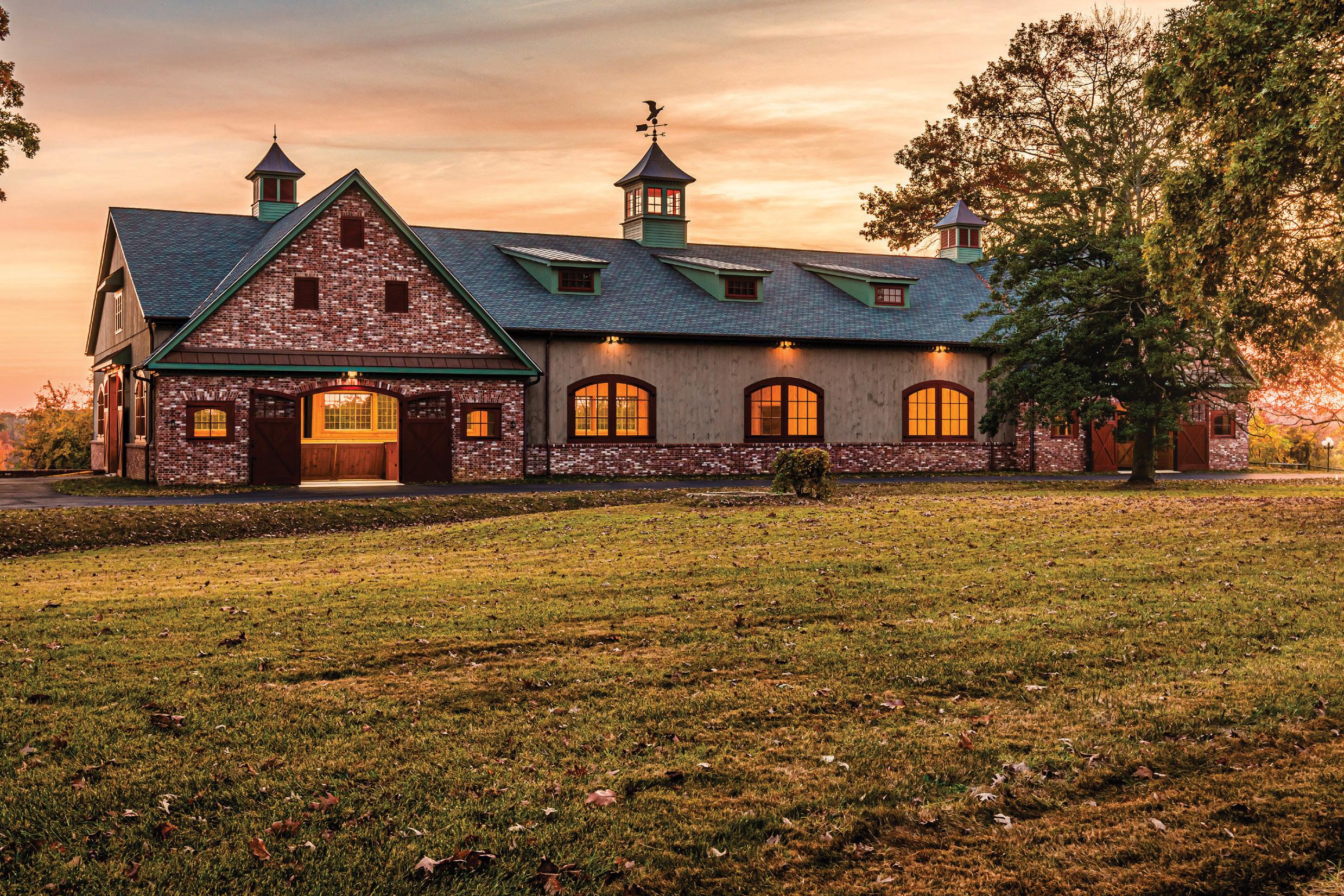
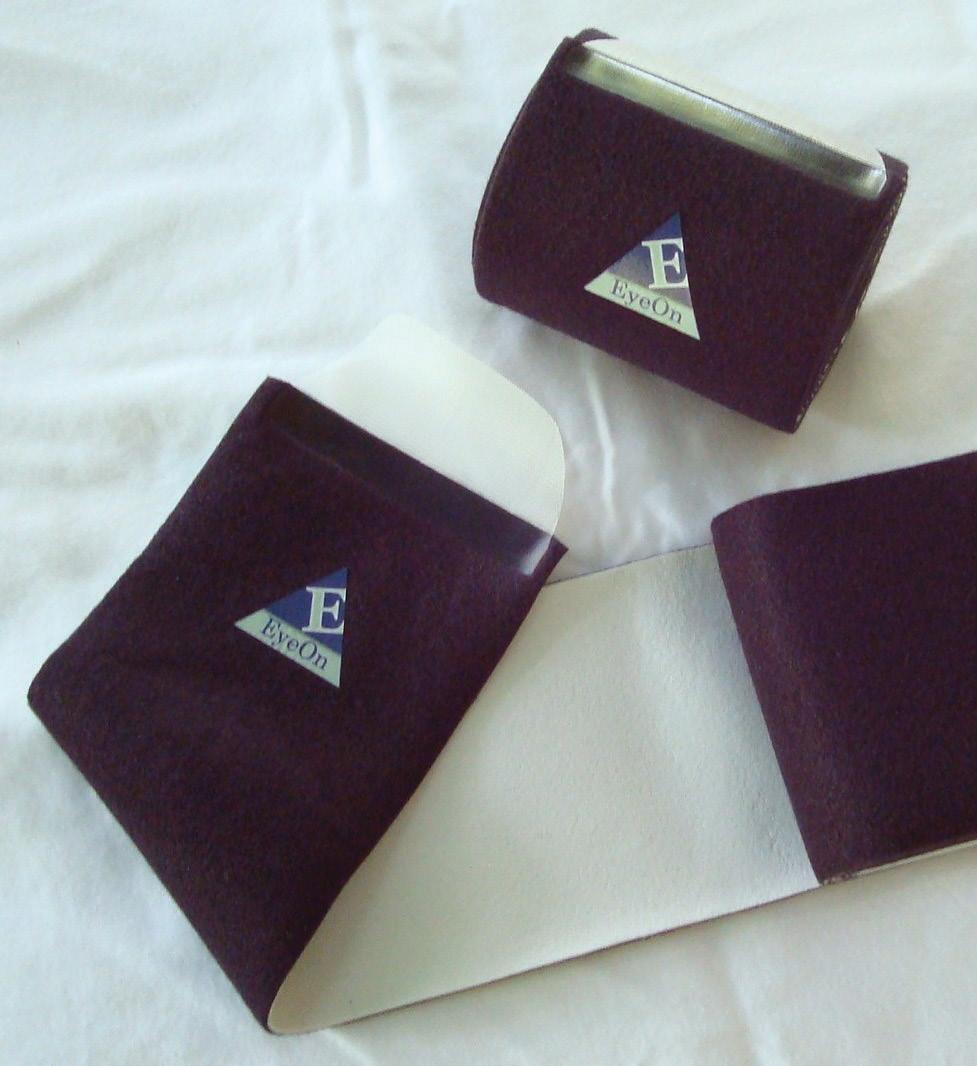
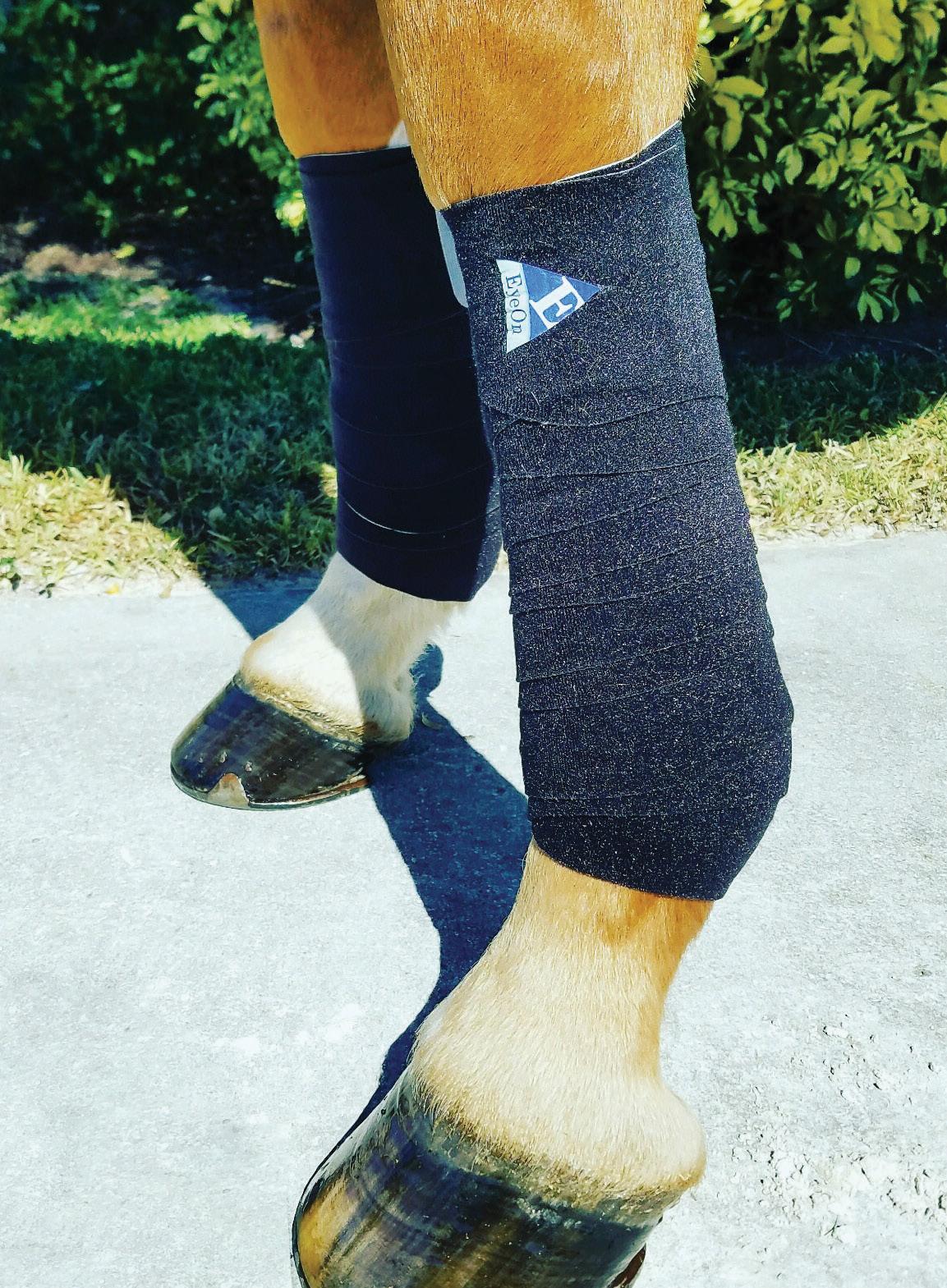
ENTREPRENEUR DOUG SPATZ comes from a line of lifelong horsemen and is, as some might say, a magician of sorts.
The founder of EyeOn Equine Care developed a powder compound made up of minerals that can be integrated into any material, giving that material healing power for horses. Spatz’s remarkable discovery, and the journey that led him to it, make him a daring pioneer in the horse industry.
Born into a generational horse family, and a rider since childhood, Spatz has always loved horses. Even as he outgrew riding as a teenager, he participated around the family farm and has always sought ways to bring horses into his life up until he established a business around them.
“I stopped riding and competing because I grew to be 6’5,” and at the time, I was a big guy on the football team. My grandfather didn’t have any Clydesdale-sized horses for me, but I stayed involved,” says Spatz, who did a lot of grooming and mucking stalls around the barn.
In his spare time as a kid, Spatz collected minerals, and when he went to college, he pursued degrees in Linguistics and Archaeology. He became very immersed in his areas of study, traveling across the world to conduct eld research on disease etiologies among Mayan descendants. All the while never forgetting his and his family’s horse history.
“I took a year o in college and worked for a company that built jumps. I also did some horse show announcing. My mom was a judge with a big “R” for four decades, and it’s amazing how every time I came home to visit, it seemed to be timed perfectly with when the hay shipment was dropped o and needed stacking.”
During a work trip in South America, when Spatz bought a mineral from a local souvenir shop for his collection and later researched the fact that it had unique healing properties. He immediately thought of how he could bring that propensity to a hock boot or hoof pad for horses to relieve pain and expedite recovery from injury.
“I didn’t understand the properties at rst, but the mineral does two things: gives o a continuous ow of air anions, which is a natural antimicrobial against bacteria, and as we discovered one day through extensive experimentation, it also decreased pain,” he says. By absorbing heat waves and turning them into far infrared waves, it reduces pain, swelling and in ammation.
The ultimate compound that Spatz now uses in his all products is composed entirely of natural materials and magni es the original mineral’s output to be 25% more e ective. In the product’s building stages, Spatz worked with horse owners who had very little hope le . Their horses were on the brink of having to be put down due to chronic and worsening pain, and the EyeOn technology was their last ditch e ort to save them and give them comfortable lives. The results were resounding.
“The letters I received from these owners about the product were absolutely wonderful,” says Spatz. “Thanking me for giving their horses another chance, that encouraged me to keep going.” It began with the hoof boot which o ered cushion and anions which serve as a natural antimicrobial, as well as far infrared which reduced pain, swelling, and in ammation by enhancing blood ow and oxygenation. Then, Spatz worked closely with an individual textiles manufacturer, and together they developed a very special foam for leg wraps.
“It’s a medical grade, breathable, and non-slip material, which means once wrapped, it stays in place. EEC doesn’t use any dangerous, heat-trapping ceramics in our products. The process of integrating the EyeOn compound technology was painstaking. It took a number of years to perfect the formula, but the result was truly worth it and amazing,” Spatz tells The Plaid Horse Now, he’s working to infuse the compound with even more materials for a wider range of products. Always imagining ways to improve the quality of horse and human lives, Spatz has recently released a far infrared EyeOn soap bar, which helps to treat acne, dermatitis, age spots, and wrinkles. His next project involves combining the technology with even more equipment–potentially an EyeOn saddle pad or a non-slip pad. The options are endless as Spatz stays on the modern curve of traditional medicine.
As an ex-football player, Spatz sustained his fair share of injuries. He’s tested EyeOn products on himself and a ictions that naturally would take two weeks to heal actually healed usually over one night, or sometimes two. “It’s a versatile product, it can be used on horses, humans, dogs; we’ve received a lot of testimonials for all di erent kinds of uses,” he says.
But his most grateful customers are the ones who don’t even have a voice to thank him. “We have places locally around here that serve as retirement farms for horses, and we’ve donated products to them,” says Spatz. “It’s incredible the impact it’s had on their lives and that’s something I’d like to continue doing. Hopefully we can expand enough to begin donating internationally, and not just for horses, but for people everywhere, too.”
for “That’s a Wrap!” EyeOn leg wraps
“Our jumper’s leg started to blow up and ll with uids after competitions. The vet scanned the horse with ultrasound and said it wasn’t a bowed tendon, just uid and swelling, which was gone after one night of use. I’ve been using the EyeOn products and had very good experiences with them. There is no other product that works as well as this!”
—ROBERT S, WELLINGTON, FL
“These leg wraps are so good. I had an incident last week in the paddock, and Xavier’s right hind leg was swelling. Two days later I got it under control. Works every day, it’s the number one tool in my rst aid kit.”
—LIV RANNEI, NORWAY
“The EyeOn wraps have been a signi cant part of our post ride care for many years. We wrap our endurance horses’ legs after competition and the next morning when we remove them their legs are tight as a drum! The wraps provide support and compression, but they breathe, unlike other wraps, which is de nitely a huge plus in hot weather!”
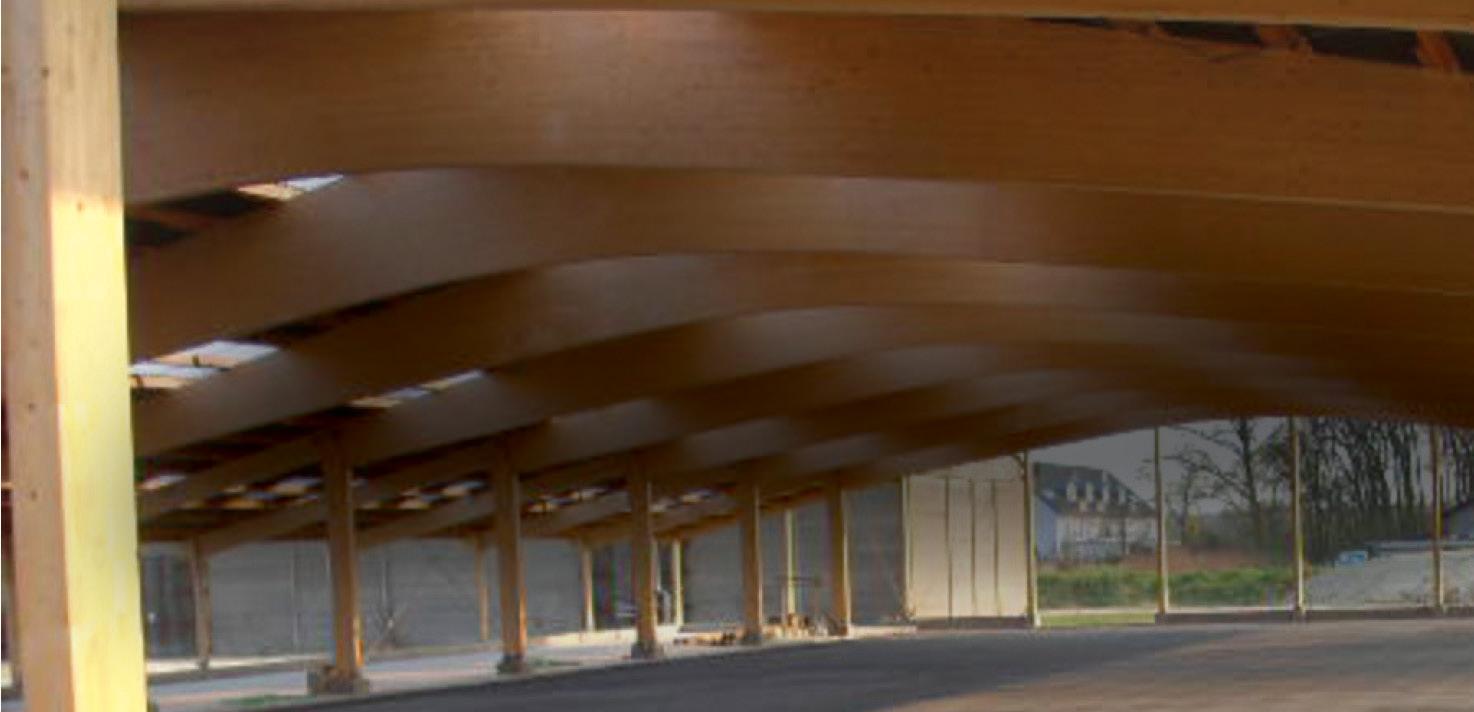
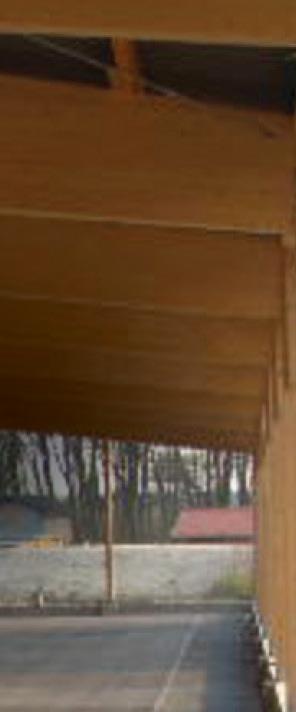


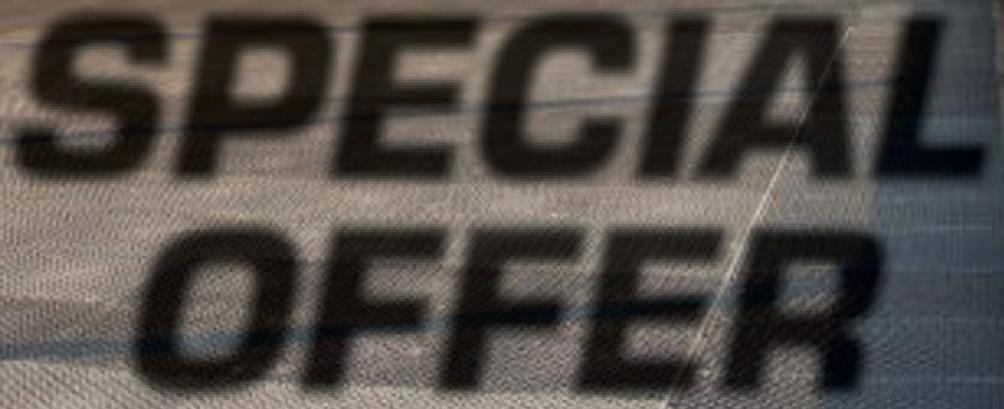

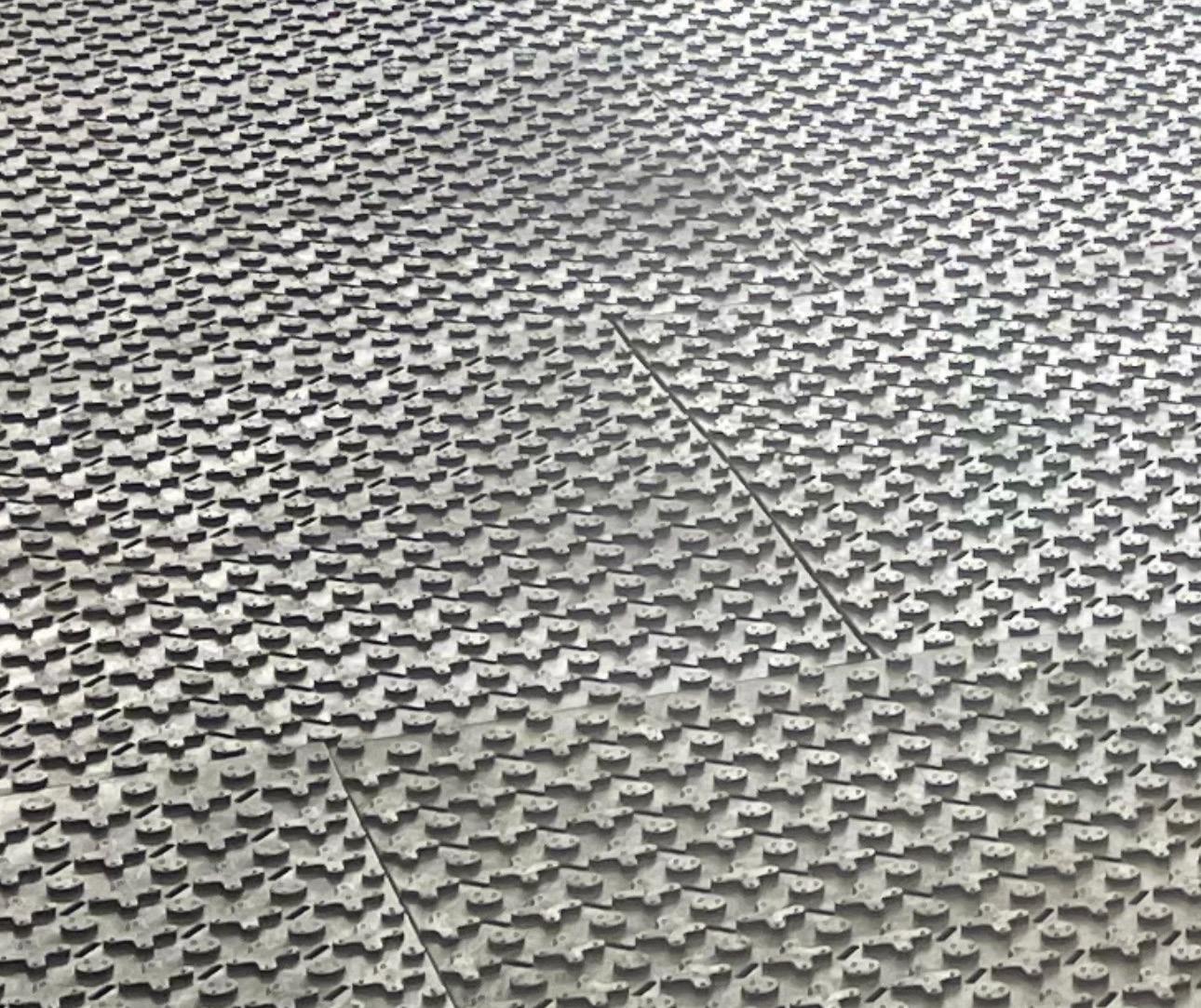

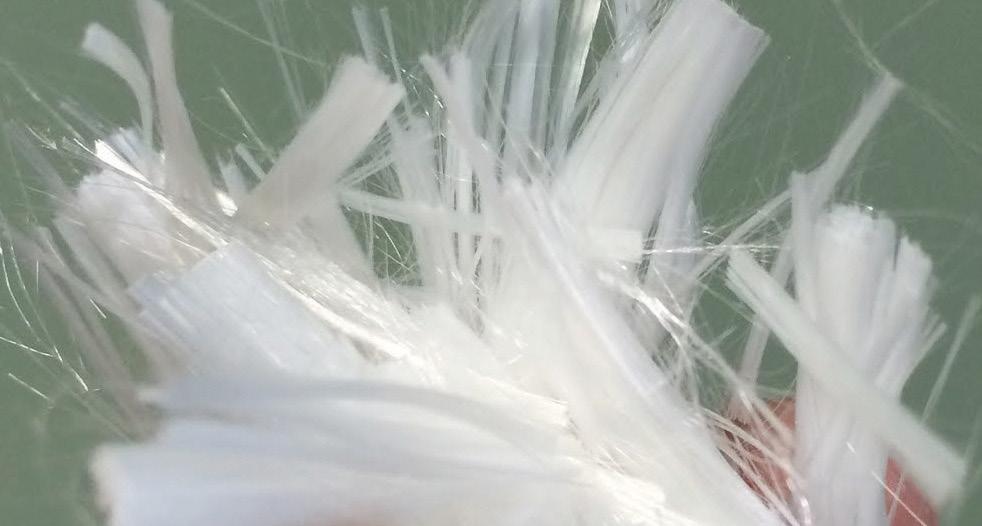
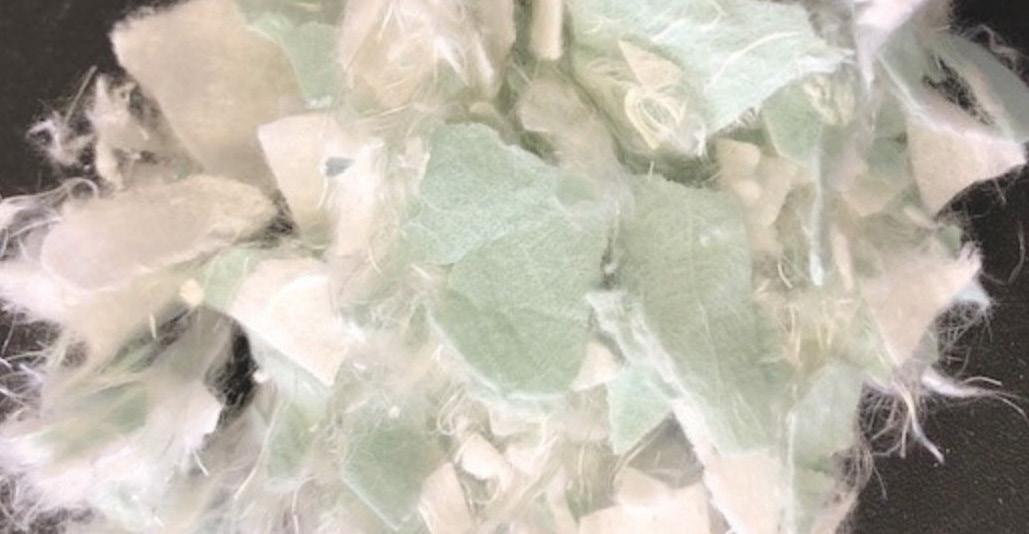
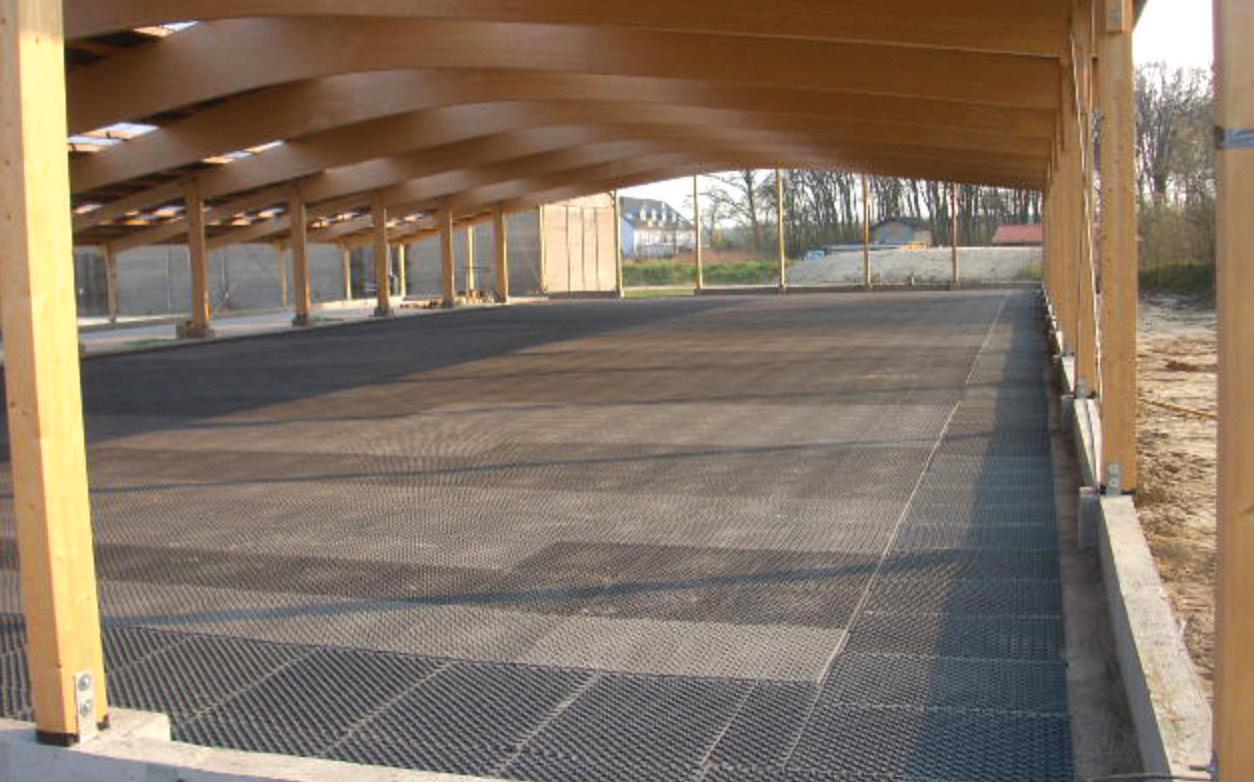



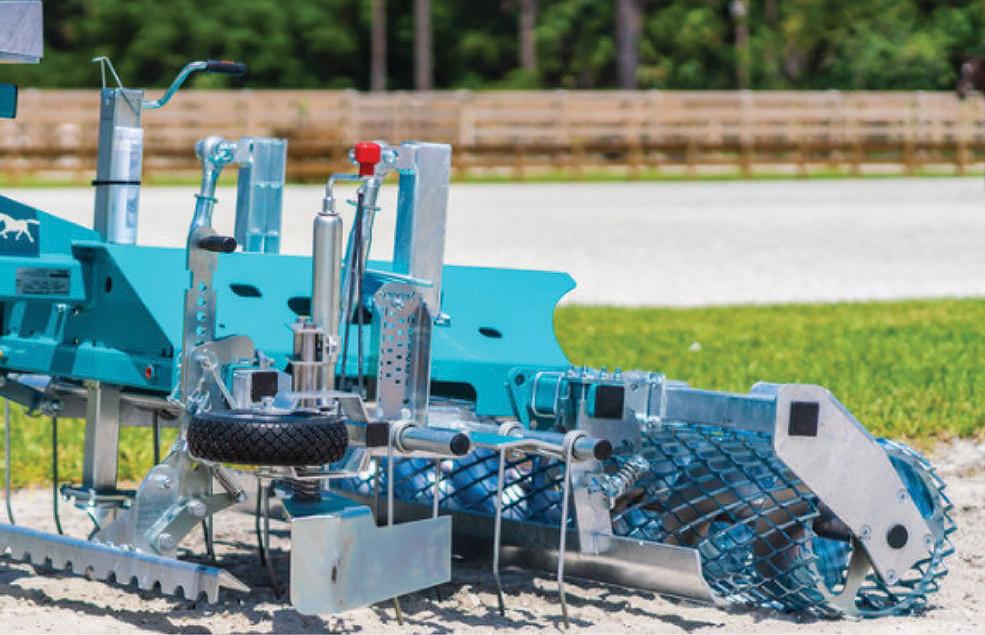
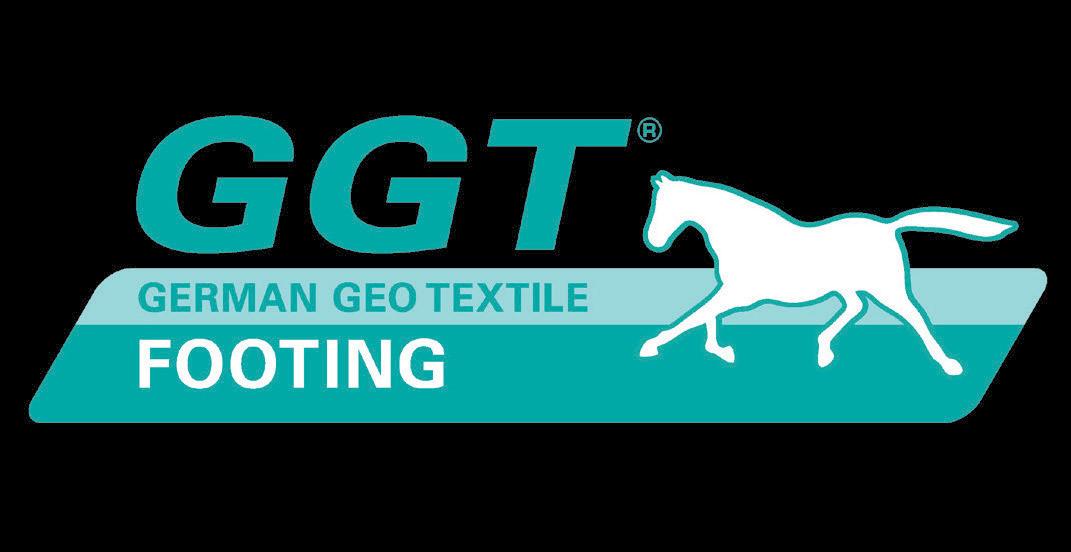
BY JODY JAFFE
Reprinted with permission from Boomerverse Books
TO IZZIE’S SURPRISE , she was looking forward to her next conversation with Dante. At first, she thought he was a pompous ass. But he was growing on her. She couldn’t stop thinking about that picture in his mind of him walking with the little girl and how happy he’d been. He was unhappy here, and Izzie took her profession seriously: To help animals in need.
“Hey Dante, it’s Izzie. Can you talk?”
“Yes, of course,” Dante said. “The situation here is much better. I told the chestnut mare to beware as you suggested, and she laughed. So we are now on better terms. I think she may even find me appealing. She now stands by the fence with me; her tail chases away the
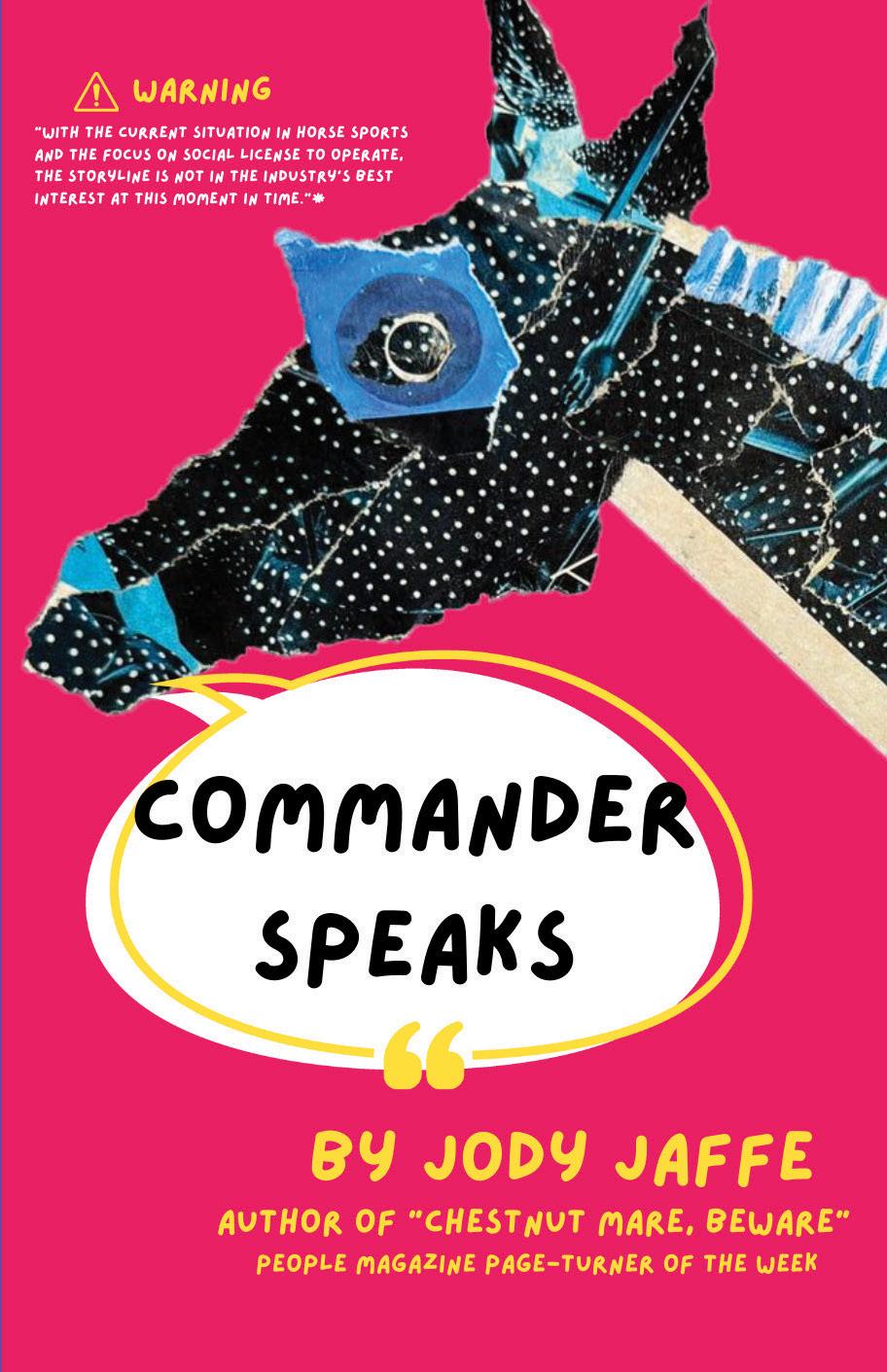

flies, and I am learning to do the same for her. My human has stopped eating onions and stopped kissing me, as requested. Her breath smells a bit like the liquid they rub on my legs, but that is preferable to onions. Thank you for that.”
Izzie told Dante that she’d ordered the Podhajsky book for his owner, who promised to read it right away and attempt to apply those principles. She didn’t tell him that Mrs. Abernathy said she’d been working on her riding for almost 50 years, and regardless of what she read or with whom she trained, she was afraid she’d always be what a previous trainer had called her—a clothespin on an orange. “I’m short, with short legs,” Mrs. Abernathy said to







Izzie, “but I will try to make my requests clearer to Dante.”
“So...” Izzie said to Dante, “Funny, you should have mentioned her book in progress. She’s no happier with it than you are. Though she does think a horse might jump a dead person. Nevertheless, she is interested in your book ideas, and she wants to help both the groom and the girl. She’s asked me to talk to you about both situations.”
“That is very good,” Dante said. “If there is one thing I hate more than anything, it is bullies and the dire consequences of them. In Germany, we are very sensitive about this topic, as you might imagine, given what happened to the family of your—what did you call
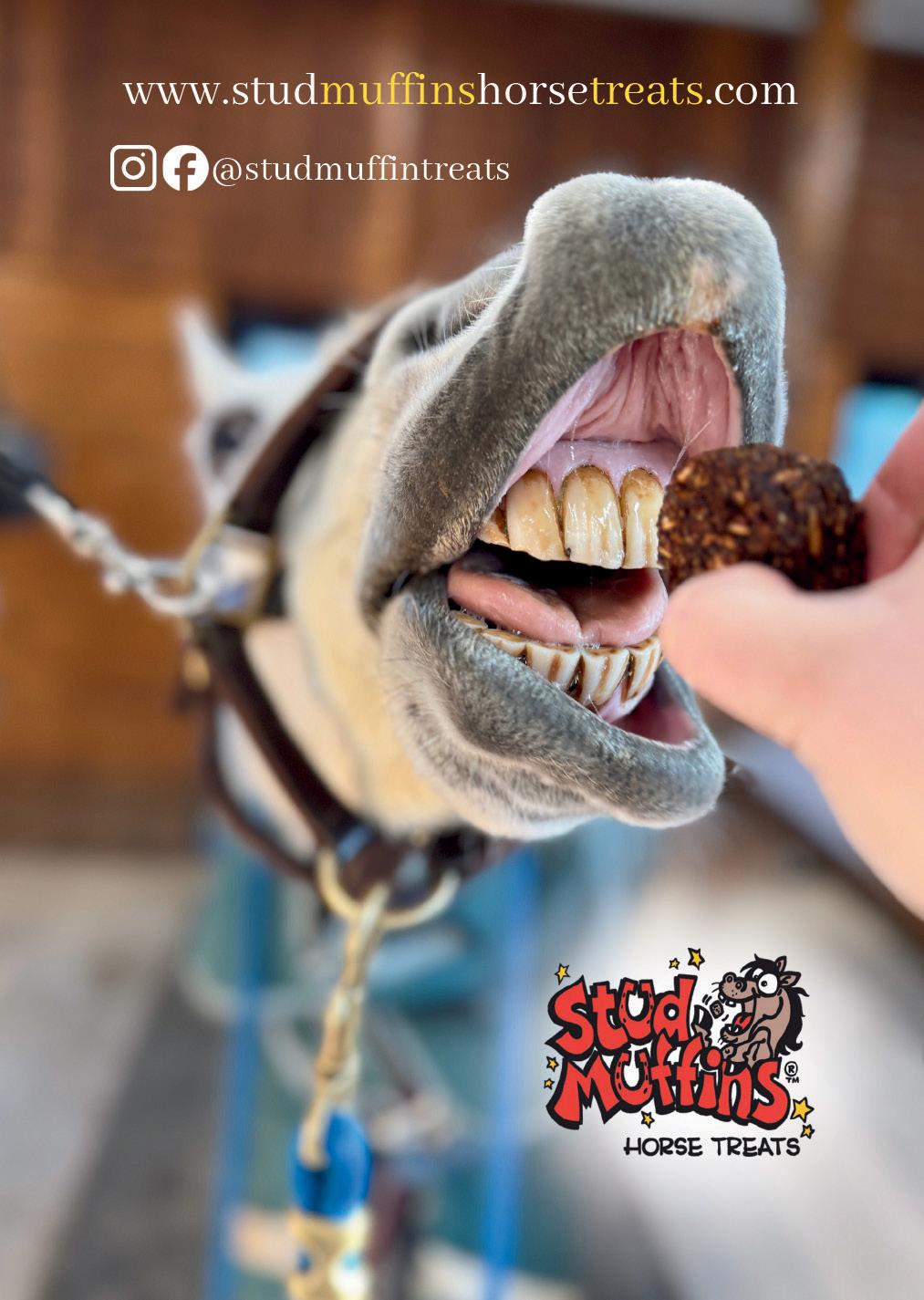
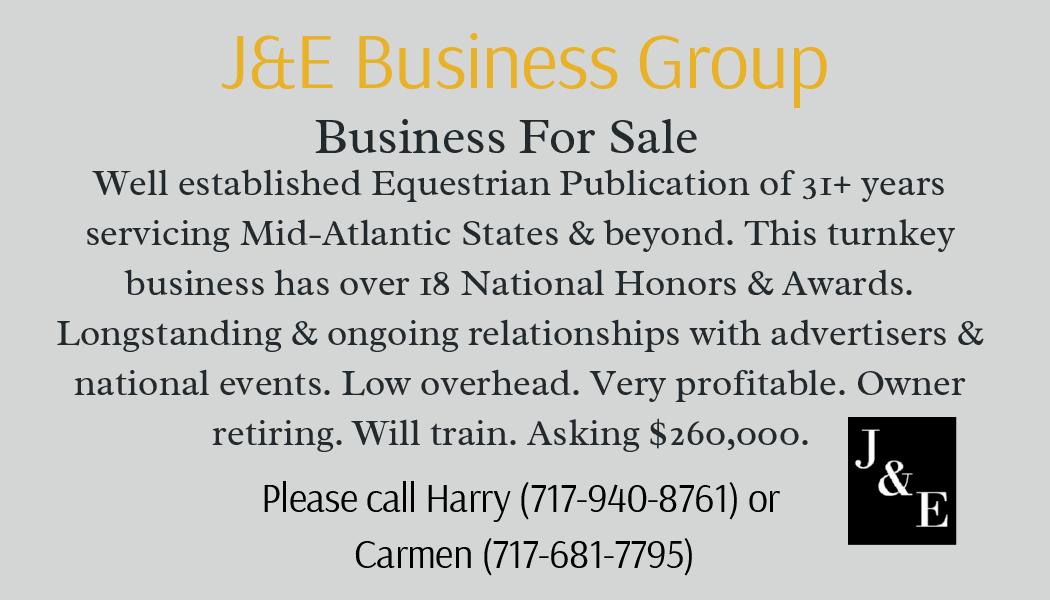
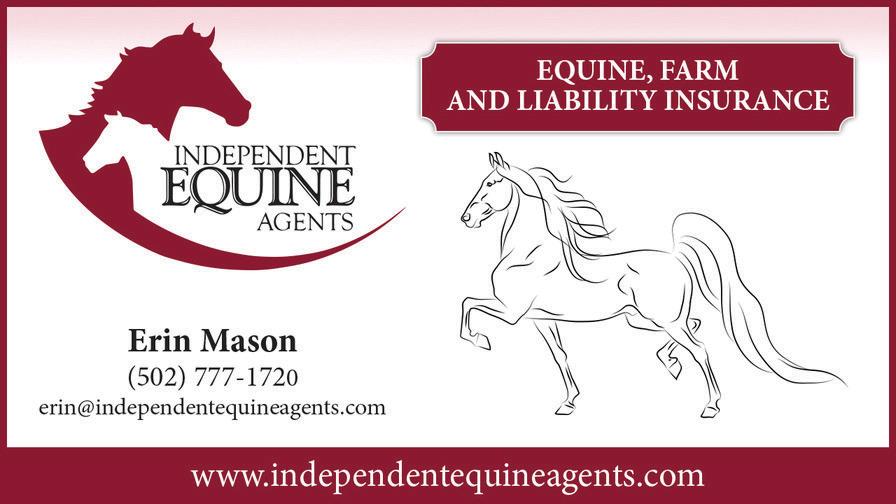
“You’re not the only one who has special talents,” Dante said. “I’m quite intuitive, to the point where I know things about humans that I don’t know how I know, but I do. The other horses at my barn in Germany used to come to me for help understanding their human.”
him—‘zayde?’ I assume that means a grandparent because you are too young to have a parent whose family perished during the war.”
While horses are known for their immense memories, Izzie was surprised Dante remembered her comment about her grandfather’s family. But she was even more surprised Dante knew her age.
“How’d you know how old I am?” Izzie asked.
For the first time, Izzie heard Dante laugh. That laugh felt good for both of them, especially for Izzie, because it meant Dante was edging his way out of unhappiness.
“You’re not the only one who has special talents,” Dante said. “I’m quite intuitive, to the point where I know things about humans that I don’t know how I know, but I do. The other horses at my barn in Germany used to come to me for help understanding their human. You might even say I did what you do but in reverse. Which leads me to the topics you want to discuss, yes? Her book, the despicable person here and the harm he has inflicted.”
Then Dante launched into a tirade about Ronny Mancuse, the head trainer at Walnut Hill Farm.
This was the most animated Izzie had heard Dante. He was talking so fast and listing so many despicable things about Mancuse that Izzie was having a hard time keeping track. He started with “the extreme nastiness he exhibits toward his assistant trainer, the one who helps my human,” then moved on to how he screamed at a boarder’s child for moving his water container, “something called a Yeti?” then on to the grooms and how
overworked they are because of his “extreme laziness.”
“In Germany, he would be fired on the spot. The owner of this facility insists all horse defecation in the ring be picked up immediately. That is when he yells for the groom to come. This man will not even pick up a pitchfork. Then when…”
“Whoa, slow down there, Dante,” Izzie said. “You really don’t like this guy.”
Dante sighed. “You Americans have an expression which I have heard recently about how something makes you feel like your skin is crawling. I assume this idiom comes from the feeling one gets when a repulsive bug comes in contact with your skin. That is how I feel when that human comes into the barn. He is a repulsive bug.”
“Agreed,” Izzie said. “Had my zayde known him, he’d have called him a vants—Yiddish for bed bug—an insult he reserved for the baddest of the bad, like the guards at the camps where his Uncle Izzy perished.”
Dante was silent for a moment. Then he said, “Yes, those guards would be considered vants. In Germany we call them bettwanze. Either way, this awful man is that, a human bedbug.”
Izzie knew all about Ronny Mancuse and his vants-ness. She grew up riding hunters, and Mancuse had been an up-and-coming trainer when she was showing. Now he’d ascended fully into BNT-hood — Big Name Trainer for Serena Turrell, one of the wealthiest people in the horse show world.
With so many horses to train at Walnut Hill, Mancuse needed an assistant trainer. Izzie assumed Mrs. Abernathy trained with the assistant, Becca Long, rather than Mancuse for the
obvious reason—Mancuse paid the most attention to young, beautiful women. From what Izzie could gather about Mrs. Abernathy—who was neither young nor beautiful—she was not a woman who tolerated being ignored or given less than full attention.
“Yes, he’s awful,” Izzie said to Dante. “I’ve known about him for years. But to give the devil his due, he could ride a barn cat in a derby and get the blue ribbon.”
Dante snorted and laughed. This laughing thing was growing, much to Izzie’s delight.
“Ride? You call that riding?” Dante said, then laughed even more. “When the horse lands after a jump, that man flings himself down on that unfortunate horse’s neck. Do you have any idea how that throws us off balance? Then he sticks there like he’s glued to the mane. No wonder his horses have neck issues that require all those injections. If he tried that with me, I’d reach back and bite him.”
Izzie stifled the urge to say, “Yes, of course you would.” Instead, she said this: “OK, so you don’t like how he rides, but what makes your skin really crawl?” She saw an image of Leoni, the girl who lane-walked Dante in Germany. And she felt his great sadness.
“Look closer,” Dante said.
Izzie closed her eyes and searched the image in her mind. It wasn’t Leoni. It was a girl who looked like her. Maybe a few years older, but the same flaxen hair; poker-straight and halfway to her waist.
“Who’s that?” Izzie asked.
“Her name is Talley. That’s not her real name. It’s what I believe you call a nickname, right? Much like Dante for me?” he said. “Her real name is Talmidge. I know that because that’s what her mother calls her when she’s angered: ‘Talmidge Branton, hurry up!’ I’ve heard her do that on several occasions when Talley is lagging behind. That’s the problem, she’s lagging behind to be near that terrible man. This will only get her into trouble, as it did for Madison.”
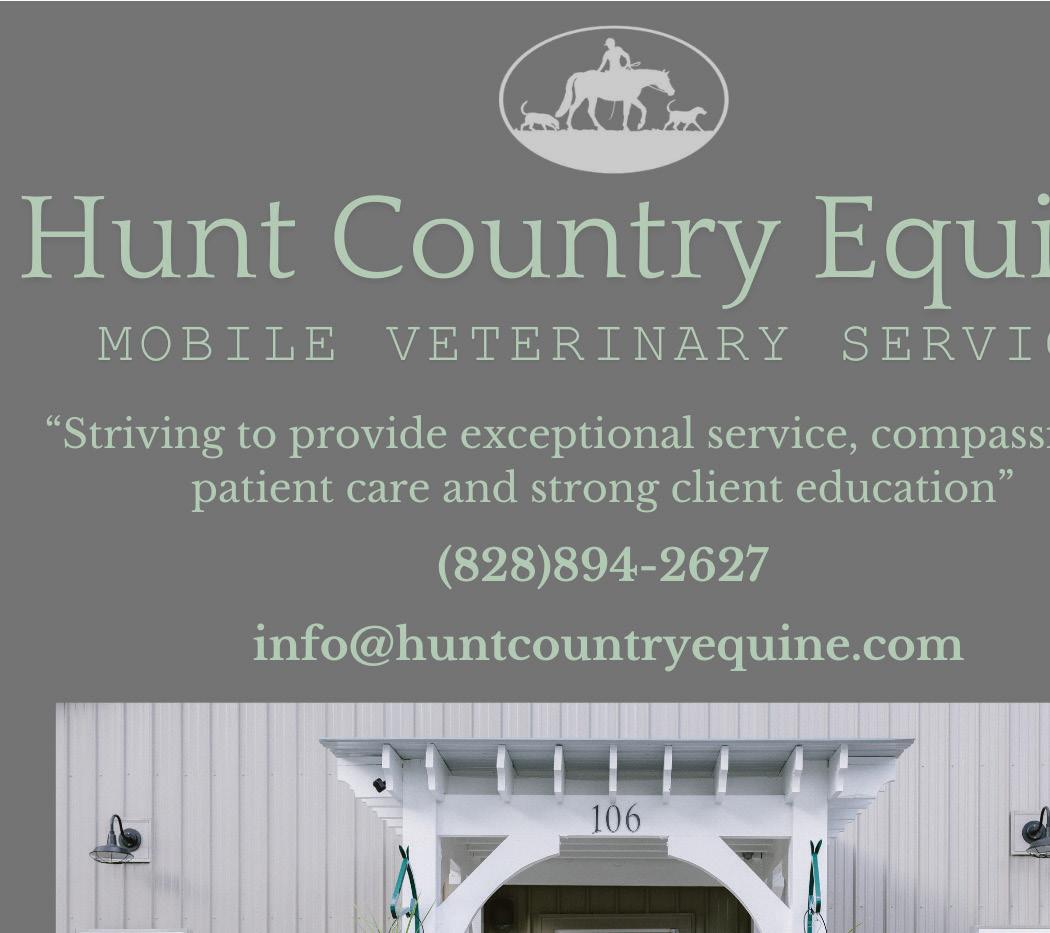
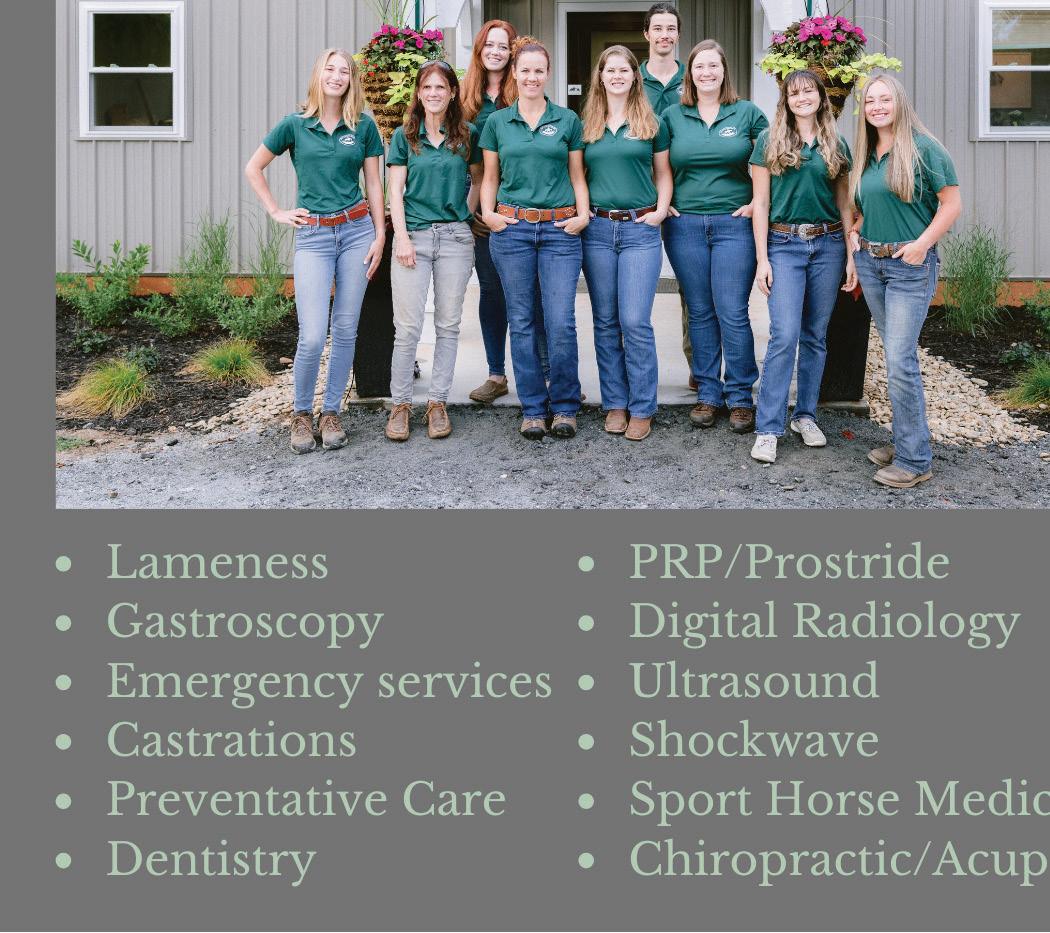
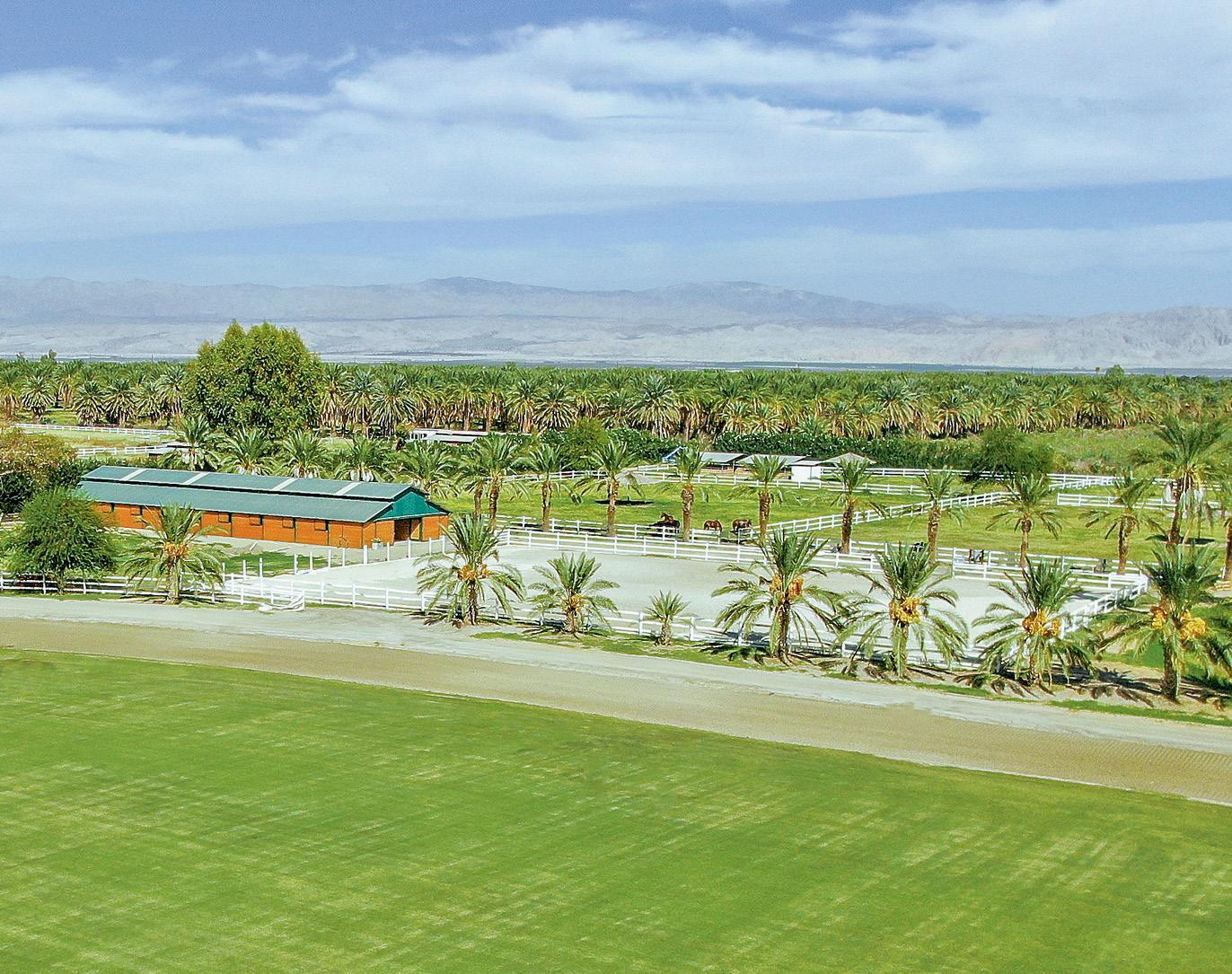
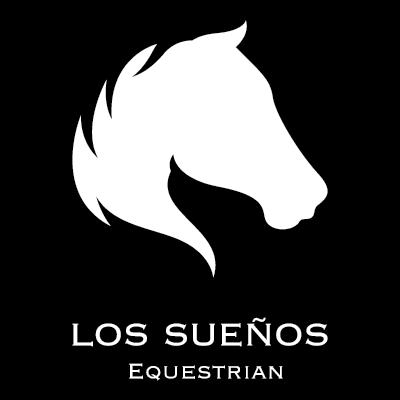

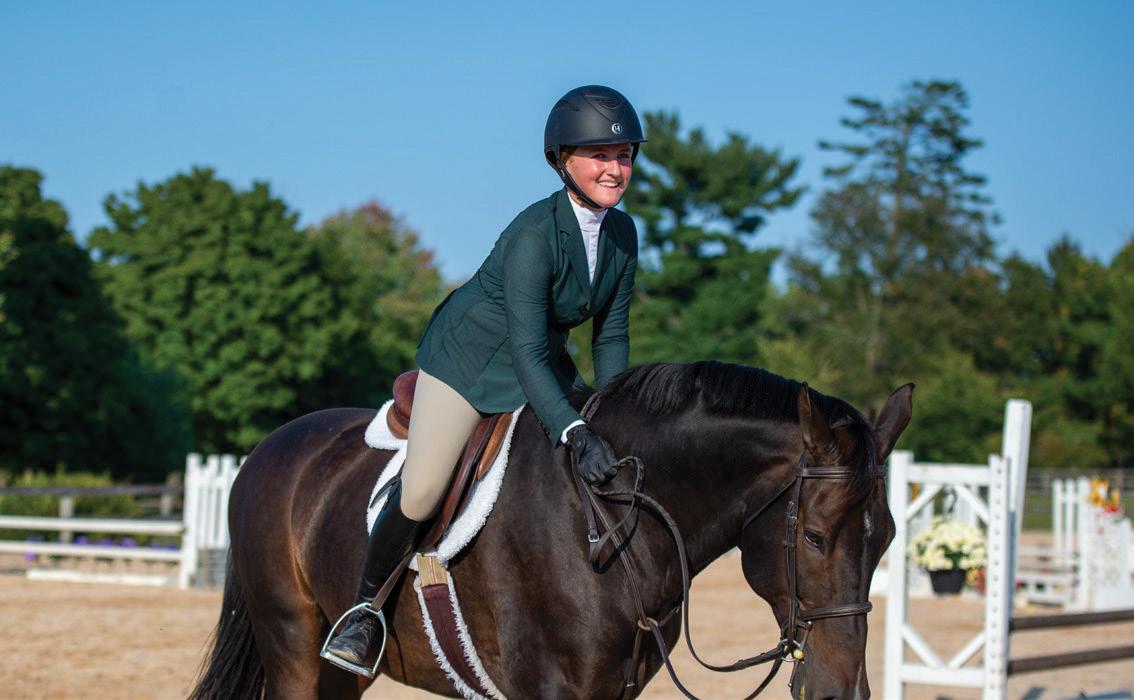
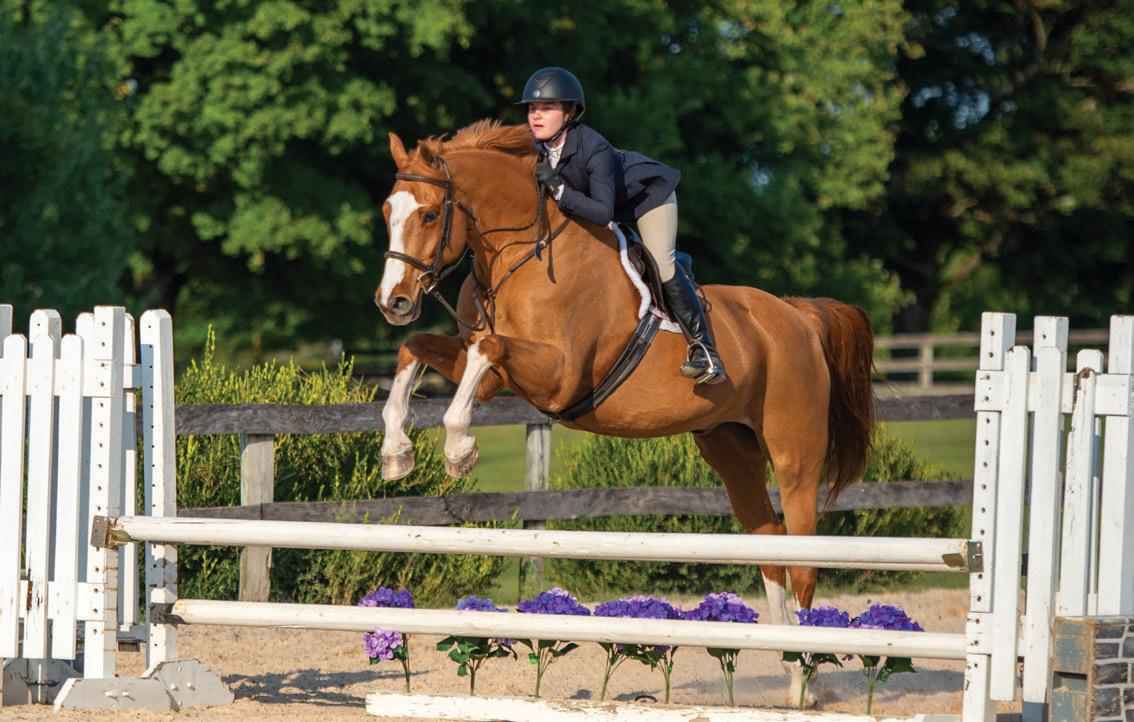
BY KAREEM
Excerpted from When You're Ready: A Love Story. Copyright © 2025 Kareem Rosser. Reproduced by permission of Simon Element, an imprint of Simon & Schuster. All rights reserved.
EVERY DAY, FOR FOUR years, I watched the clock at work, waiting for the minute it hit 5:00 p.m. It didn’t matter if I was in the middle of a call. It didn’t matter if everyone else was staying late. I didn’t care if there was a big project due. Five o’clock rolled around, and it was time to snap my laptop shut, grab my coat, and walk out the door.
Every day, for four years, I made an hour-long drive each way. First it was to the hospital in Newark, Delaware, then to the rehab center in Malvern, Pennsylvania, and, finally, to her home out in the Pennsylvania countryside. During those sixty minutes in the car, I’d call my mother. Or one of my brothers.

Sometimes I’d ring a friend who I had shamefully neglected and hope that an hour-long car-conversation could make up for months of missed dinners and parties and unreturned texts.
The drive there was all about distraction. Putting myself in the right frame of mind. Maintaining my control: Keep yourself busy. Don’t think too much. Don’t dwell. Stay upbeat. You cannot carry your grief into the room with you. Lee Lee needs you to be strong.
THE FIRST TIME I MADE that drive to Newark, Delaware, it was three days before Christmas. I had been at work, but I wasn’t working. I was alone in the office and shopping online for a last-minute







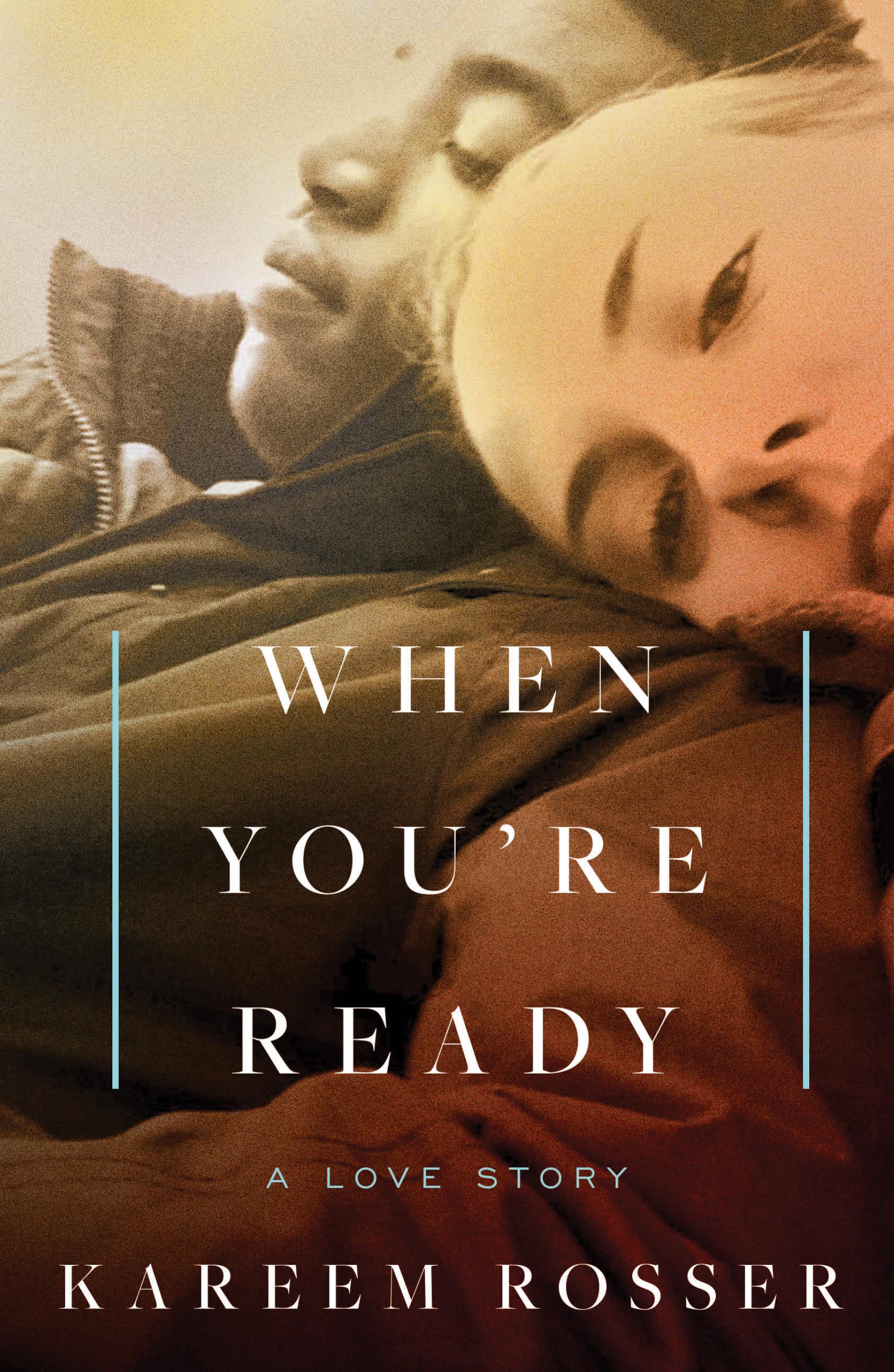
Christmas gift for my girlfriend, Cordelia “Lee Lee” Jones.
I was deep in love, dreaming about our first real holiday together. I was thinking about how, someday—once we had kids—we would need to give equal holiday time to both her family and mine. Or maybe we’ll make our own traditions.
I imagined the pristine white farmhouse we would live in. Our barns and fences draped in snow. The horses gathered around the feeding troughs in the fields, nosing into the hay, their breath crystallizing into plumes of icy fog in the winter air.
My phone rang, busting me out of my daydream. There had been an accident.



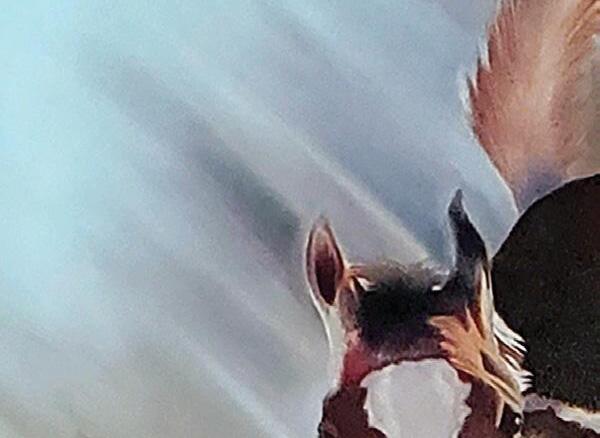
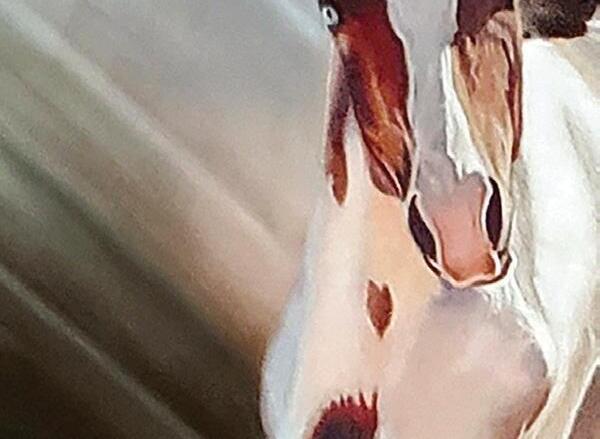

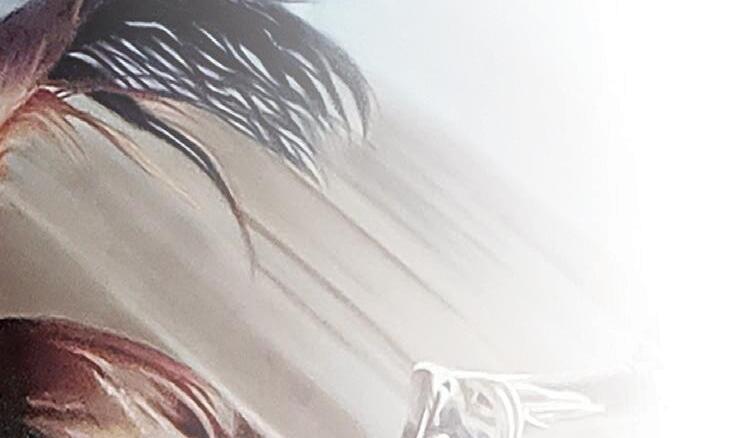

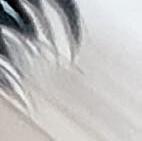
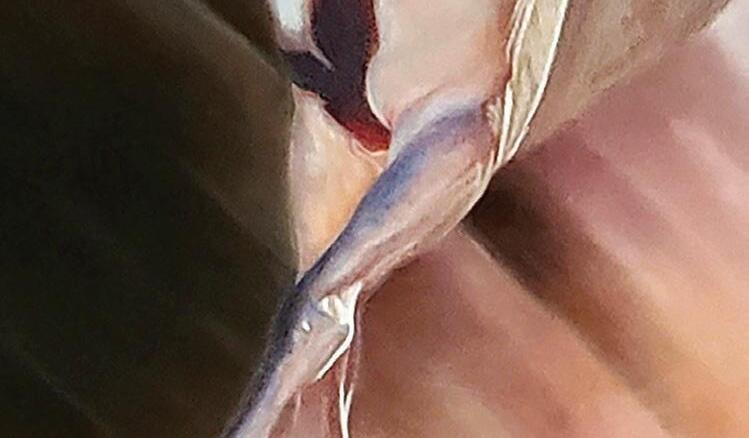
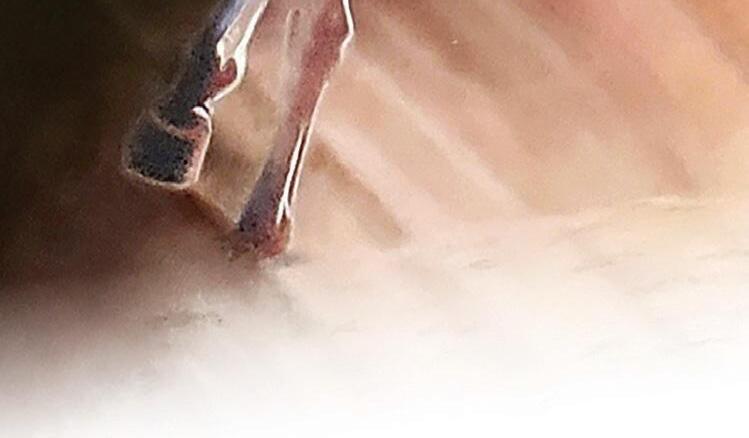
Ryan Rose
Julie Goodnight
Tik Maynard
Cole Cameron
Luke Reinbold





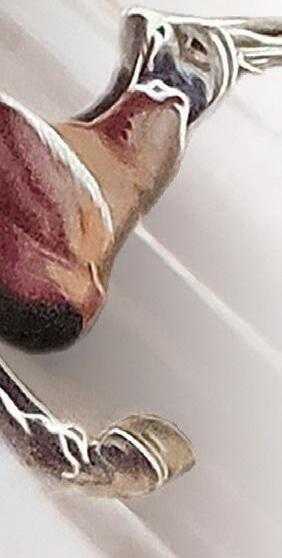
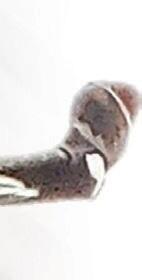

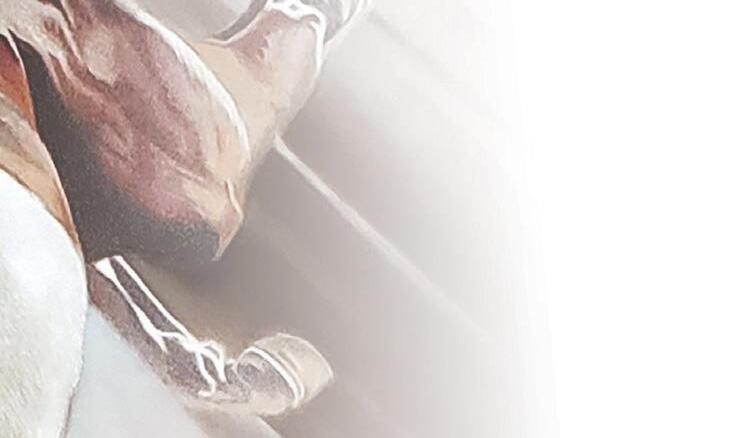
• An Unparalleled Educational Program for all disciplines spanning seven different venues.
• The Largest Horse-Related Trade Show in North America.
• The “Marketplace” featuring quality consignments for horse & rider.
• The Fantasia — Equine Affaire’s signature musical celebration of the horse on Thursday, Friday and Saturday nights.
• Breed Pavilion, Horse & Farm Exhibits, Horses for Sale and Demonstrations — Enjoy meeting horses of all shapes, sizes, breeds, colors, and disciplines!

• Cowtown in Cooper (sponsored by Western Life Today) — Special presentations catering to cow and ranch events. Don’t miss this educational western lifestyle experience!
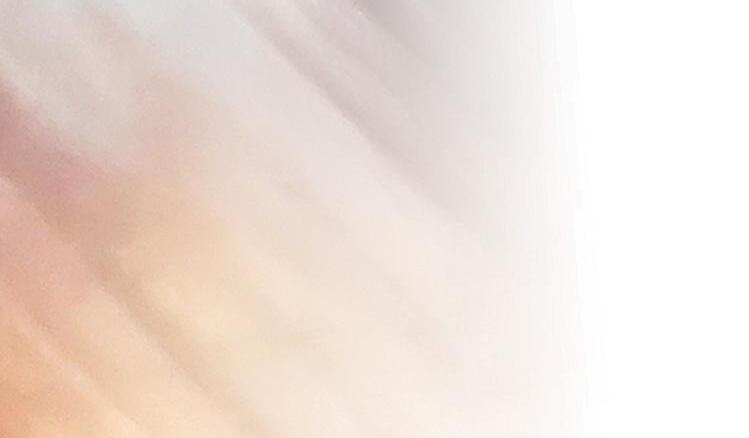
• The Versatile Horse & Rider Competition — A fast-paced timed and judged race through an obstacle course with $5,500 at stake!
• Adoption Affaire — Find and adopt your next horse at the Adoption Affaire, affiliated with the Right Horse Initiative!
• The Great Equestrian Fitness Challenge — A fun activity for equestrians to exercise their barnyard skills and win prizes, no horses needed!
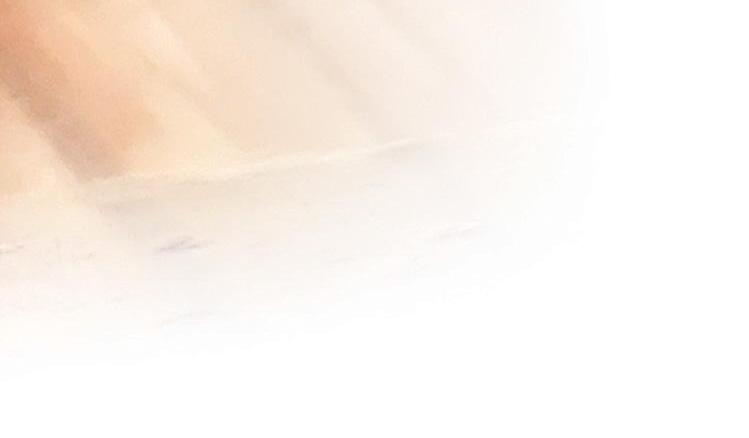
• NEW! Donkey Extravaganza — Learn all about donkeys through clinics, demos, educational exhibits, and more!
• NEW! Breed Bonanza (sponsored by Sentinel by Kent and Blue Seal) A unique under saddle class showcasing the best features of horses from all breeds!
• Youth Activities, Educational Exhibits, and much more!
Luke Gingerich (Liberty, Reining & Bridleless Horsemanship)
Steve Lantvit (Cattle Work)
Marcie Quist (Driving)
Sandi Simons (General Training & Cowgirl Dressage)
Jennifer Truett (Dressage)
Traci Brooks (Hunter/Jumper)
Barbra Schulte (Cutting & Sports Psychology)
Connie Combs (Barrel Racing)
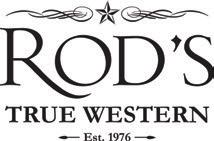






Ty Evans (Mules)
Wendy Murdoch (Biomechanics & The Murdoch Method)
Kellie & Sam Rettinger (Draft Driving)
Ifa Simmonds (Equestrian Fitness)
Ivy Starnes (Easy Gaited Horses)
Mary Miller-Jordan (Mustangs)
Canadian Cowgirls (Drill Teams)
And many more to be announced!






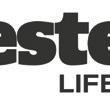
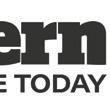


Lee Lee was hurt. Bad. I needed to come right away.
AT THE HOSPITAL, in the beginning, I’d always sit on her right side. The right side of her face and head looked like the Lee Lee Jones I knew. My girlfriend. My best friend. My love. Her long brown hair was intact on that side. Her right eye was closed, her lashes were so long that they practically grazed the top of her cheek. That side of her face looked almost peaceful. If I just looked at the right side of her face, I could pretend she was merely sleeping.
The left side was draped with a towel. The nurses had laid the towel over that side of her head to try to hide the fact that doctors had removed half of her skull. But it didn’t really hide anything. I could still see the sunken spot where the bone was missing. I could see that half of her hair was gone. I could see the blood that soaked through the bandages—all the way through—leaving a constant bright red splotch on the white terry-cloth fabric.
I would talk to Lee Lee. Bargain with her. Tell her that if she made it through, if she stayed alive, I would never walk away. I would be there, by her side, no matter what.
Or I’d sing to Lee Lee. She and I both had terrible singing voices, but we never cared. We’d belt out songs in the car, trying to harmonize, cracking ourselves up with our off-key wailing. Teasing each other about who was worse.
Just before the accident, we had the Weeknd’s Starboy on repeat. We listened to it over and over, singing along until we knew all the lyrics by heart.
When we were alone in the ICU, I’d quietly sing her favorite song off the album, “Die for You,” stretching my voice into a wavering falsetto.
I desperately wanted to hold Lee Lee. To crawl into bed with her, to push aside all the tubes and machines and PICC lines, and wedge my body against hers. Bury my face in her neck. Let her warm, familiar scent replace the frigid, sterile air of the ICU.
Instead, I’d gently wiggle two of my fingers into the clenched fist of her right hand.
Before the accident, Lee Lee and I loved to walk around with our arms
around each other. We were constantly hugging and kissing on each other. If we sat, we were always close enough for some part of our bodies to touch. My arm warm against hers. Her thigh squeezed up next to mine. But we almost never held hands. Because no matter what the temperature was, within a couple of minutes of tangling our fingers together and pressing palm to palm, we’d start to sweat, and then we’d start to giggle. We were both naturally afflicted with palmar hyperhidrosis—clammy hands—and we quickly learned to avoid the slippery, squelchy result.
At the hospital, I imagined how, someday—after everything was better—I would tell Lee Lee about the way I had held her hand.
How I didn’t care at all anymore about the film of perspiration that still grew slick between our skins. How it was the only way I could hold her. I would imagine how I would tell her that I waited and waited for her to squeeze my fingers. To show me she was still there. To show me that she still recognized who I was and that she under- stood what I so desperately wanted from her.
AT THE REHAB CENTER, I’d sit by the bed and talk to Lee Lee. Telling her about my day. Telling her about a new song I’d heard. Sometimes I’d tell her the same story twice, hoping that the second time around might elicit some sort of new response. Sometimes I’d help the nurses turn her from side to side to avoid bedsores. I’d try not to dwell on the flash of anger in Lee Lee’s eyes as we rolled her over. The expression on her face that made me think that she was absolutely, achingly aware of all she had lost.
Sometimes I’d run out of things to say, so I’d take her hand and we’d just sit. Lee Lee had so much support, so many people who loved her, the best medical care that money could buy—and yet, her body was healing so slowly. She was still in such obvious pain. And there was nothing I could do. Nothing anyone could do, really. It was entirely out of my control. And so, sometimes, instead of talking to Lee Lee, I found myself talking to God. Which felt a little odd and unnatural, because I was not a religious
man, but it also felt entirely necessary. Please, I would chant in my head as I held her hand. Please, just a small miracle. I suppose some people might call it denial, or magical thinking, but, for a while, my makeshift prayers felt like my last and only option.
ONCE LEE LEE WAS BACK home on her farm, i was certain her healing would accelerate. I was sure that being home with her horses and dogs and family— being surrounded by all her familiar things— would change everything.
But, of course, as I would learn over and over, my being certain about something hardly qualified as a guarantee.
We’d sit in her room. Sometimes Lee Lee would be in bed. Sometimes in her wheelchair. I’d turn on the TV, and we’d watch shows that we had enjoyed together before the accident. Shameless. Grey’s Anatomy.
I’d laugh loudly at the funny parts. Loud enough for both of us.
Loud enough to cover her silence.
AT THE HOSPITAL, the rehab, Lee Lee’s home, I always stayed with her for at least an hour. Longer if I could. Talking to her. Singing to her. Helping her eat. Hoping to hear her laugh.
Holding her hand.
Then I’d kiss her goodbye, get back in my car, and drive another hour, crying the entire way home.
EVERY DAY, FOR FOUR YEARS. This was my life: work and Lee Lee. There was nothing else. Nobody else who mattered. It was all I wanted. It was all I felt I deserved. It was all I could allow.
“But what would happen if you left just twenty minutes early?” asked my psychiatrist, Ellen.
My response was instant. “I couldn’t do that.”
Her gaze was steady. “But what would happen if you did?”
All the promises I’d made to Lee Lee started to swim around inside my head.
I promise that I will never leave.
“I can’t do that,” I said.
I promise that I will never stop loving you.
“Okay, then,” Ellen said. “What about fifteen minutes early?”
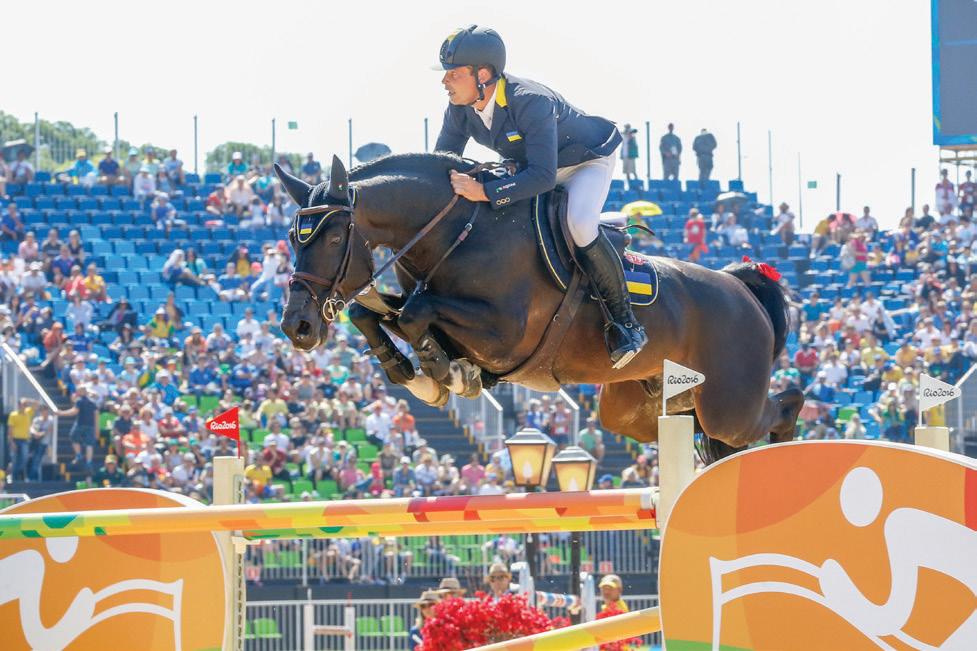

Discover the power of Chadino, a top breeding stallion with proven excellence on the international stage. As one of the most successful sons of Chacco Blue, Chadino has an impressive competition record: 20 starts at 150m, 36 starts at 160m, 1 at 165m, and 2 at 170m levels, including 39 team starts, 10 championship starts, and 67 starts at the 5* level. With a lineage that speaks of champions, Chadino has competed in prestigious events like the FEI World Cup Finals ‘17 & ’18, Olympic Games ‘16 and Wold Equestrian Games in ‘14, showing unmatched consistency, athleticism, scope, and heart. As one of the few stallions in the world approved and licensed by Selle Francais, Oldenburg, Zangersheide, Westphalen, and SBS, Chadino brings unparalleled versatility and prestige. Breed with a stallion that carries not only superior genetics but also the qualities every equestrian dreams of; talent, temperament, and triumph. Make Chadino the cornerstone of your breeding program and secure a future of equestrian greatness.
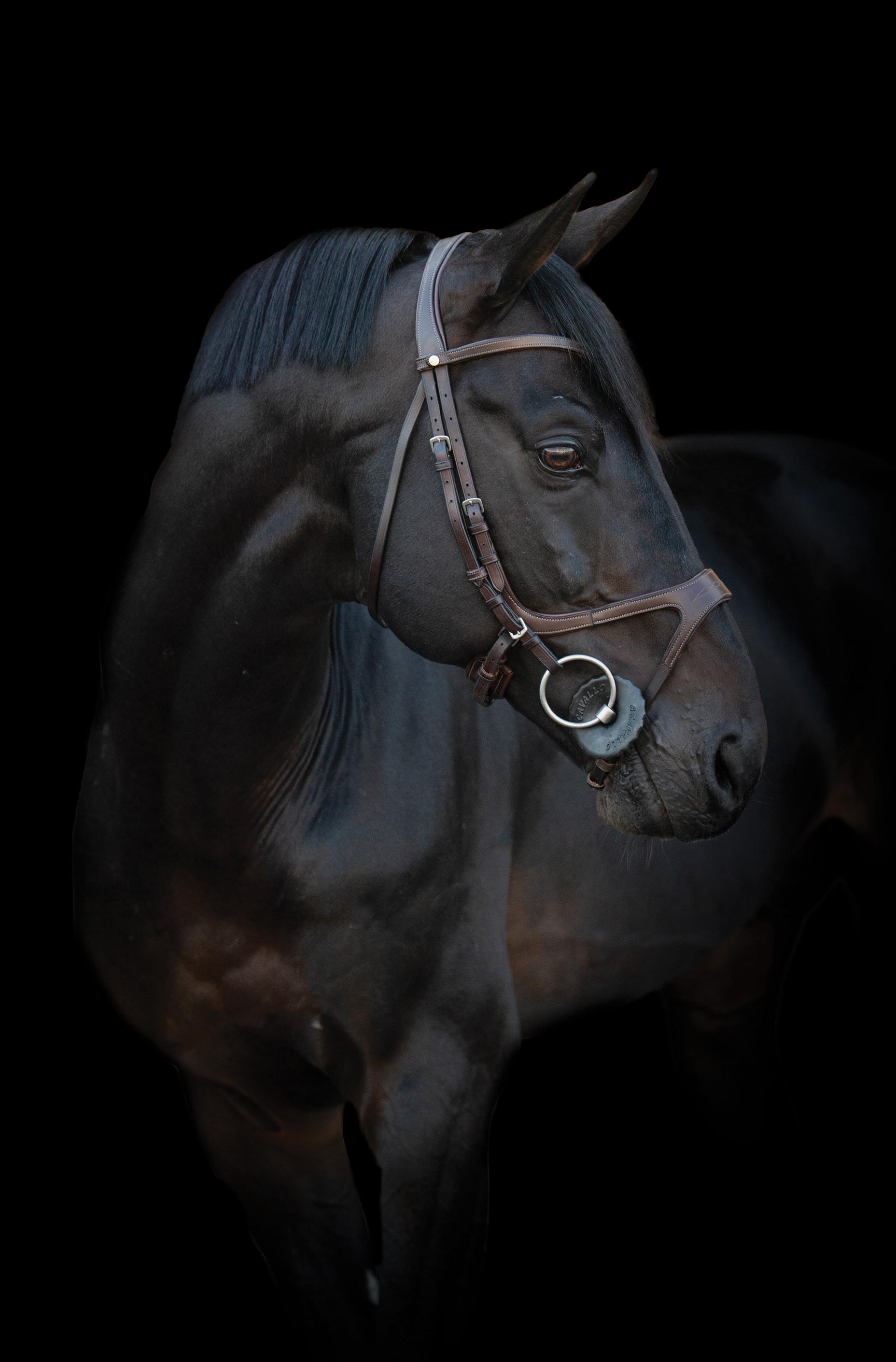
Contact us today to learn more or place your order. chadino.com || Sanjay Bagai +1 510 599 5272 sanjay.bagai@gmail.com
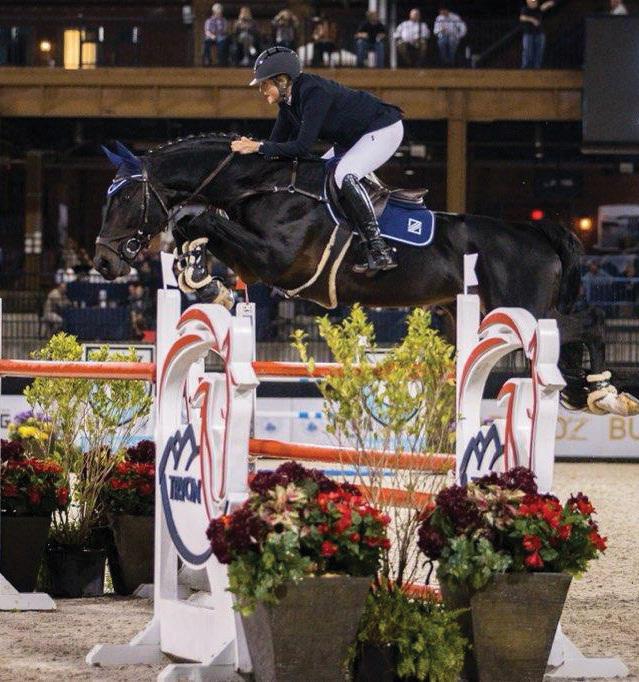
I promise that I will always be here, no matter what.
“No,” I said.
I promise to be yours forever. Ellen picked up her teacup and then put it back down without taking a drink. She met my eyes. “You are twenty-six years old, Kareem. It’s very likely that you have a long life ahead of you. Is this it? Is this what you want the rest of your life to be?”
I promise that what is between us will never end.
I looked away from her. I swallowed, trying to push down the burning lump of tears in my throat. “No,” I finally whispered. “No.”
“Ten minutes, then,” she said. “Just ten minutes.”
I LEFT WORK AT 5:00 P.M. Sharp. I called my younger brother, gerb, from my car. We talked about football. We talked about a girl he was dating. We didn’t talk about Lee Lee.
I parked outside Lee Lee’s farmhouse. I said hello to Lee Lee’s mother, Evie. I walked into Lee Lee’s bedroom. She was sitting up in her wheelchair. Her aide was helping her look through a photo album.
In some ways, I thought, Lee Lee looked like herself again. She had gained back all the weight she’d lost after her accident. Her hair had grown back in, and it now grazed the nape of her neck. The color was back in her cheeks. When her eyes met mine, she clearly recognized me. Her face looked almost like the face of the girl I had fallen in love with.
I thought about before the accident. The way Lee Lee lit up every room she walked into. The way people were irresistibly drawn to her. When she smiled, it was like the air warmed by ten degrees. She was radiant. Enchanting. She was the most joyful person I’d ever met.
I still loved her. In fact, I loved her more than I had loved her before. I loved
her beautiful, beautiful face. I loved her strength. I loved her determination. But the consistent joy she once exuded was now rare. It had been replaced by anger. By sadness. By frustration. Her smiles were fleeting and often tinged with pain.
I thought I could sing or pray that pain away. I thought I could wait it out. I thought that if I showed up every day, if I held her hand, if I told her about my day, if I militantly hid my own fear and sadness, if I showed her pictures of us together—if I just tried harder—I could fix it all for her.
That had always been my job: to fix things.
But this isn’t that kind of story.
I SAT DOWN NEXT to Lee Lee. I kissed her cheek hello. I took her hand in mine. And when the time came—even though I felt like it might kill me—I forced myself to my feet. And I left ten minutes early.



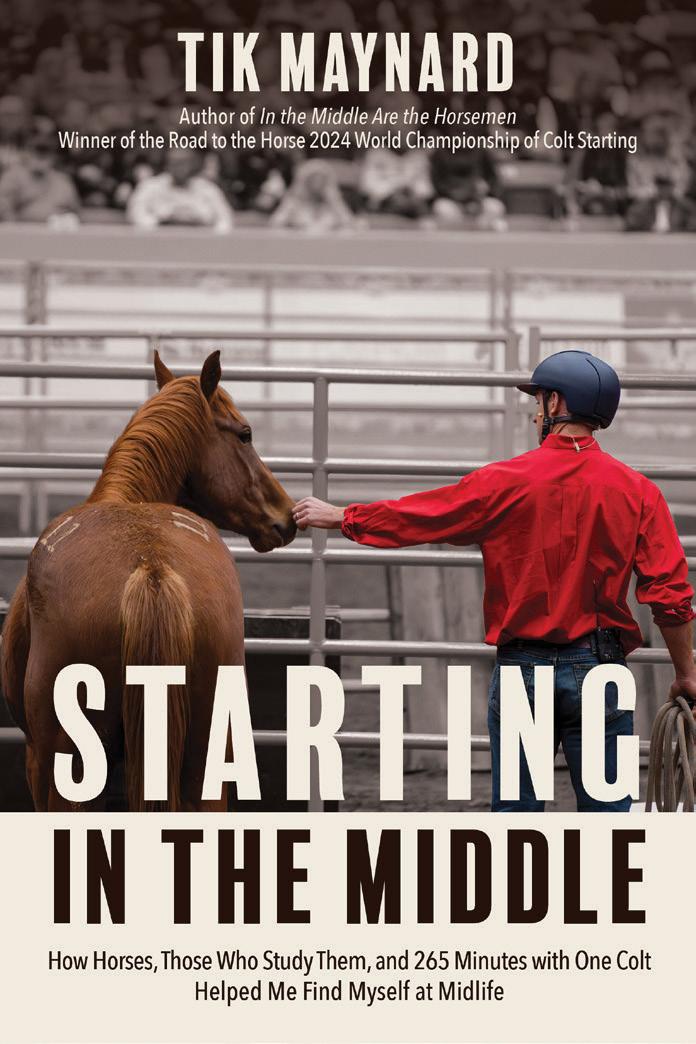
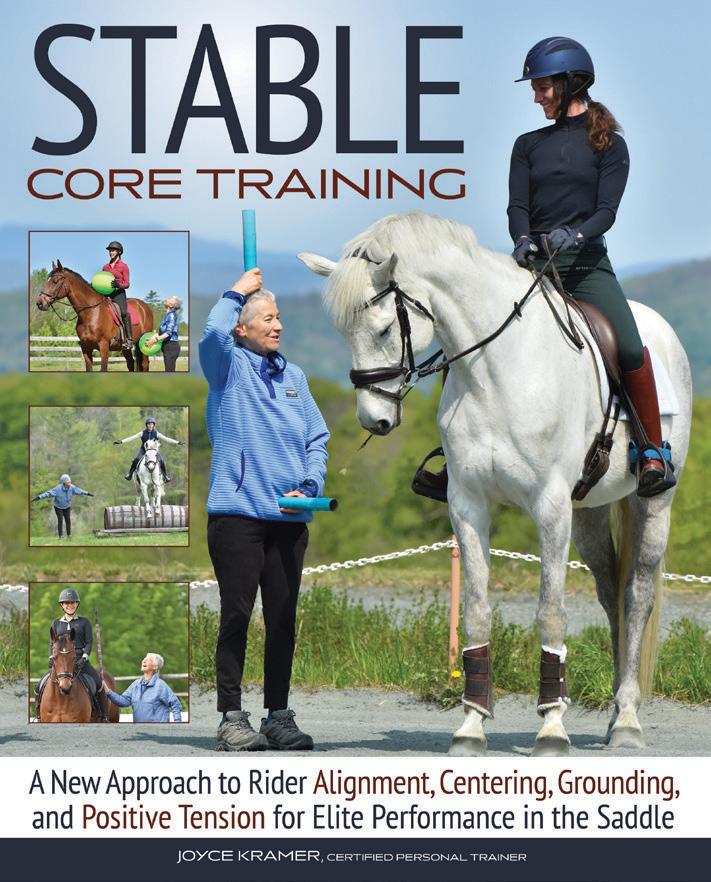
Creative concepts and exercises that fundamentally improve your riding foundation.
When an invitation to participate in Road to the Horse, the World Championship of Colt Starting, was offered, Maynard immediately saw an opportunity to learn, to expand his world, and to reboot the passion that had always driven him. So he took a chance on himself and an unknown, unbroken colt, and said, “I’ll do it.” This is the story of the experience. A go-to reference and launch point for every amateur hoping to grow her horsemanship abilities. A gentle treatise for change from a remarkable horseman.
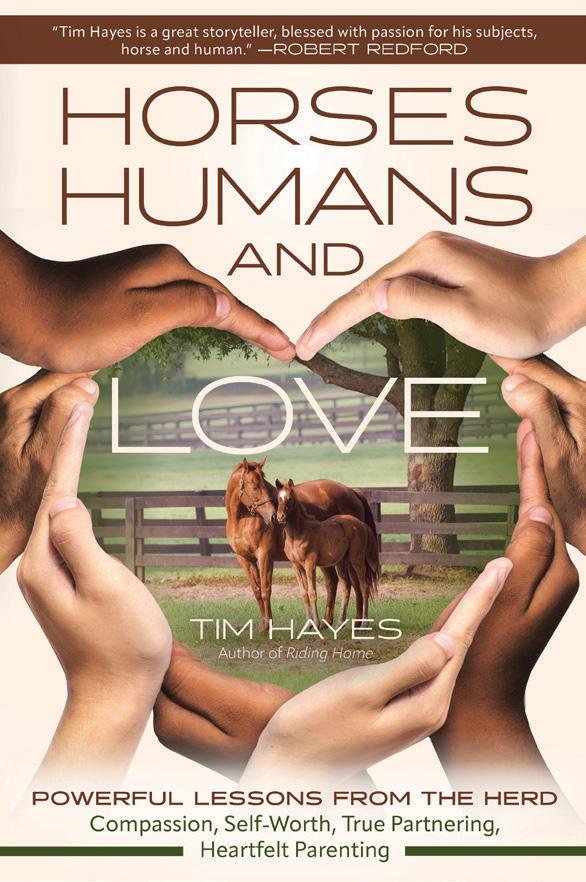
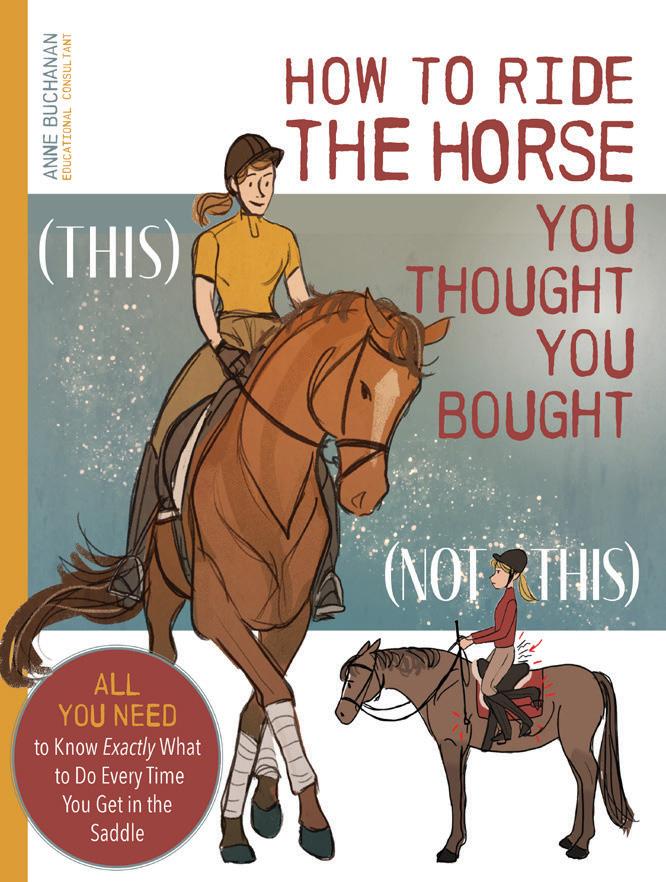
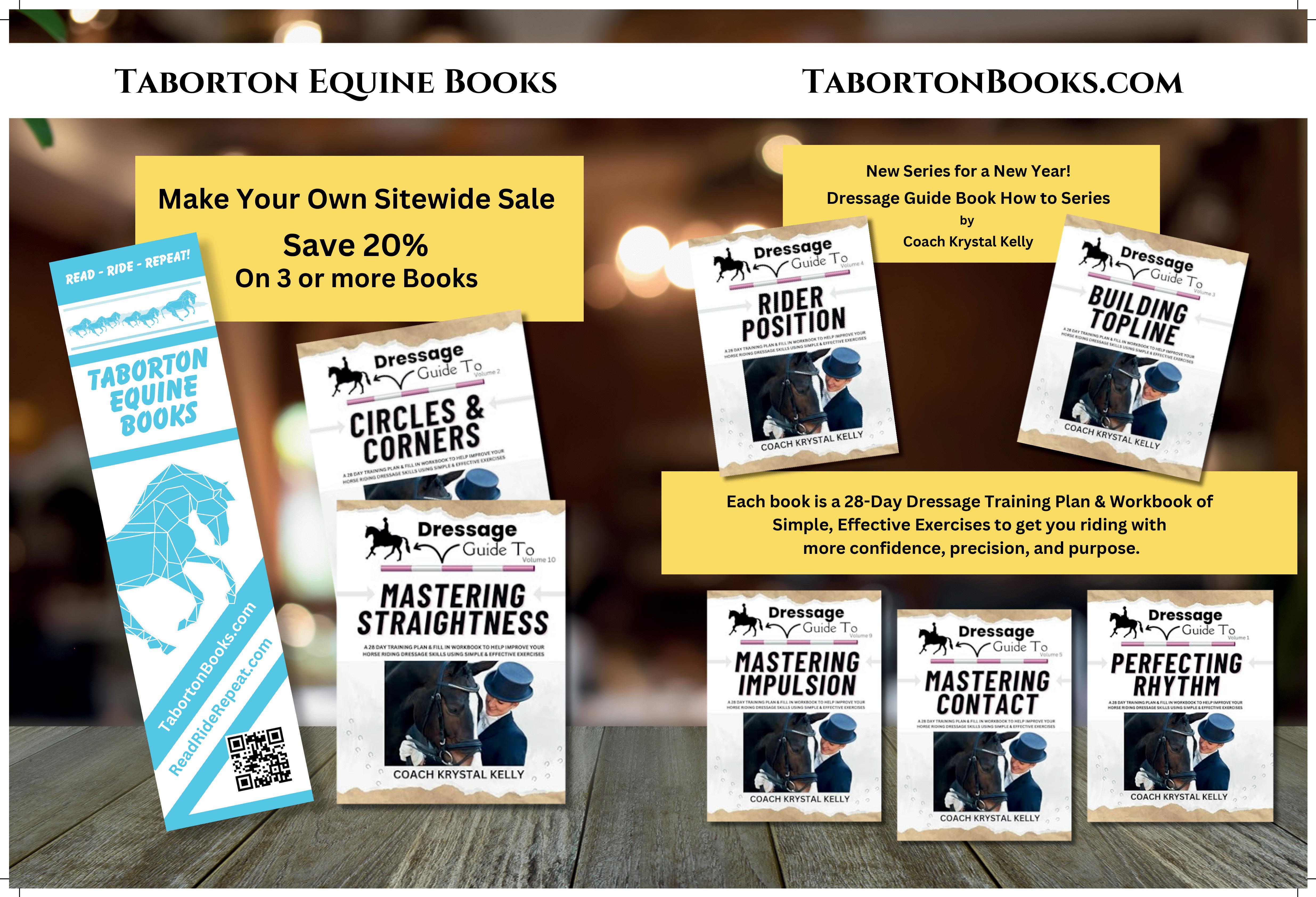

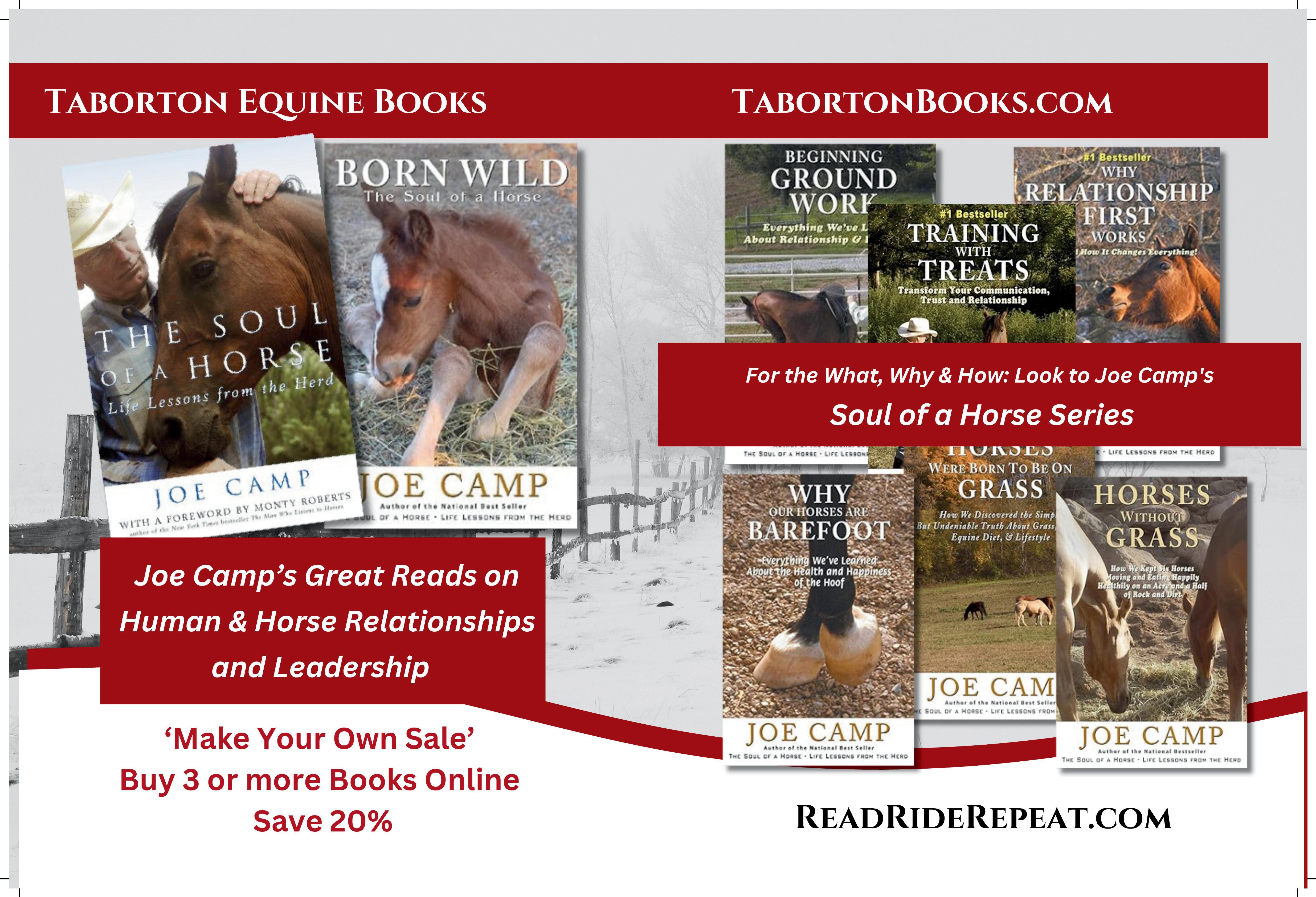

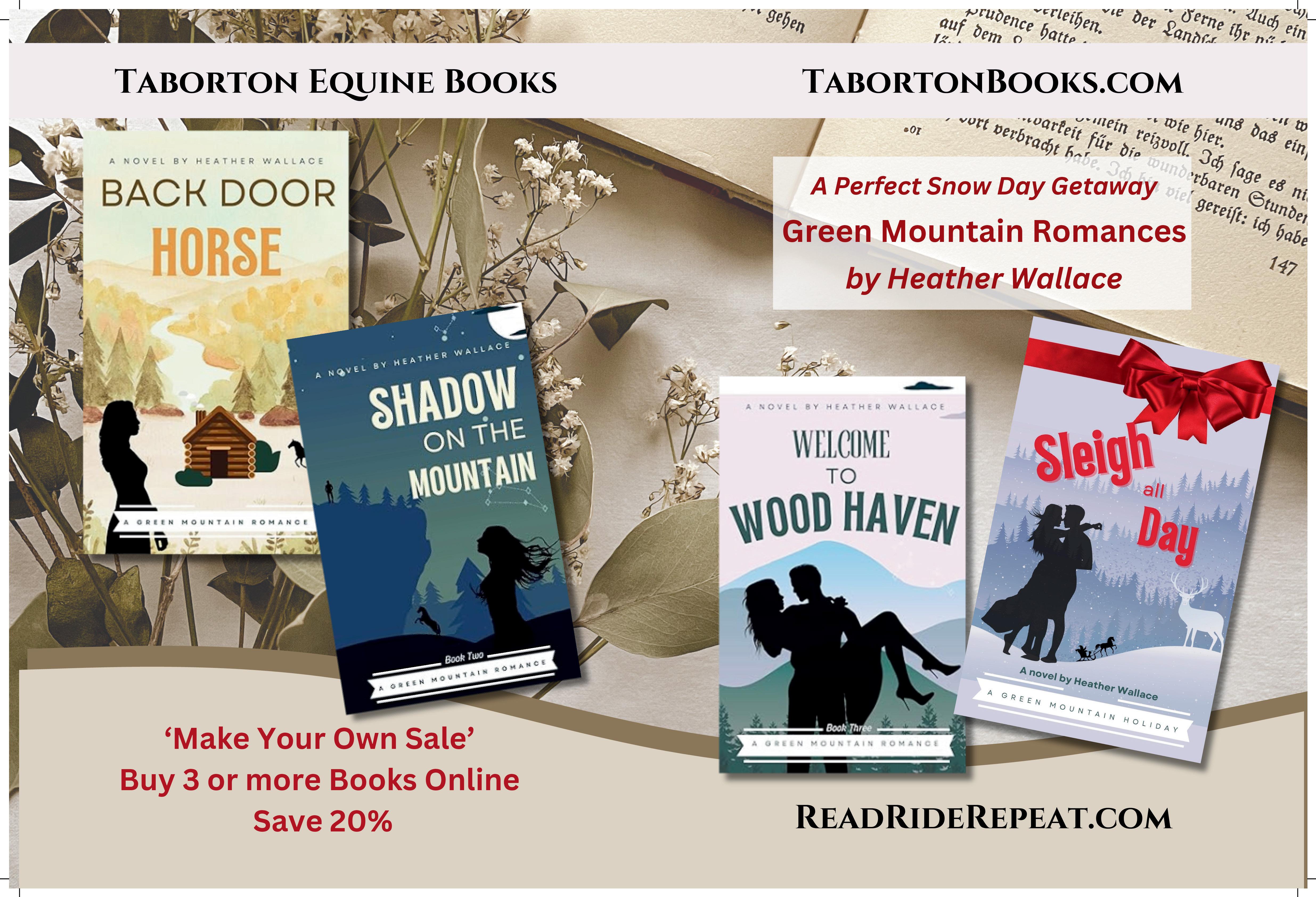


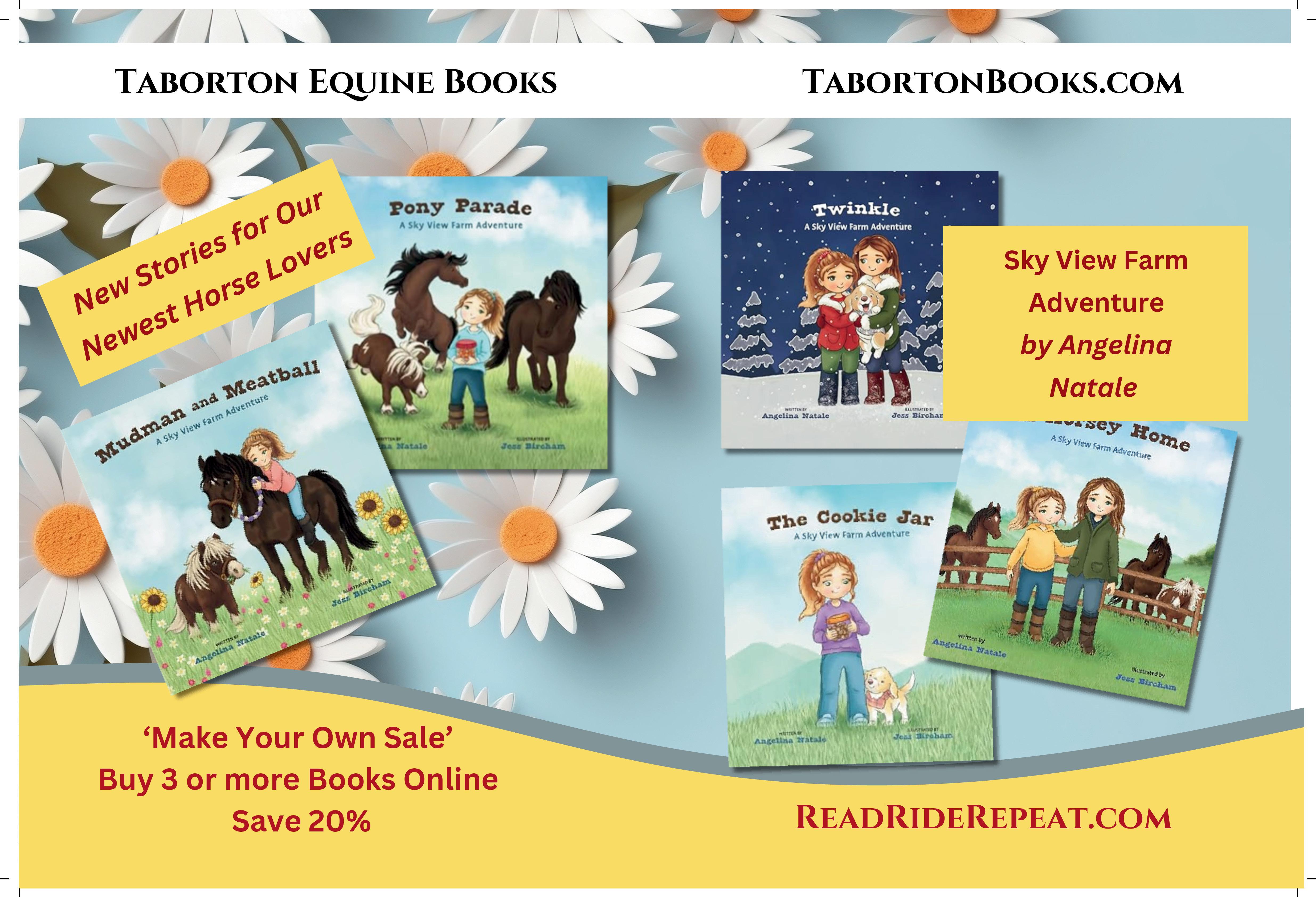






BBROOKE BROMBACH will ride her final collegiate trips at the NCEA Championship in April. The next order of business for the senior on the champion Texas A&M equestrian team: Going pro. And it’s a transition she’ll make right at home.
At Silver Fox Farm in Wimberly, TX—where Brooke’s mother, 36-year-veteran trainer Colleen Brombach, leads the charge—she will join the family business.
Brooke was just a middle schooler when she knew she wanted to be a professional in the horse business. So at the end of high school, it was not easy for her to turn down the opportunities she’d have if she went pro right away. But now, on the eve of her college graduation, she’s not only grateful for the past four years as an Aggie, but also confident they will make her a better trainer.

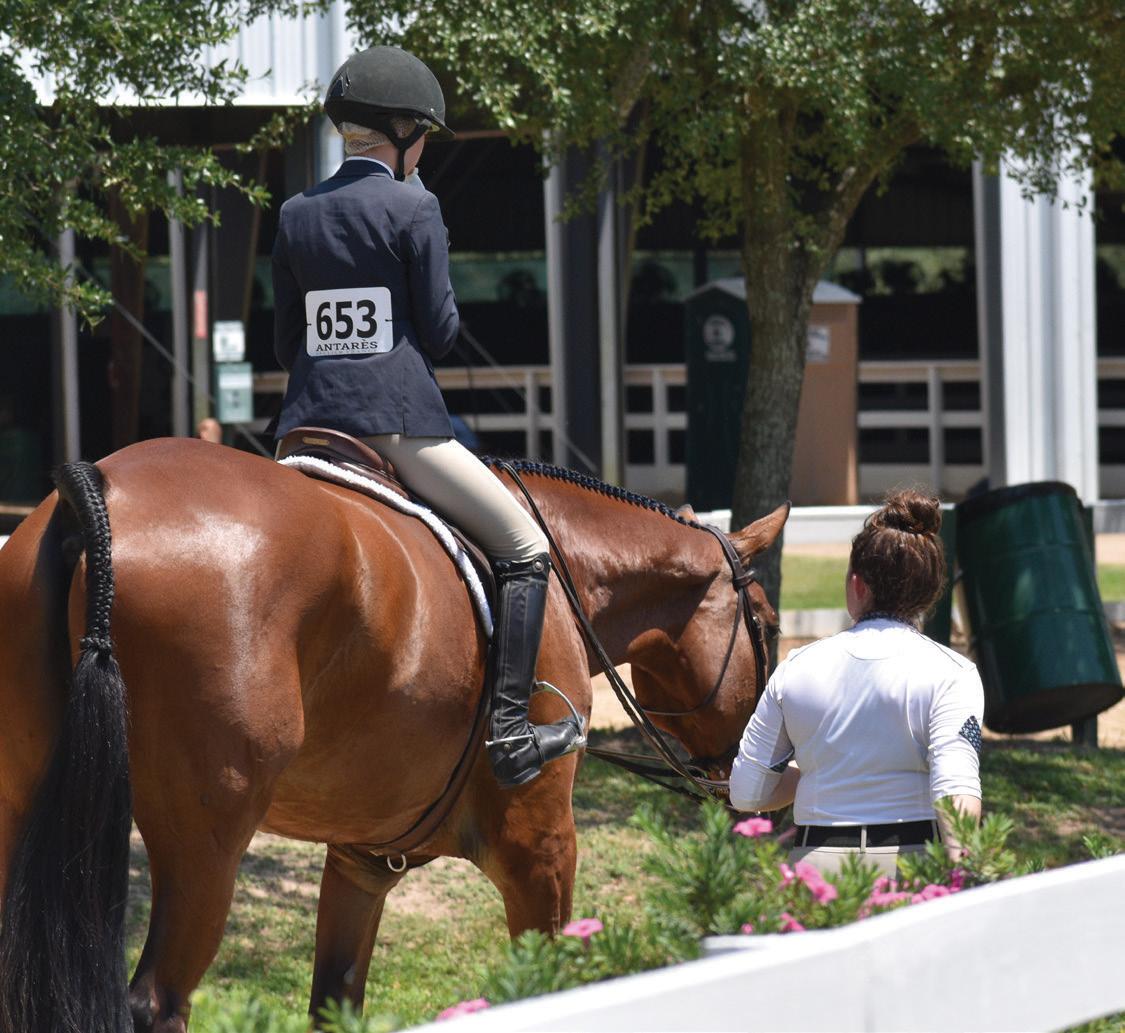
“Being an adult amateur for the past four years, I can see life through my future clients’ eyes with a totally different view. It’s so nice to have that. If I didn’t go to college, I would have never been an amateur and gotten this whole new perspective,” Brombach tells The Plaid Horse
“Showing as a junior versus an adult, it’s just a shockingly different vibe. In the juniors, it’s super serious. No one talks in the warm up ring. Showing as an adult, I still had some of that junior mentality. One time, I had this awesome round in the Ariat adult medal and scored a 93. I was so proud—it was my new highest score—but I was trying to keep it on the DL, waiting until I was away from the back gate to celebrate with my barn.”
“Then the rider going next says to me, ‘Oh my gosh, that was so good! I don’t even know you and I’m so proud of you!’” Brooke recalls. “That is the vibe amateurs want and need, and honestly, it should be more like that for juniors, too. This is supposed to be fun! As an adult in the schooling ring, we’re chatting with each other about our horses, and making new friends. I’m so thankful I had the opportunity to do this, and I think it would benefit young professionals to
“It would have been foolish to pass up the opportunity to go to college. It has shaped me as a whole person. How do you deal with 50 girls on a team? That’s a lot of drama and different personalities. You have to learn how to put differences aside if you want to be successful—a great life lesson and skill to practice, no matter where you go in life.”
—BROOKE BROMBACH
take these years as an amateur. I will understand my students better now when I graduate and turn pro.”
The sports management major also credits her coursework for helping her prepare to be in the horse business. “I’m researching what coaches can do to help youth athletes be leaders of the future,” she says. “Not just good riders, but good people. My leadership classes have been really helpful, too. Being a trainer, you have to be a leader for the children you’re teaching, the adults, and especially the horses. I want to help people be successful not just in this sport, but beyond, in the rest of their lives.”
Brooke’s personal research actually began much earlier in her family of horse people. Along with her younger sister McKayla—a freshman also studying sports management at Texas A&M—Brooke has ridden with mom Colleen and many other top teachers and trainers, developing her own style along the way. Both sisters have spent ample time in the winner’s circle, amassing championships and top honors at some of the biggest shows in the country since their pony days.
Mom Colleen agreed that turning professional would be a great path for her daughter, but, adds Brooke, “My mom
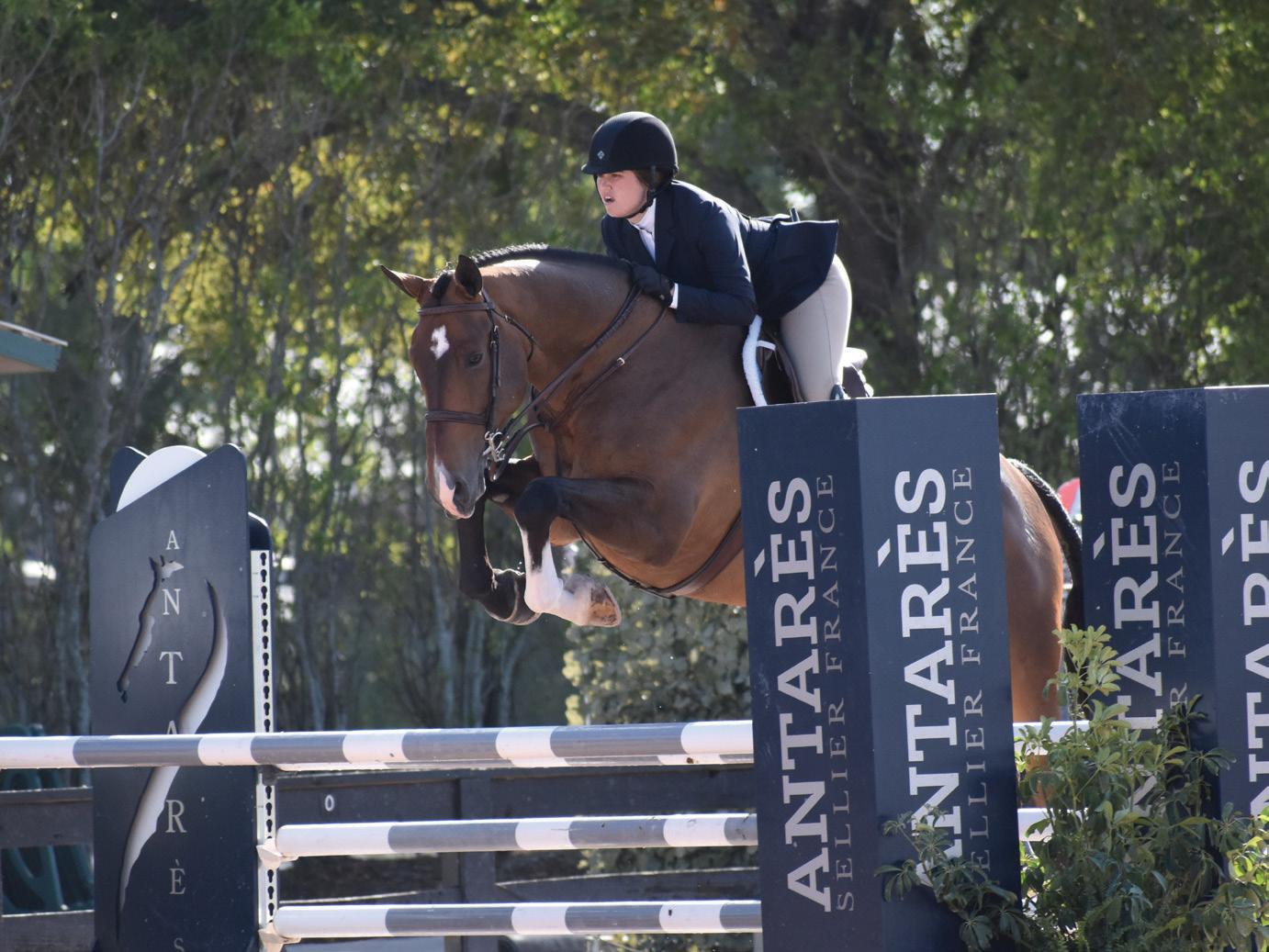
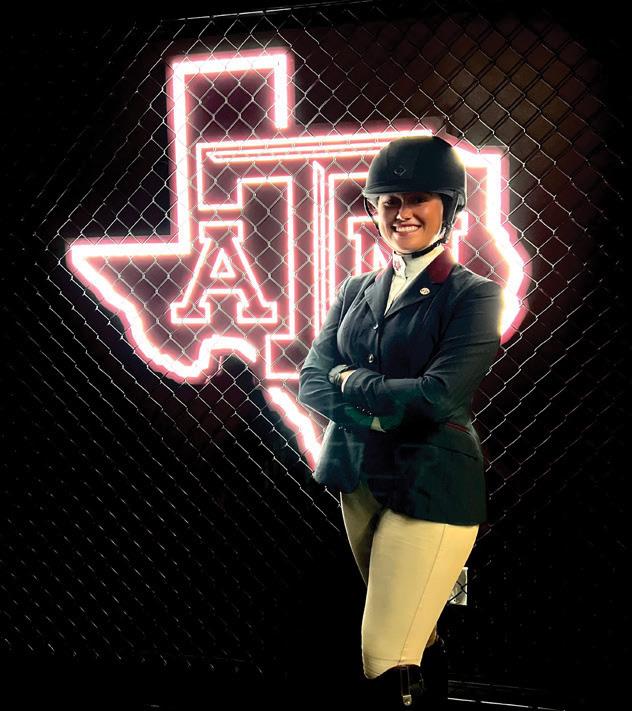
was also terrified for me, since she has lived the ups and downs of this industry.”
Still, growing up in the Brombach household meant that the kids learned to pursue “a job that you enjoy,” Brooke adds. “While there are hardships, I just love this whole sport. Horses are so beneficial to people. They show you what it is to be loved, which I think is super important for young girls. Horses show their emotions because they are not able to speak to us.”
Brooke also loves seeing what horses mean to adults, allowing them a break from the real world pressures in their lives: “Adults leave the barn so much happier than when they arrived,” she says.
When Brooke joins the training staff at Silver Fox Farm, she will do a mix of traveling to shows with Colleen and working at home with the clients and horses who stay in Wimberley. “I’ll go where the wave takes me,” she says. “It’s exciting!”
The budding pro also recently purchased a young horse of her own to bring along. “While I am continuing to teach him, he is also teaching me. I’m hoping to be in a situation where I can have a quality young horse on rotation that I can develop into an amateur or junior horse,” she adds. Her goal is to continue Silver Fox’s reputation for being a great
source for sale horses, as well as having a group of clients who genuinely love their animals and being part of the barn family.
SISTERLY BONDS AND SHARED GOALS
Growing up on the show circuit, Brooke and McKayla share a special bond, both at home and later as Aggies on a powerhouse NCEA equestrian team. McKayla notes that everything she’s learned from her mother and sister will set her up for success for her freshman spring semester at Texas A&M—and beyond.
“My main goal is to allow myself to enjoy the team and work hard without letting the results define my happiness,” notes McKayla. She adds that the college riding format will help her to focus on her performance and consistency, rather than a focus on winning and losing.
“I’ll become a better competitor if I strive to be consistent and proud of the performance I put out in the ring, while taking the opportunity to work with more horses and expand my skill set as much as possible.”
While just a freshman, McKayla is already seeing the benefits of a college equestrian program and how they will improve both her riding and her life. Riding in college gives riders the
• 2024 NCEA All-Academic First Team
• 2024 SEC Rider of the Month for October (Flat)
• 2024 NCEA Honorable Mention All-American (Flat)
• 2022-23 NCEA January Rider of the Month (Fences)
• 2021-22 Aggie Jumping Seat Rookie of the Year
• 2021-22 All-Freshman Team (Fences)
• 2021 USEF Talent Search bronze medal
• 2019 Junior Hunter Finals Champion, Large Junior Hunter 3’6” 15-Under
• 2018-2021 WCHR
South Central 3’6” Junior Hunter Champion
• 2015-2020 Maclay Finalist
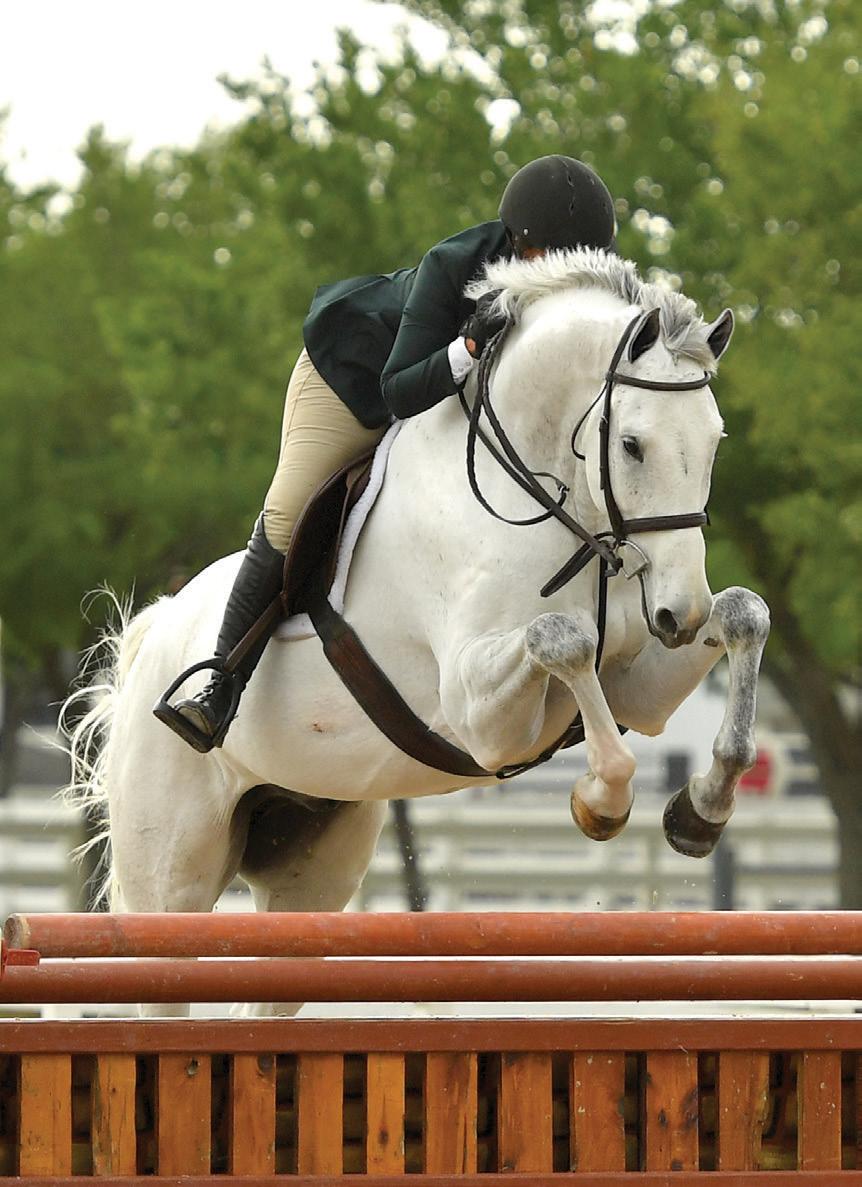
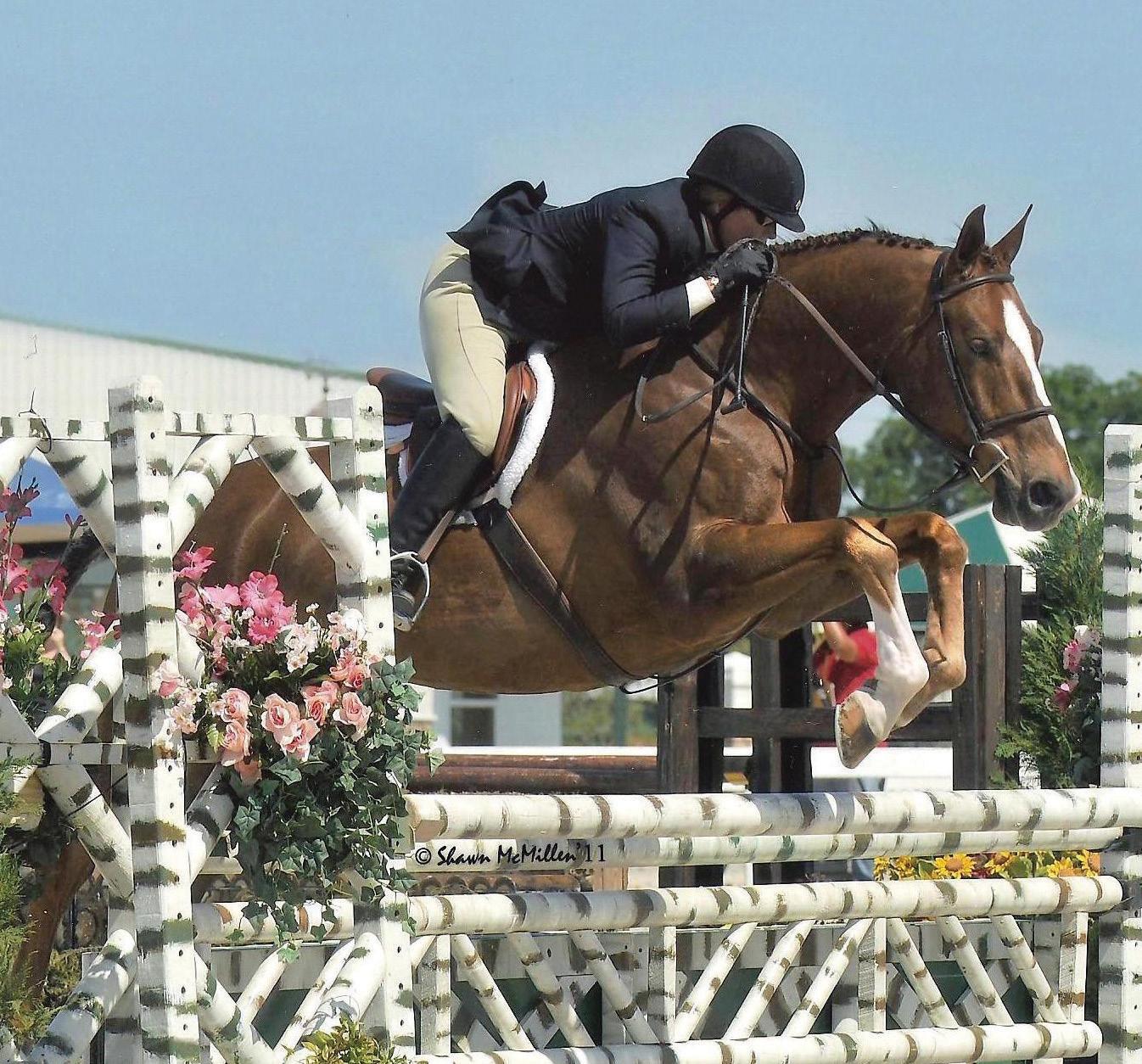
opportunity to work with a big team, a different barn set-up, and the chance to manage environments where everyone has different expectations and goals, she says.
She’s also learning how to live in the moment. Asked about her future goals, McKayla says, “The jumpers are definitely a goal of mine. But for right now, I’m listening to what each horse I get to ride needs and wants.”
To understand where the Brombach family is going, it helps to learn where they’ve been. Of all the big shows where they compete, one horse show in particular has been instrumental in building Colleen, Brooke, and McKayla’s foundation for success, while also providing memories to last a lifetime.
About 150 miles east of the Brombachs’ Silver Fox Farm is the Great Southwest Equestrian Center in Katy, TX, home to the Pin Oak Charity Horse Show. After moving from California in 2008, the family have been exhibitors at Pin Oak since 2009, when Colleen showed her hunter in the First Year Greens and brought a client
“The industry spends so much money, and it feels like the least we could do is try to give back.”
—COLLEEN
to show in the hunters and equitation. Colleen has ridden and trained clients at the show every year since then, and both Brooke and McKayla also found their way to the storied show grounds. This March will be the family’s 16th year showing at Pin Oak Charity Horse Show
For McKayla, personal highlights at Pin Oak include winning the 2017 High Point Welsh with Morton’s Sassy Kat, and the 2019 Children’s Pony Classic—her first classic win—on Sir Moxley. McKayla also won 2019 Best Child Rider on a Pony, 2021 Best Child Rider on a Horse, and 2021 High Point Pony on California Dreamin’. She’s also won the style of riding award with her highest score of 91. In 2022, 2023, and 2024, McKayla was also Pin Oak’s
High Point Equitation rider on Singani (2022 and 2023) and Actionable (2024).
Brooke won the Ariat Medal at the show in 2022 with a score of 93—that pivotal adult amateur memory she cherishes. Her years at Pin Oak prior to 2022 were filled with impressive highlights, too.
In 2017, Brooke was Pin Oak’s Leading Junior Hunter and Green Pony Circuit Champion on a catch ride. In 2018, she earned Best Child Rider on a Horse and Circuit Champion in the Junior Equitation. Brooke was also Circuit Champion for the Pony Hunters in 2019.
GIVING BACK AT THE IN GATE
As one of the Houston area’s most beloved equestrian traditions, Pin Oak has aimed
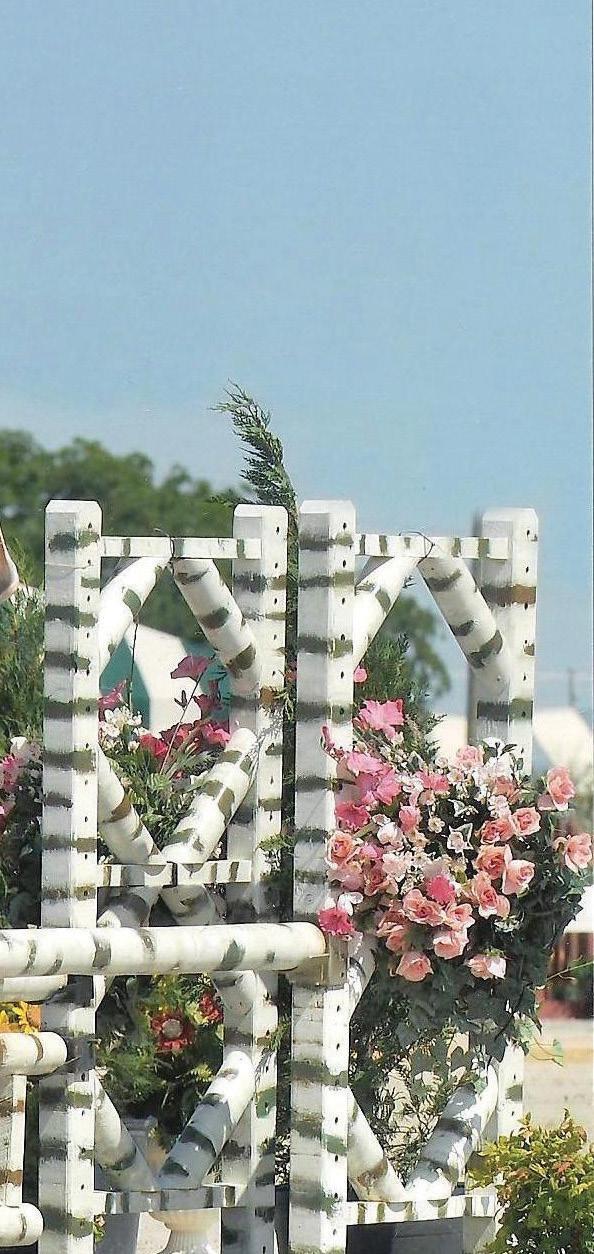
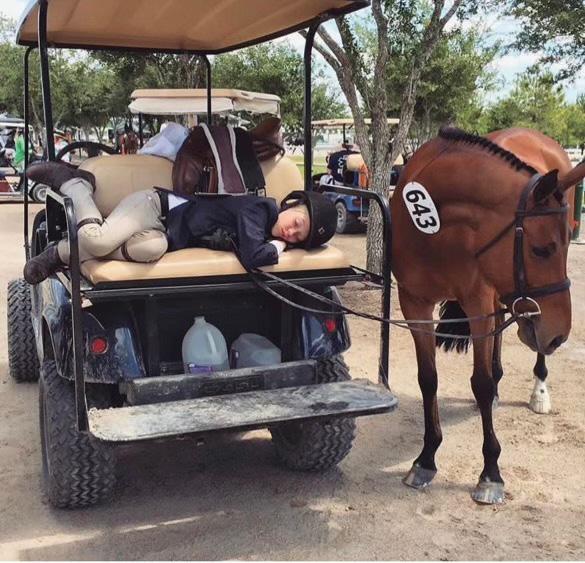
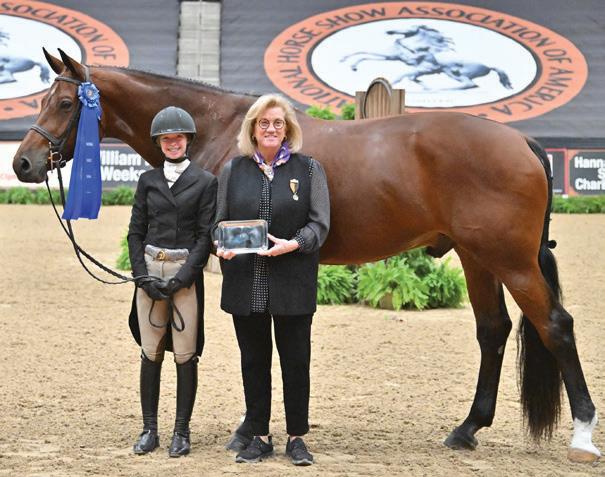
At last year’s National Horse Show, McKayla Brombach took home the Large Junior Hunter 16-17 championship aboard Michael Britt-León Fair Game, who earned Horse of the Year honors for 2024. “It was my last show as a junior and super exciting,” she says.
to maintain the charity aspect of their annual horse show since its inception in 1945. Colleen remembers when local school children would come to the show to learn about horses. Trainers, farriers, riders, and volunteers would take part in the yearly activity.
“They would teach children about topics like the horse’s anatomy with a horse with their skeleton painted on it,” says Colleen. Though Pin Oak is a show with big prizes and classes, there was also a true community feel.
All of the Brombachs believe in the mission of Pin Oak Charity Horse Show, and they are proud to be a part of it. Colleen says that knowing the financial impact the horse show has on childhood cancer charities, such as Candlelighters, is important to her as a trainer.
“The industry spends so much money, and it feels like the least we could do is try to give back. When I first moved to Texas, money was tight so it was hard to donate, but I could go with my clients and feel like I was donating by showing and bringing clients.”
Brooke and McKayla have vivid
memories about different ways Pin Oak gives back to the community, especially childhood cancer families in Greater Houston. For example, in 2021, the show raised nearly $148,000 through an auction of large painted horse sculptures.
“I loved seeing the painted horses around the horse show,” Brooke recalls.
“I felt like it was something that made the show different,” says McKayla. “You can do good things for people while having fun. You can raise awareness and remind people to be grateful for what they have and help others when you can.”
But perhaps the most special Pin Oak memory for the Brombachs is when exhibitors and their mounts line a long pathway so that the children with cancer could pet the horses.
“The girls would argue about whose horses could be petted by the kids,” Colleen recalls.
“I enjoyed helping the kids experience that. It was a whole barn activity to bring the horses out, and it felt like we were reminding the kids they could keep fighting,” adds Brooke. “Horses are just so powerful.”
“I was so grateful to Michael BrittLeón and everyone at Windsor Stables for the opportunity to show this horse. He’s super good at his job. It was nice to just guide him and let him do what he’s good at!” Britt-León is, of course no stranger to giving riders a leg up (see November cover below).
Now a freshman at Texas A&M, the younger Brombach sister is enjoying college riding and looking toward new goals in the the jumper ring.
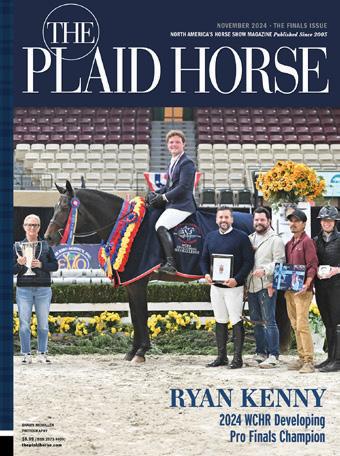

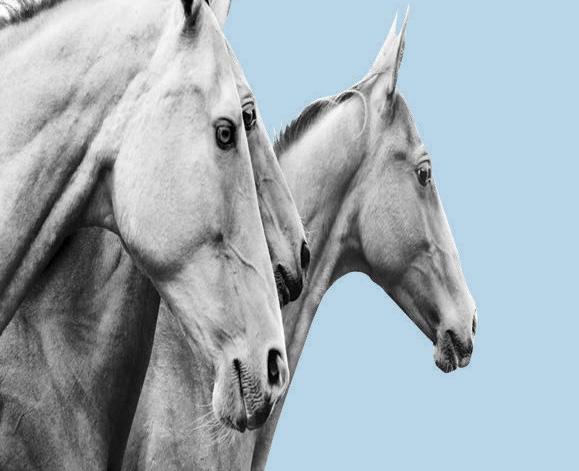
HITS

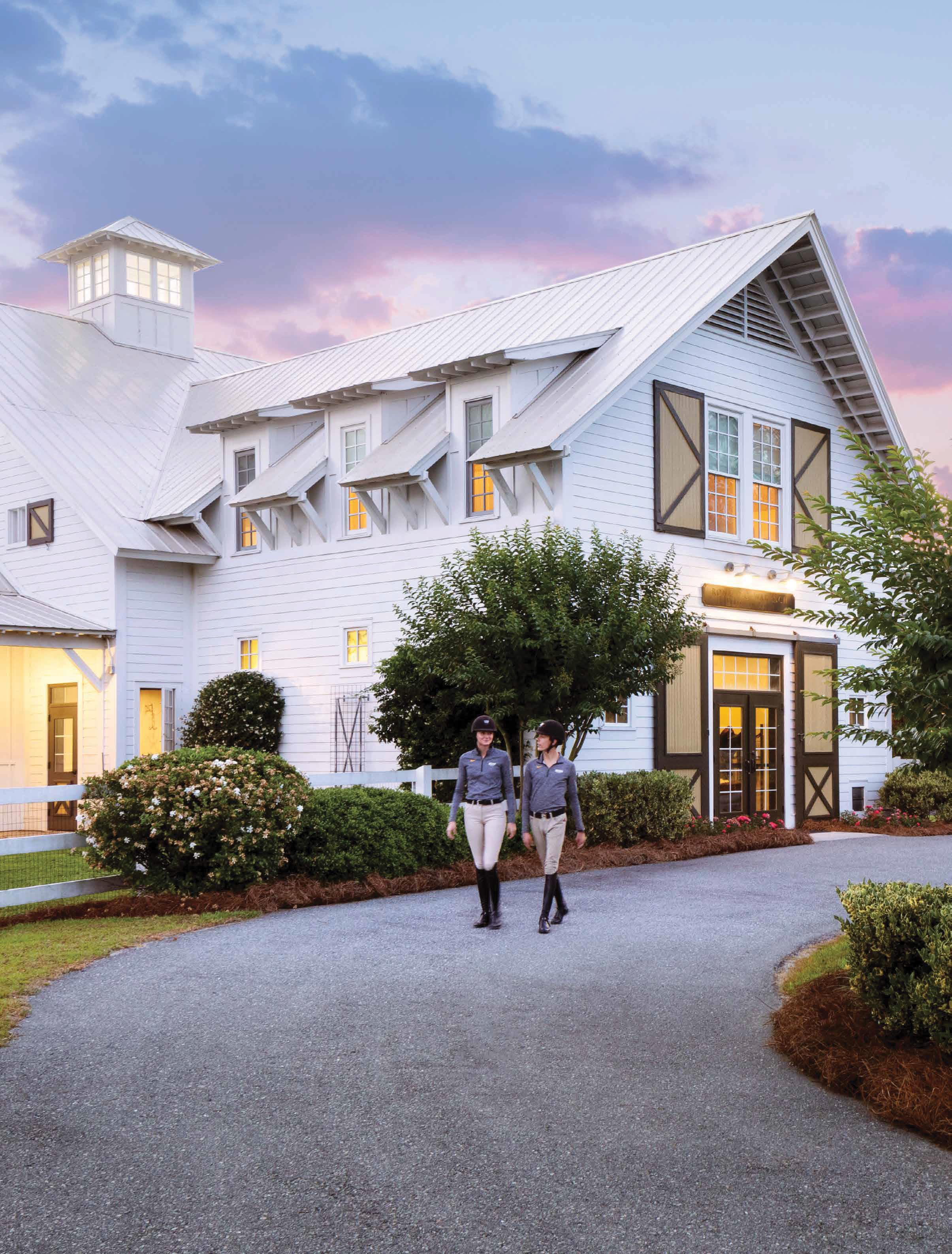
PROGRAM: Executive Director at the United States Hunter Jumper Association
As a horsewoman, I am most proud of my first horse, Pablo. I had him for 23 years, and he went blind at 10, but we still spent many years in the saddle together. I am so proud to have been his person and had his trust from day one. He was the catalyst for my entire career and path in life. • As a horsewoman, I would most like to improve my time management to get back in the saddle! •Something I love about the horse community is how close-knit it truly is. Regardless of breed or discipline, we all share a love for the horse, and that shared passion creates a profound connection with all horse lovers. •To do my job, you must have lots of perspective. On any given day, I have several different challenges to navigate. Some require a firm stance, and others require giving and understanding that maybe change or innovation is needed. •My best piece of advice for younger riders is ... Learn all you can about the entire process of riding and horsemanship. I don’t think you can have a genuine connection with the horse unless you know how to care for the horse correctly. This includes grooming, mucking stalls, basic medical care, nutrition,
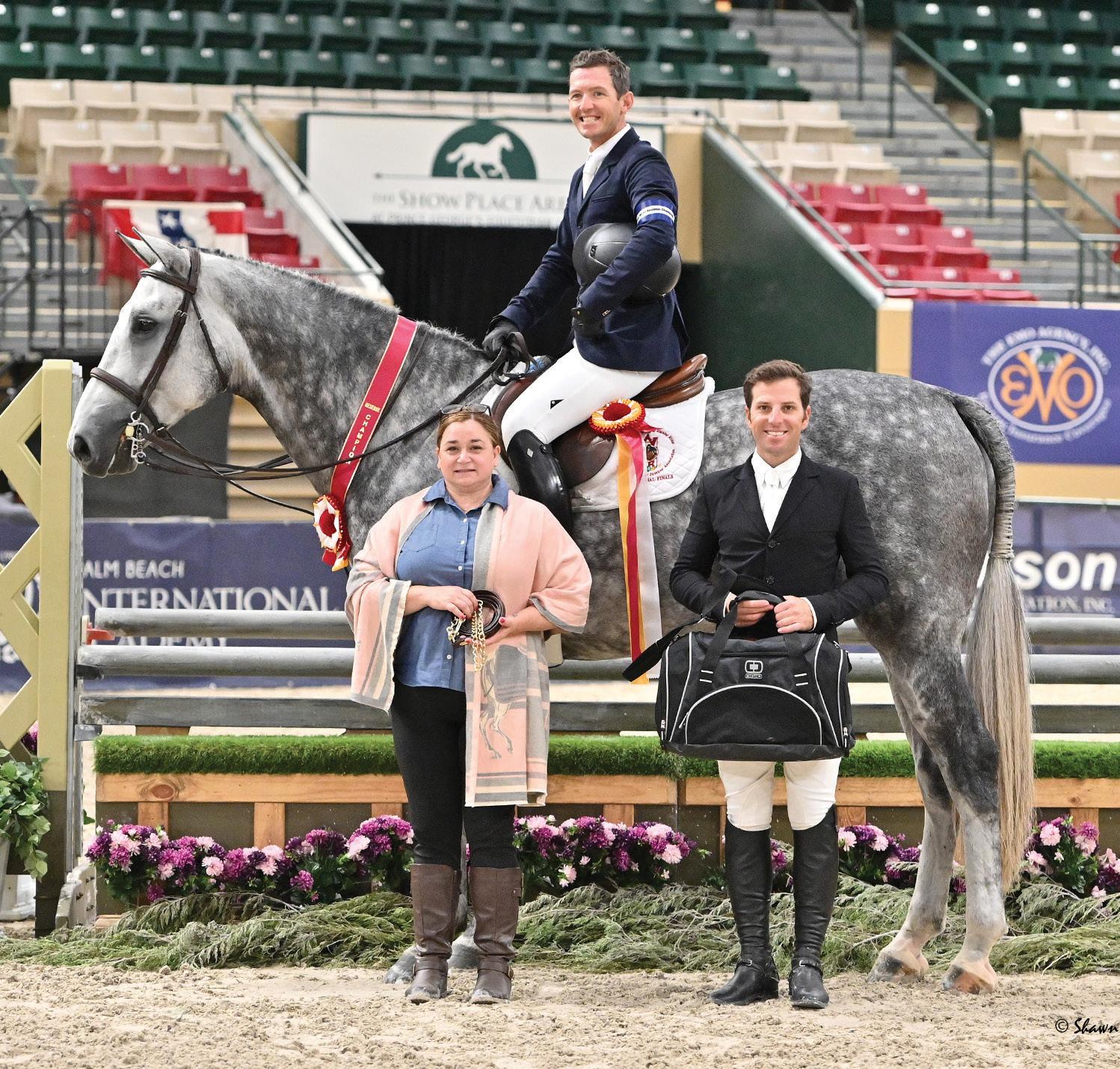
THE BEST PART ABOUT MAKING HORSES MY CAREER IS...
You know the saying, ‘Do something you love, and you’ll never work a day in your life?’ It’s cliché but true.
I love what I do, and I have loved every phase of my life with horses and every phase of my career. And I get to see amazing horses every day, from the big draft horses to world-class Grand Prix horses, and that’s just out my office window at the Kentucky Horse Park!
cleaning tack etc. If you know the horse from fuzzy nose to swooshy tail, you will be a better rider and horseman/woman.
• My favorite horse book is The Horse Boy. When I was a young rider and well into my 20s, I volunteered for
therapeutic riding programs. I love stories that show how sensitive and intuitive horses are and how they can change the hearts and lives of people, especially children. • I’m a sucker for…Puppies and sassy ponies. • When

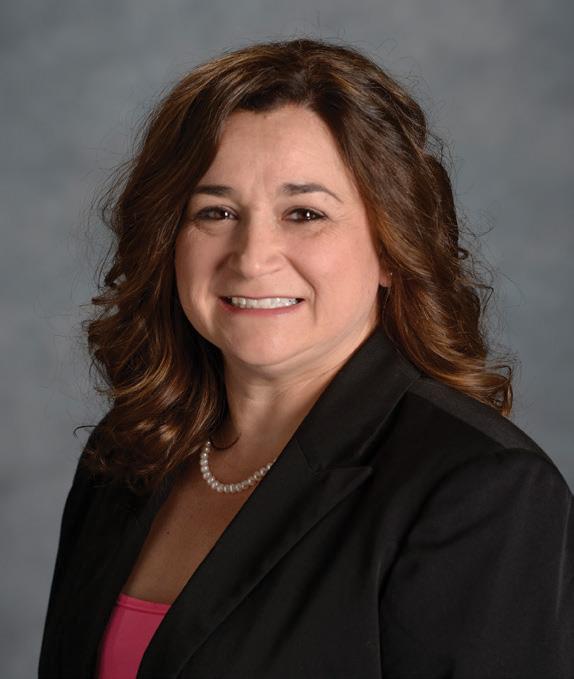
not working, you’ll find me Reading, gardening, decorating, and volunteering as a board member of The Secretariat Center and the American Horse Publications.
• The horse person I most admire is ... the late Sissie Anderton. Sissy was on the Pony Hunter Committee when I worked at AHSA (USEF) as the liaison, and she was a true horsewoman who loved the animals, cared about the sport, and cherished tradition.
• Something I want to see more of in the horse world is… Horsemanship. In today’s busy world and how robust horse show schedules have become, horsemanship seems to have taken a back seat. I believe there is a need to focus on horsemanship and sportsmanship as a main priority for developing the next generation of equestrians.
• For the sport to continue and succeed, it needs…a balance of innovation and tradition. As a sport, there is a great need to innovate the way we do things; the sport needs to attract more participants and be attractive to sponsors and the general public, which takes innovation. We need to step back and look at the sport as a whole and break out of the silos that
inevitably occur. At the same time, we must never forget the rich traditions this sport was founded upon and the lessons and legacies of the horsemen and women whose shoulders we all stand on.
• My absolute favorite show is…Hunter Week at the Kentucky Horse Park because it’s home to the International Hunter Derby Championships, which embodies innovation and tradition. When the derby was launched as a flagship program of the USHJA, it changed the entire sport of hunters, and a deep and rich tradition inspired it. I also love the USHJA National Championships in Las Vegas. I can’t think of another place where you can see every level of our sport showcased and truly celebrated the way it is at the National Championships.
• The most exciting thing about this sport is…. its potential. If we look back at its history and trajectory, where it started and where it is now, I find it very exciting to think of what’s to come.
MY MOTTO IS
1% better every day.
If you can be just 1% better daily, you will constantly grow, learn, and evolve.
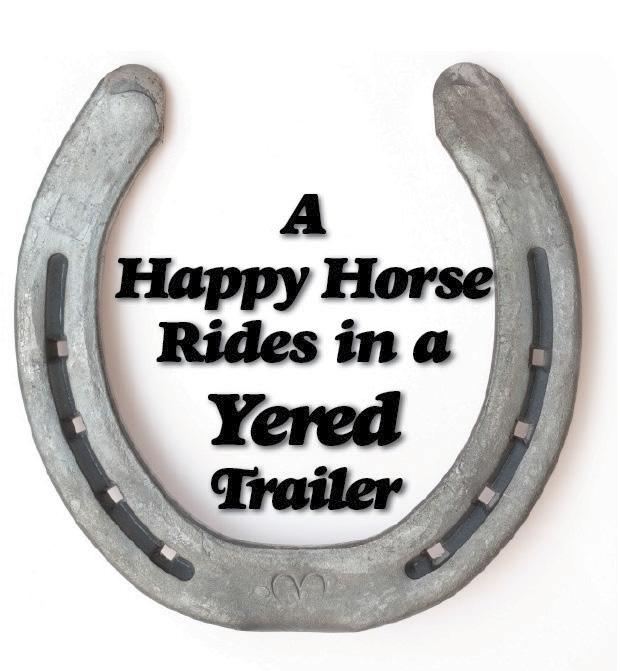

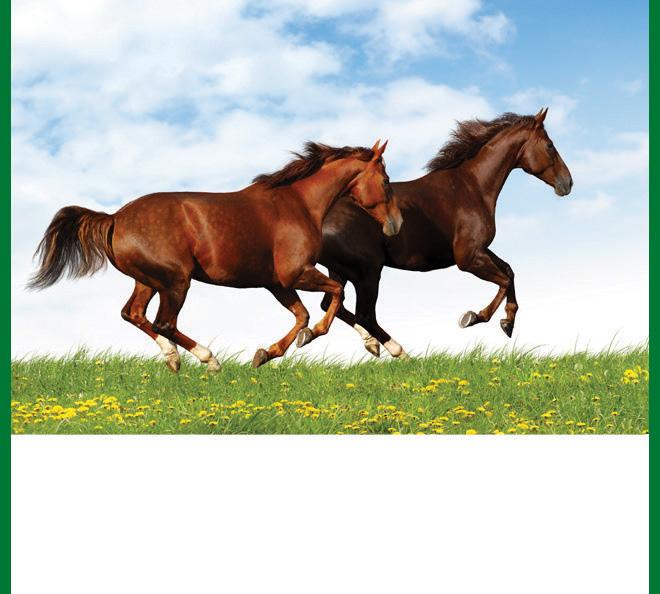



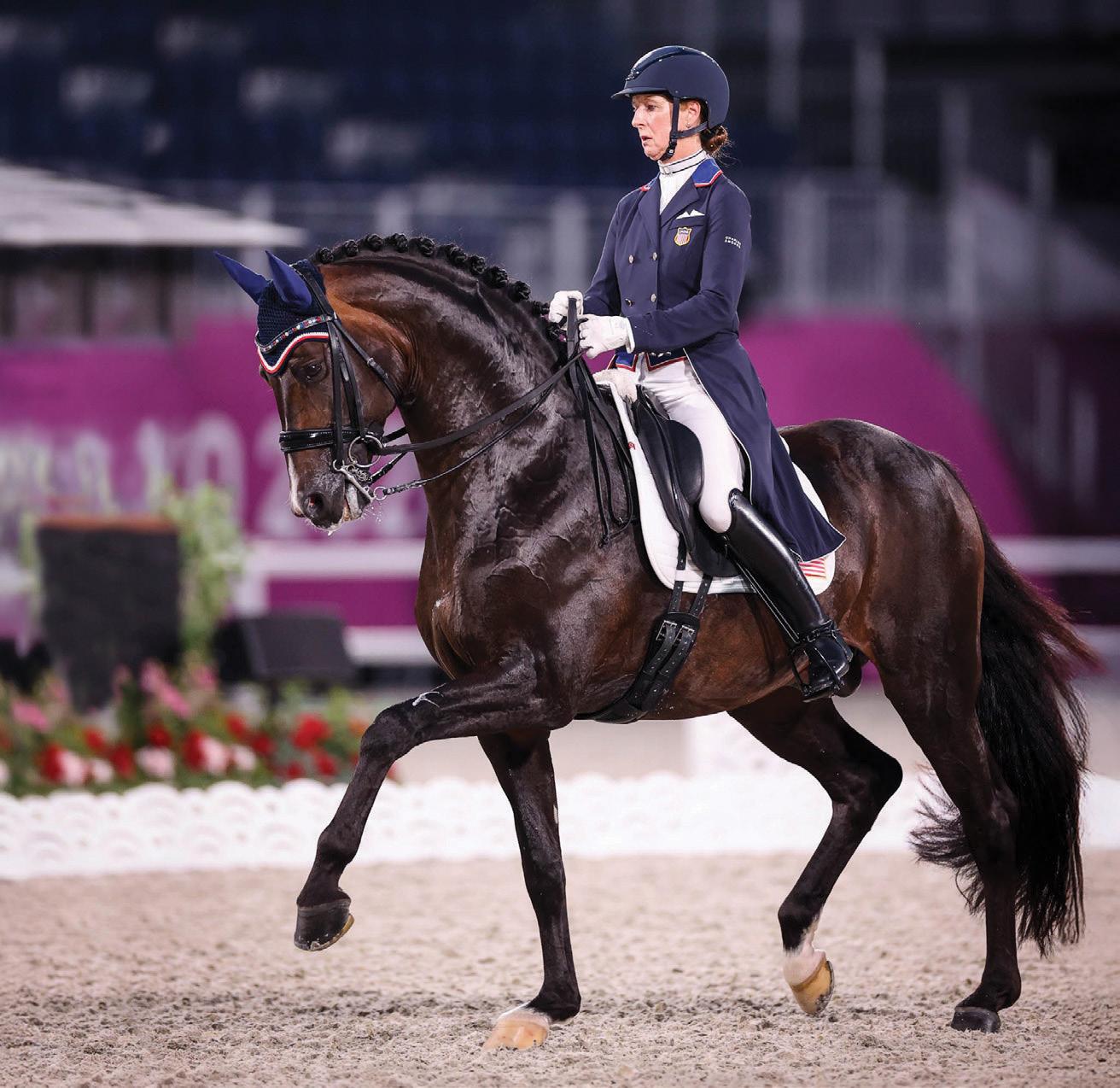

Rubioso N / Silvano N / Romadour II
Rubioso N / Silvano N / Romadour II
Grand Prix Stallion with Grand Prix Offspring
Grand Prix Stallion with Grand Prix Offspring
Available Fresh Daily with LFG
Available Fresh Daily with LFG
